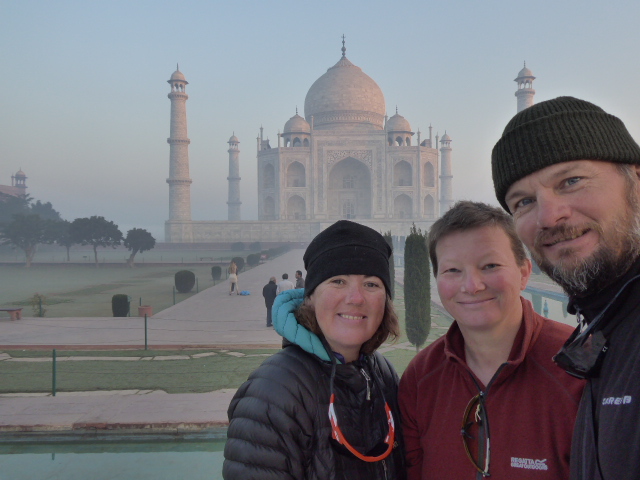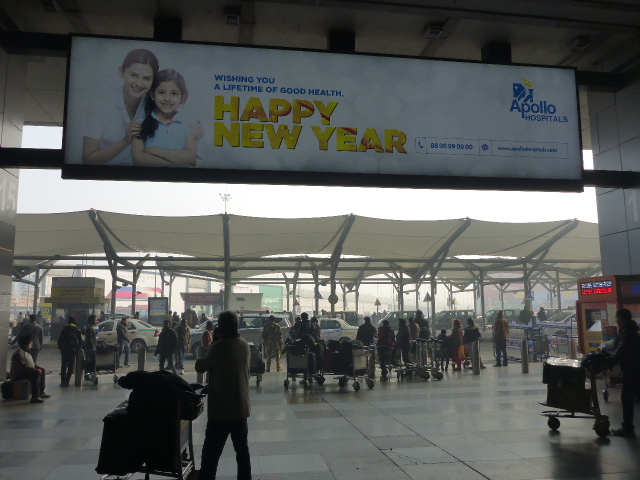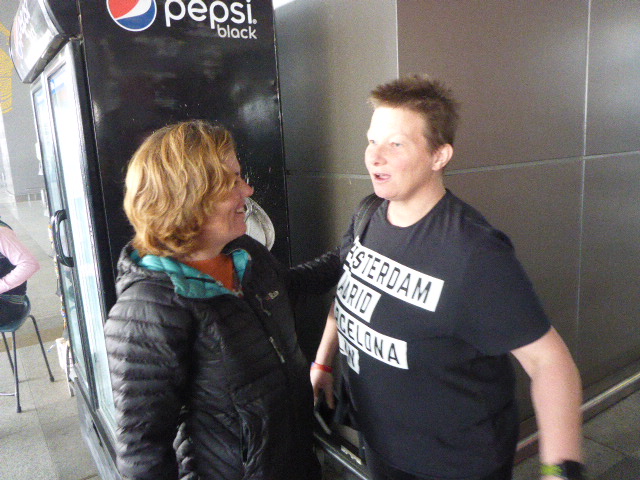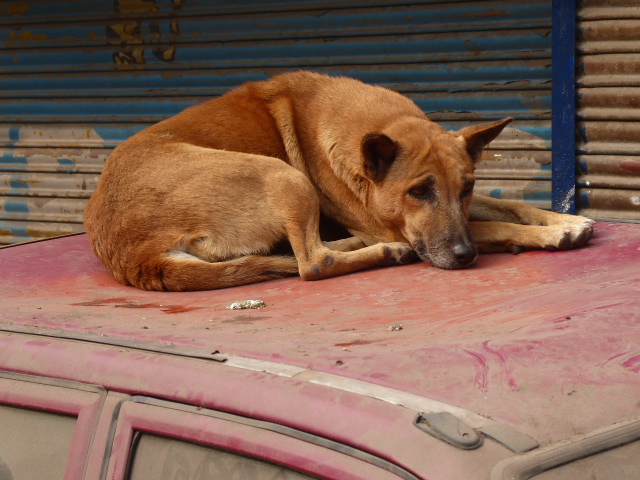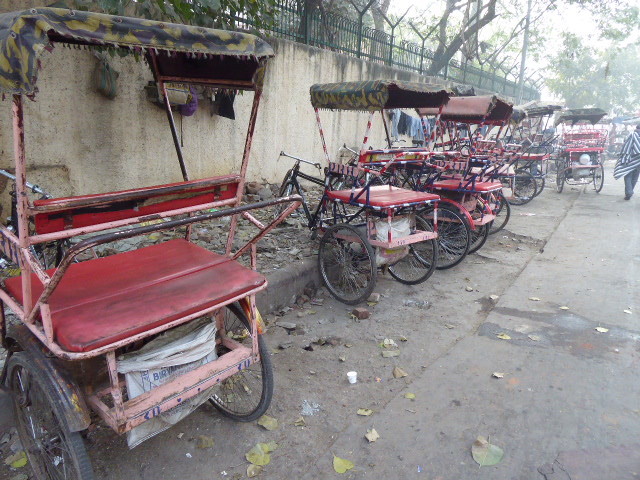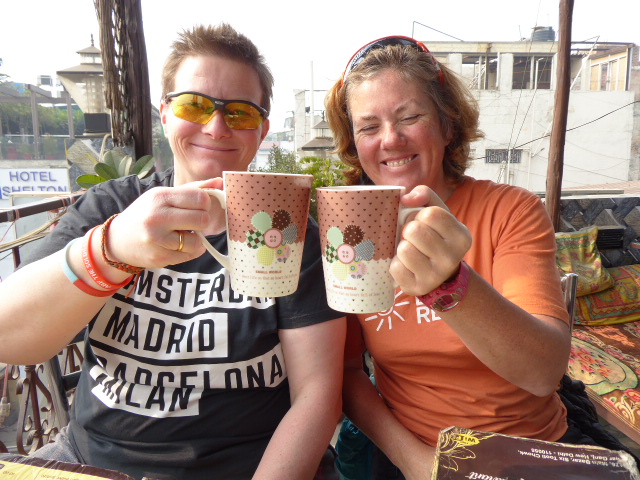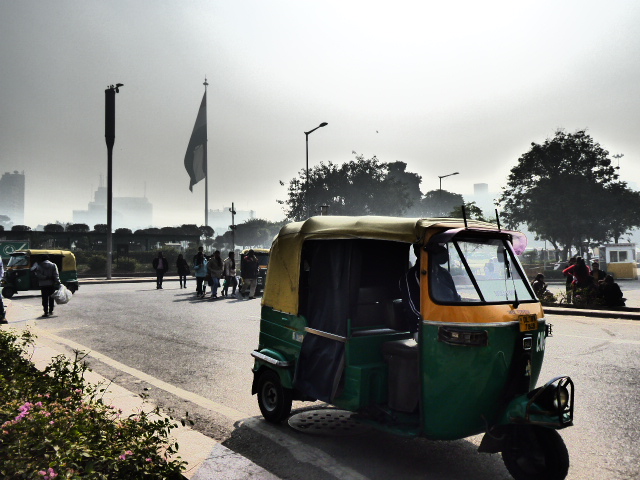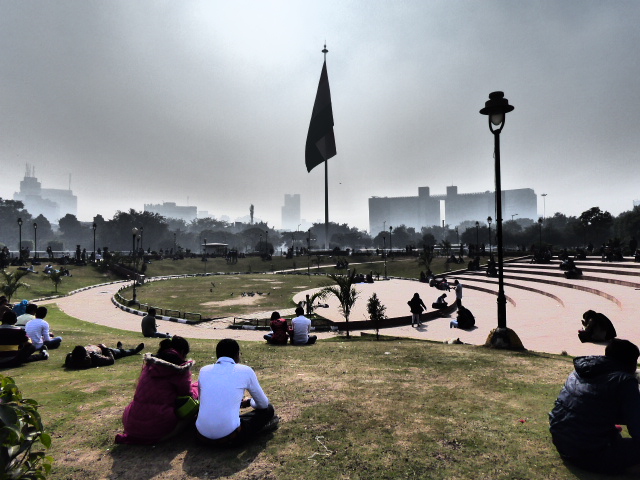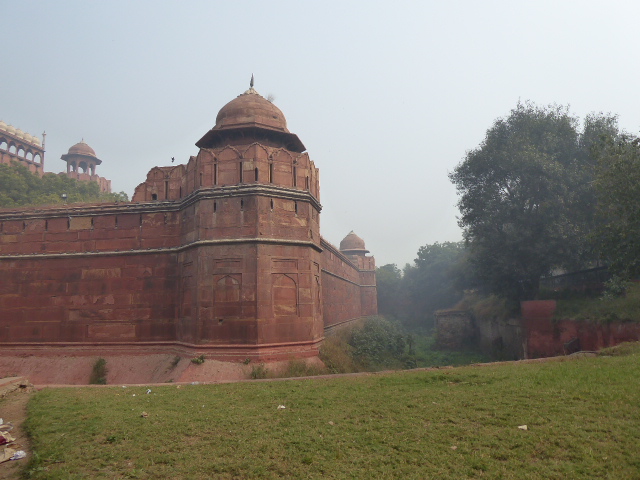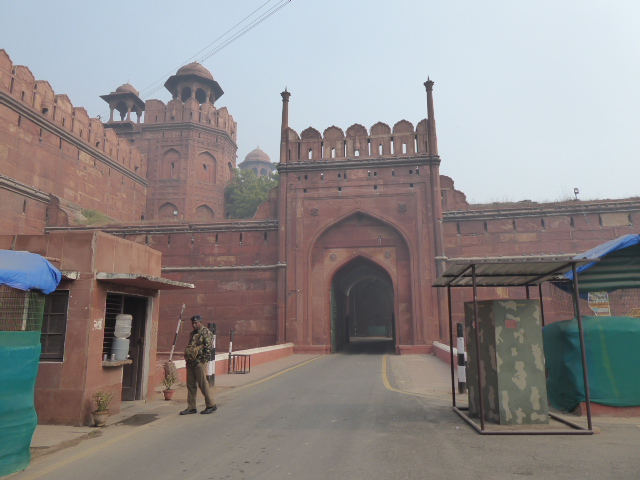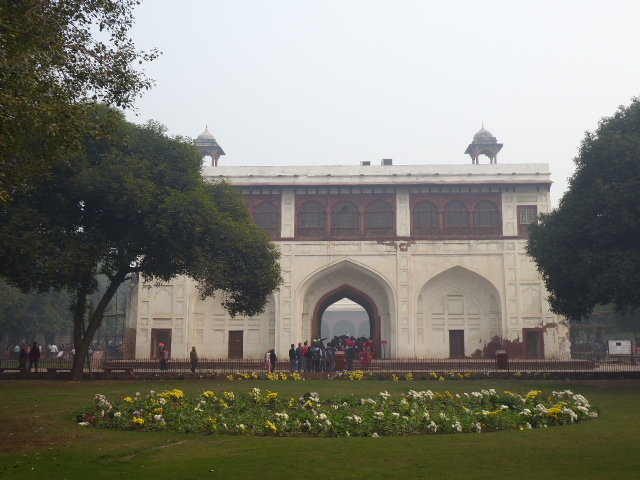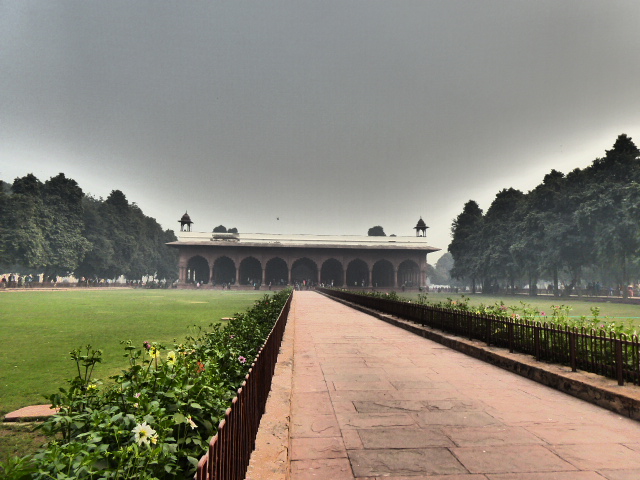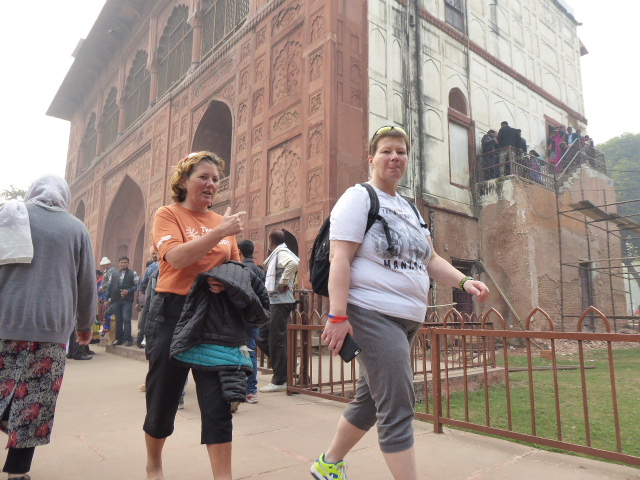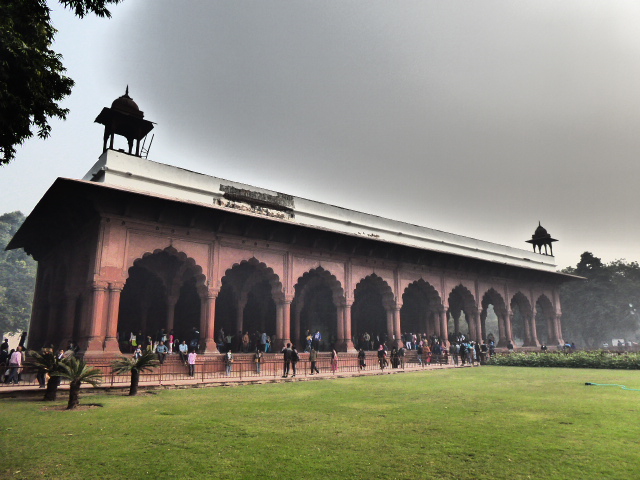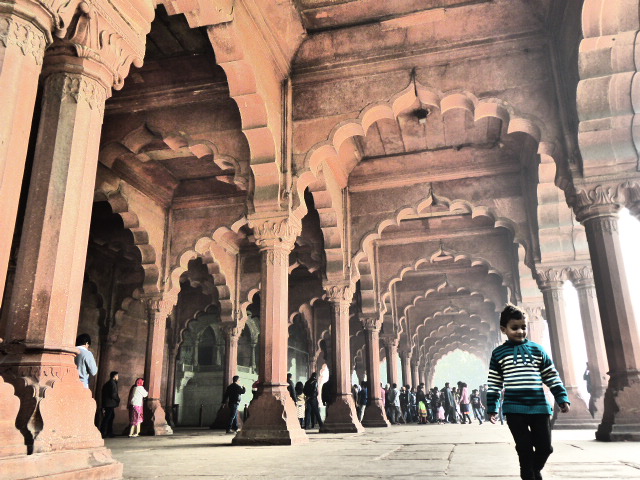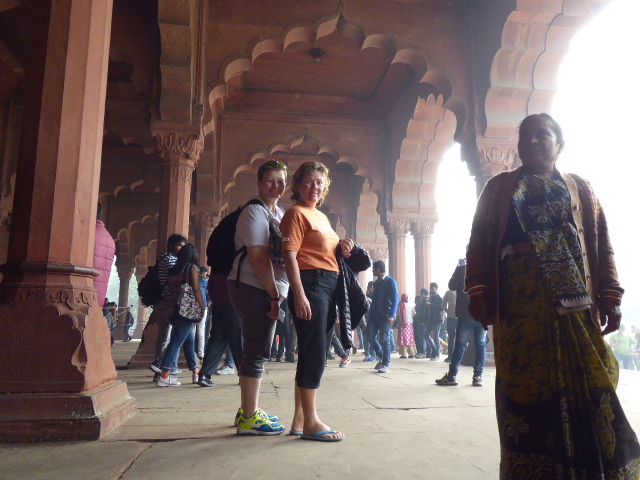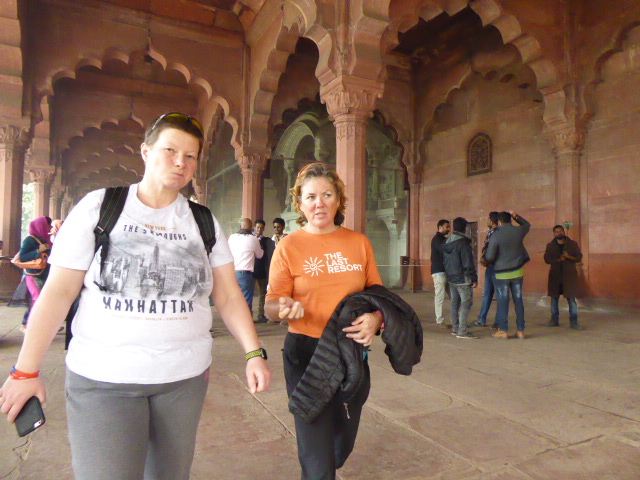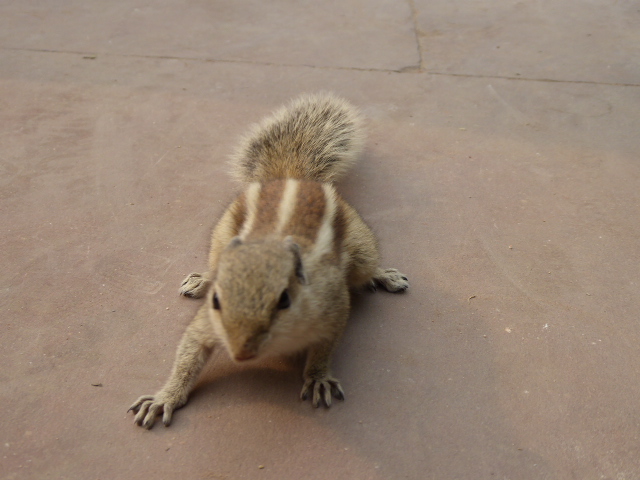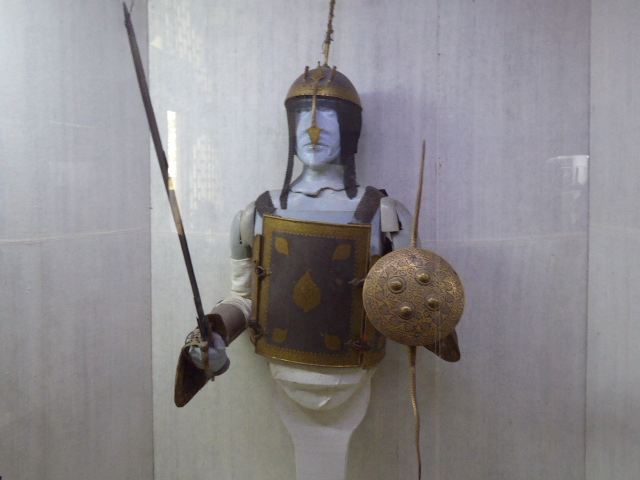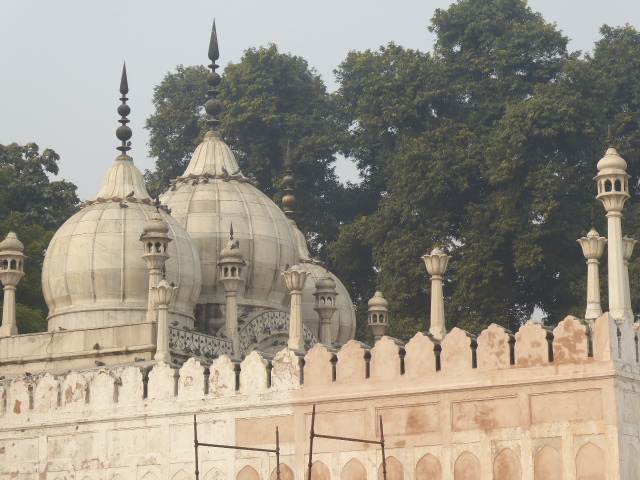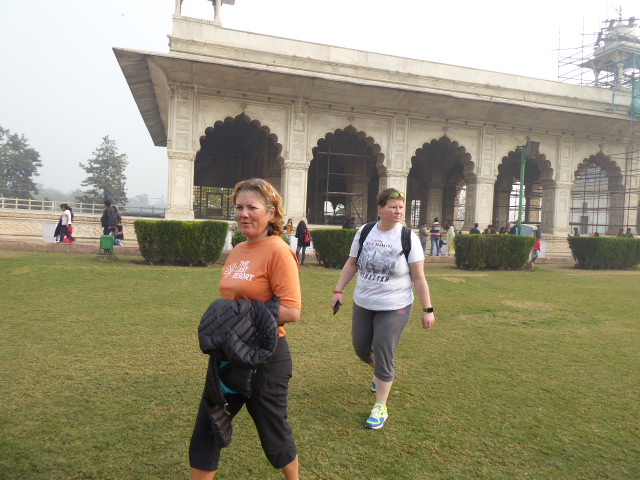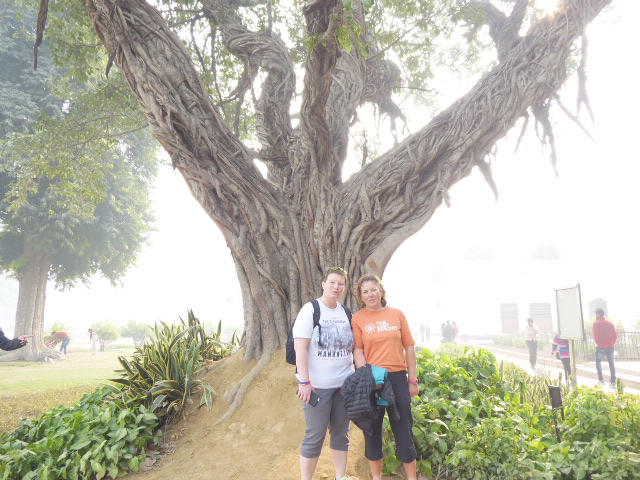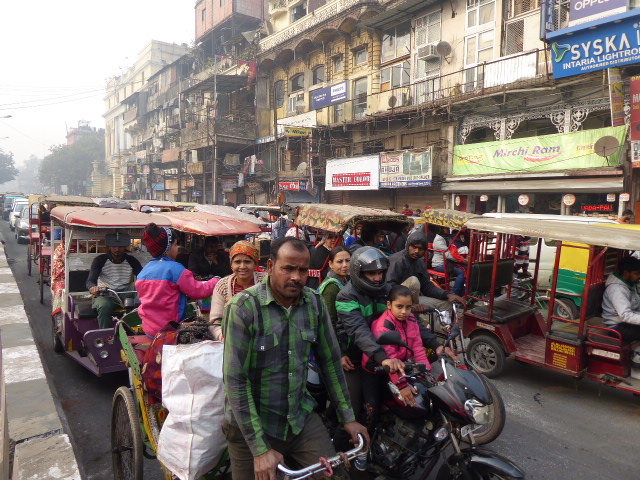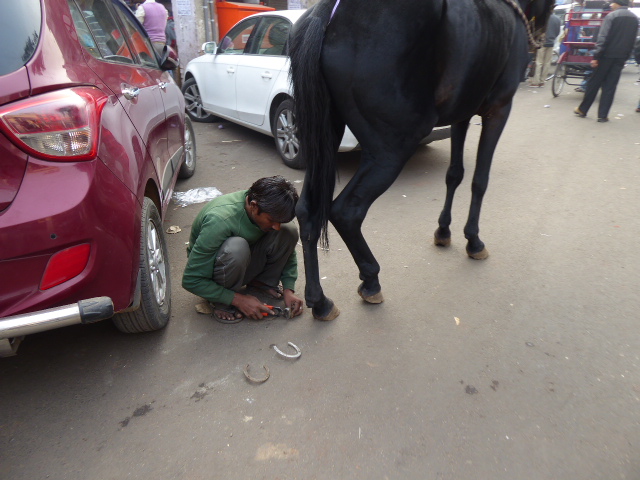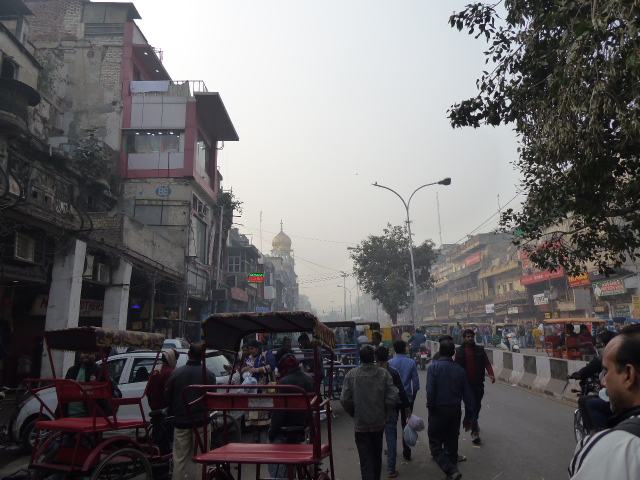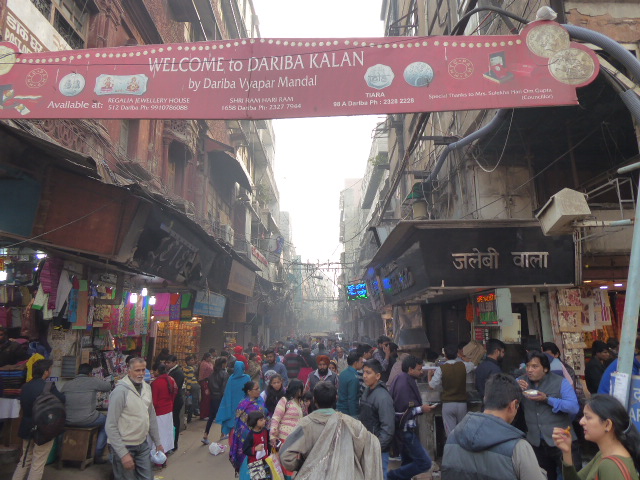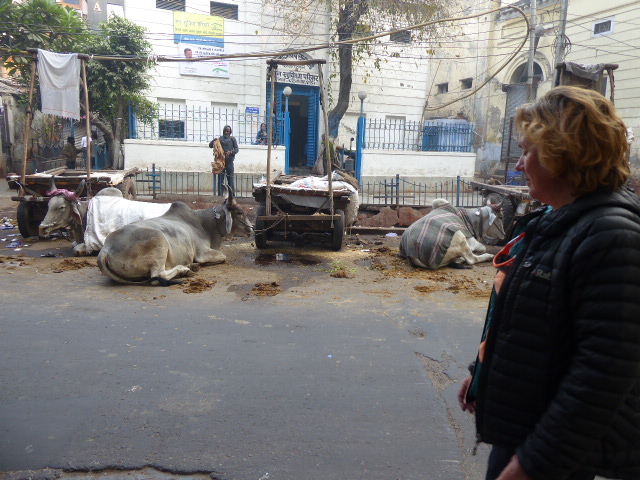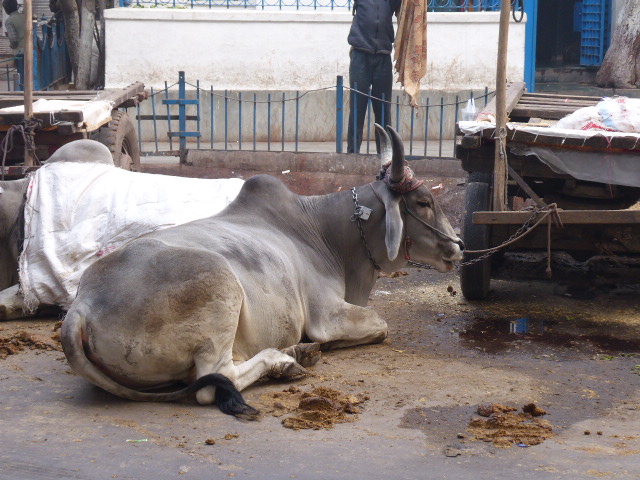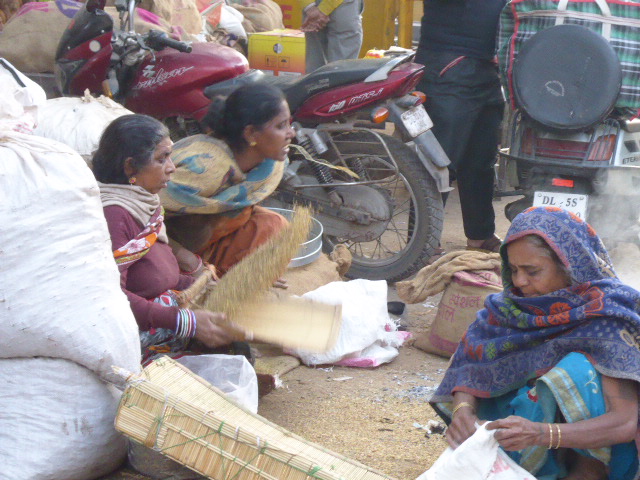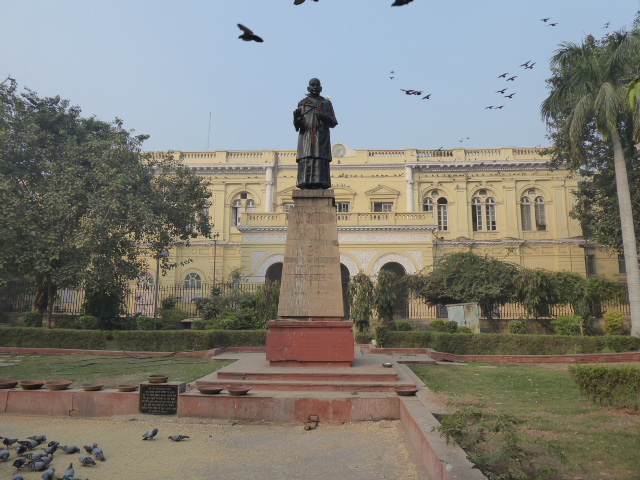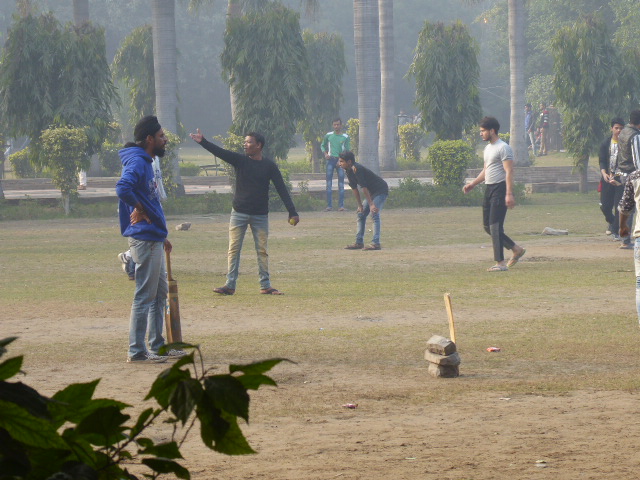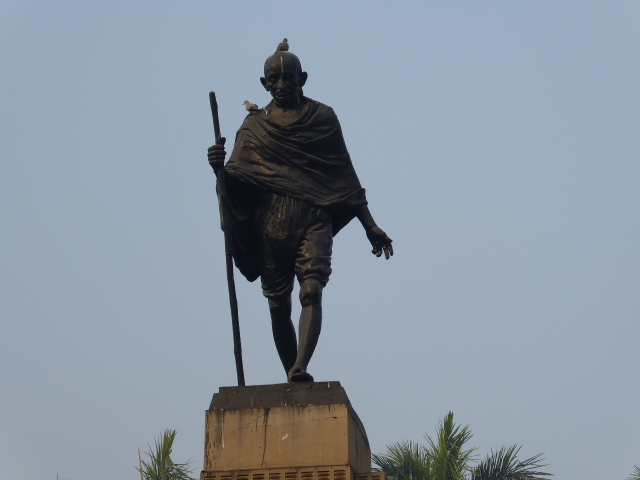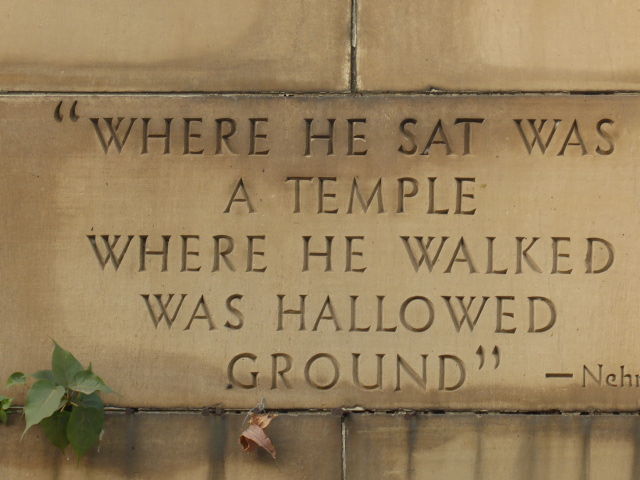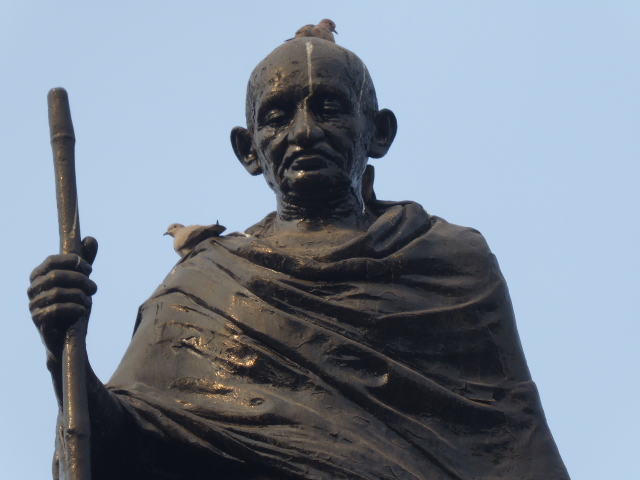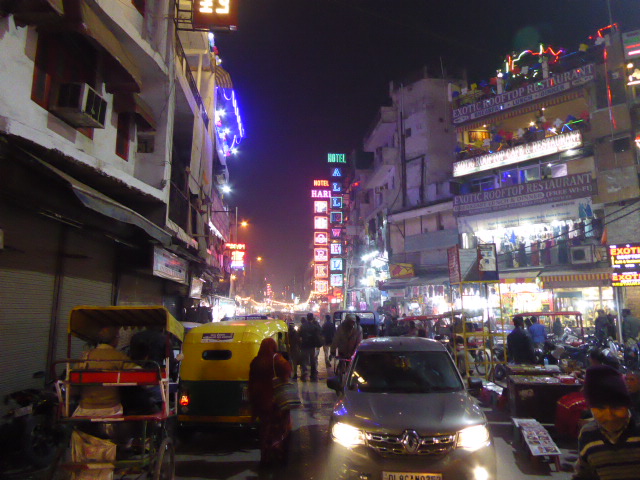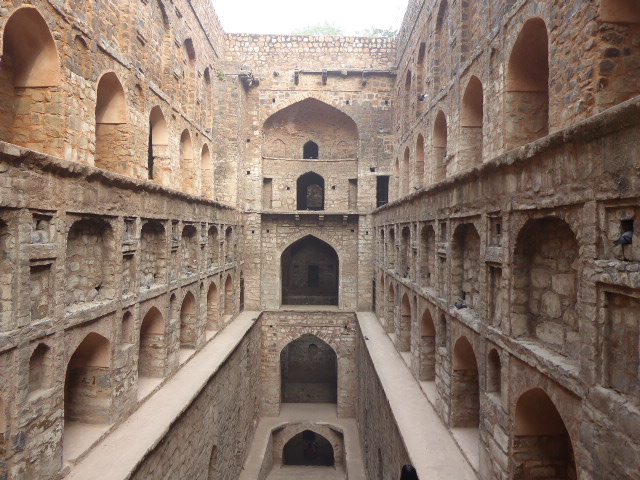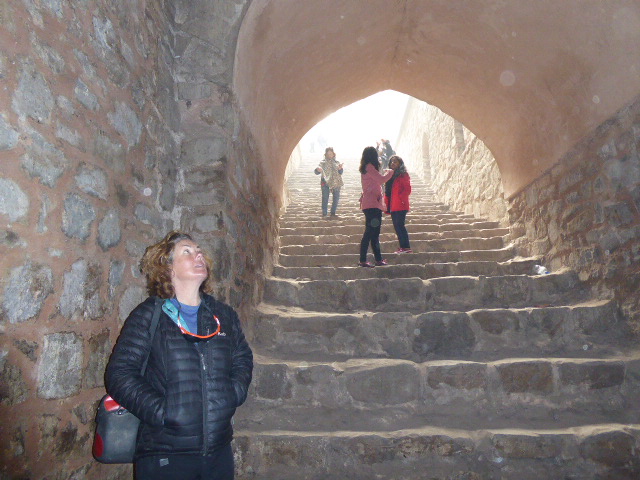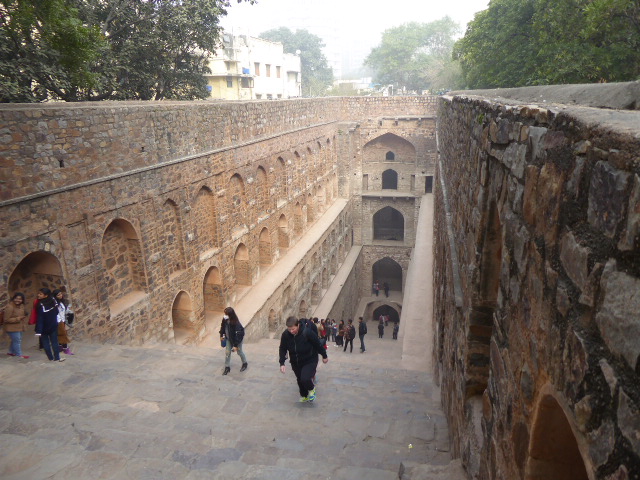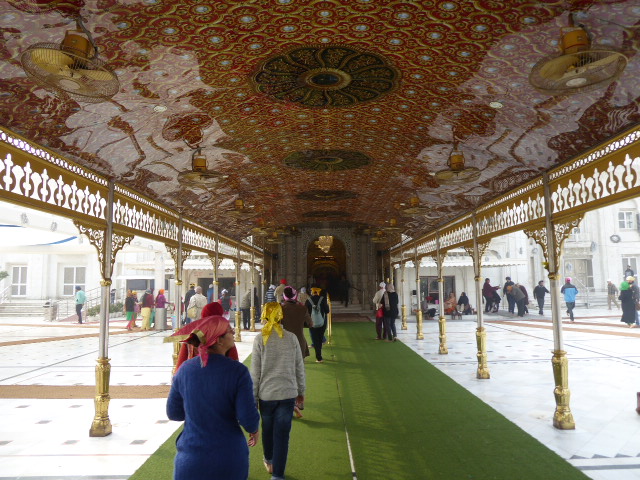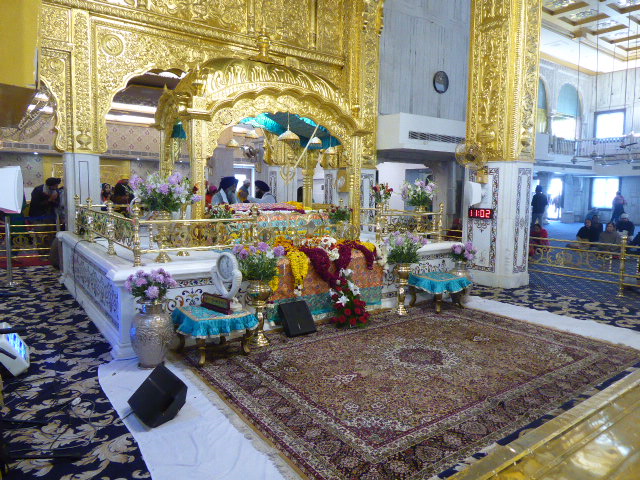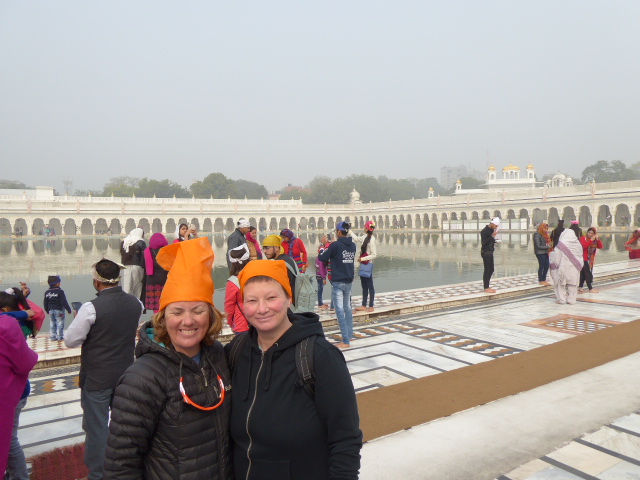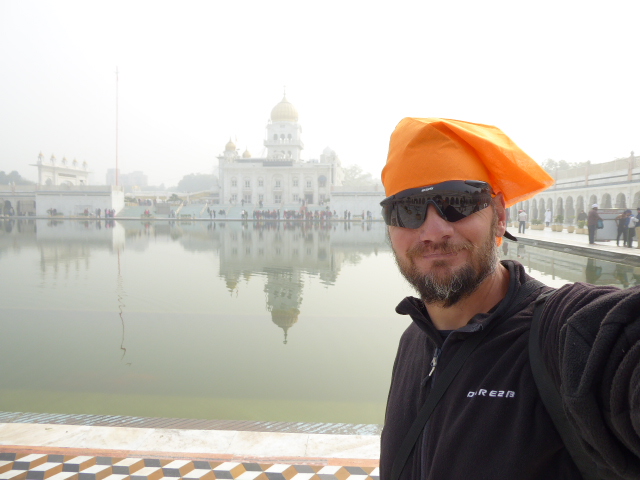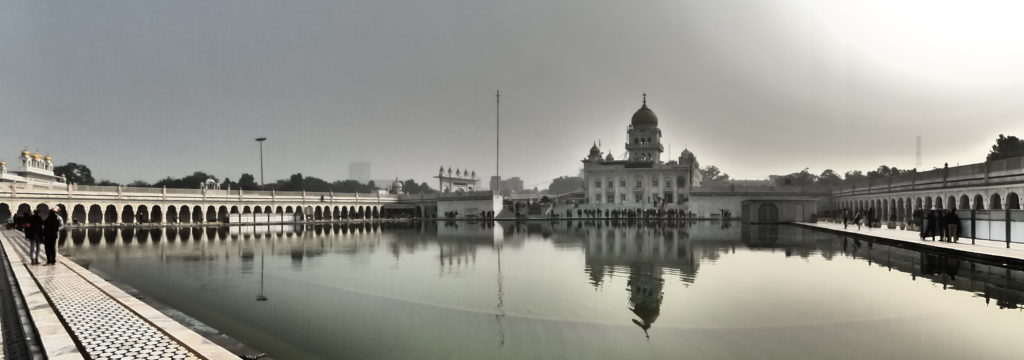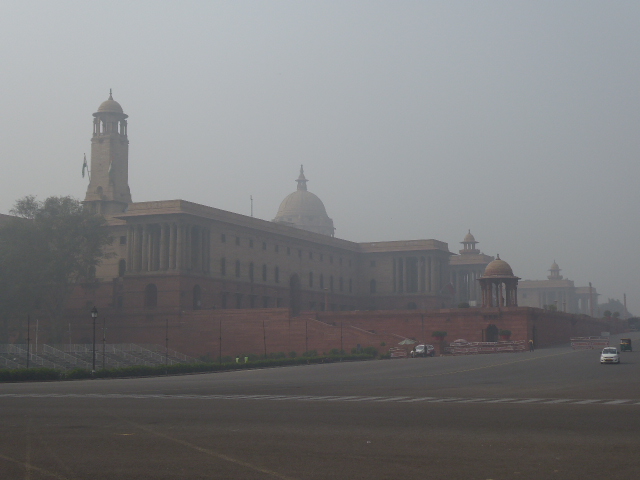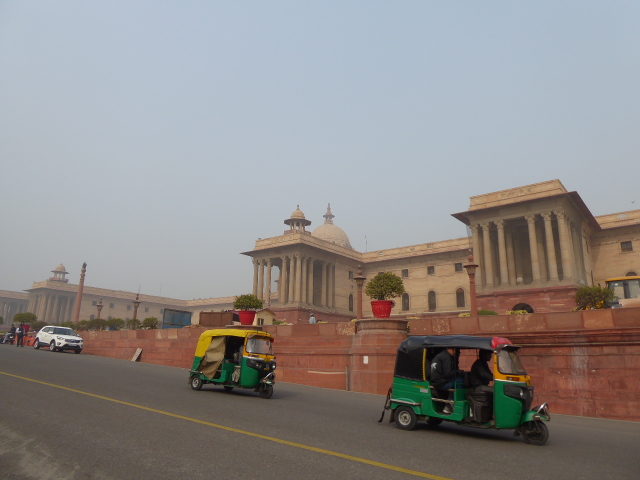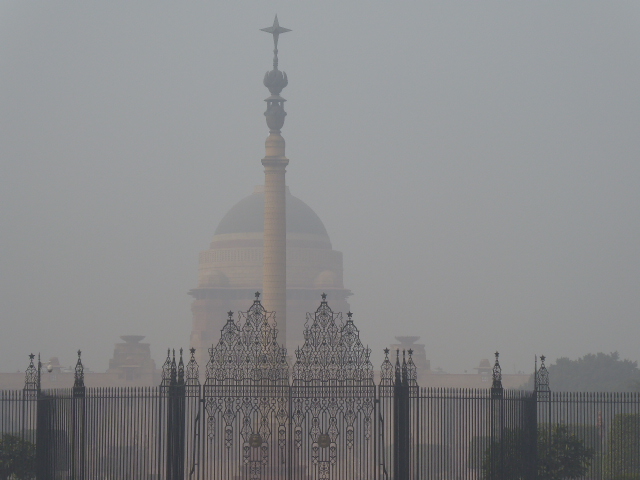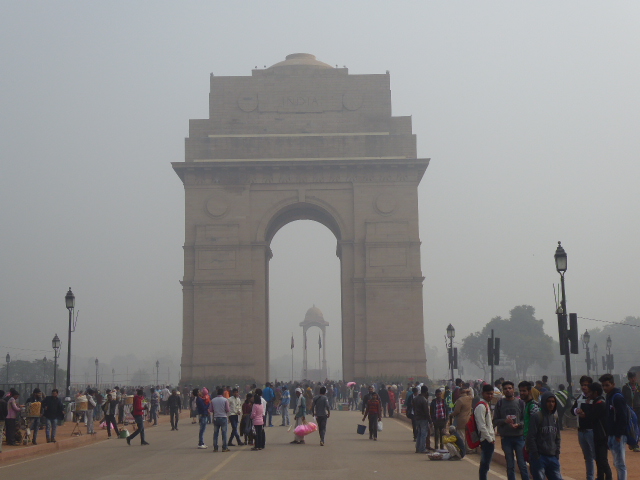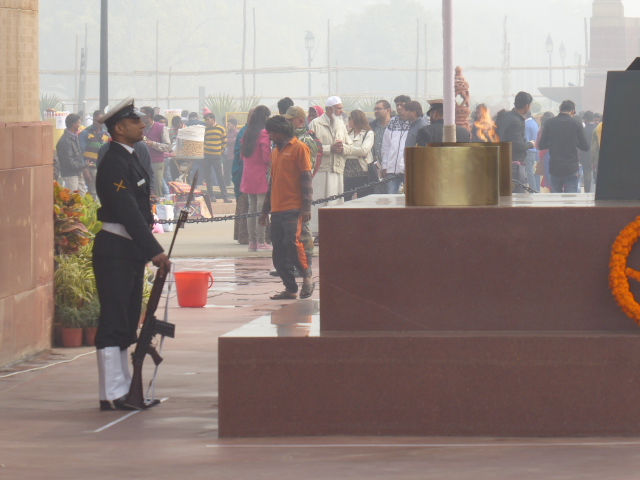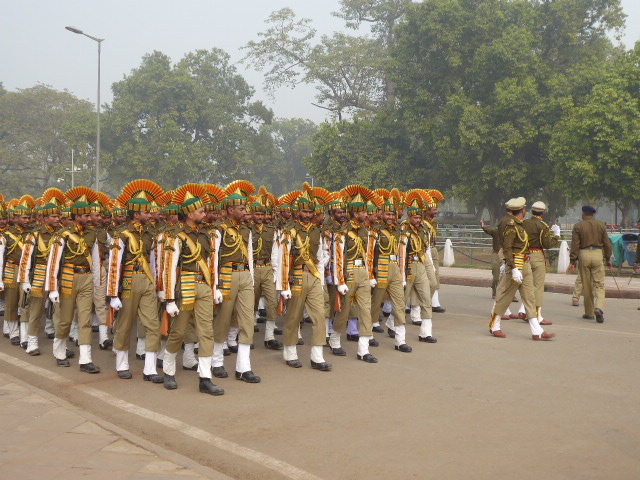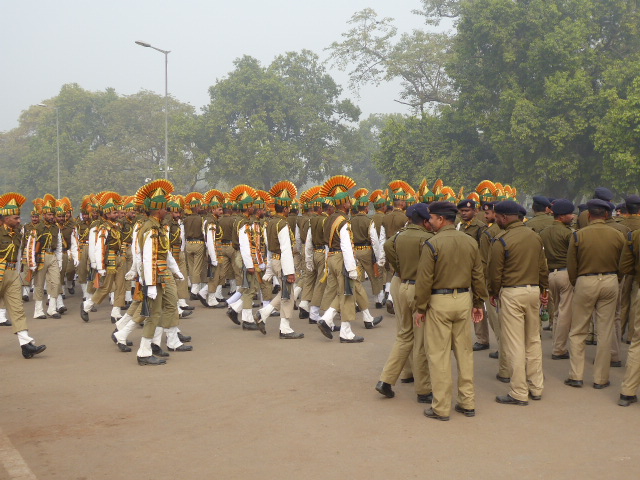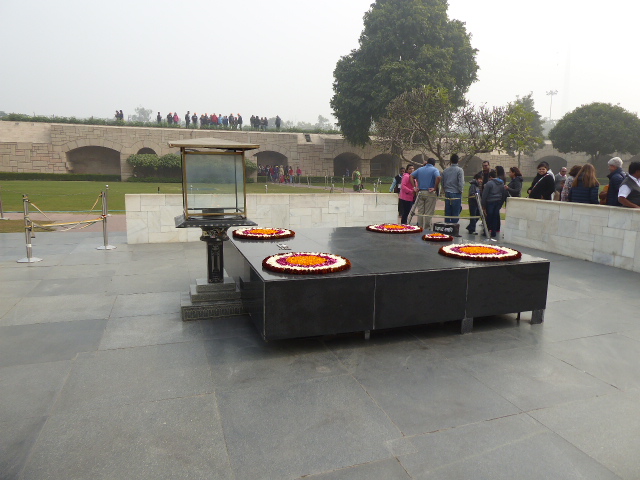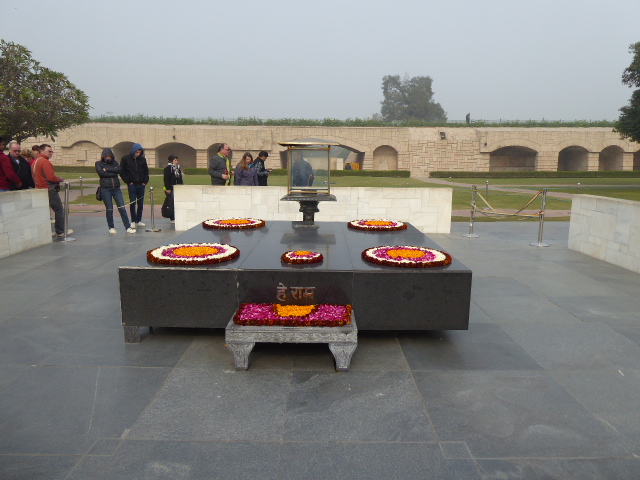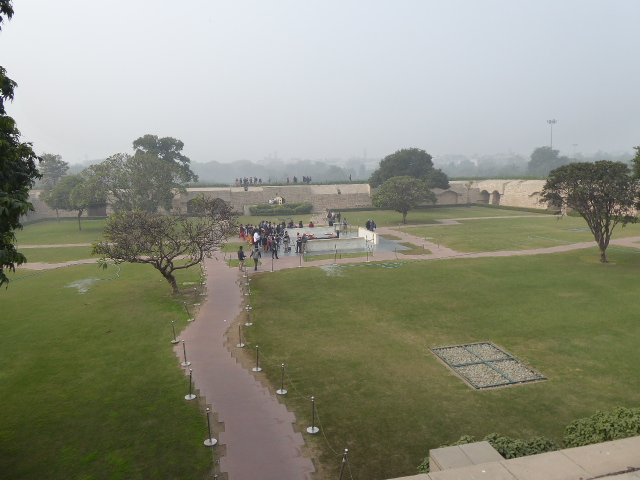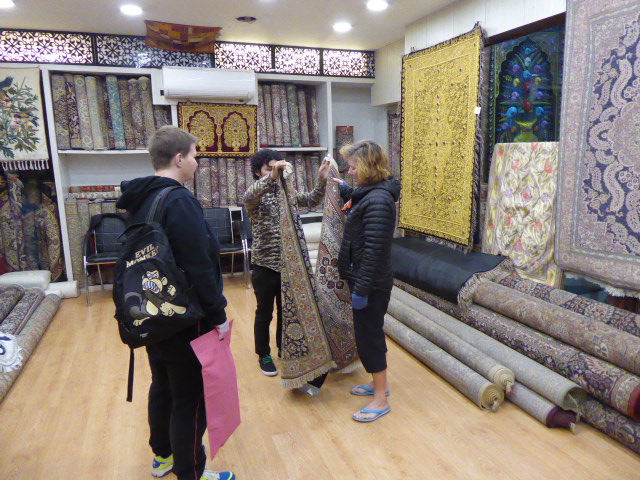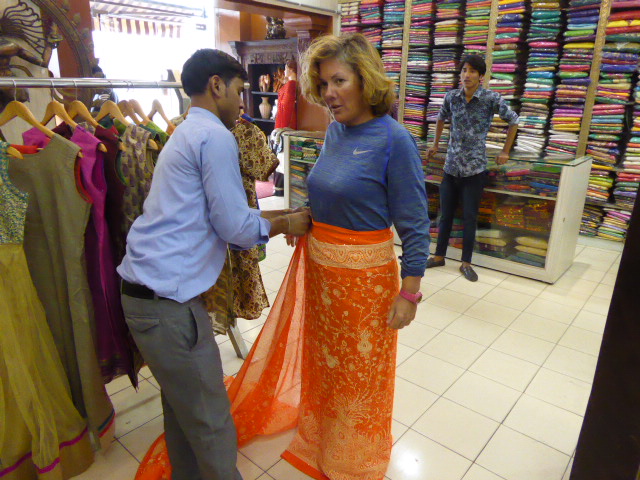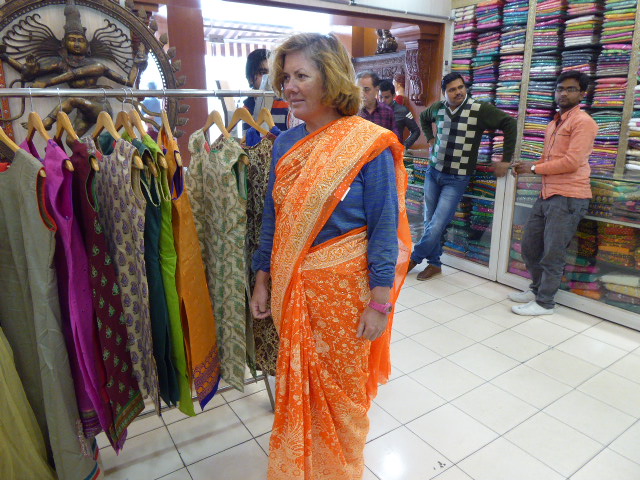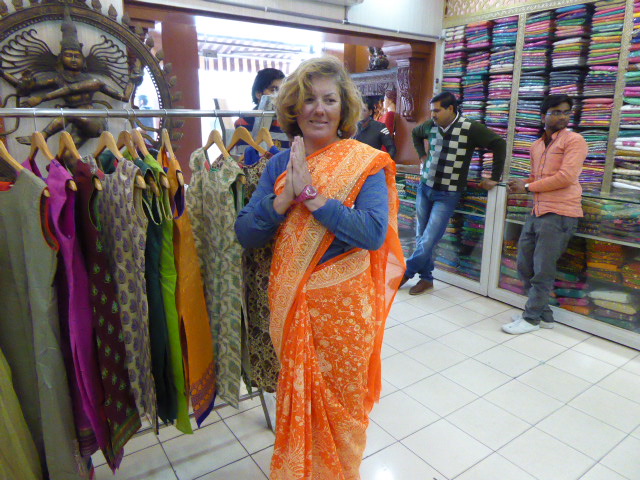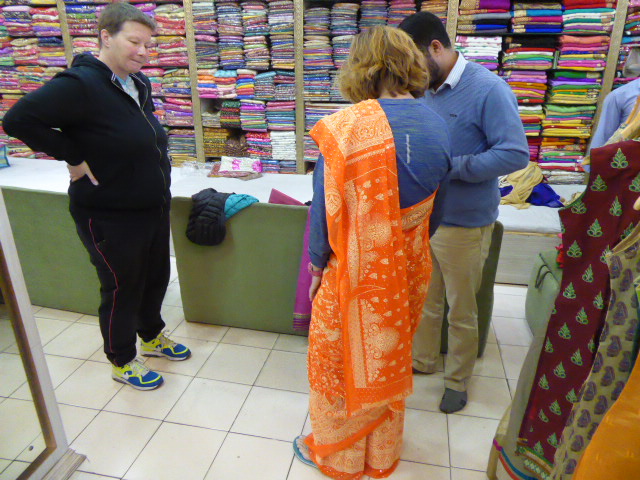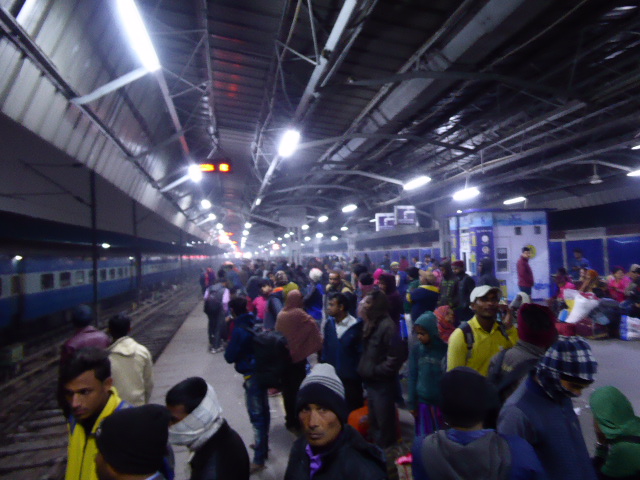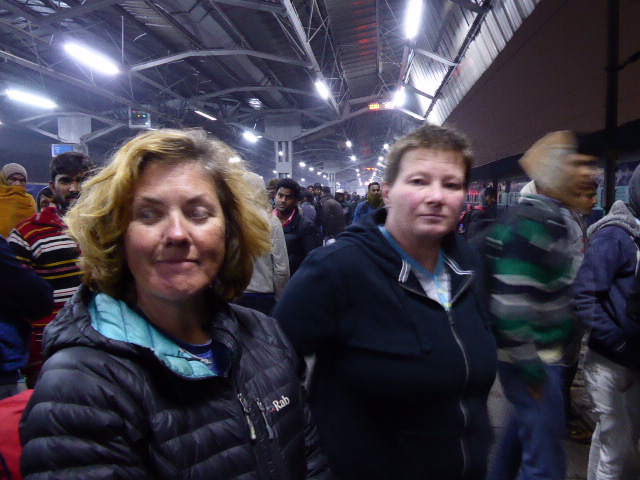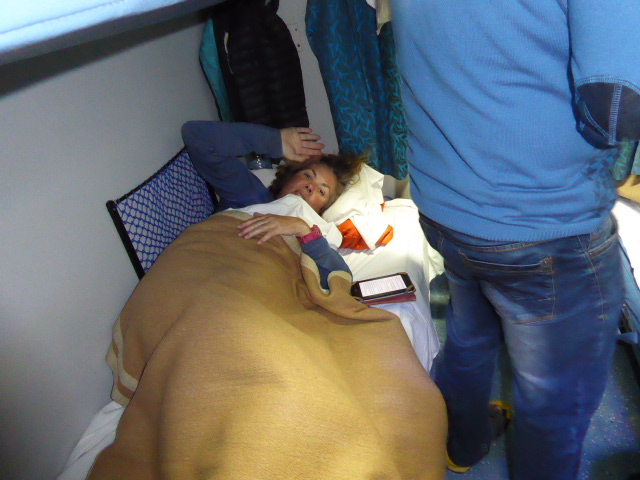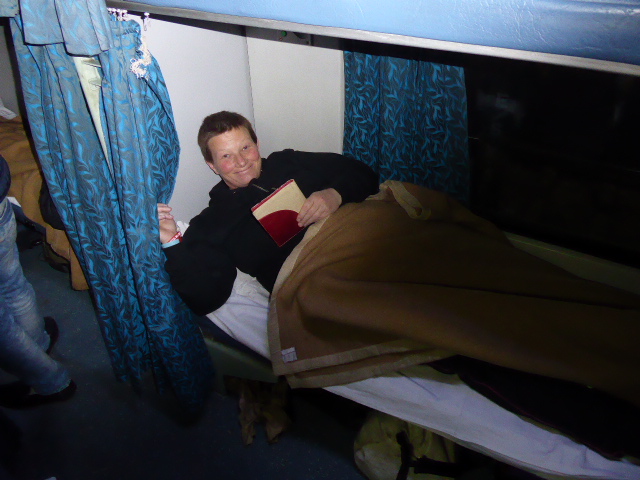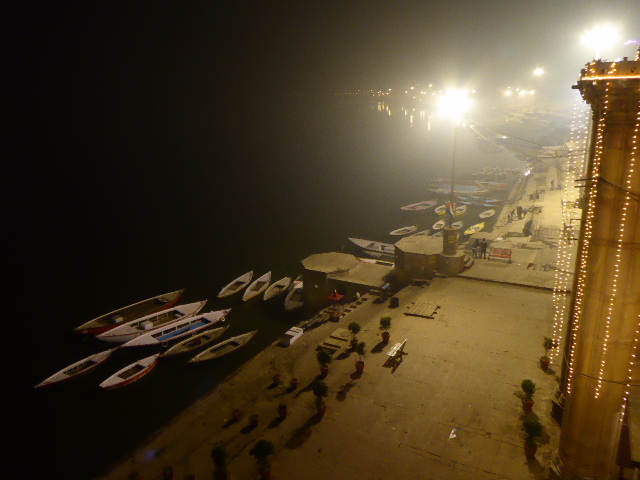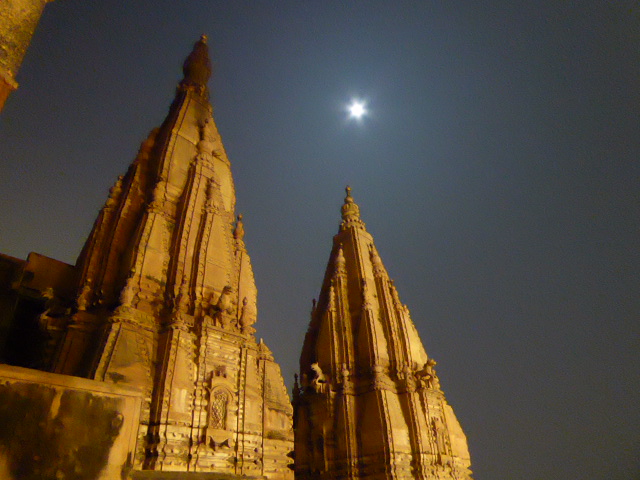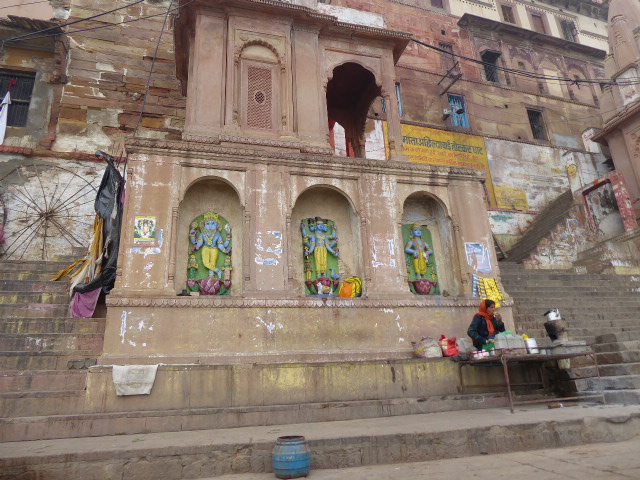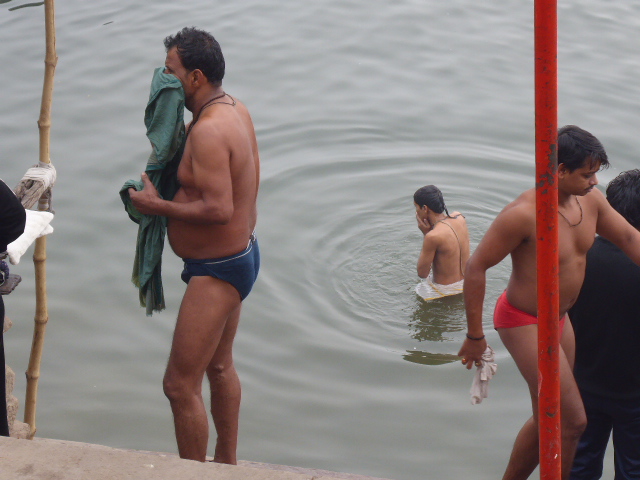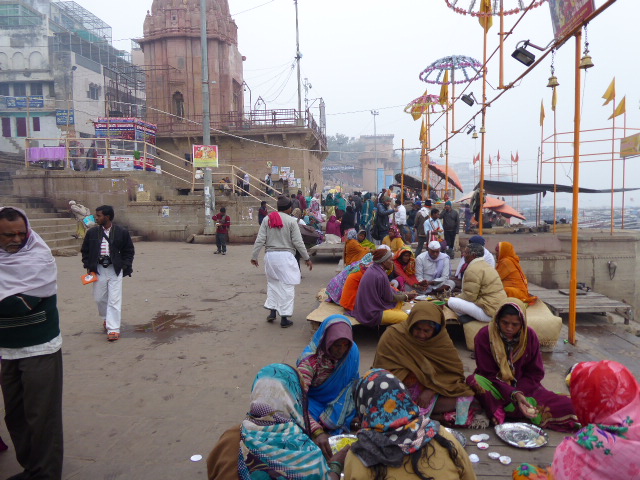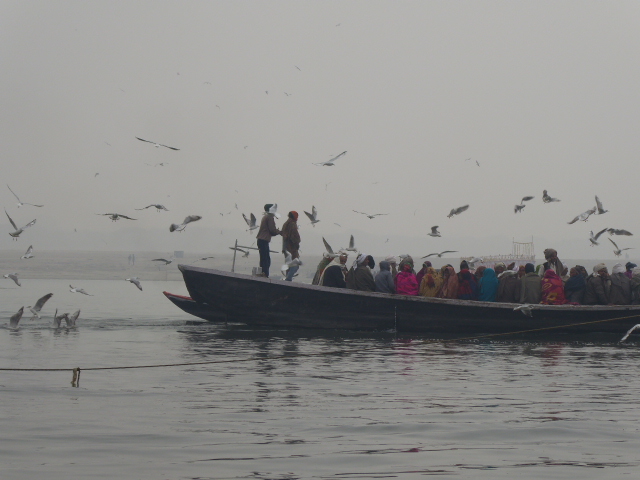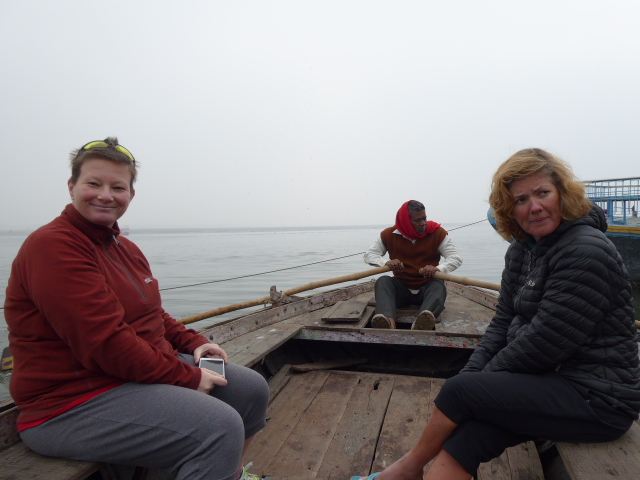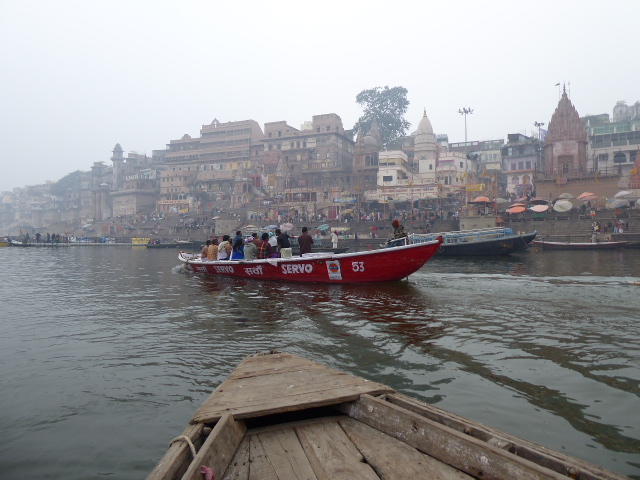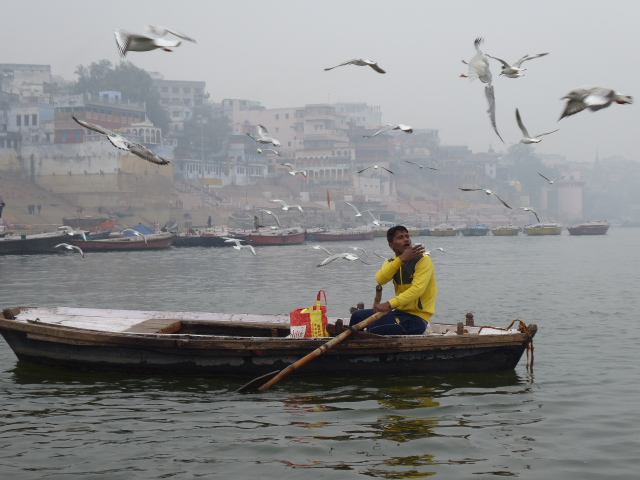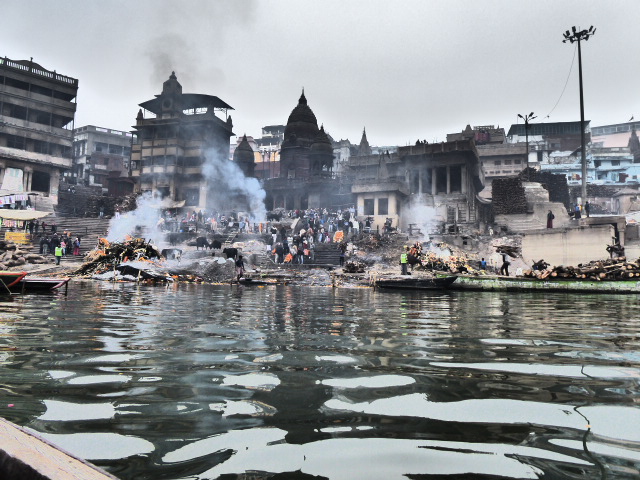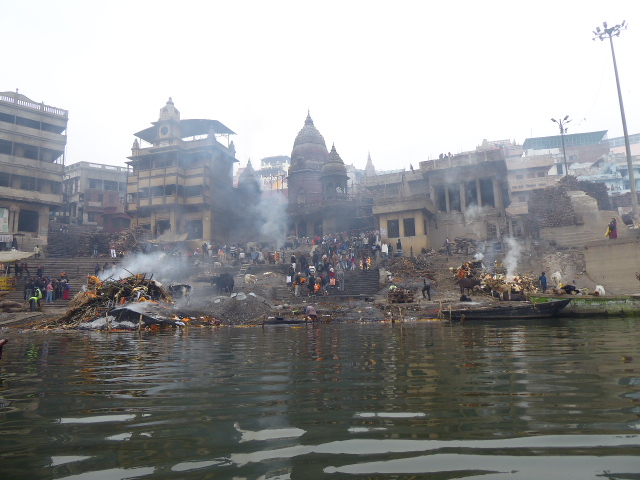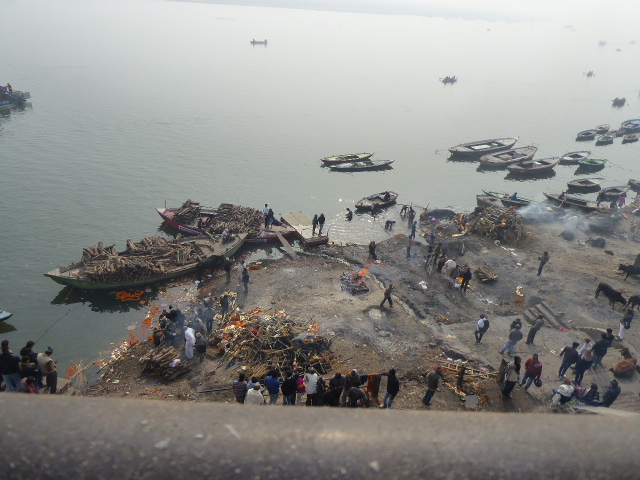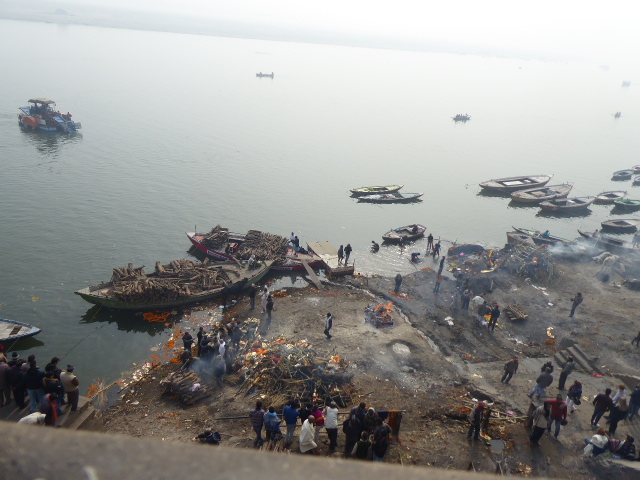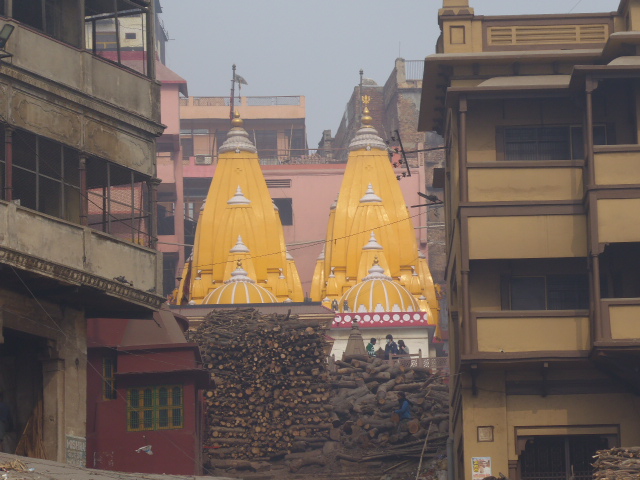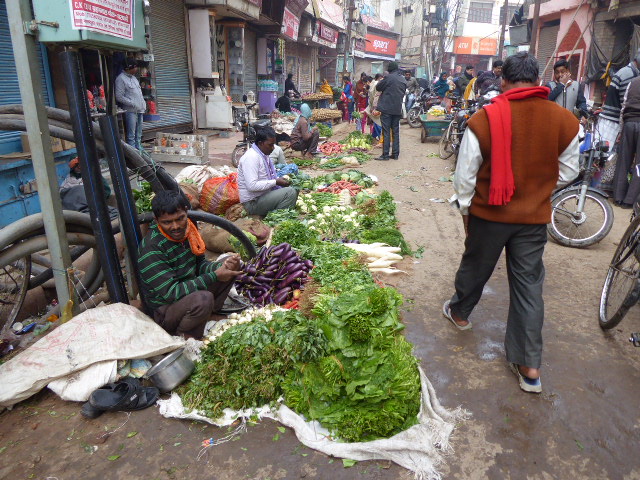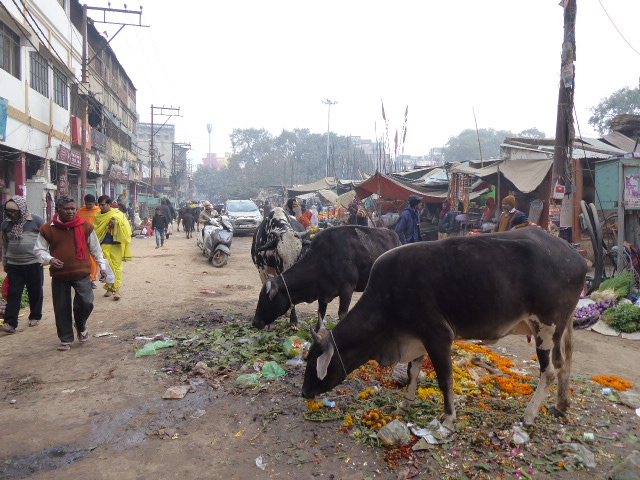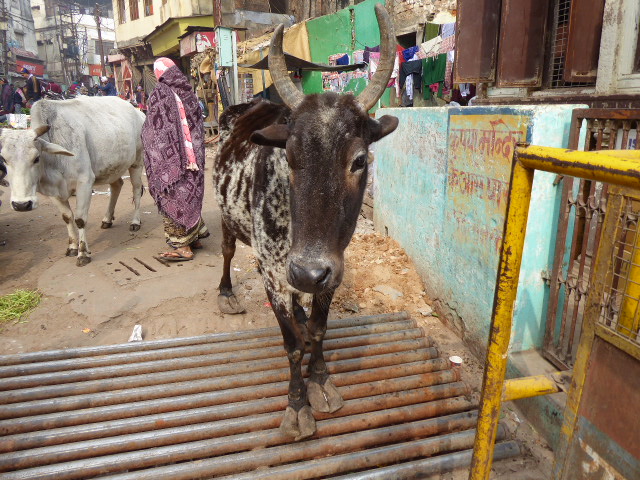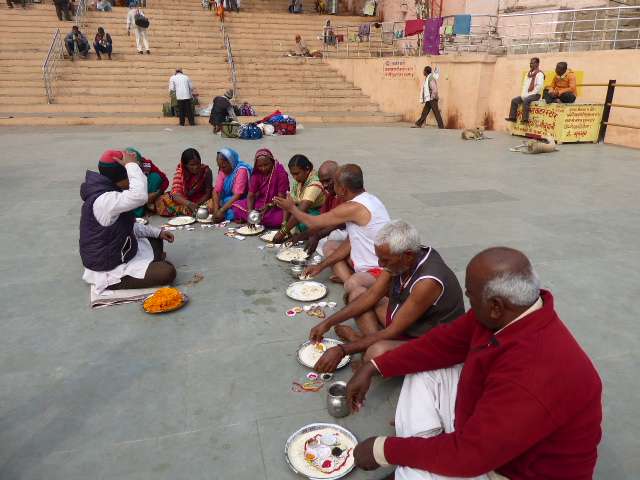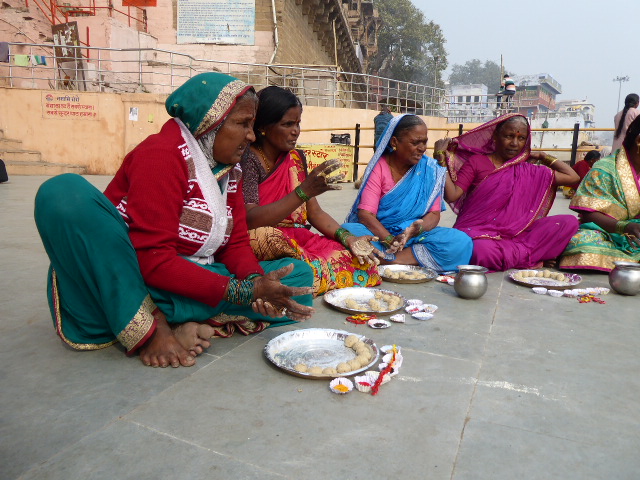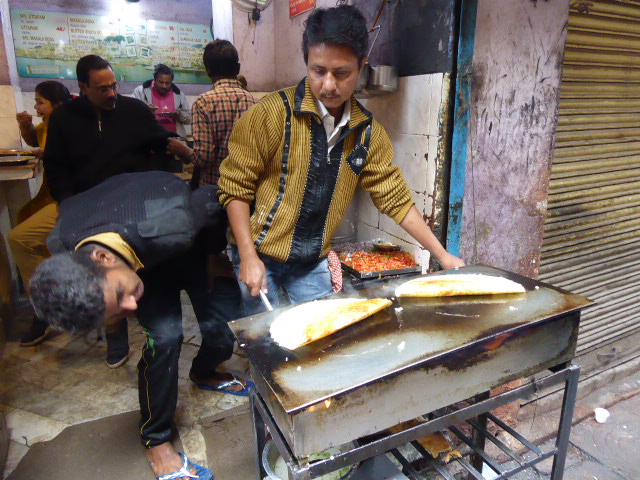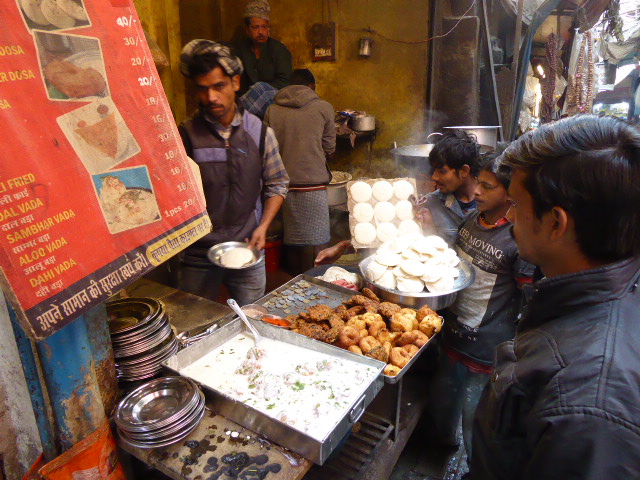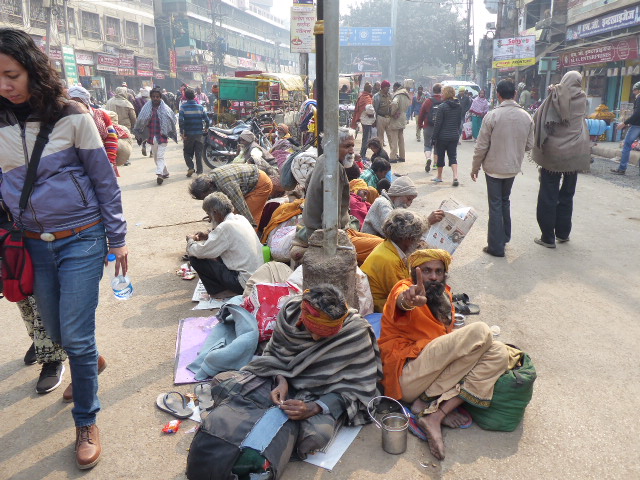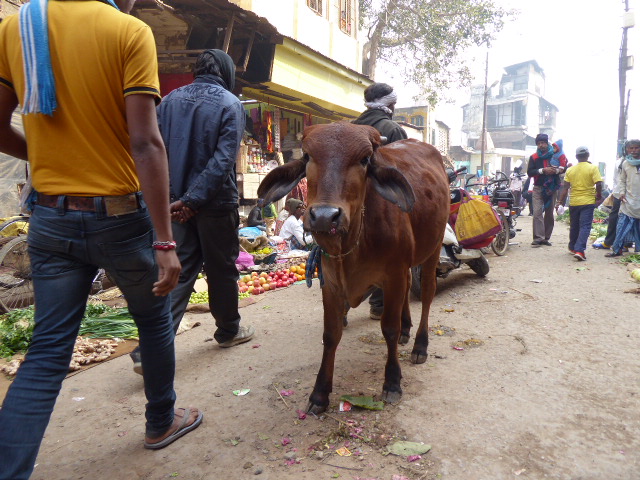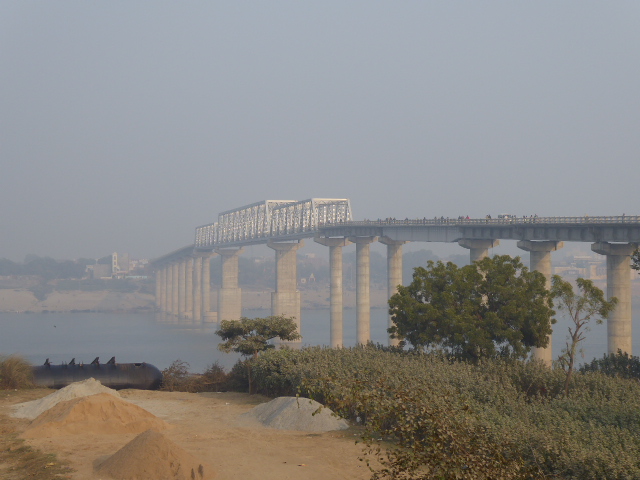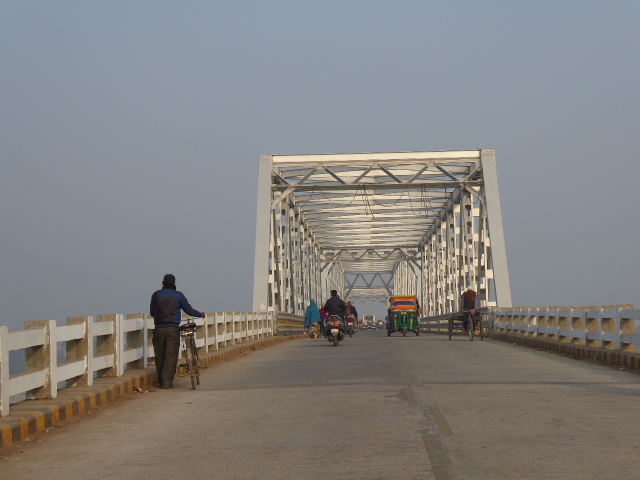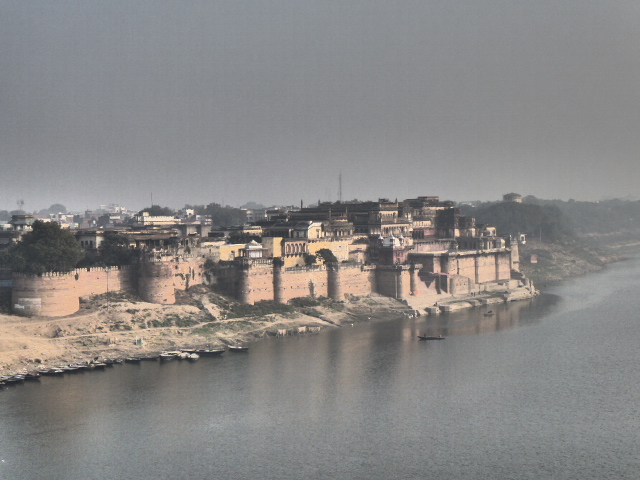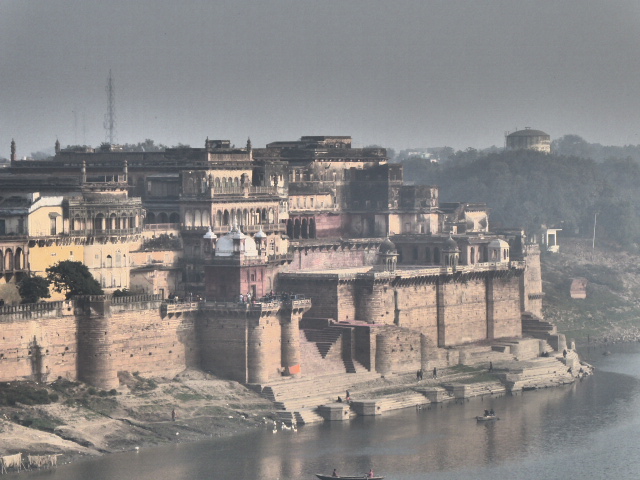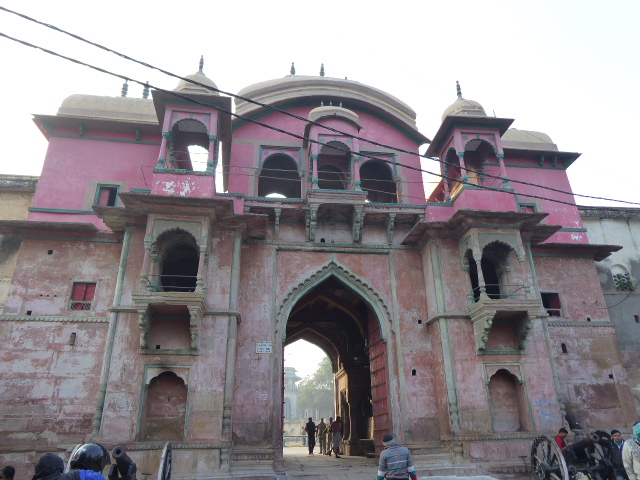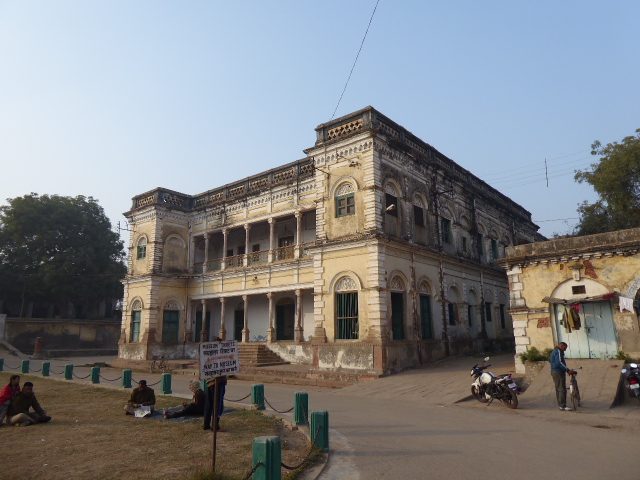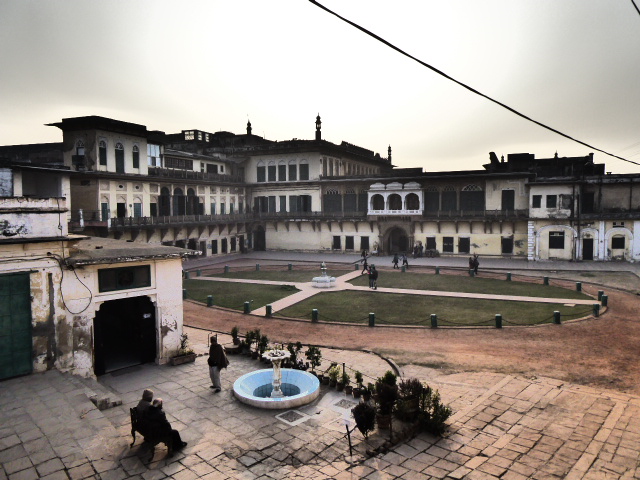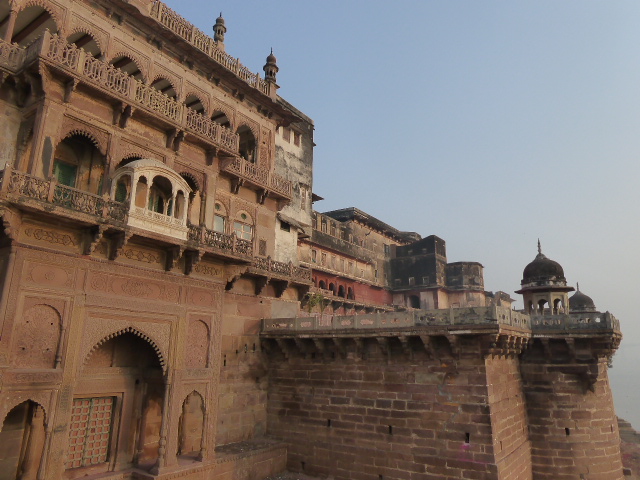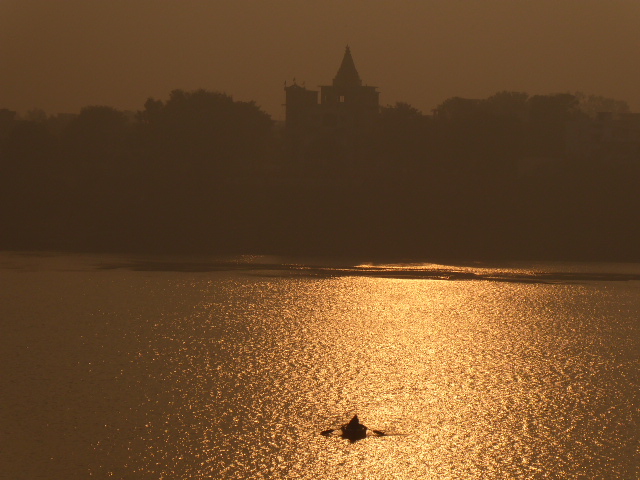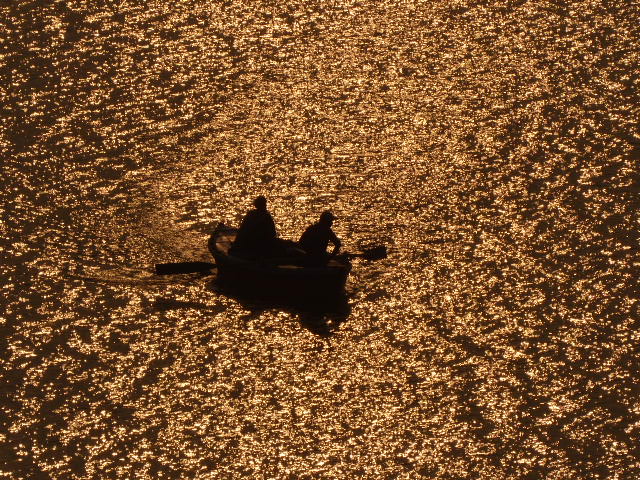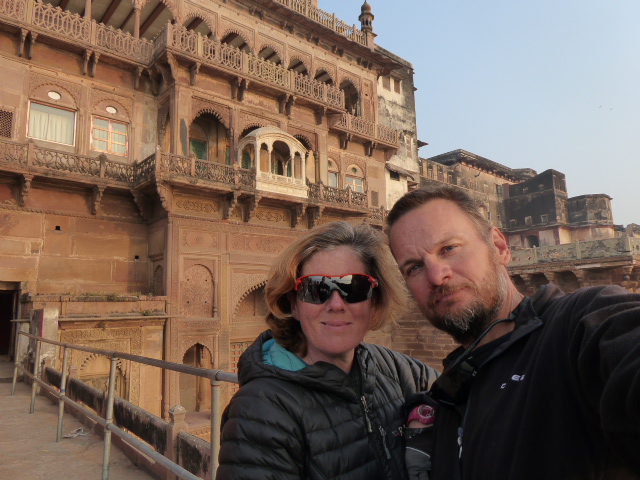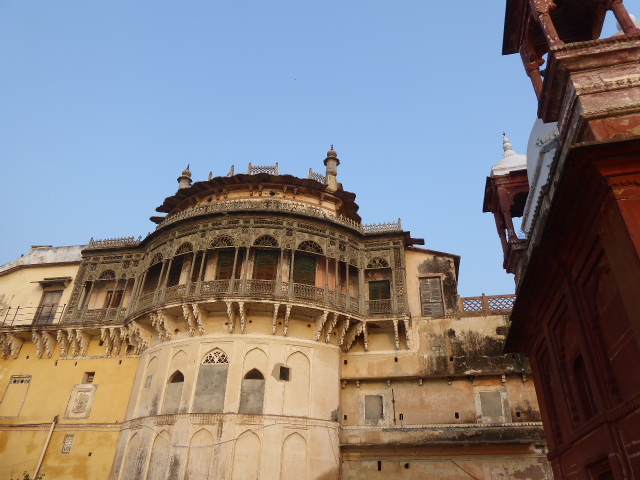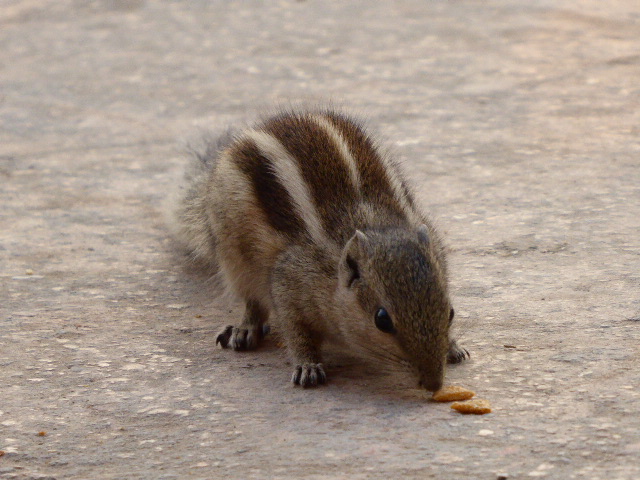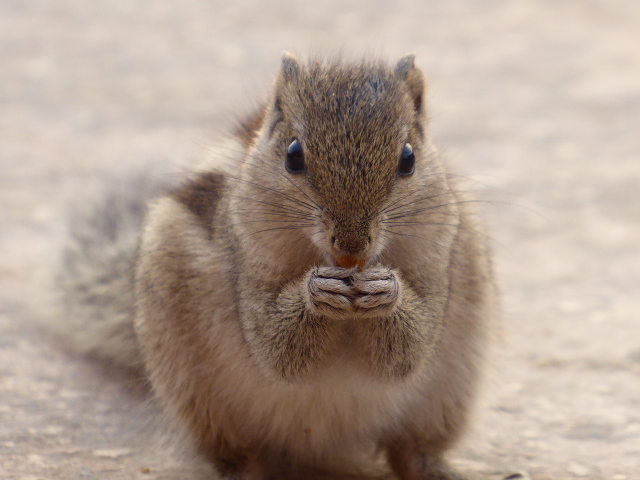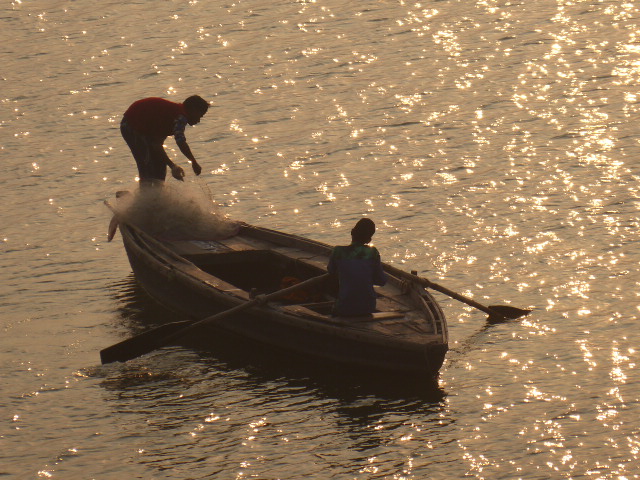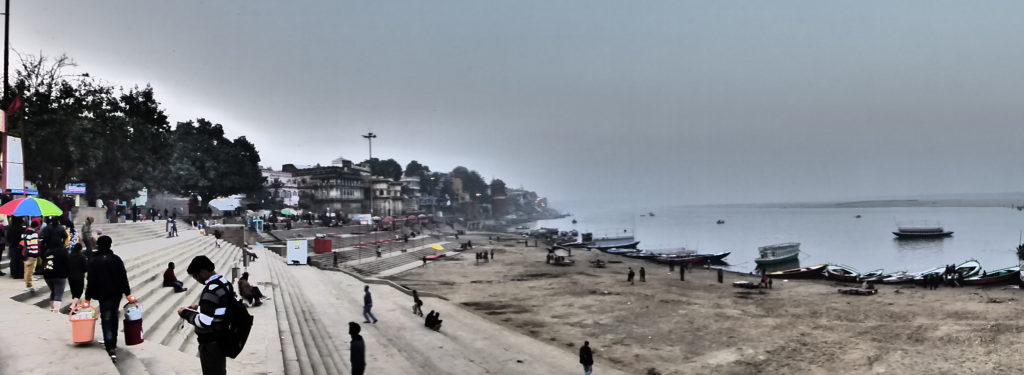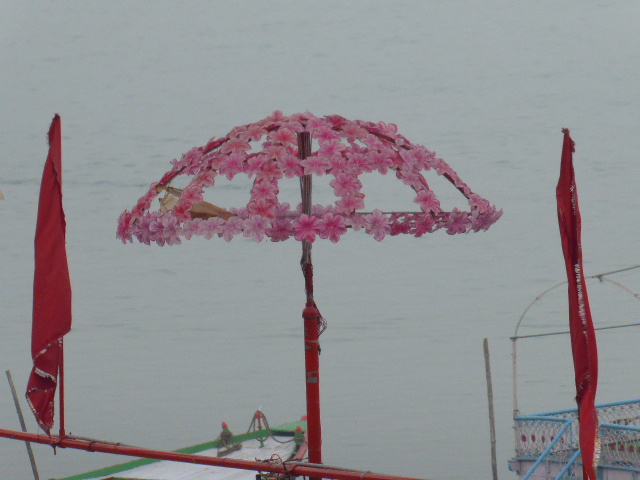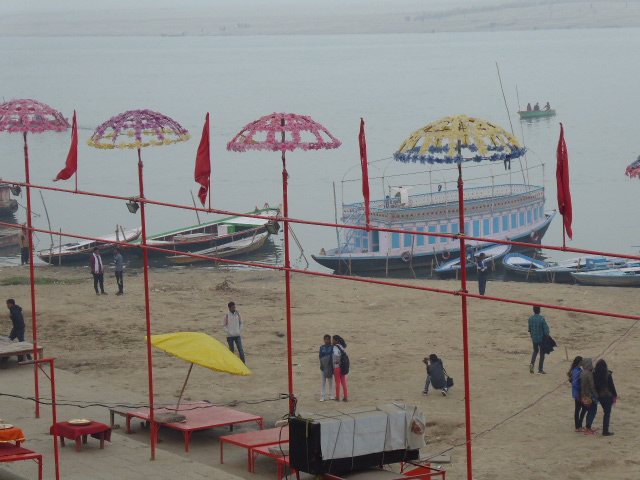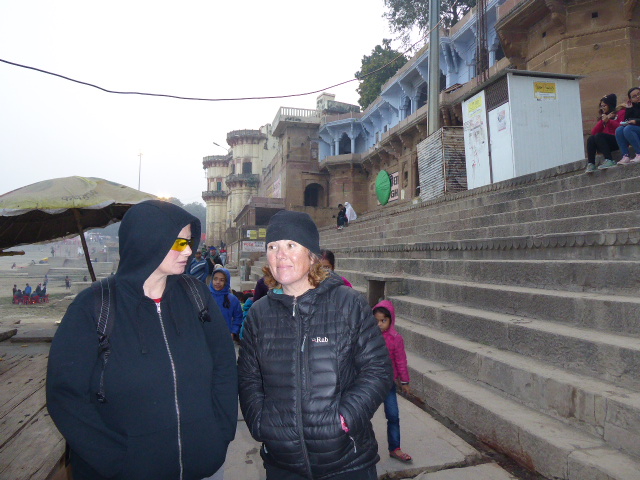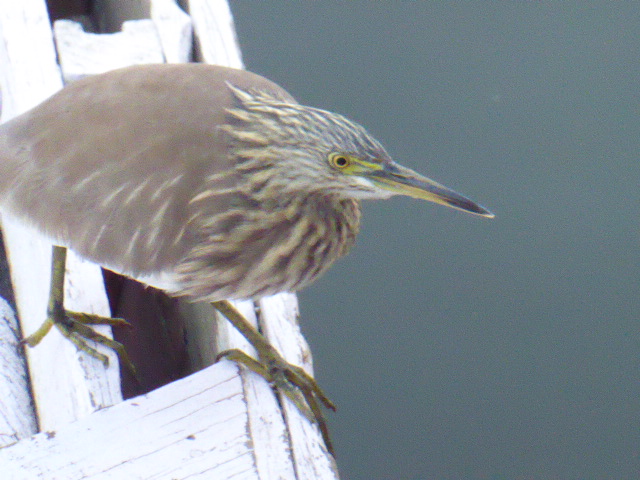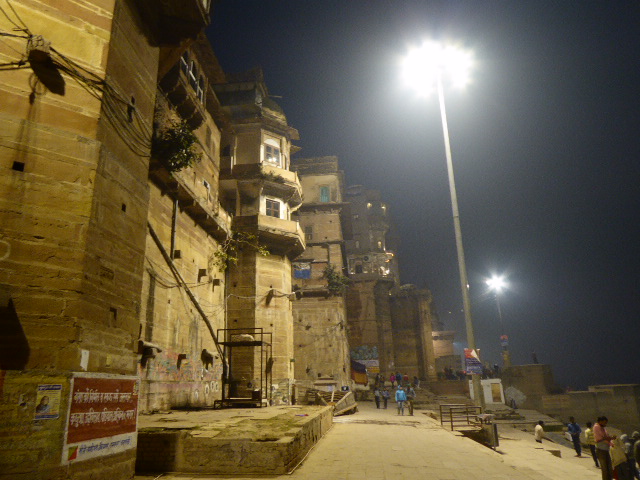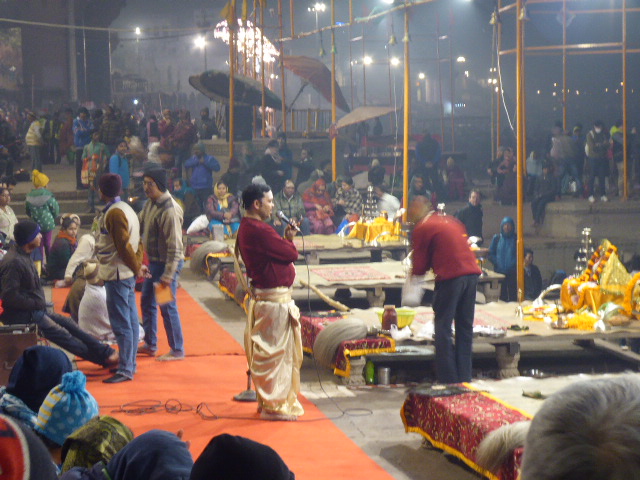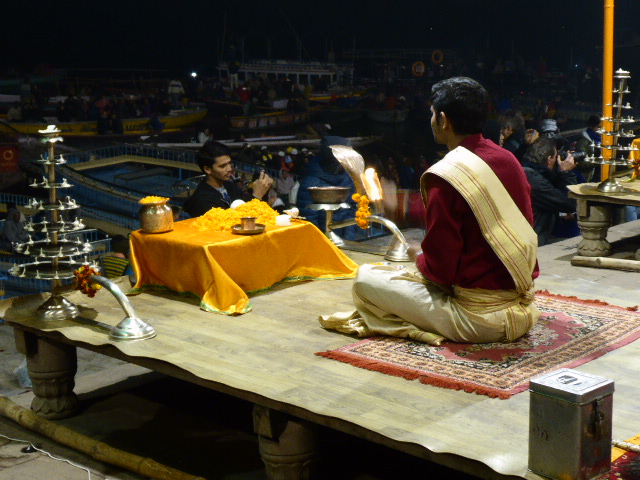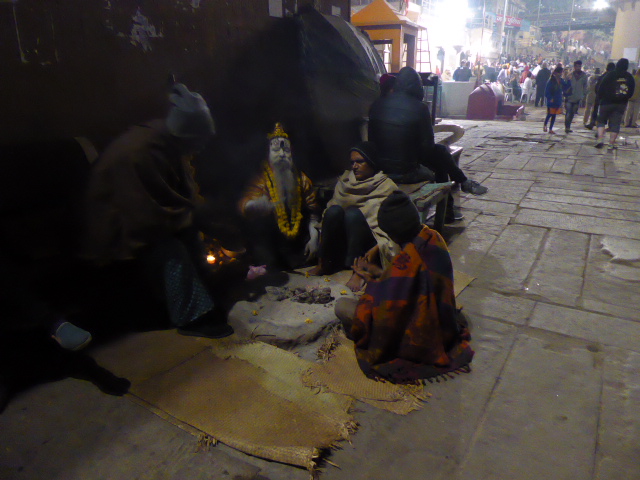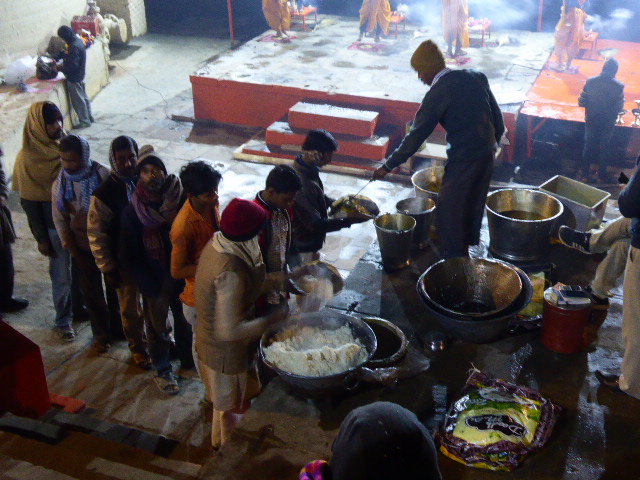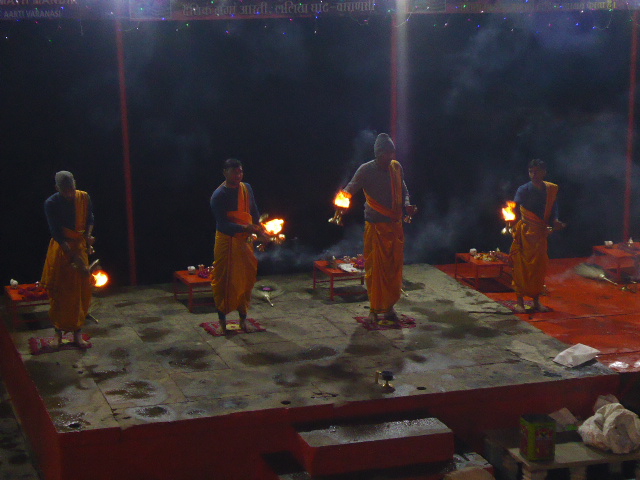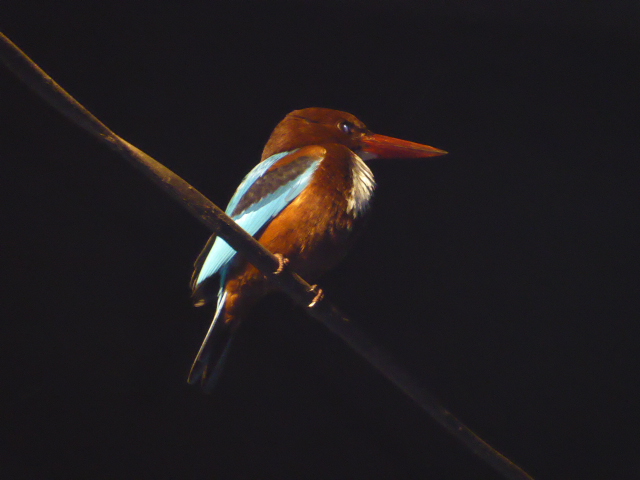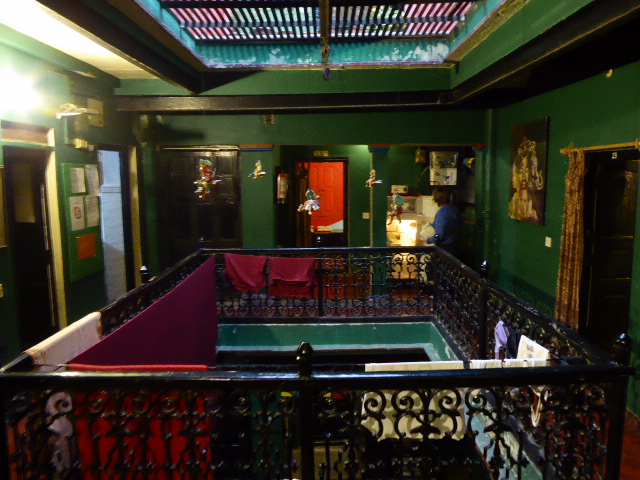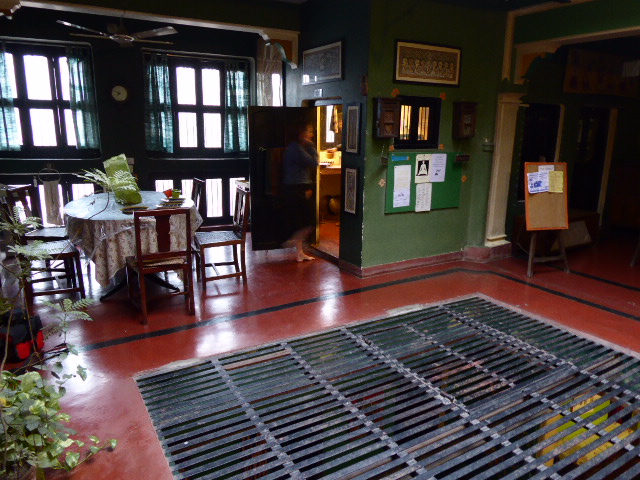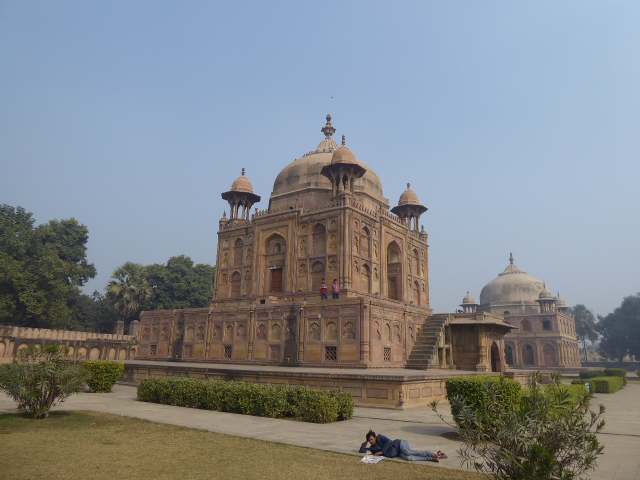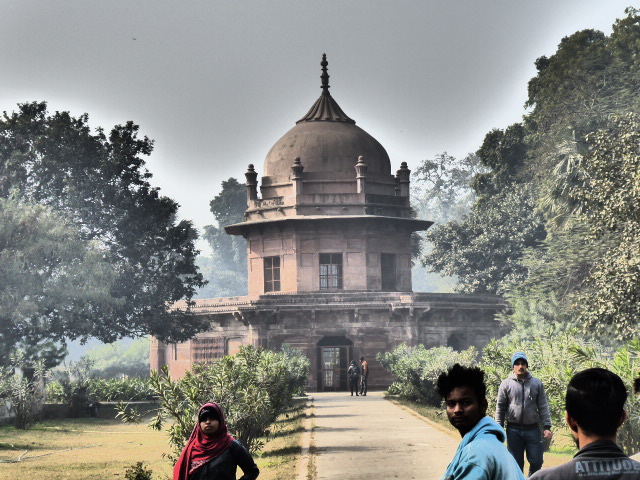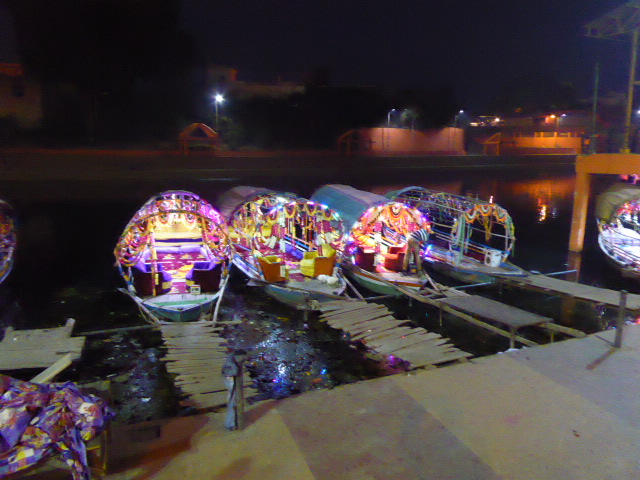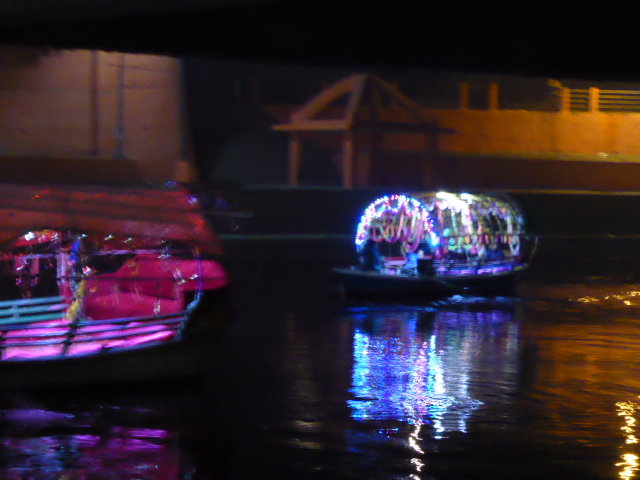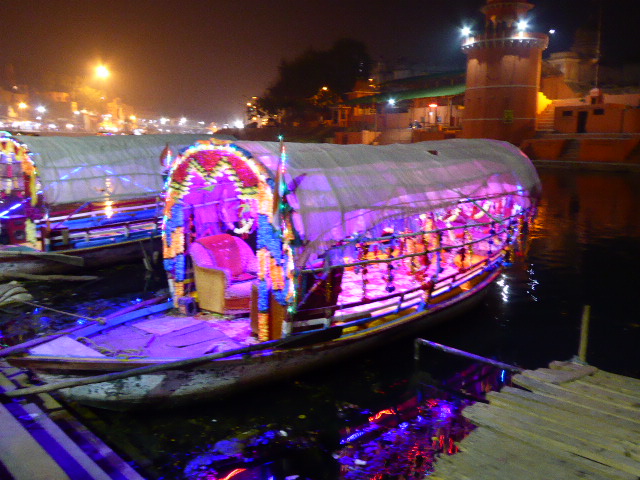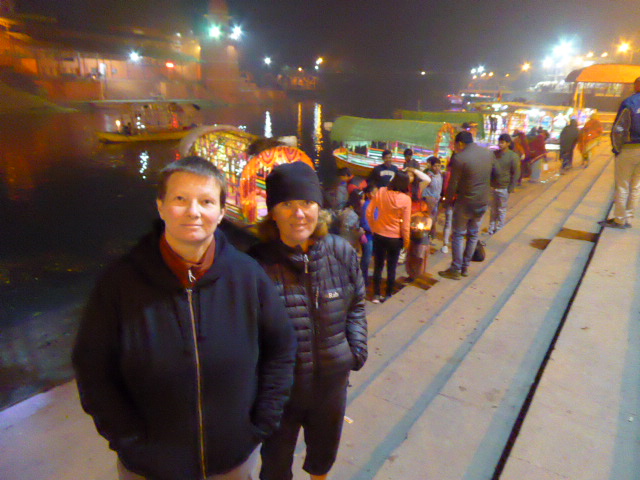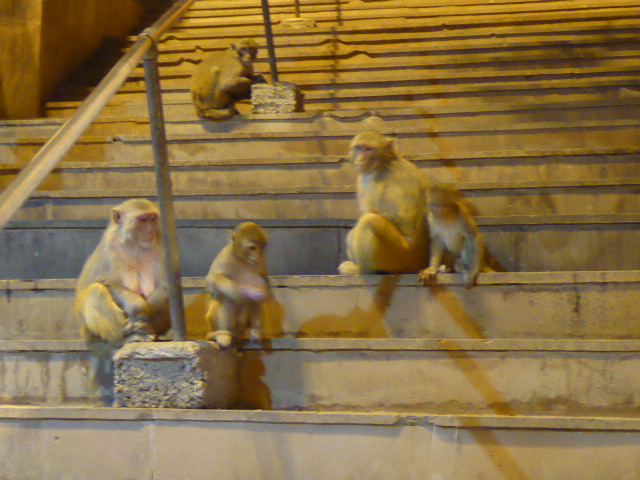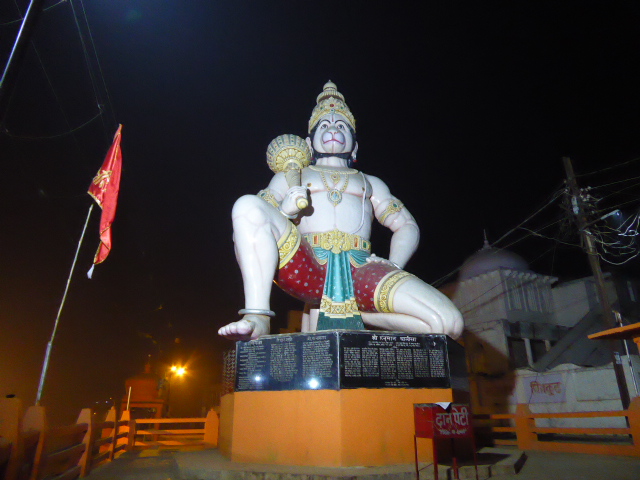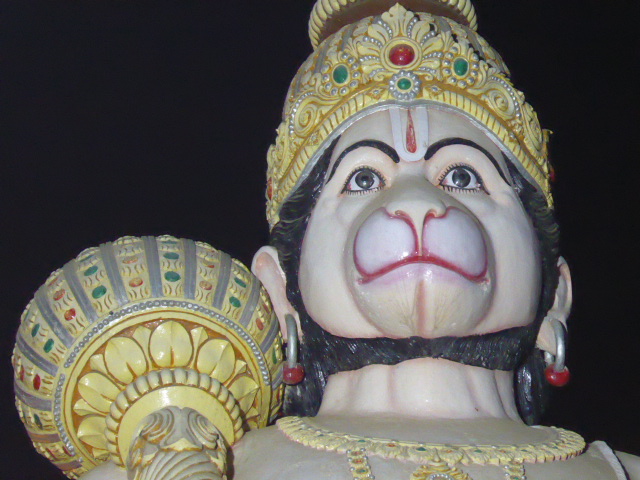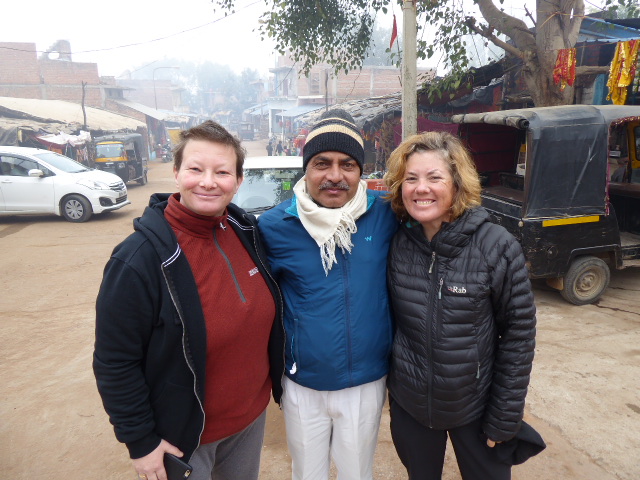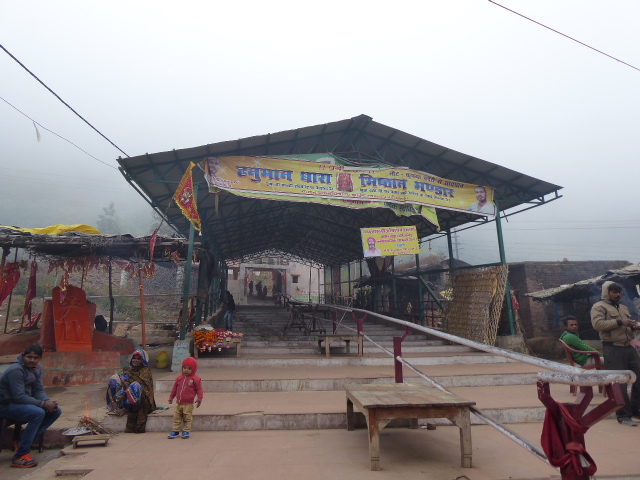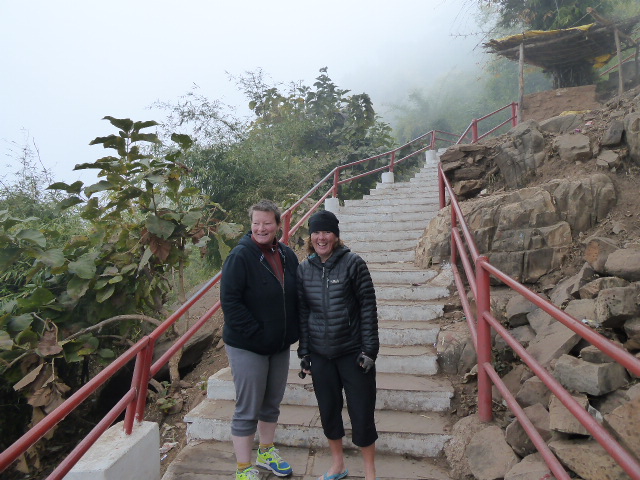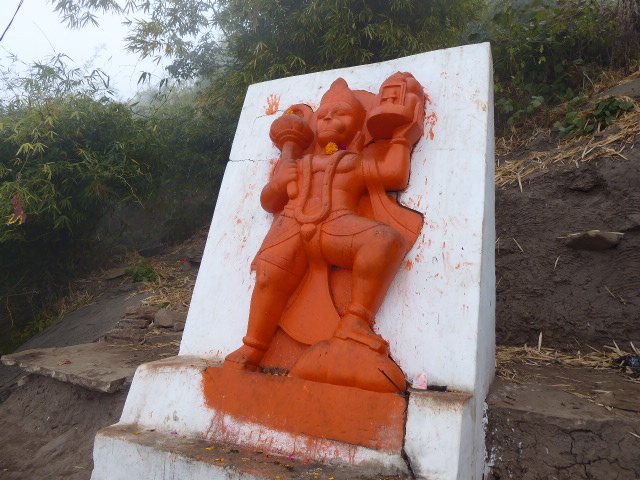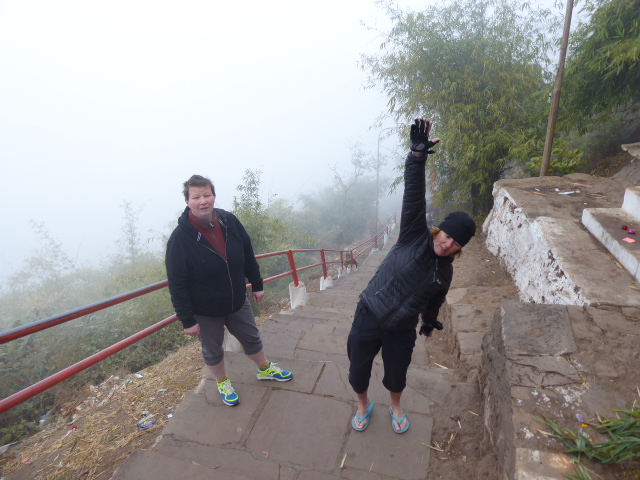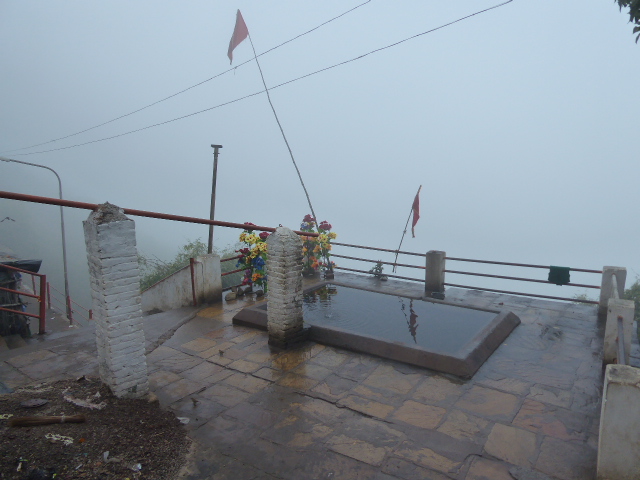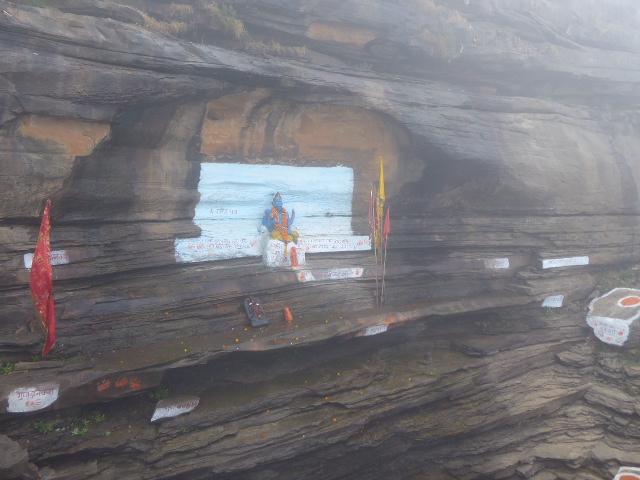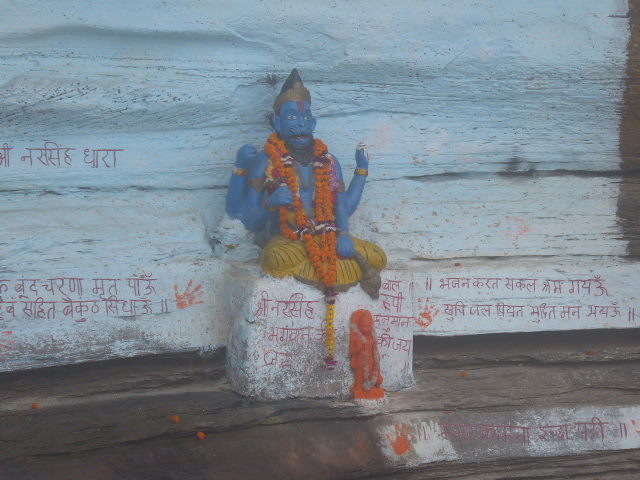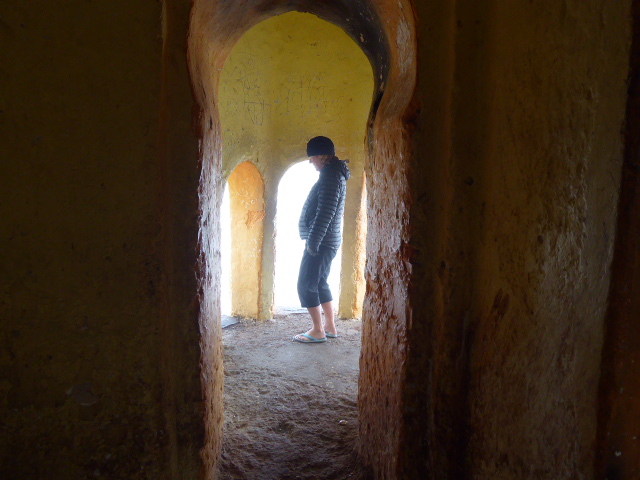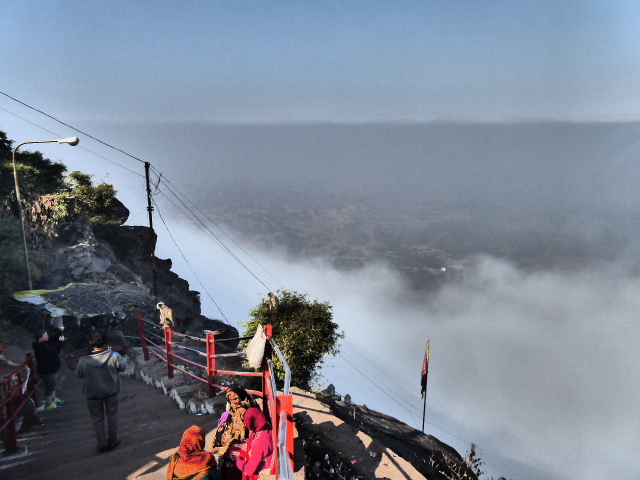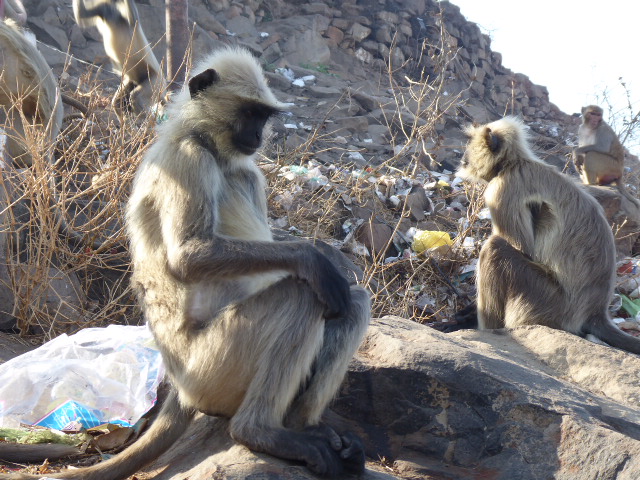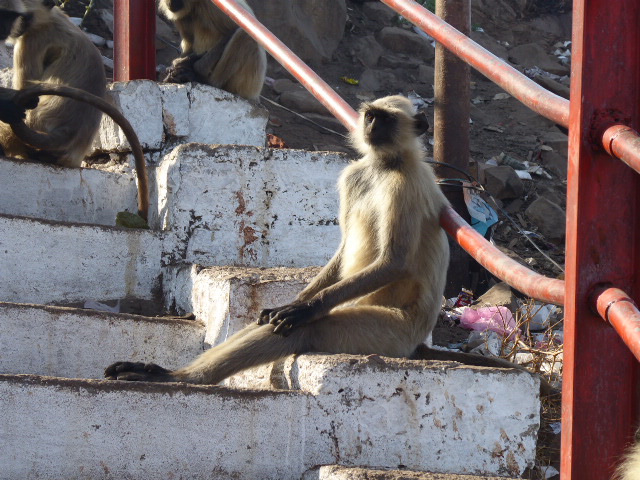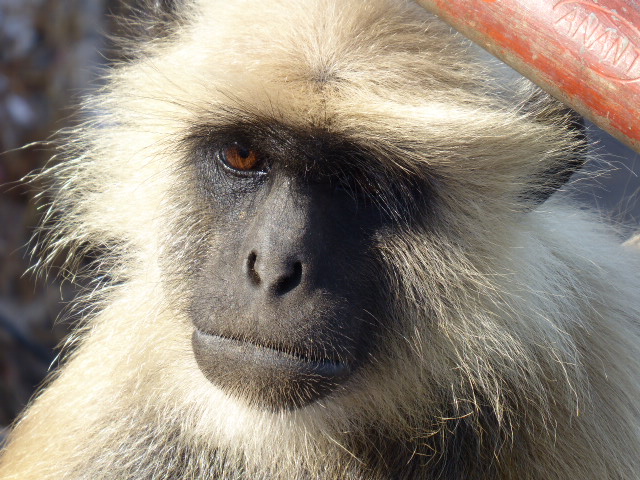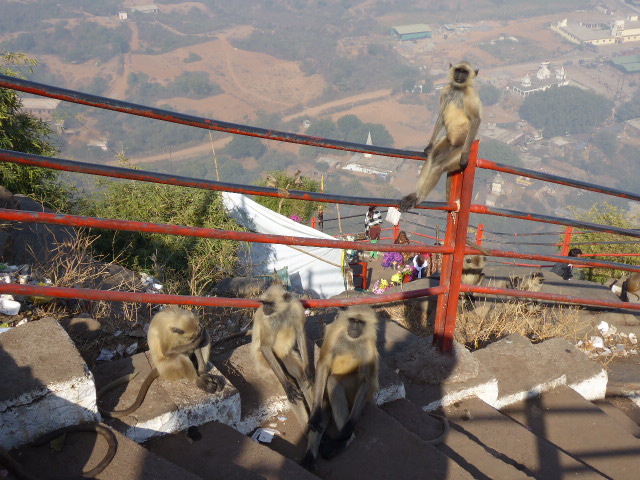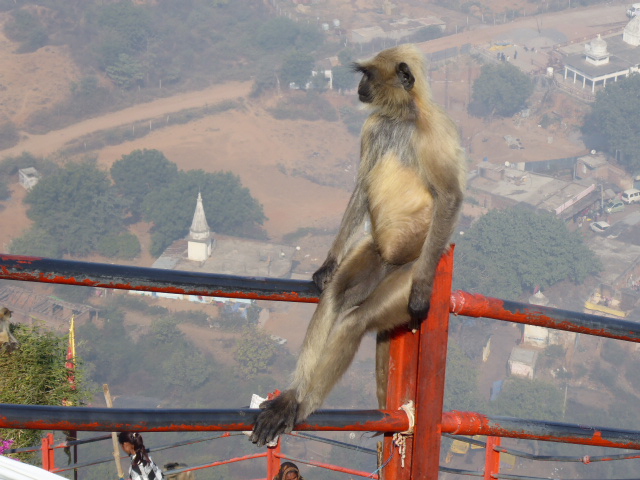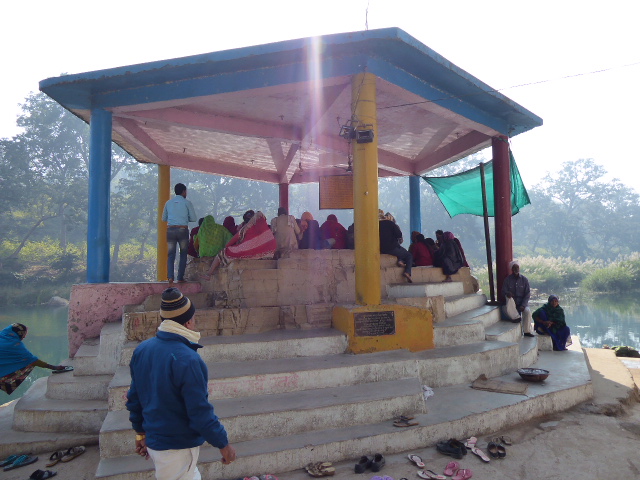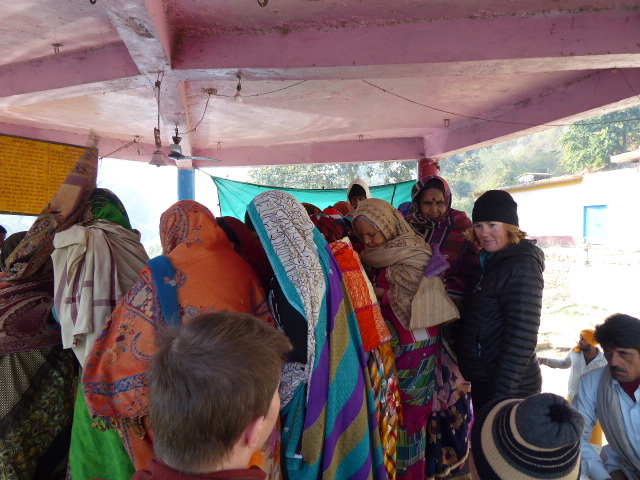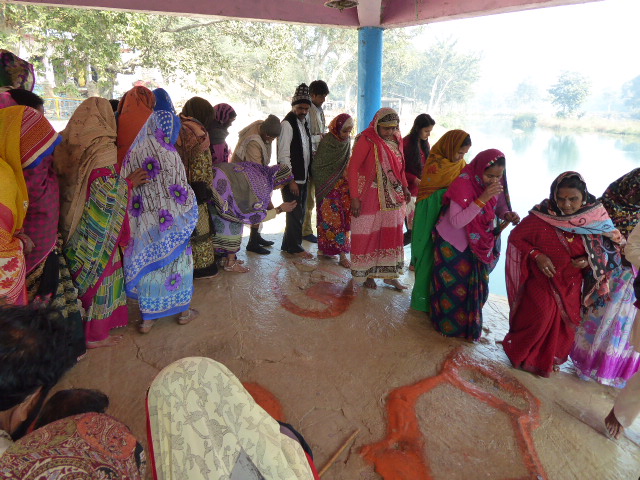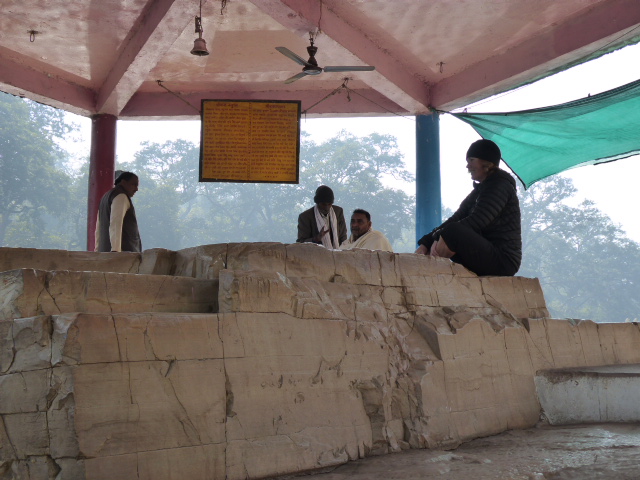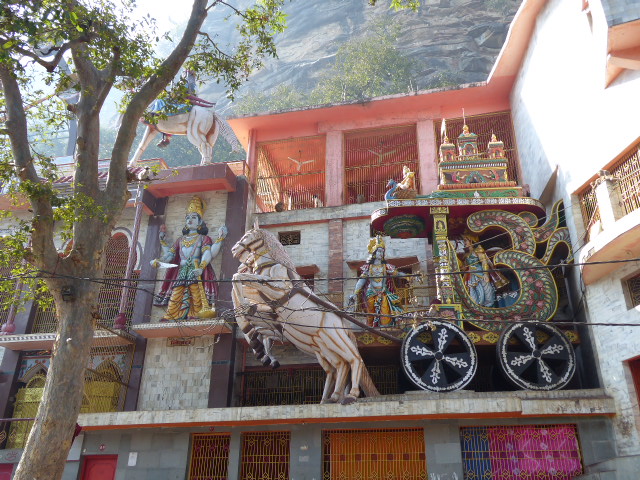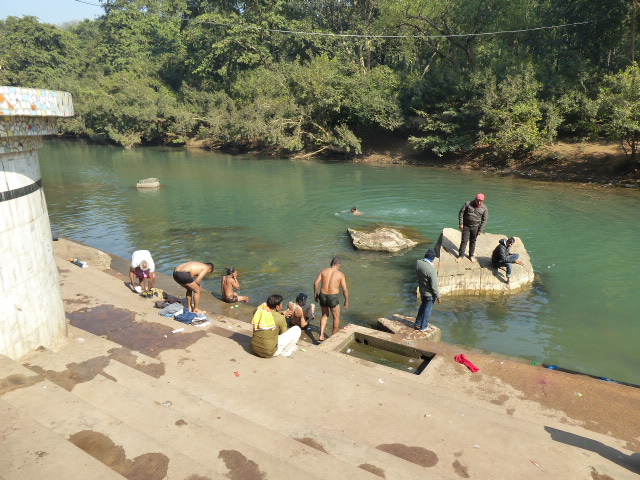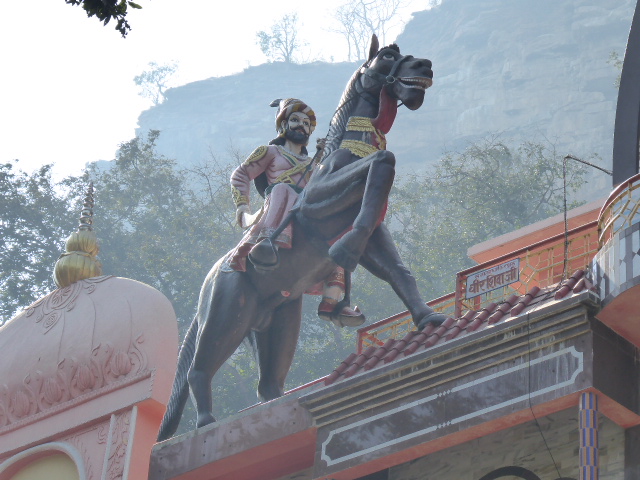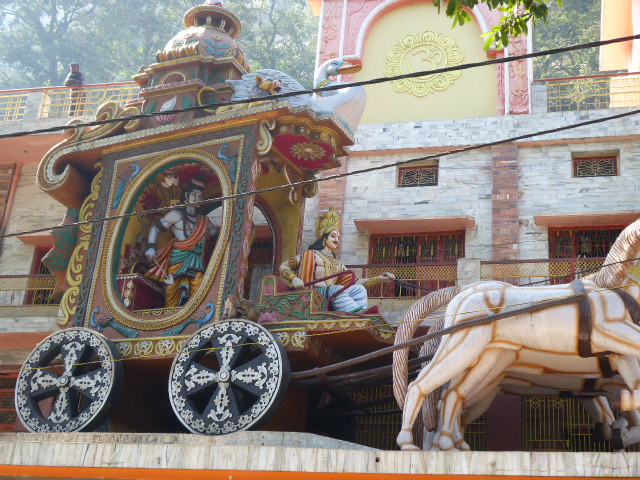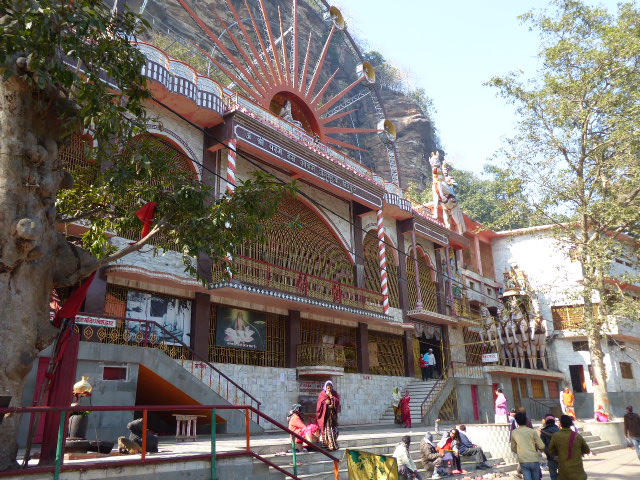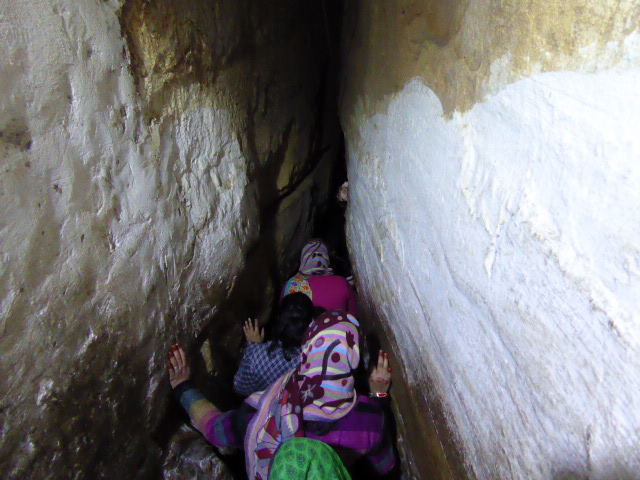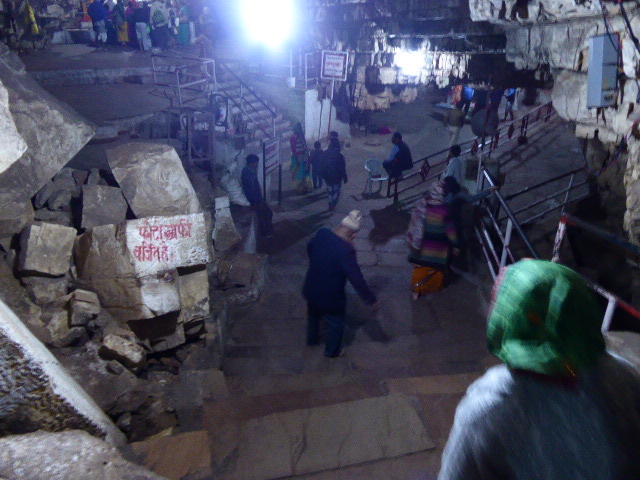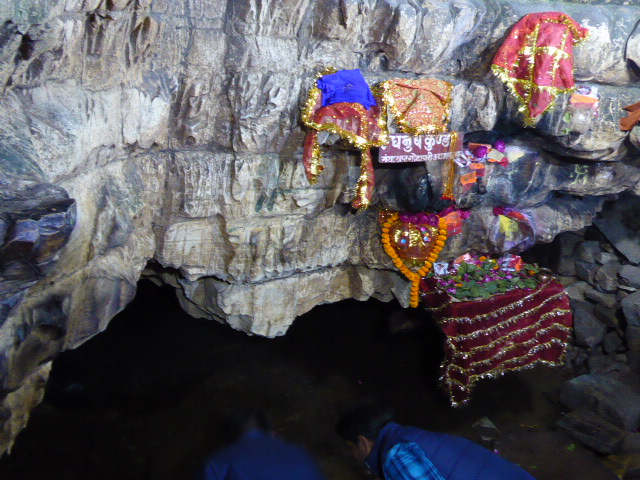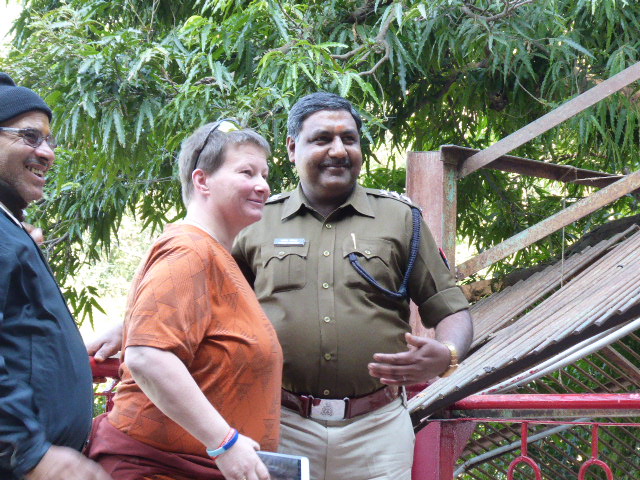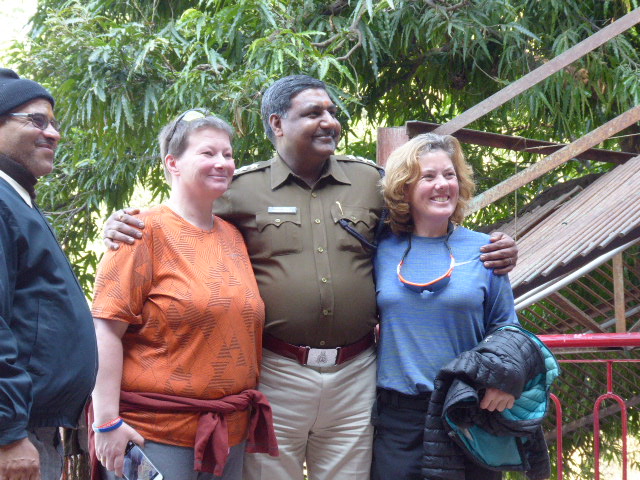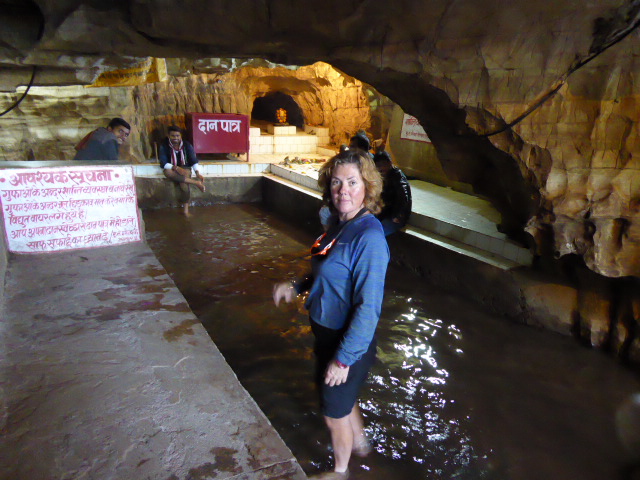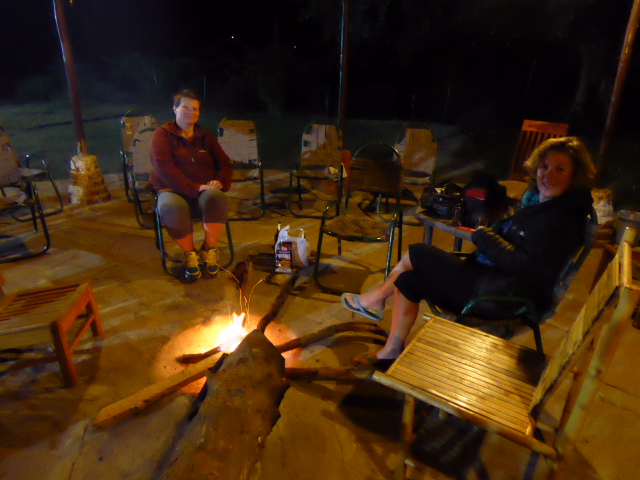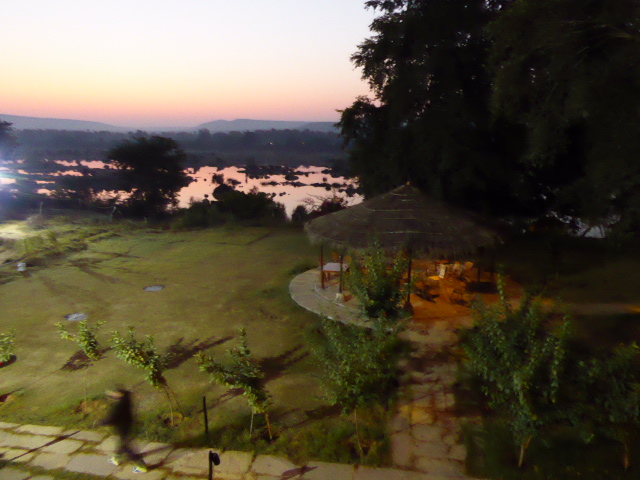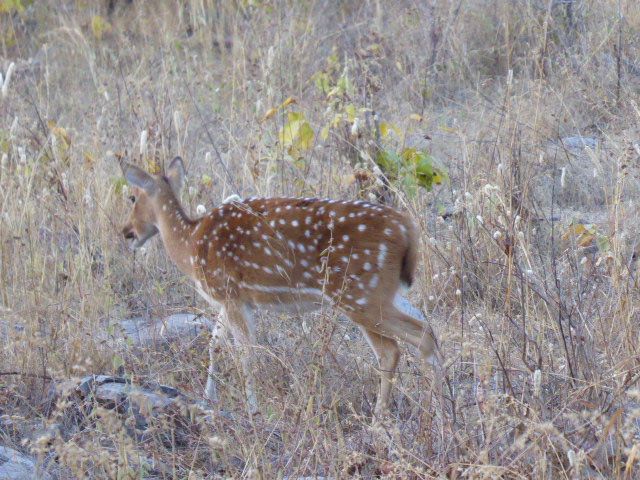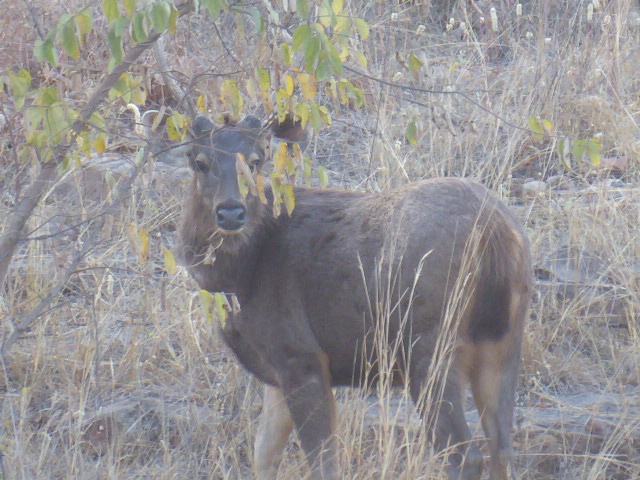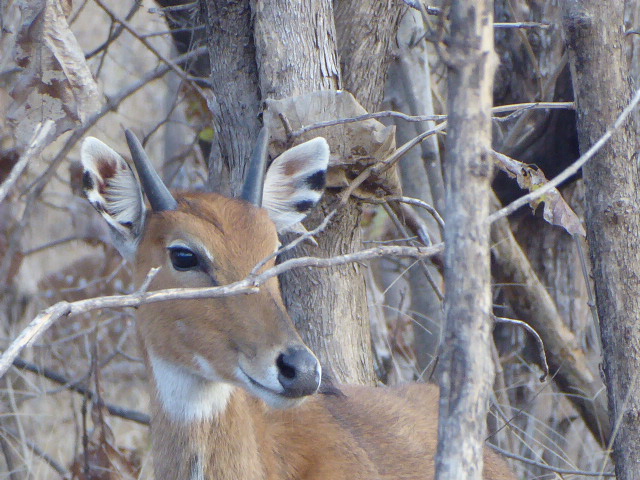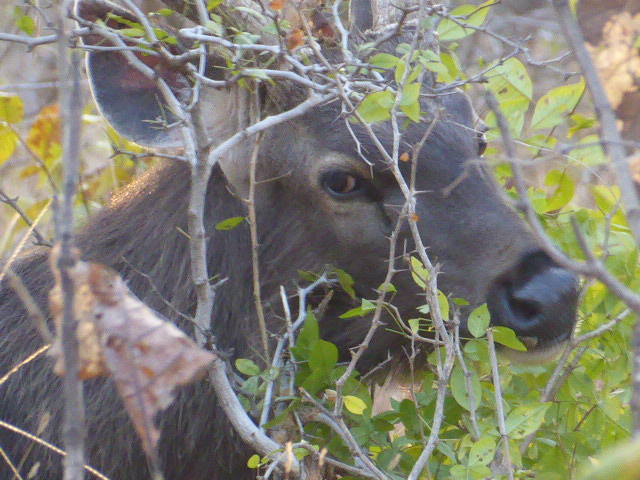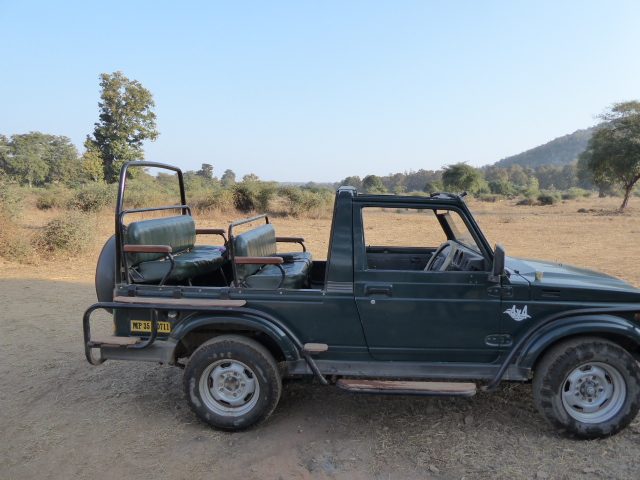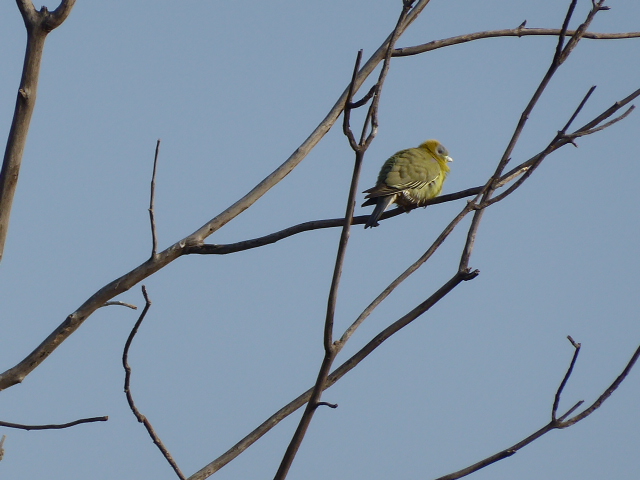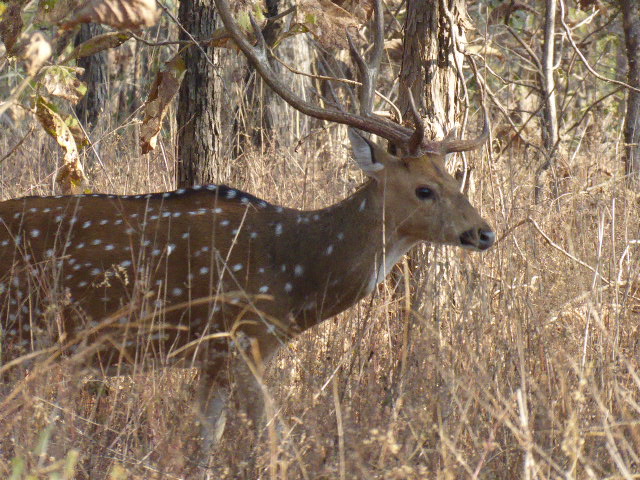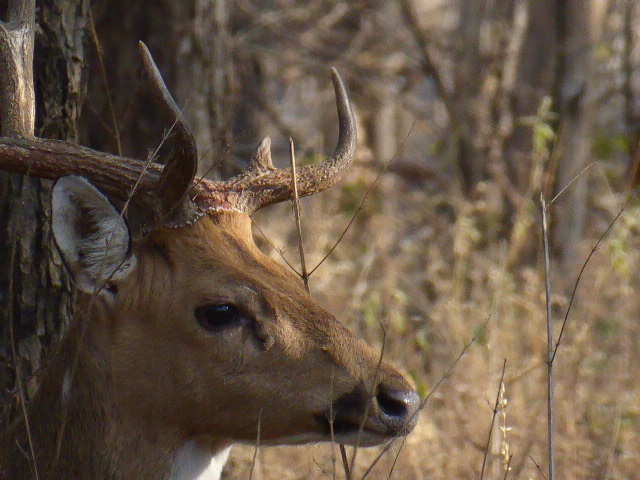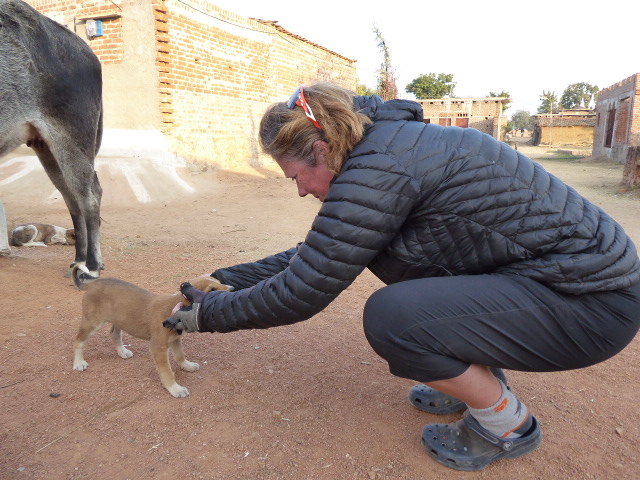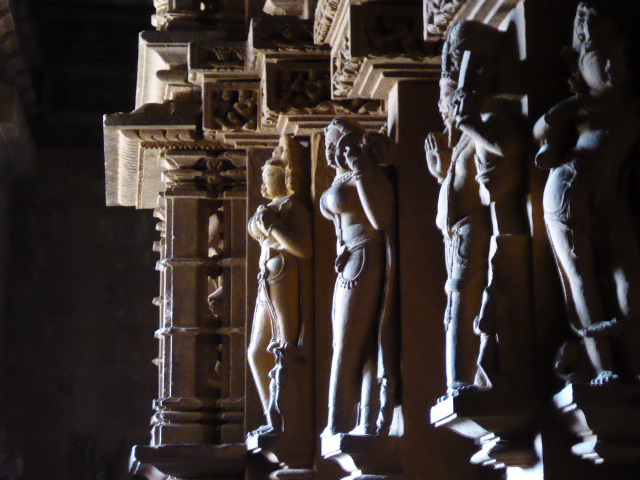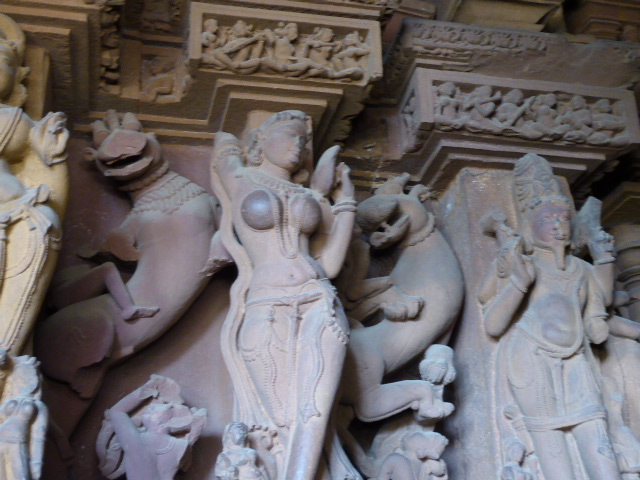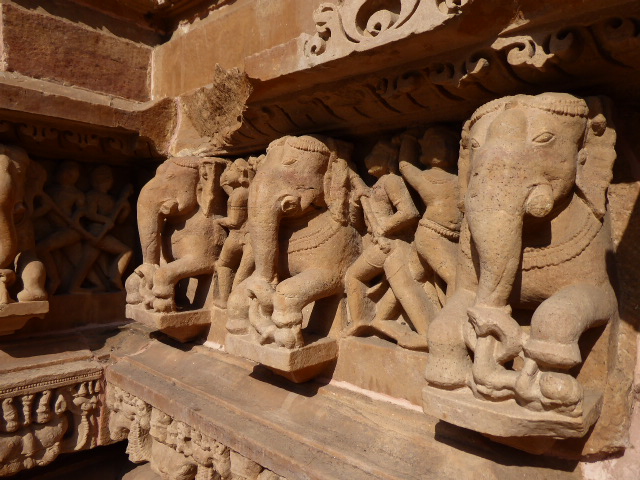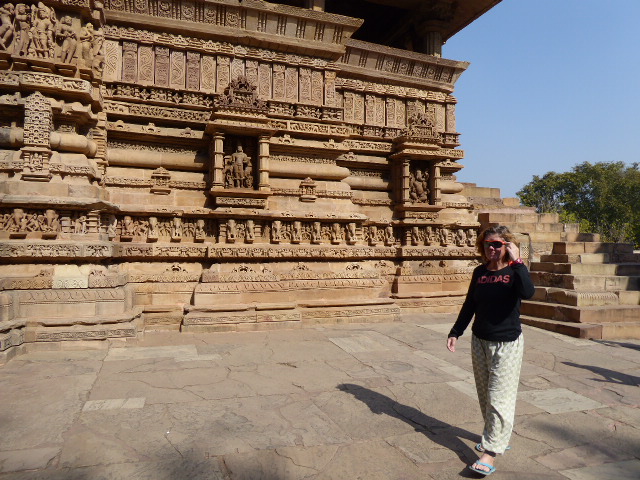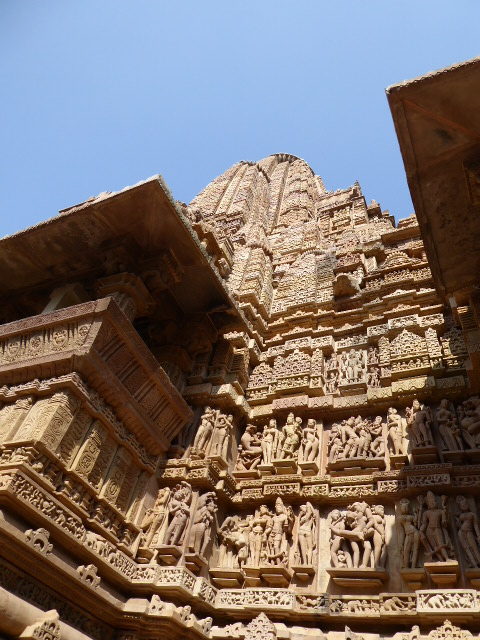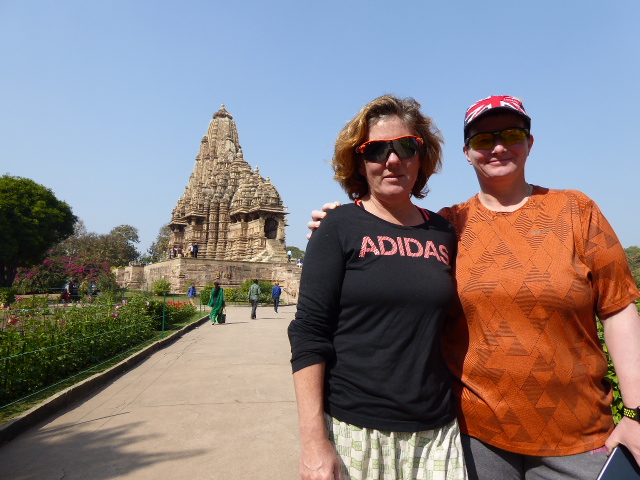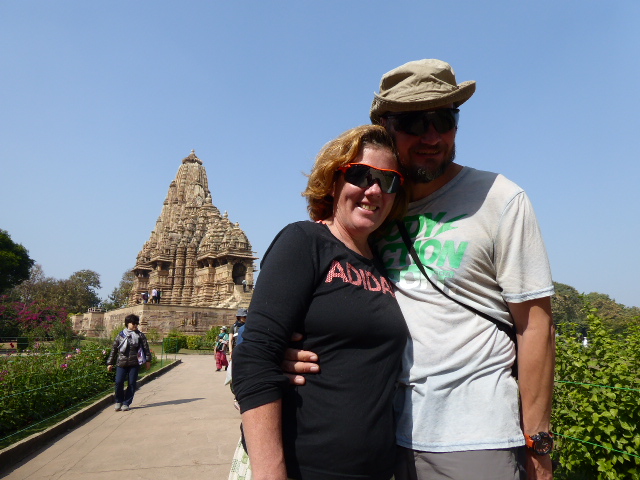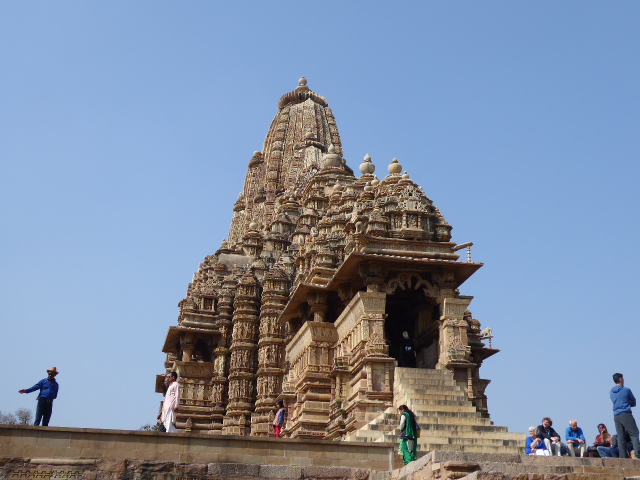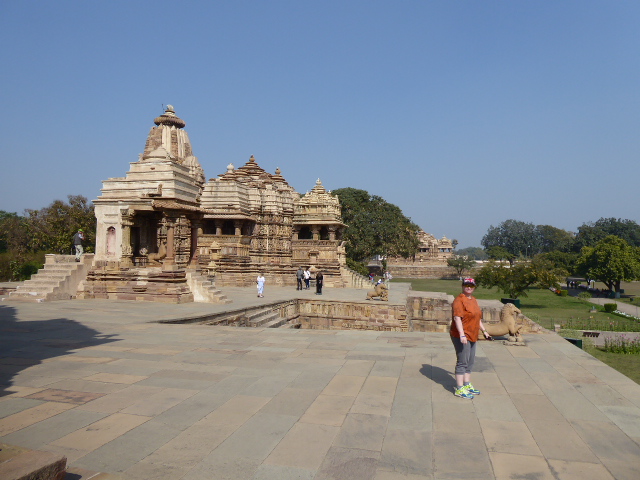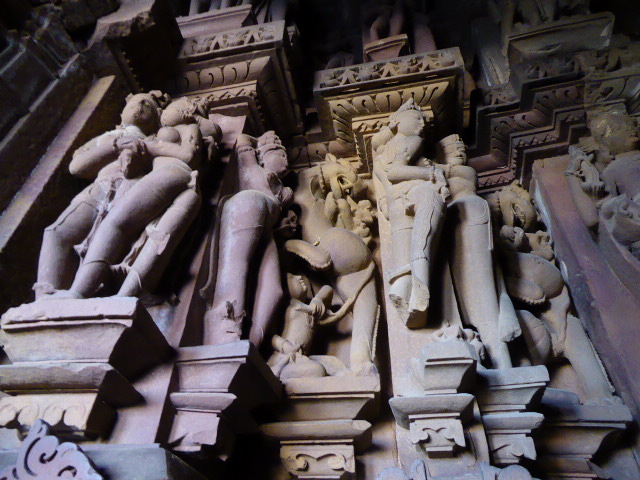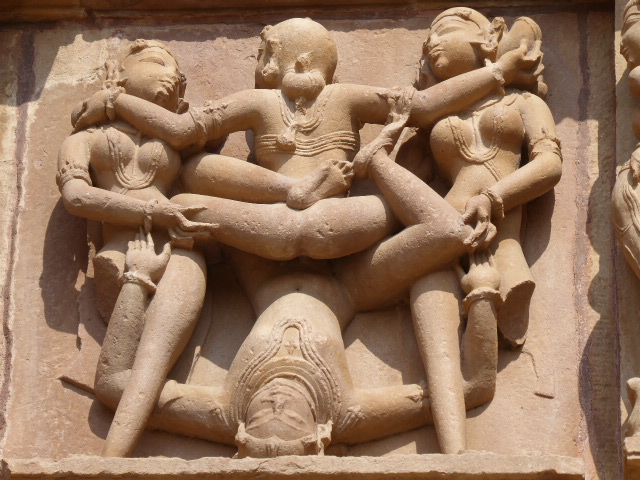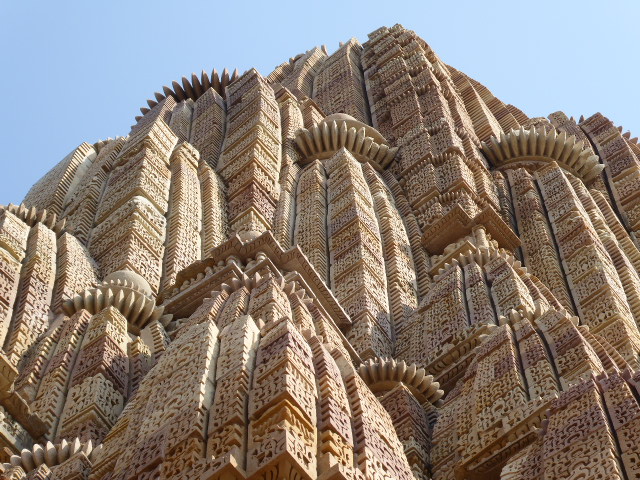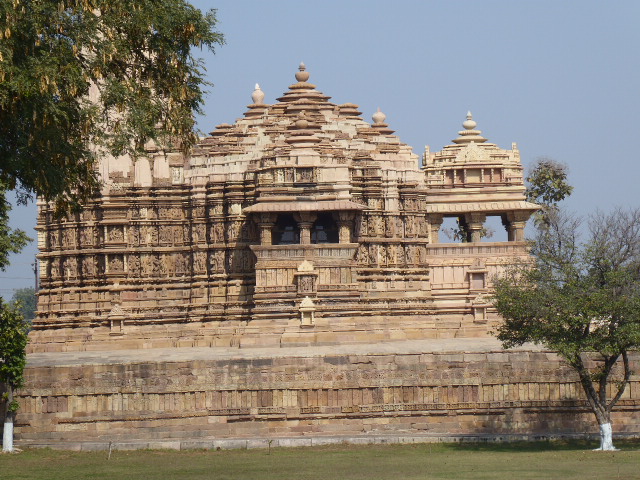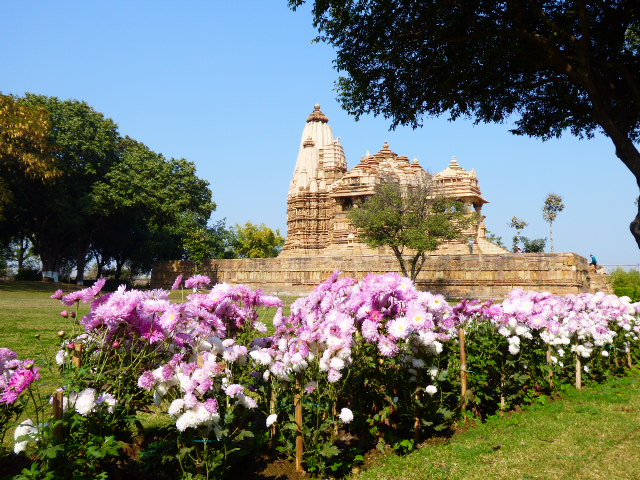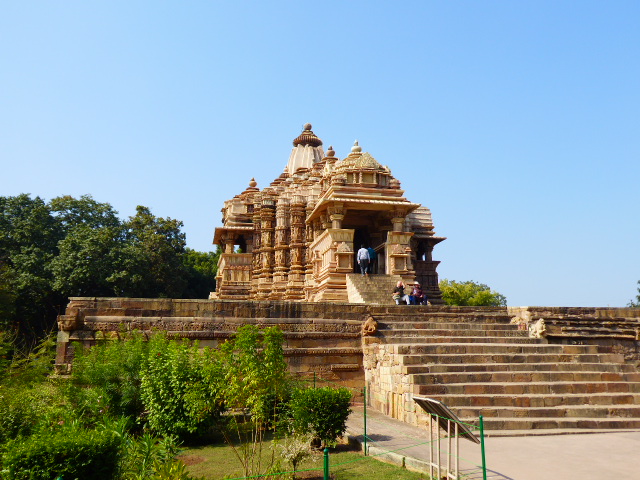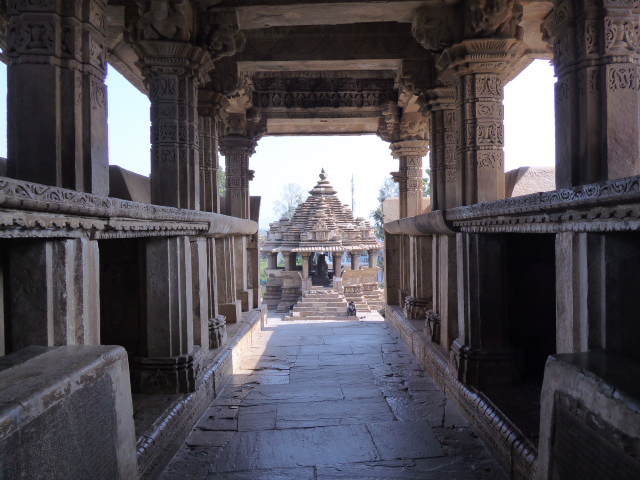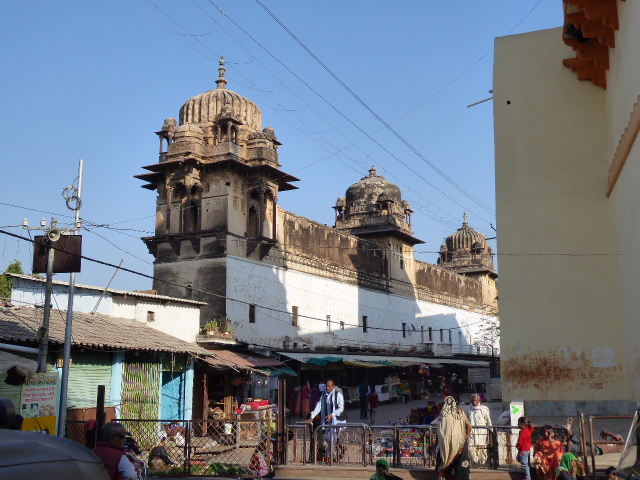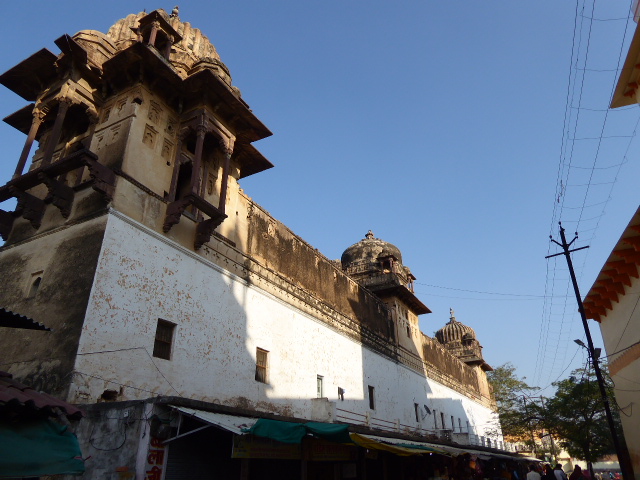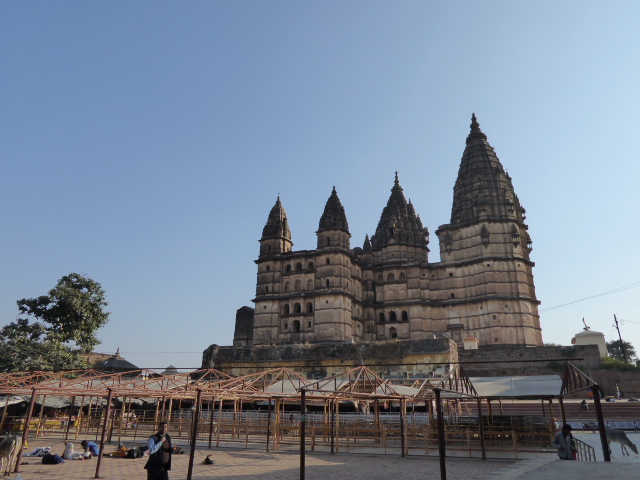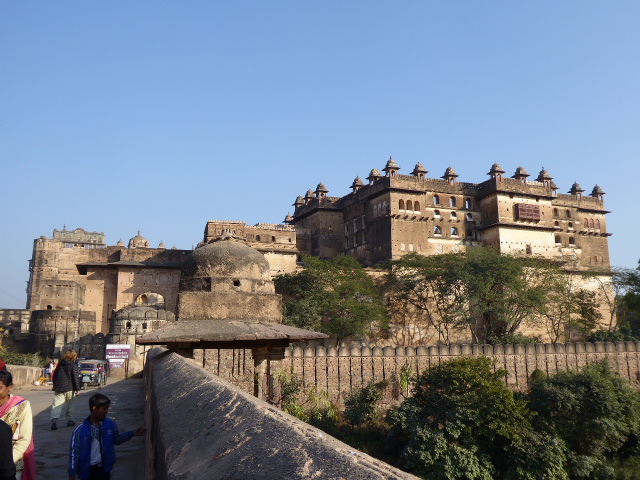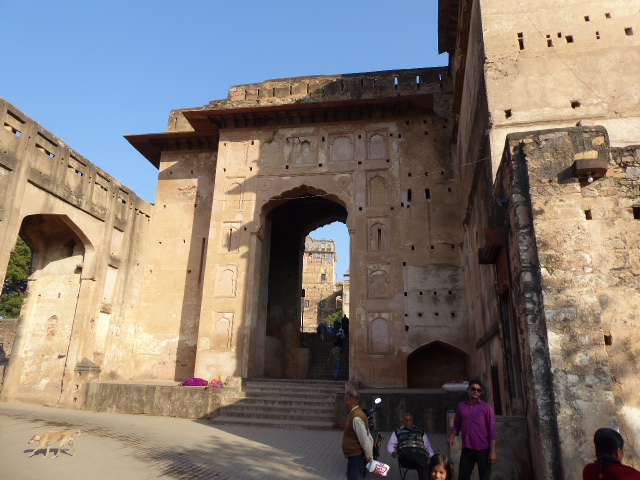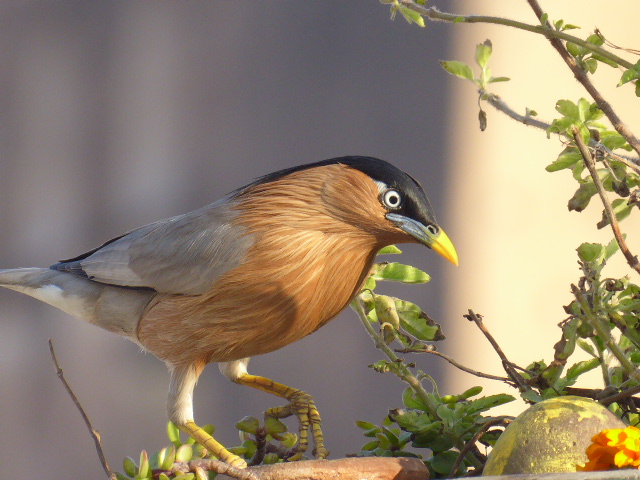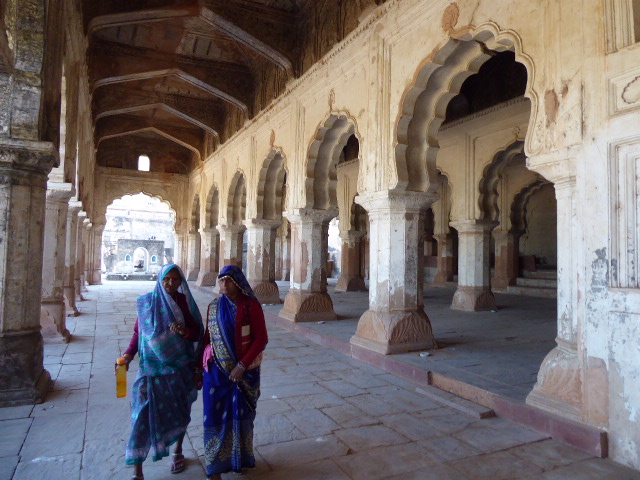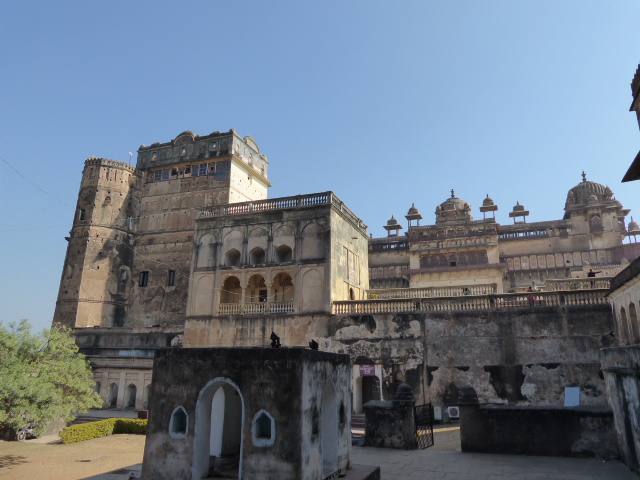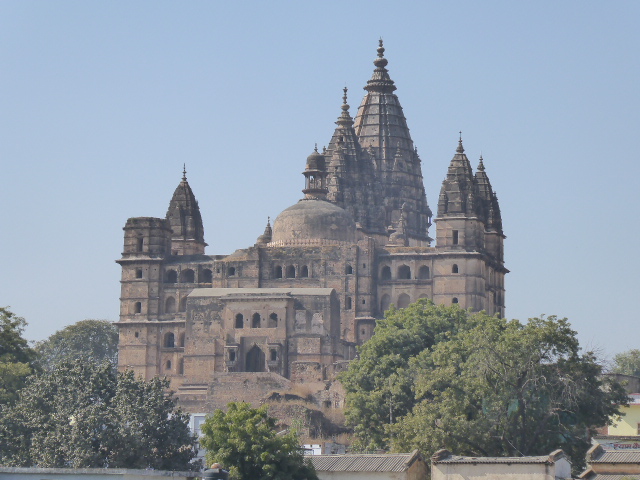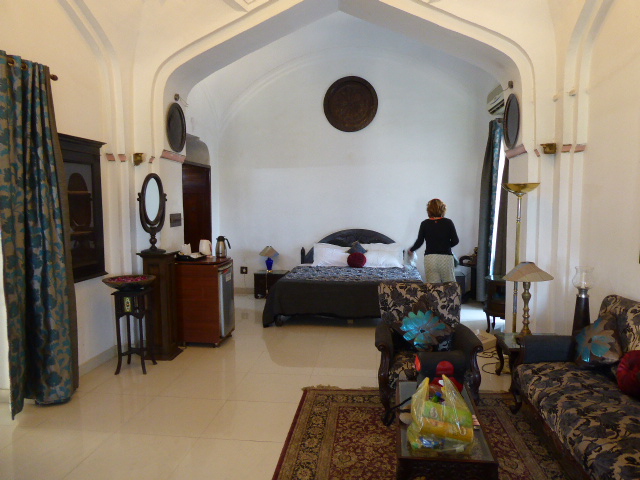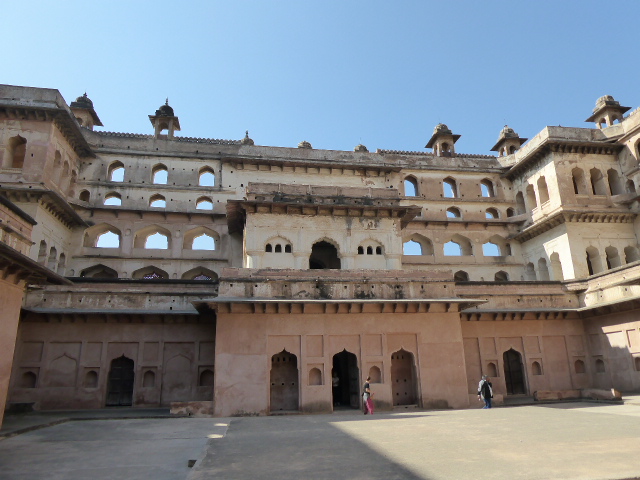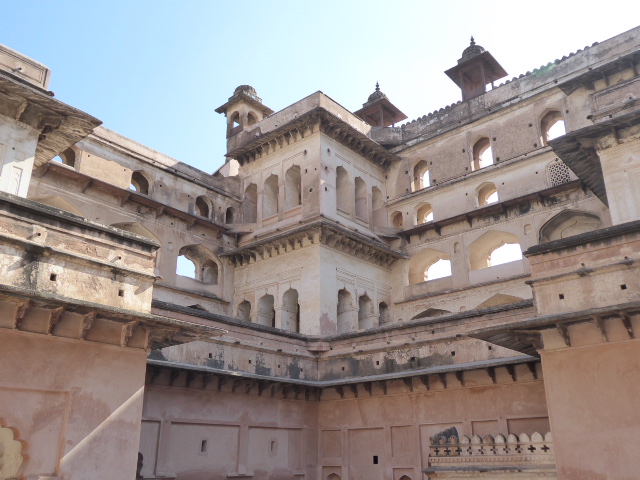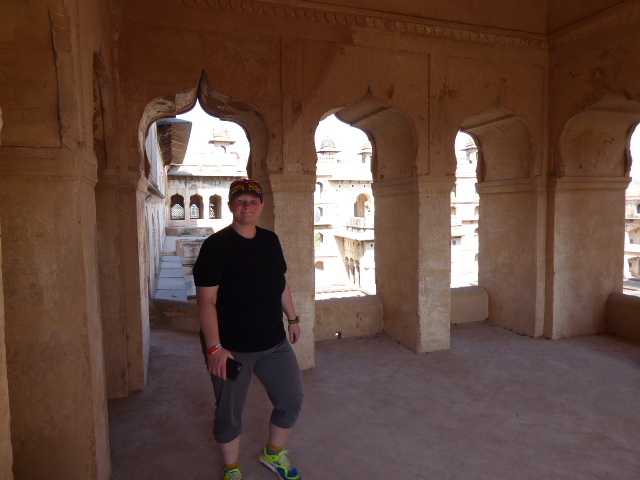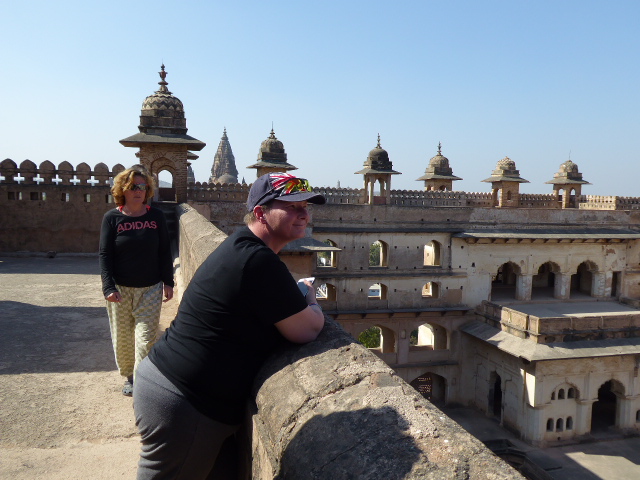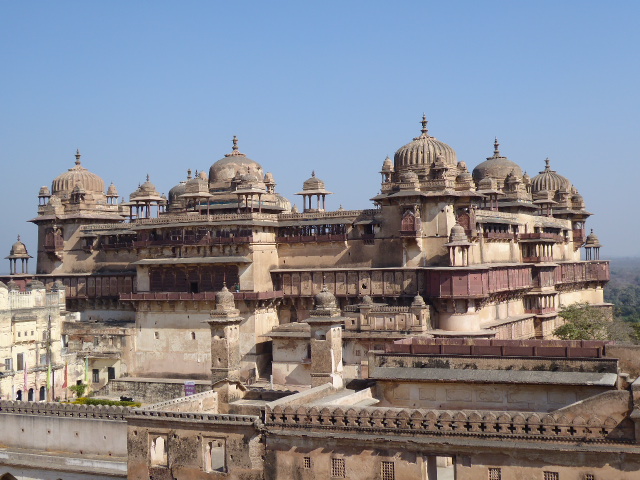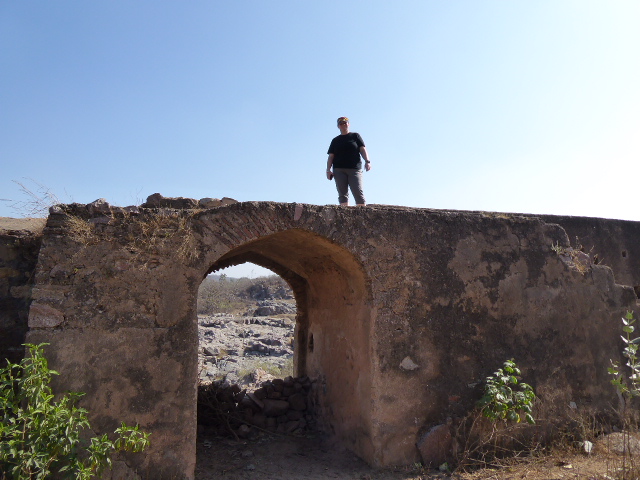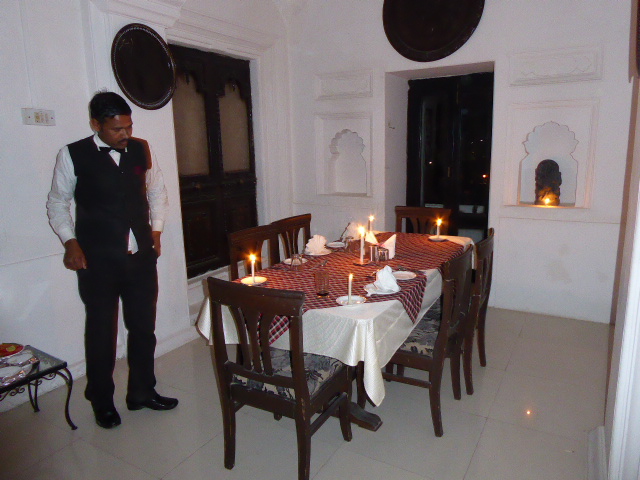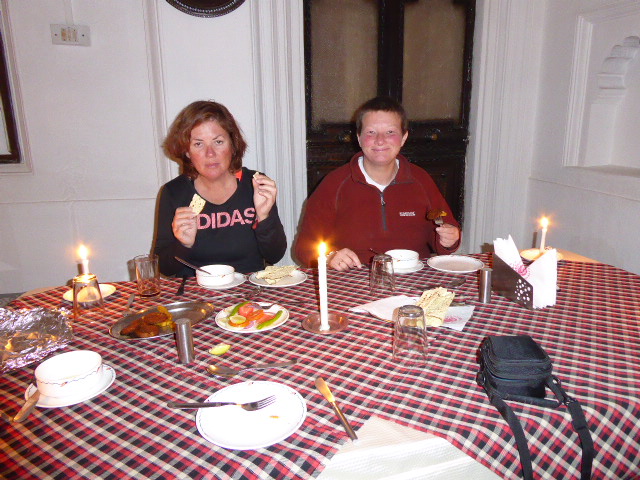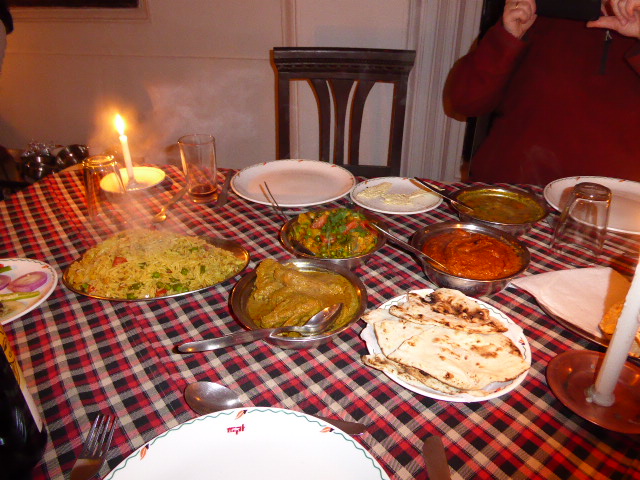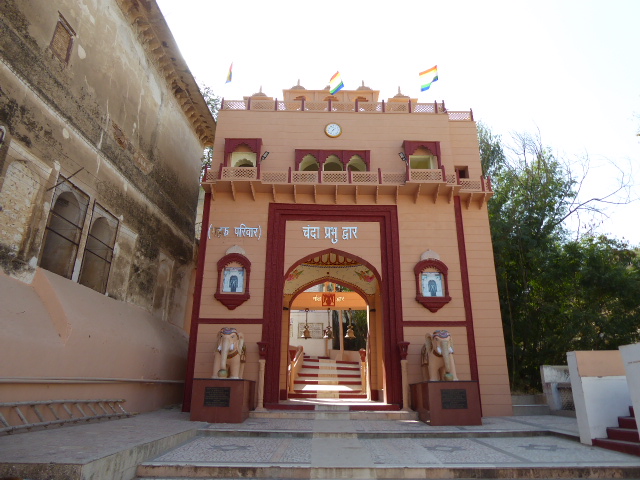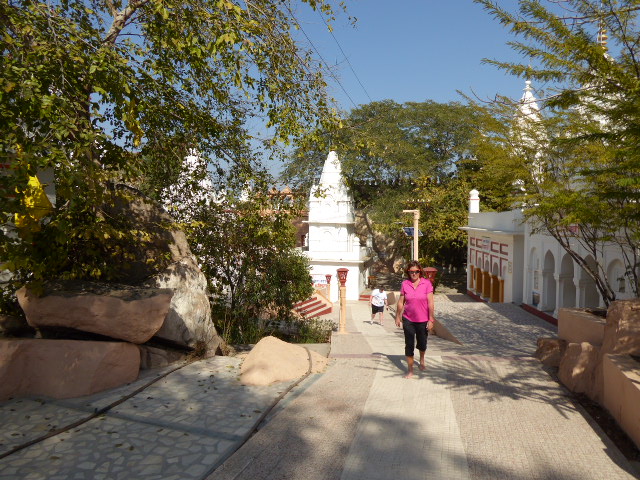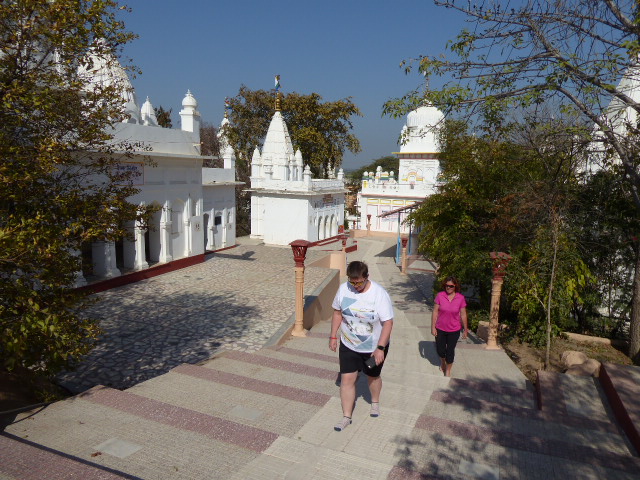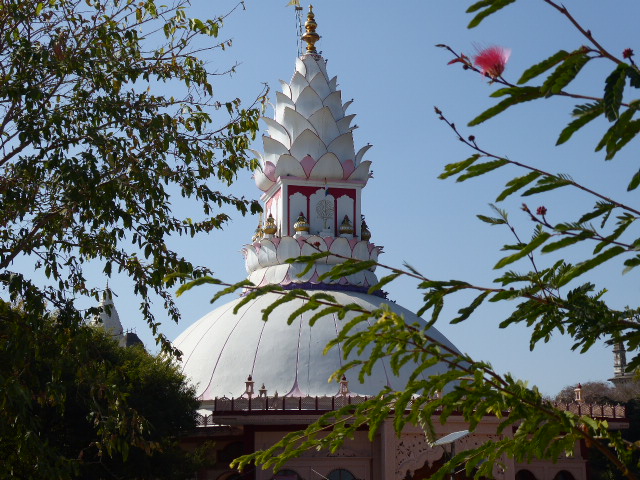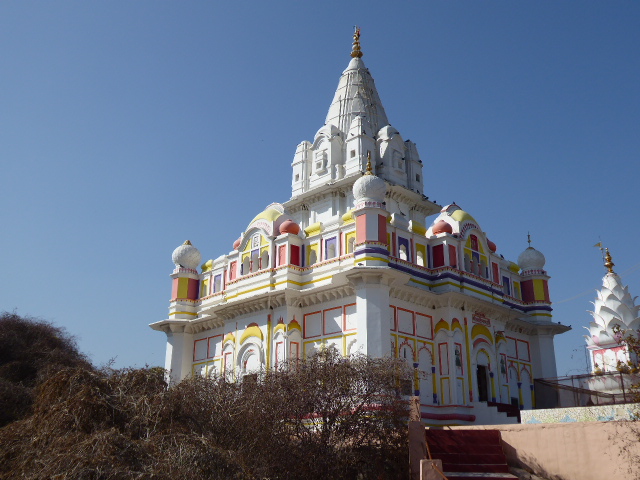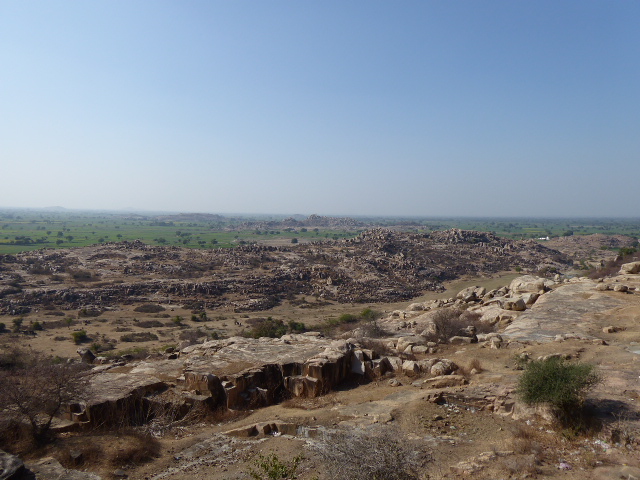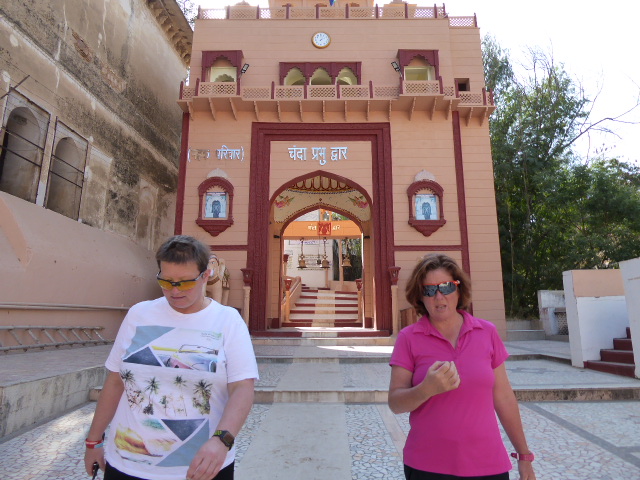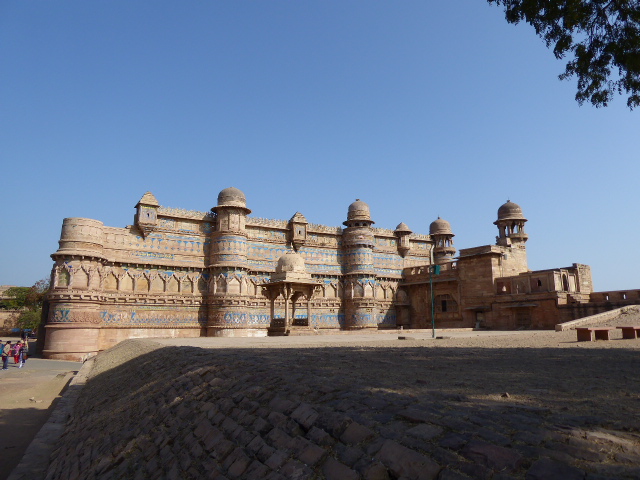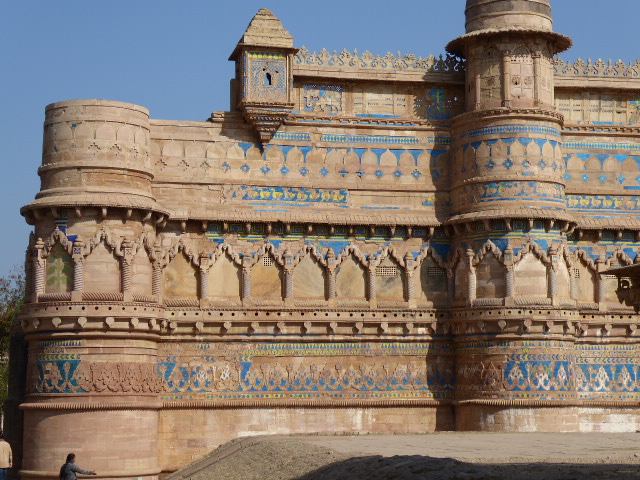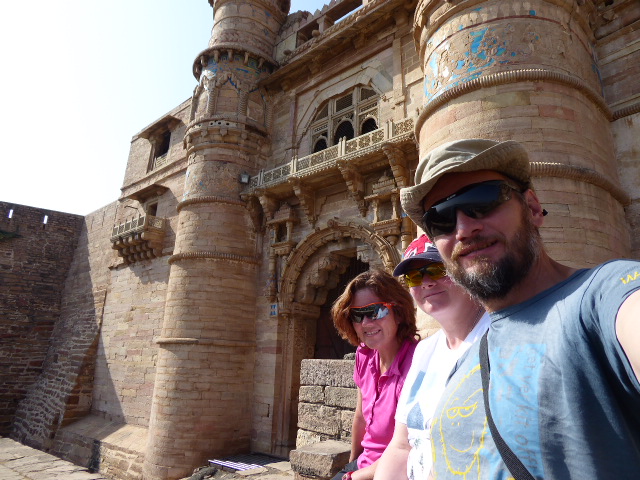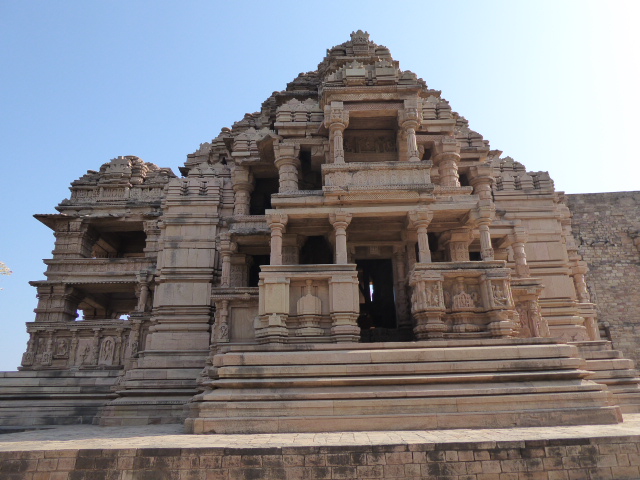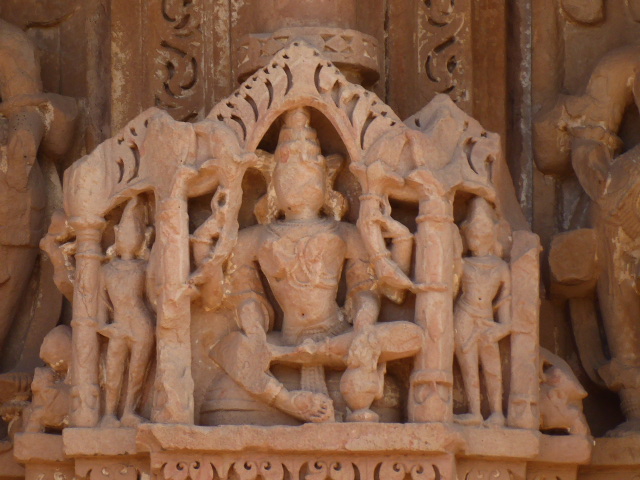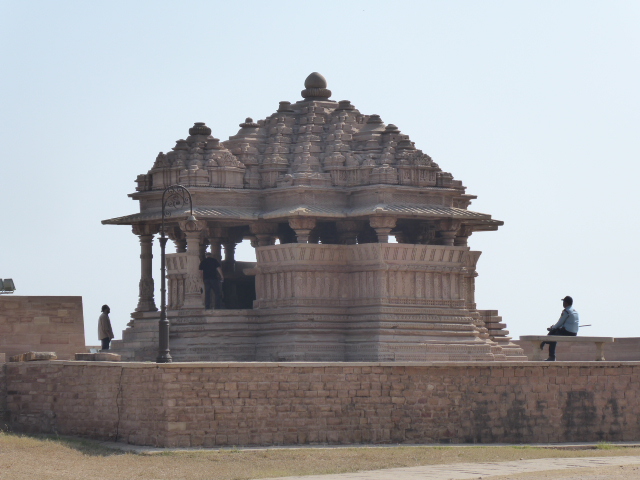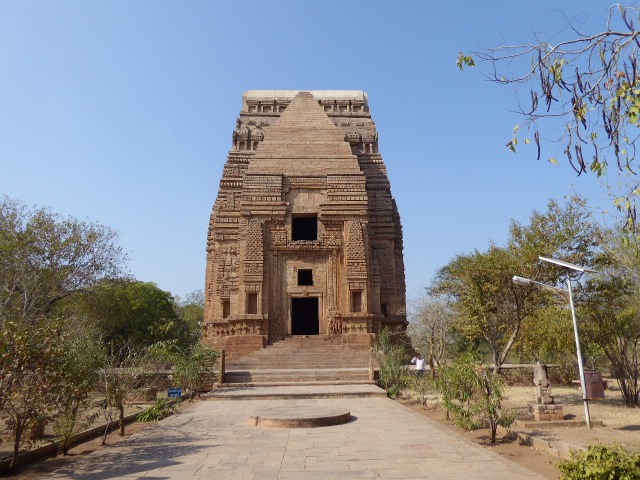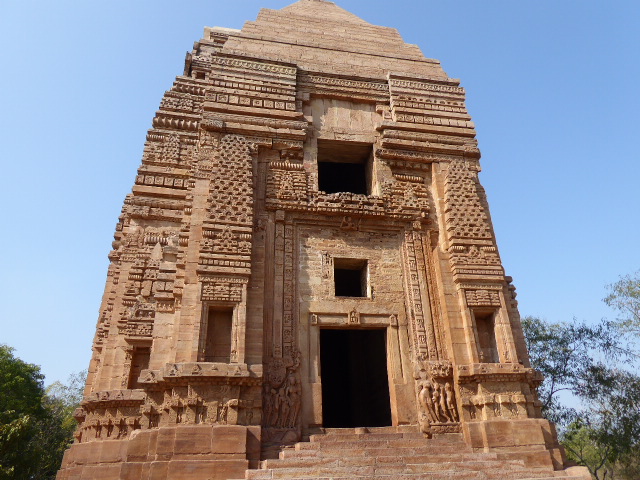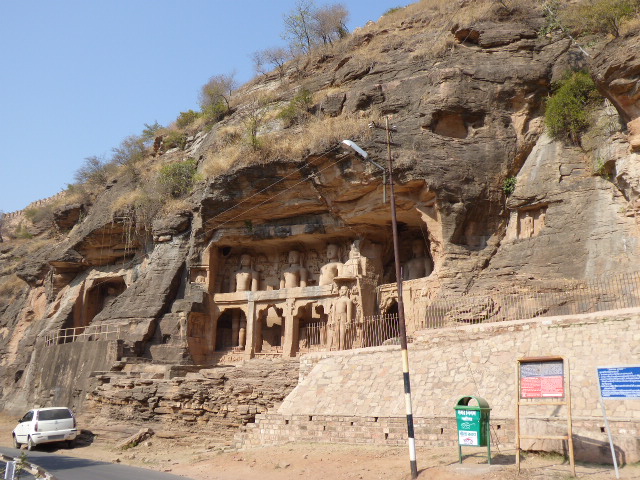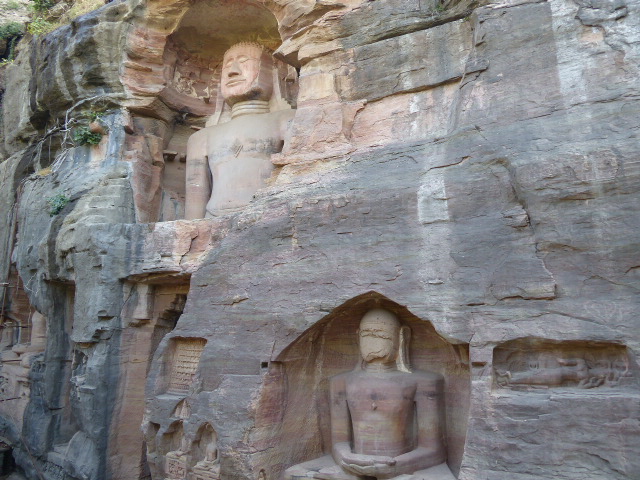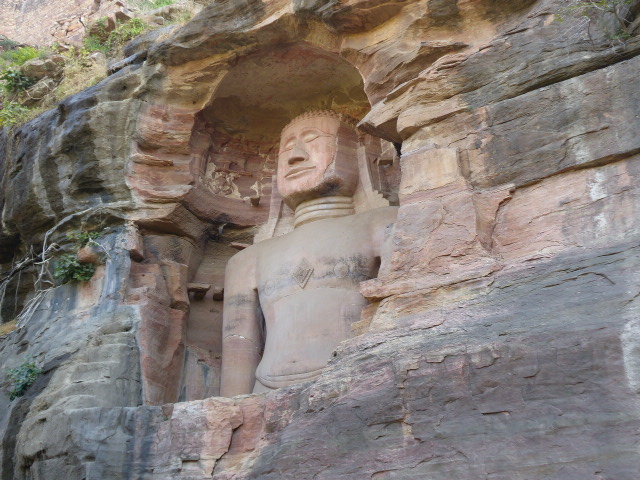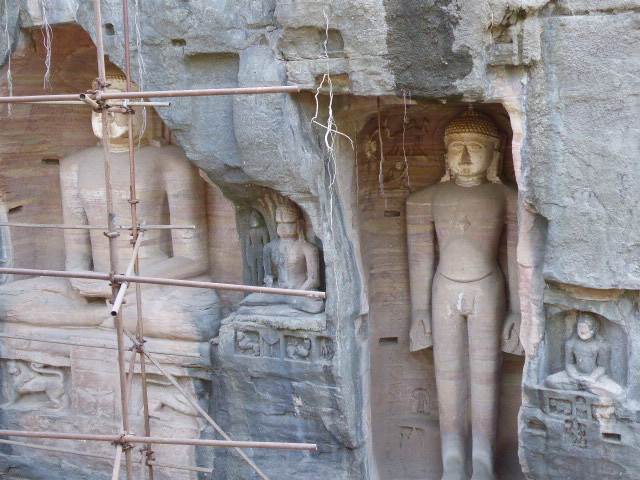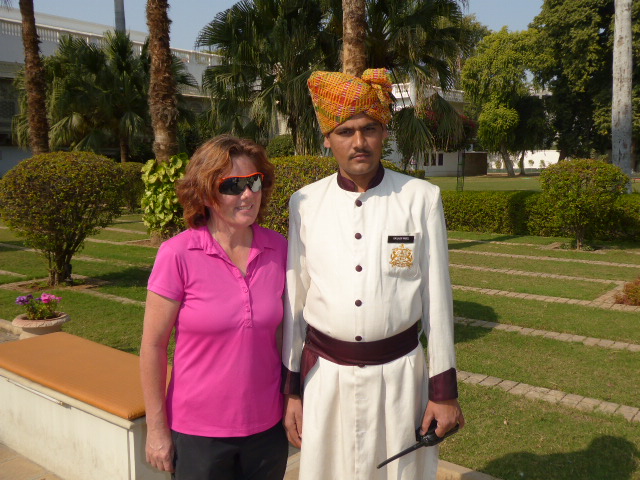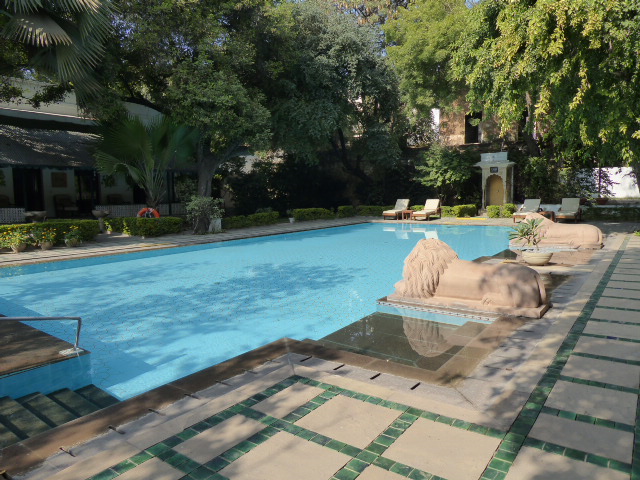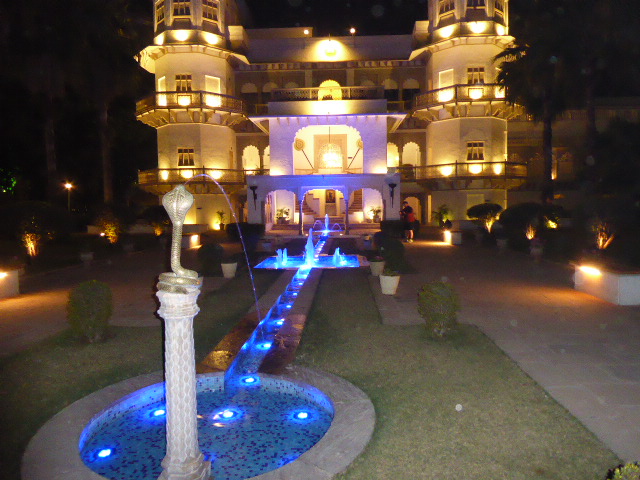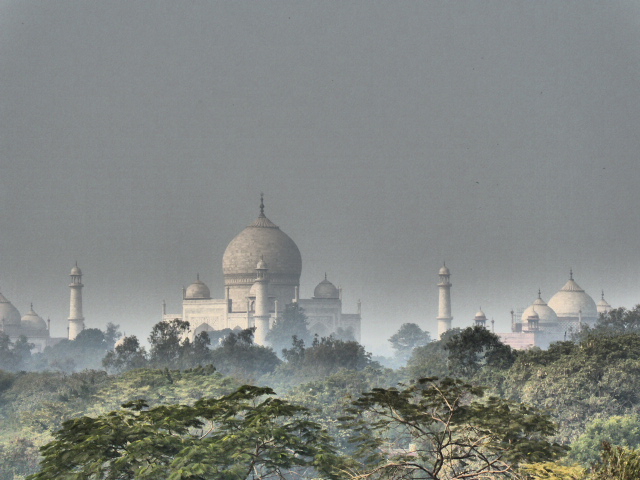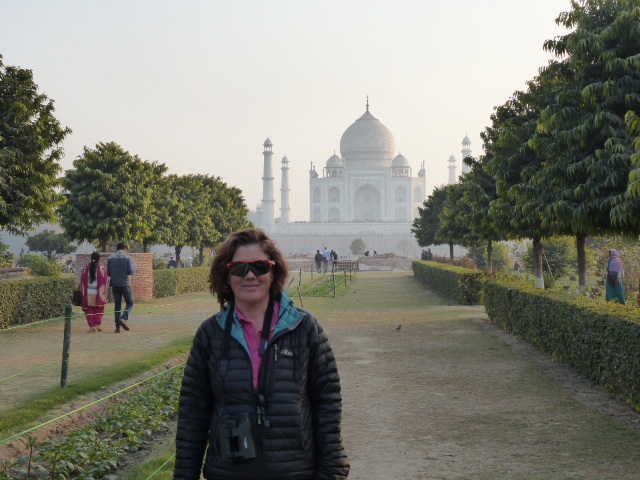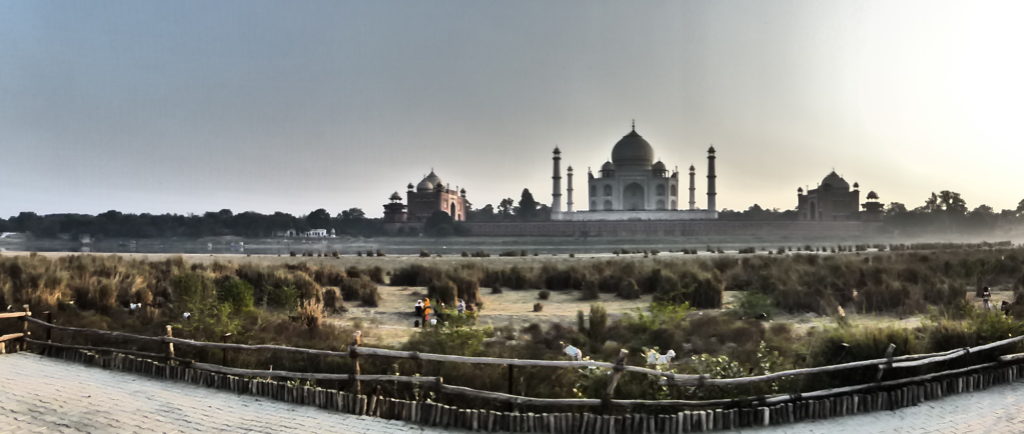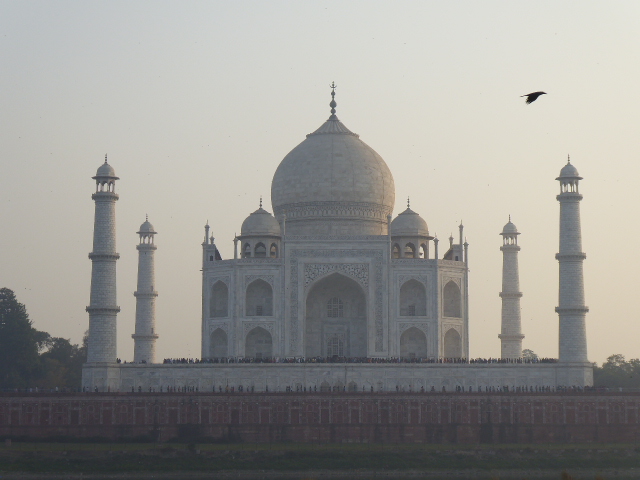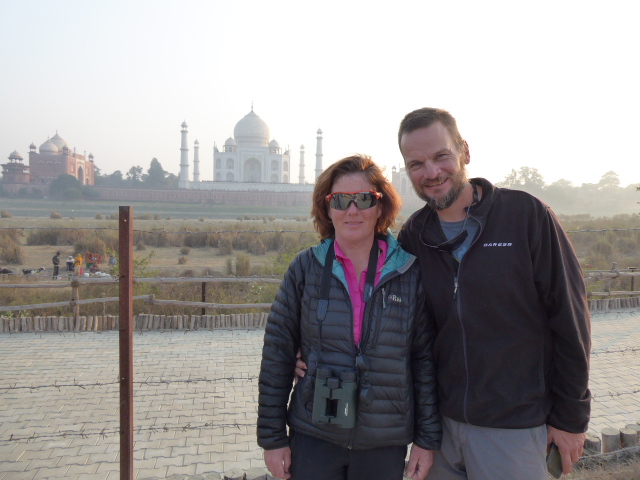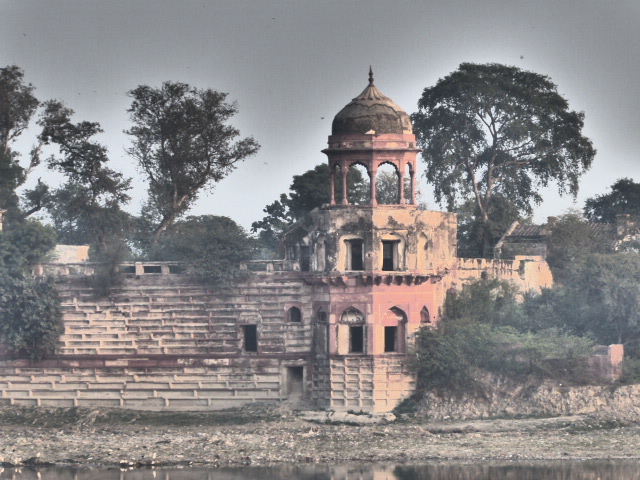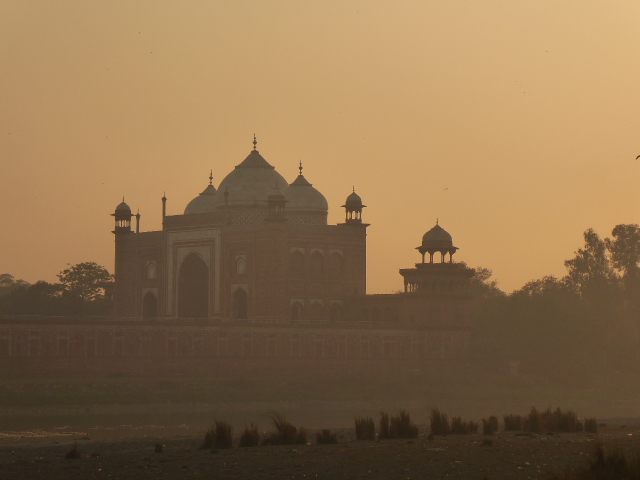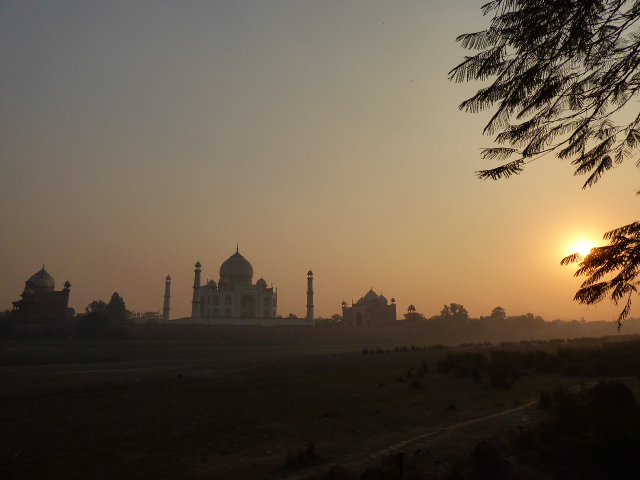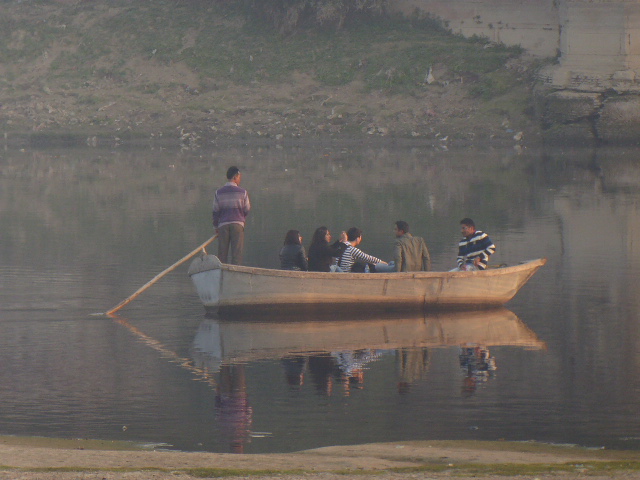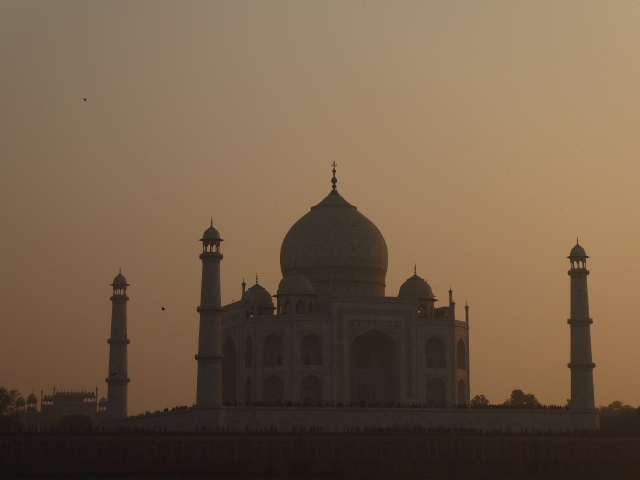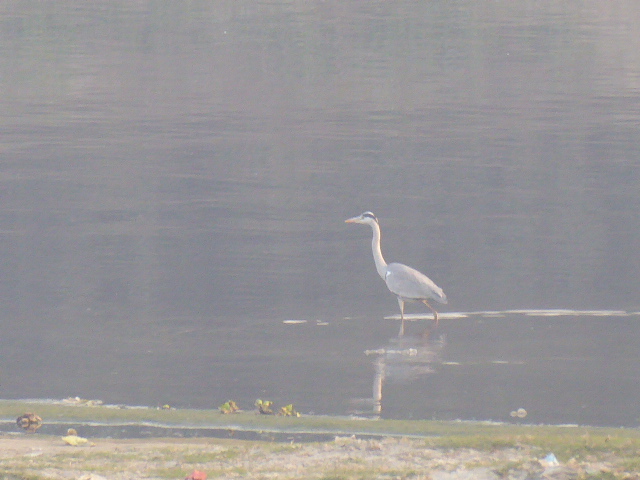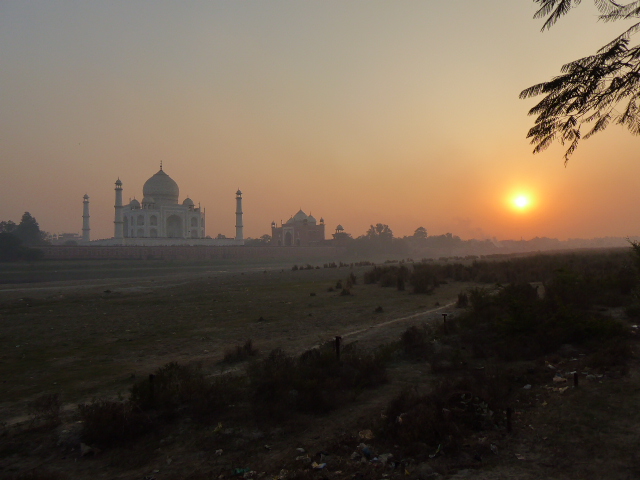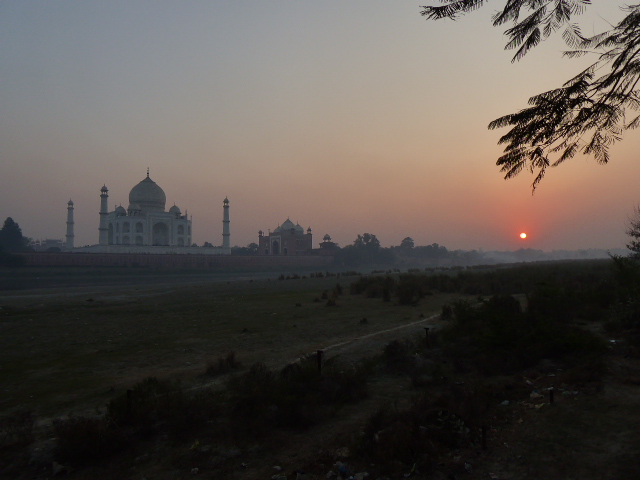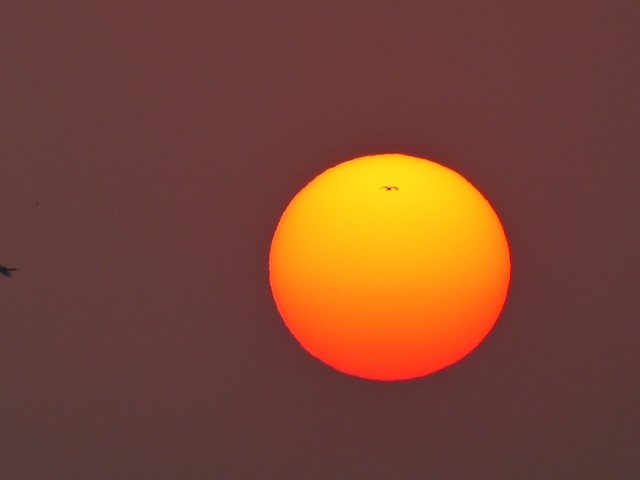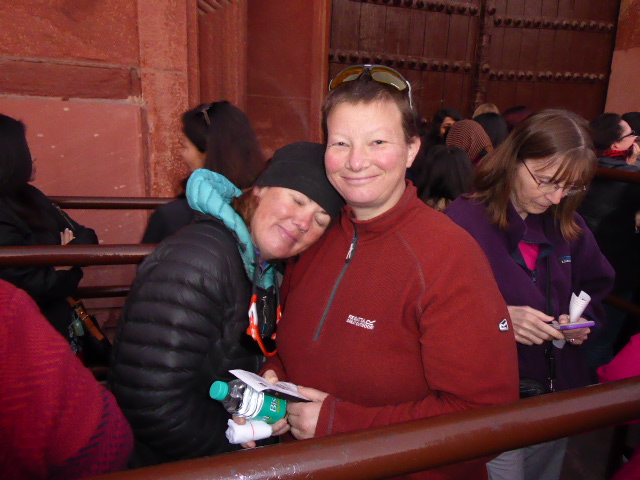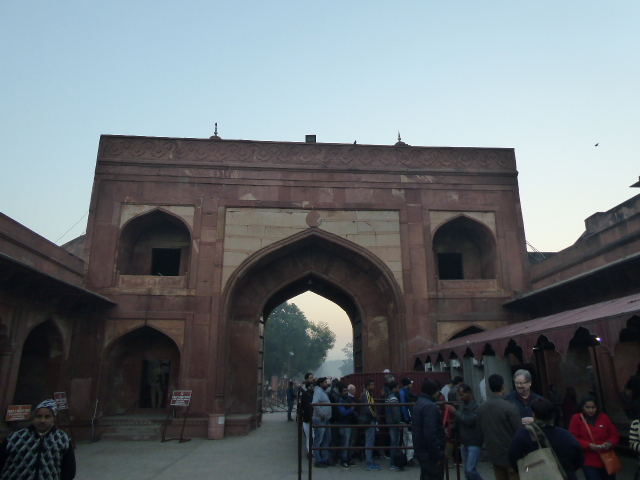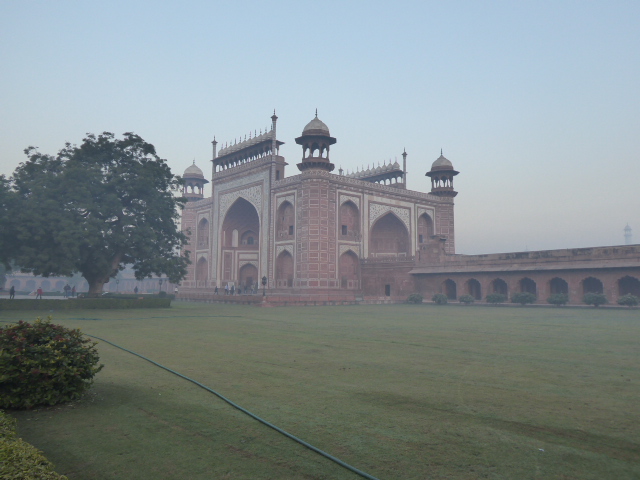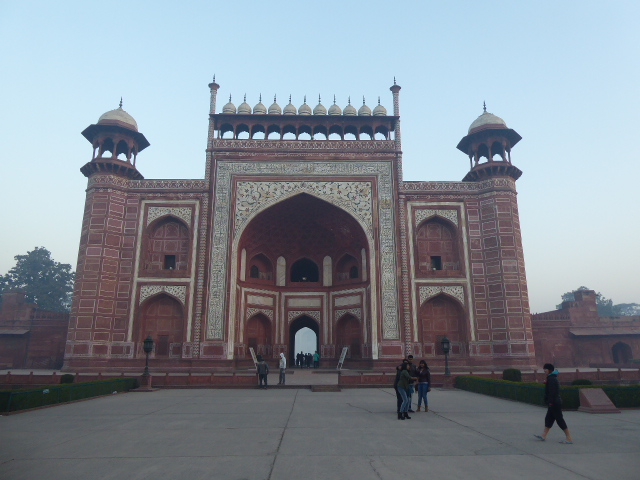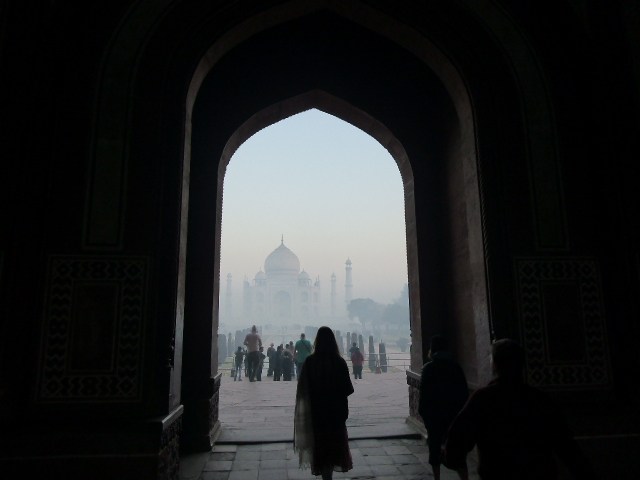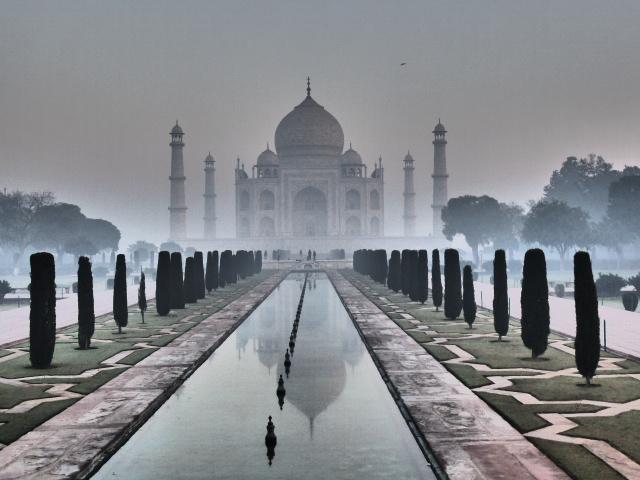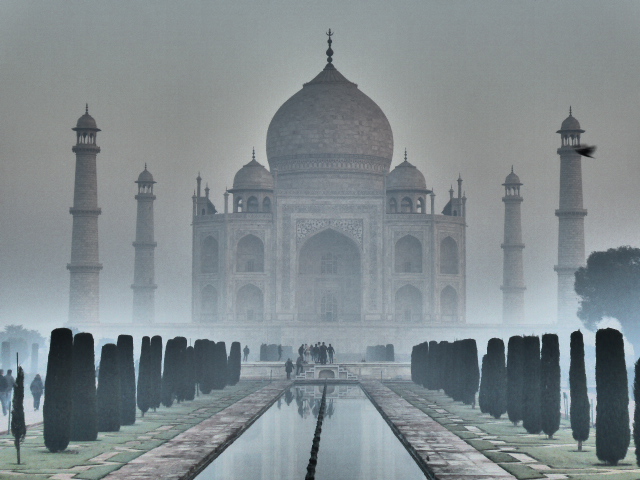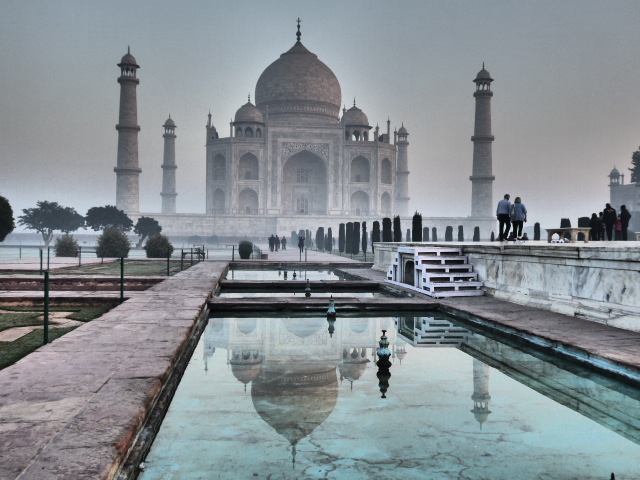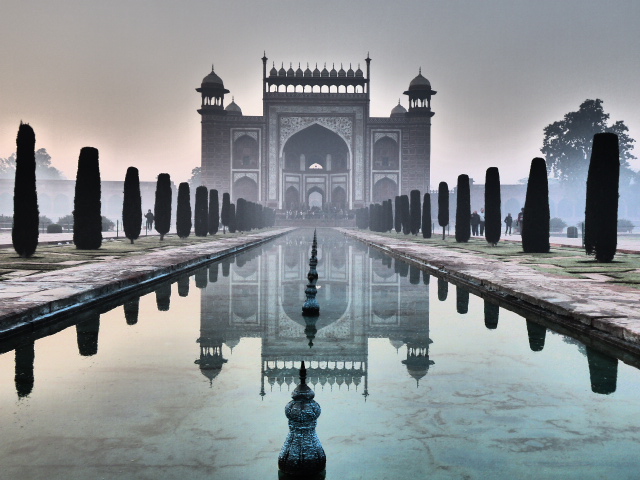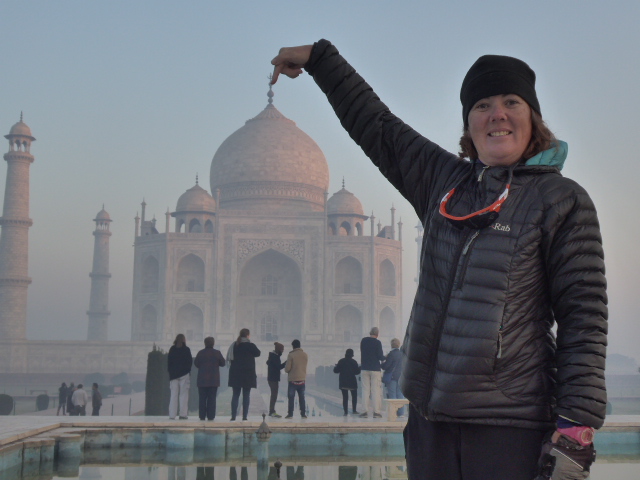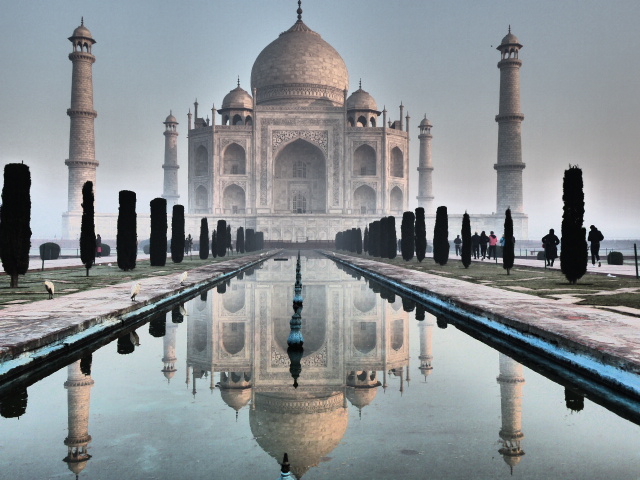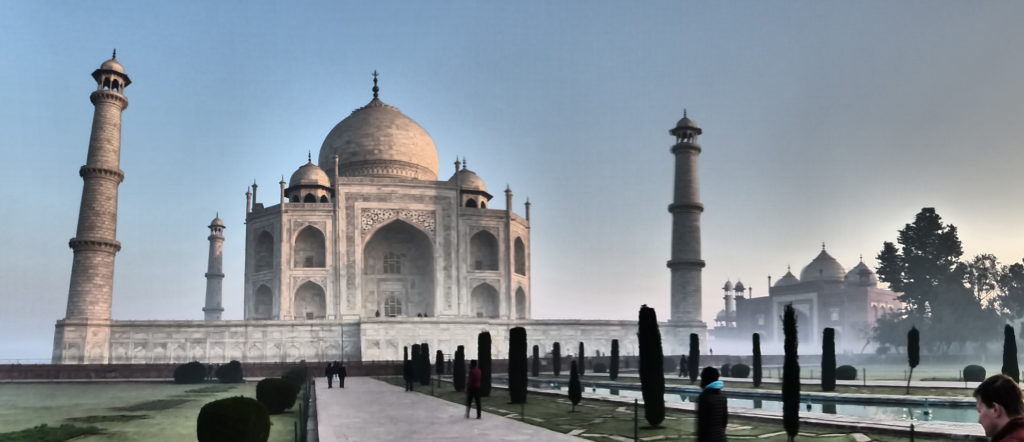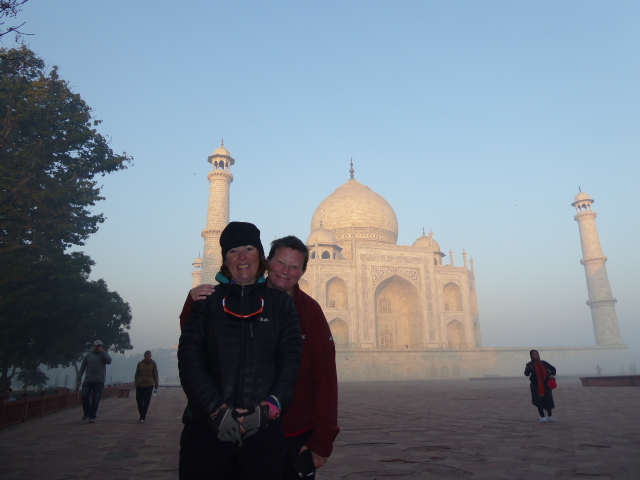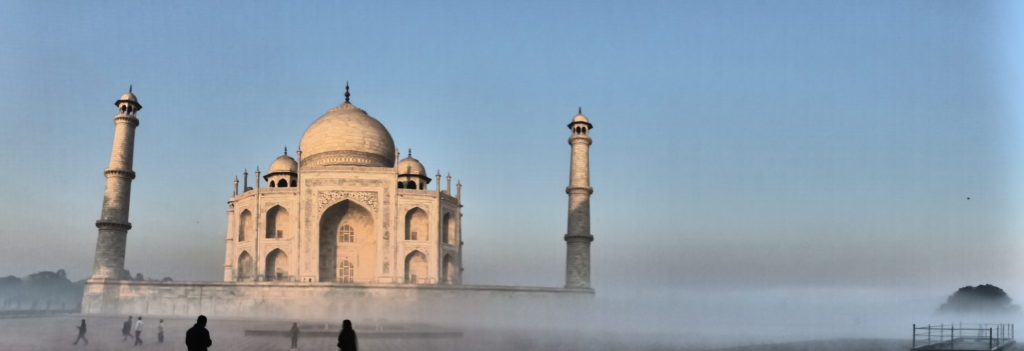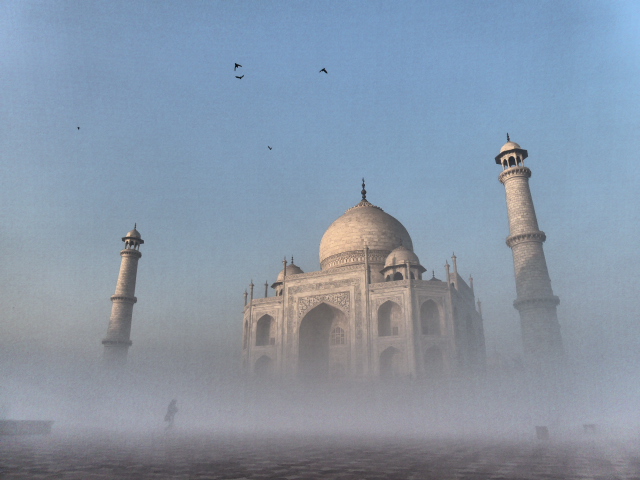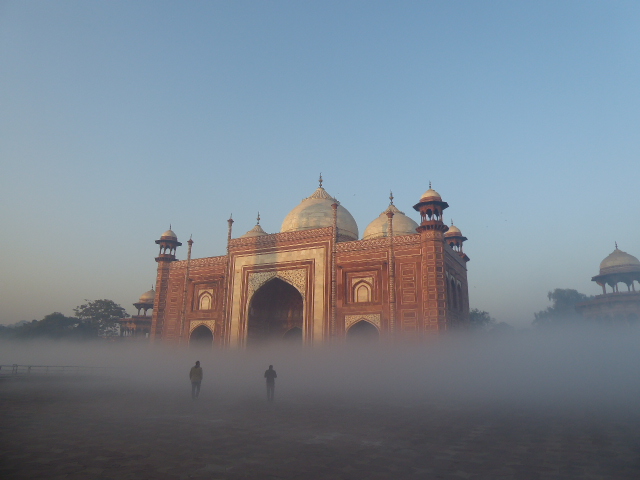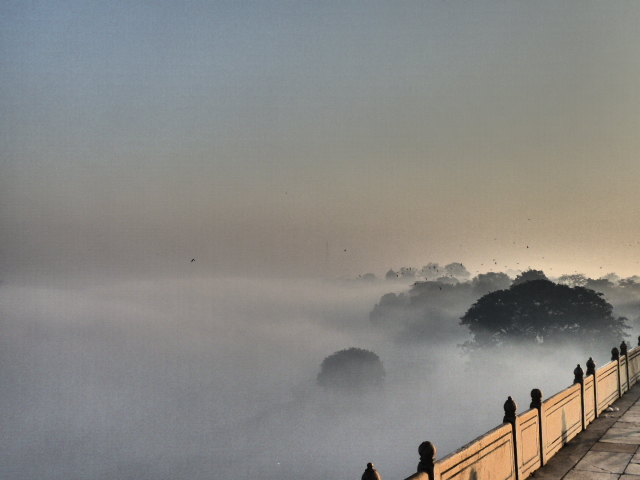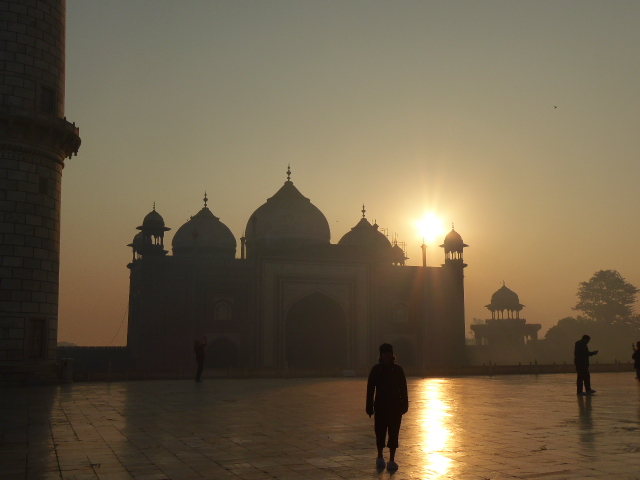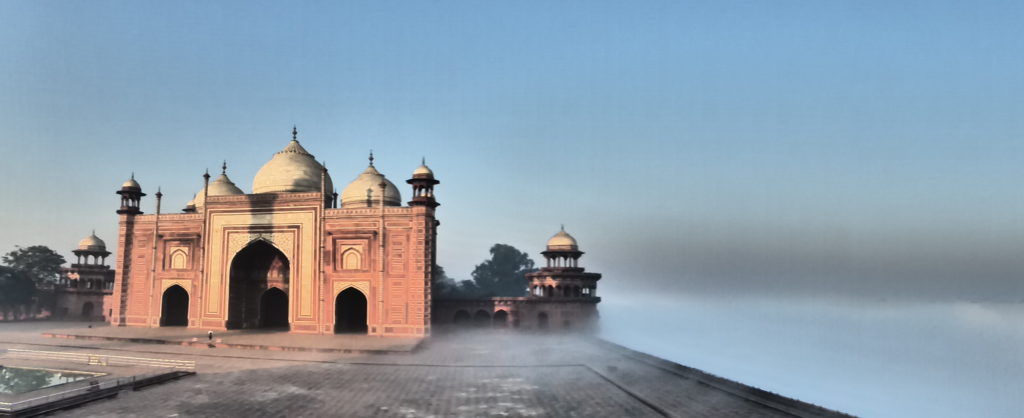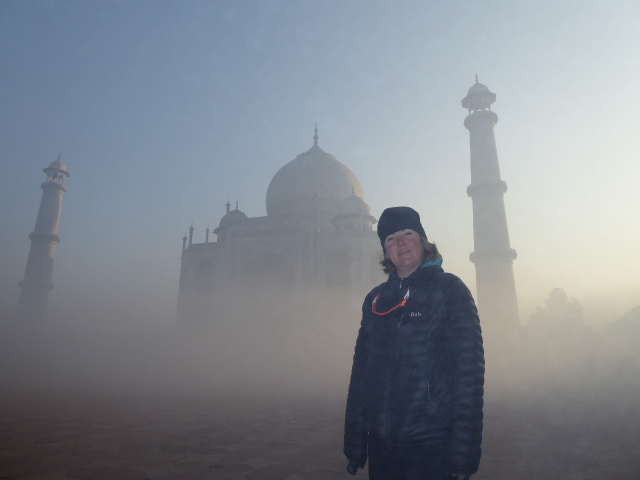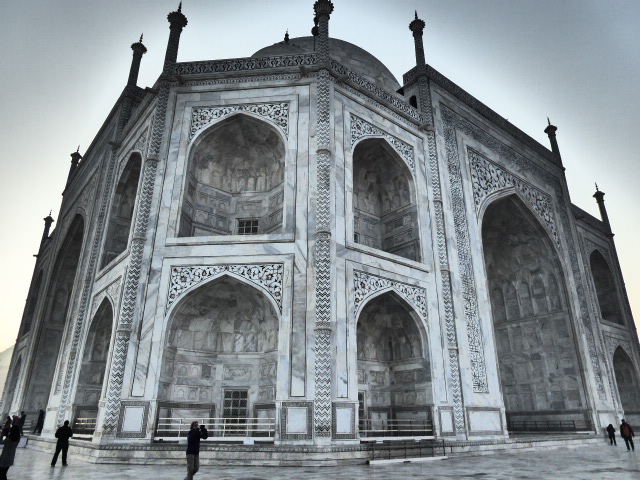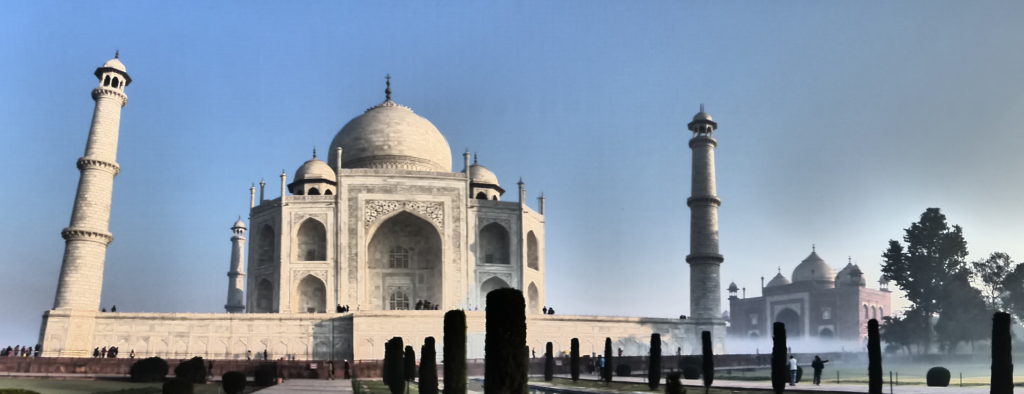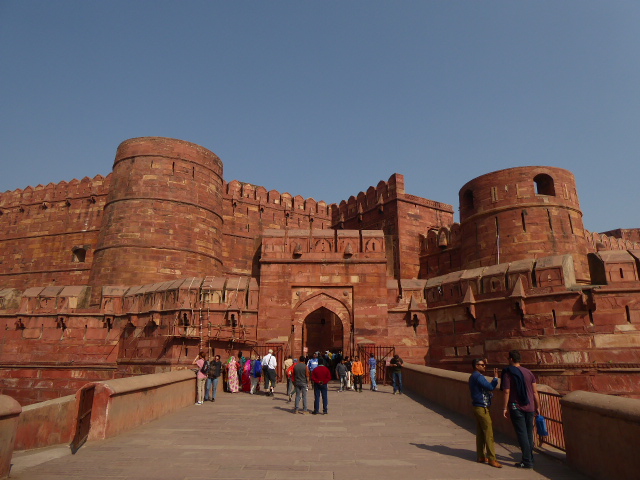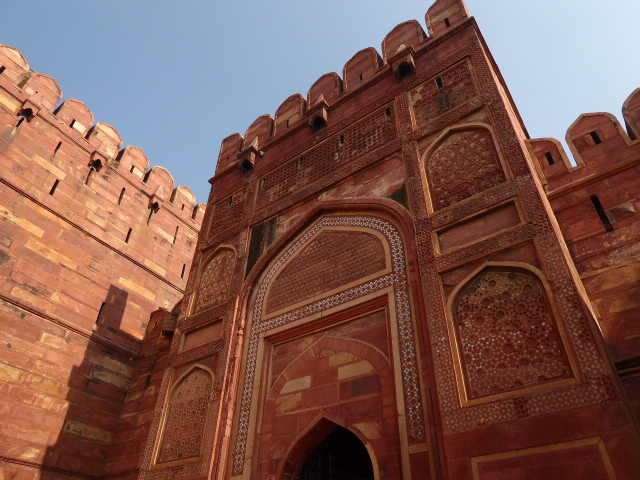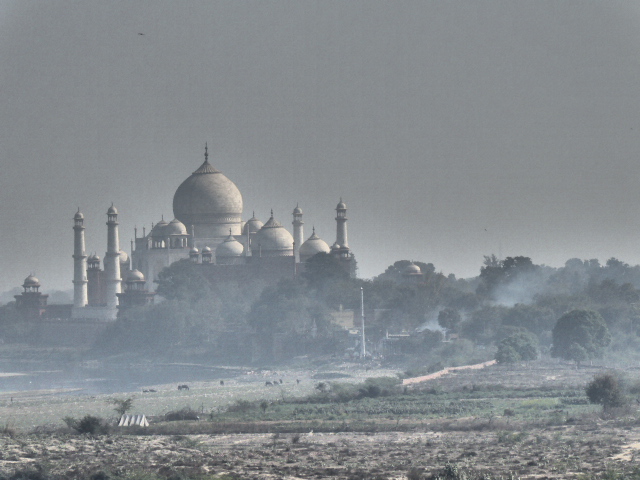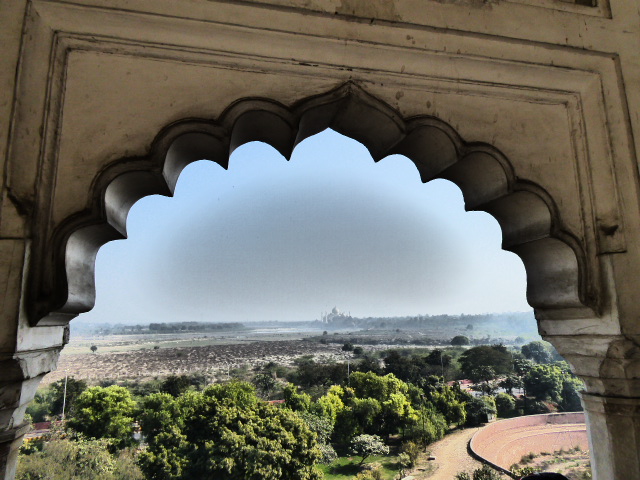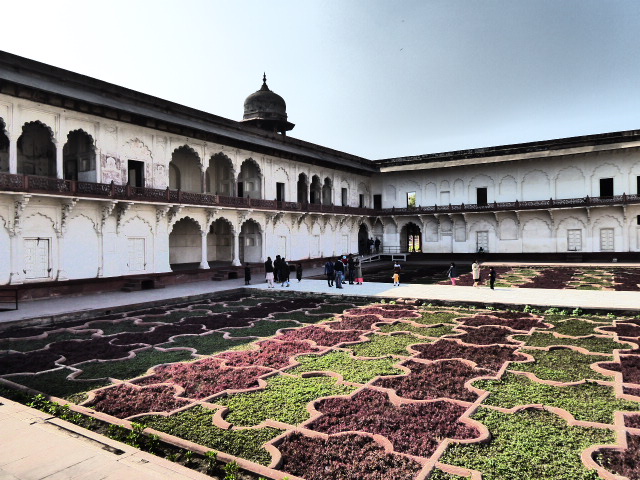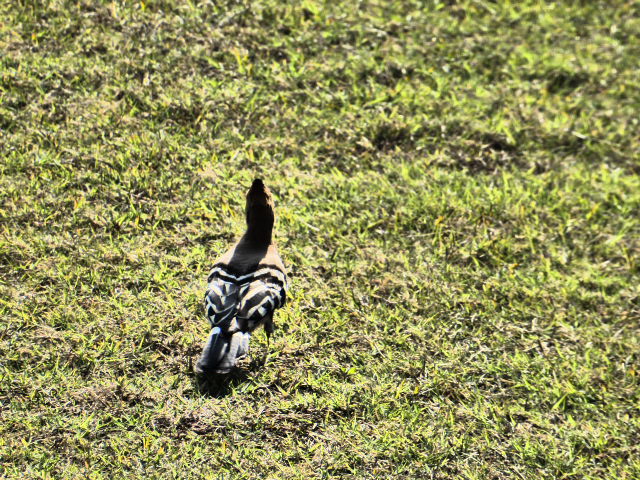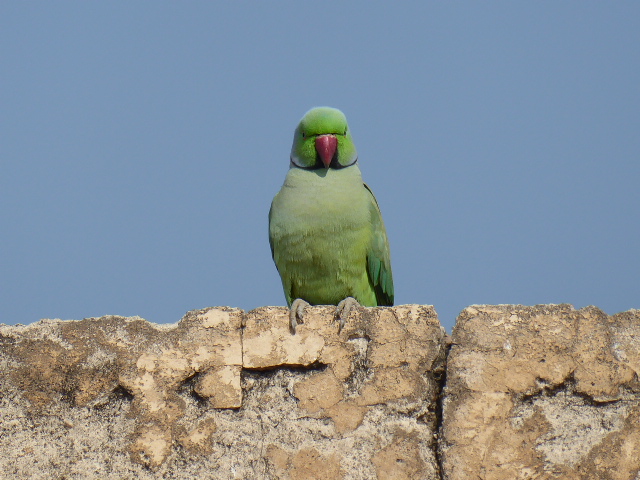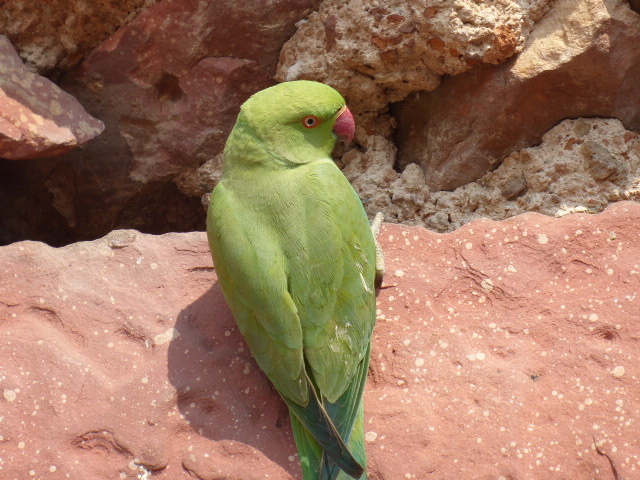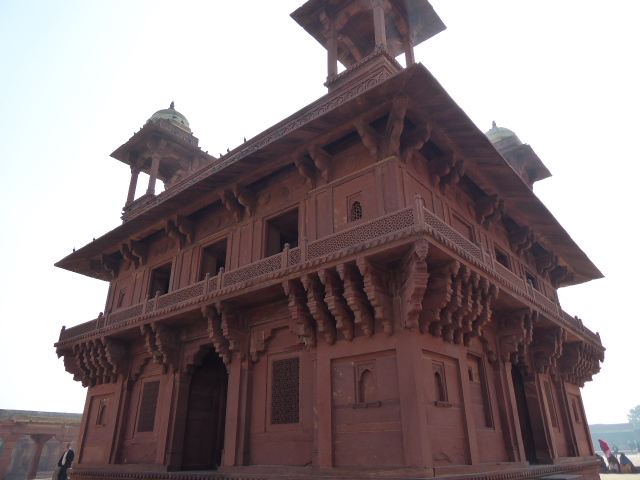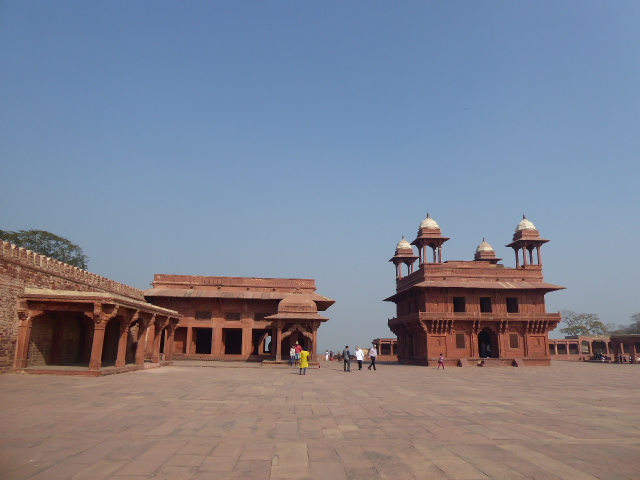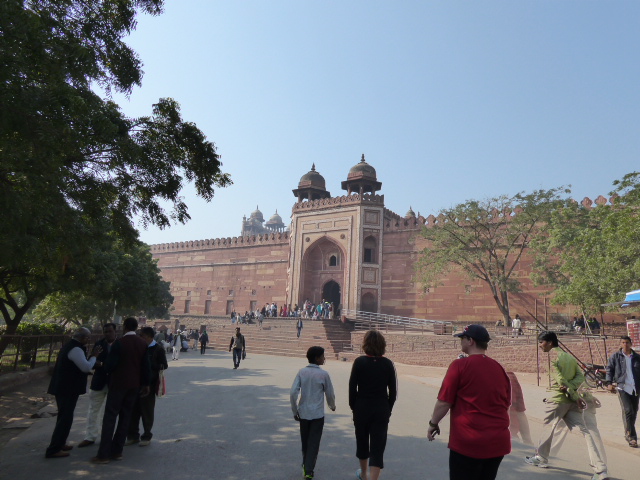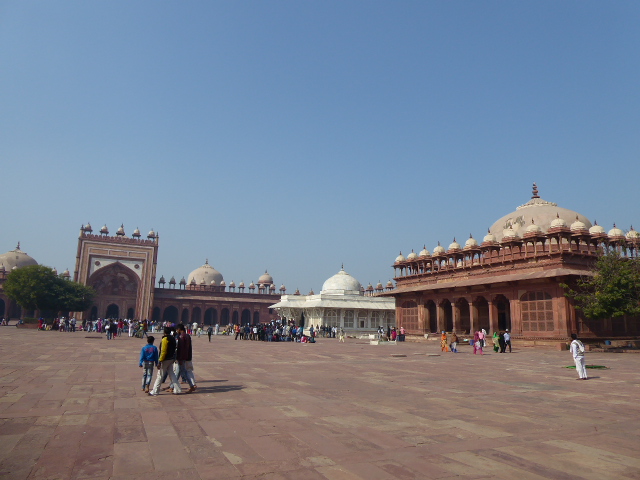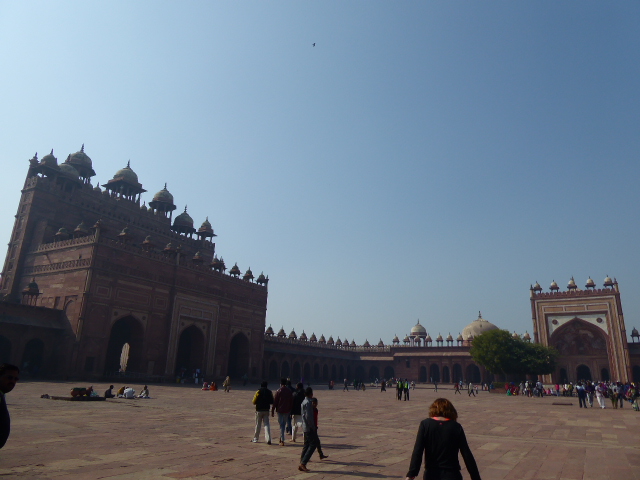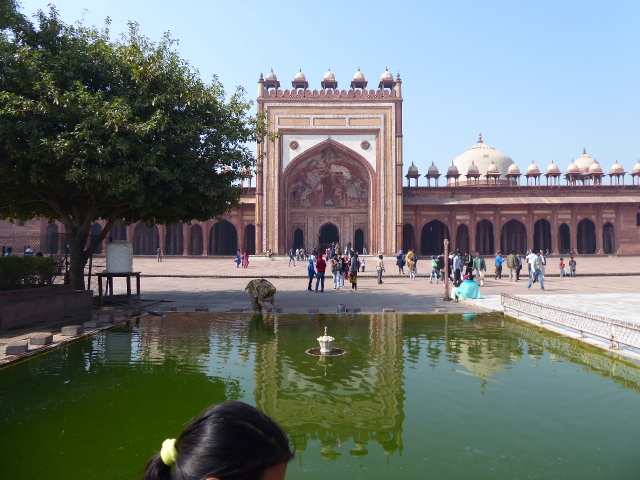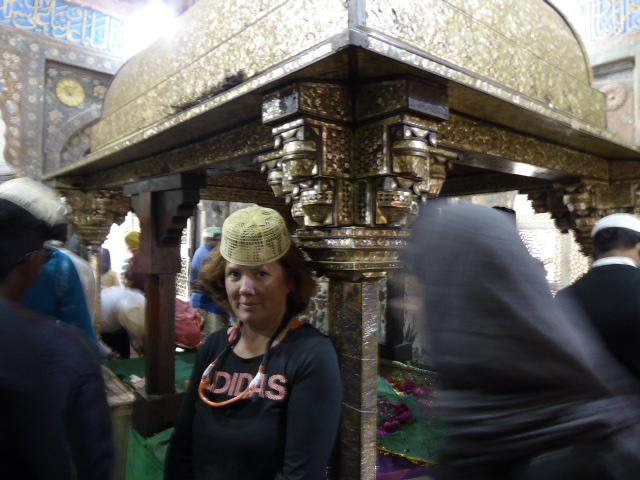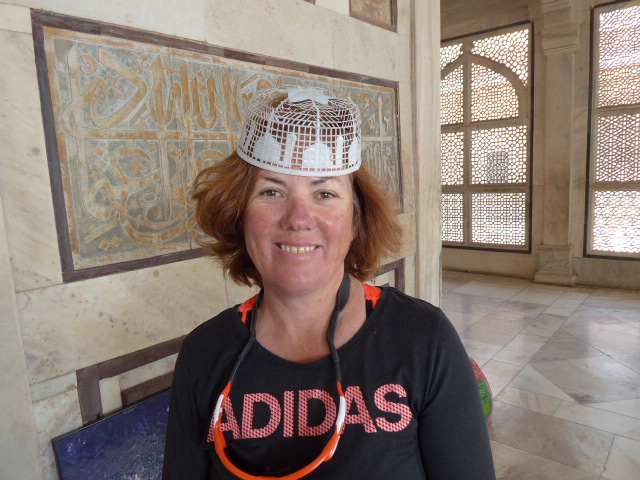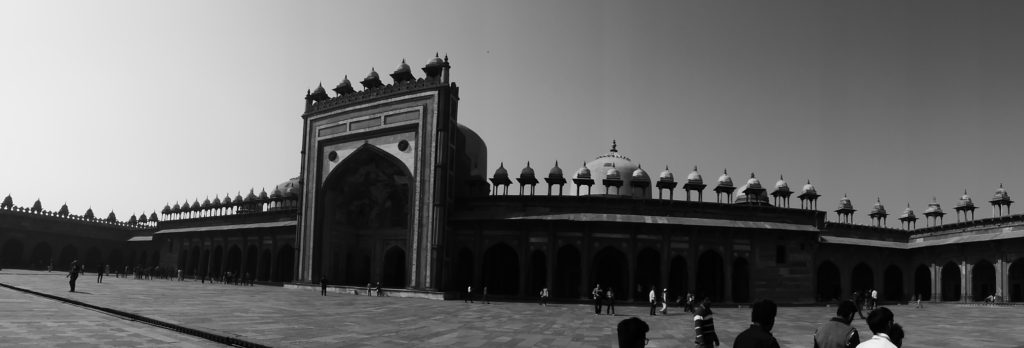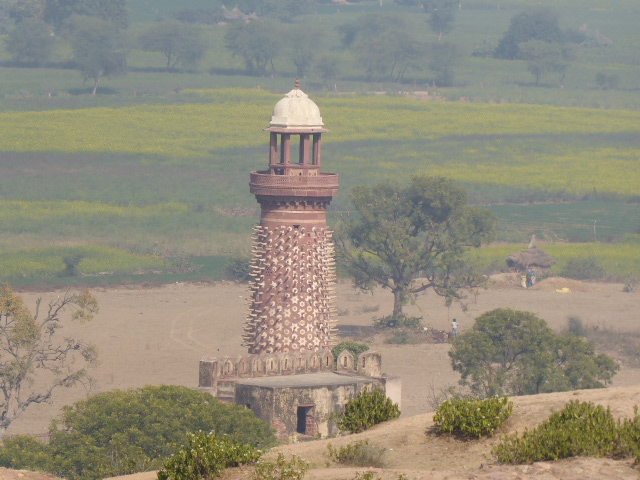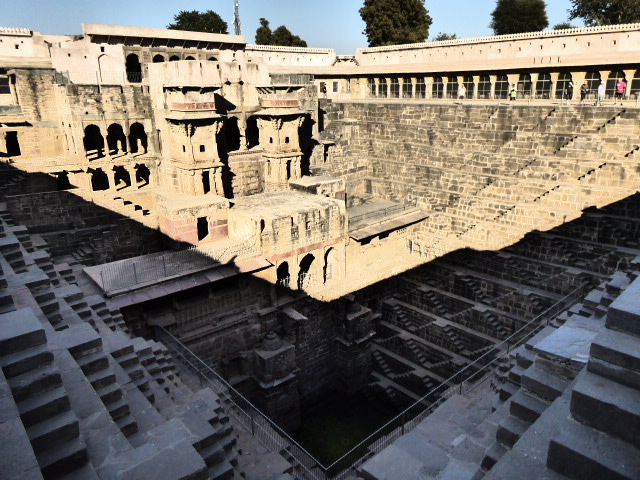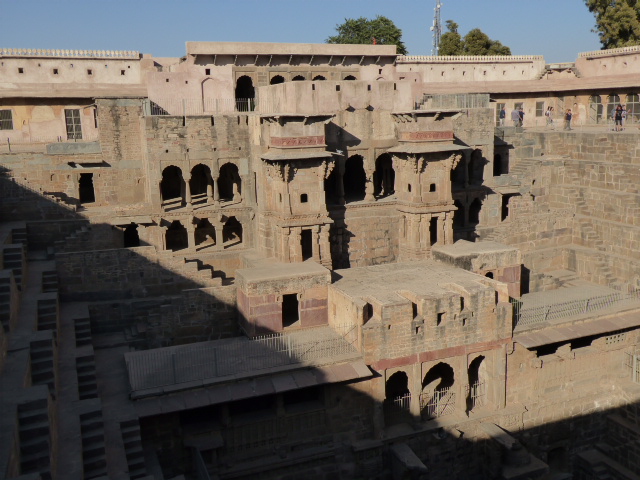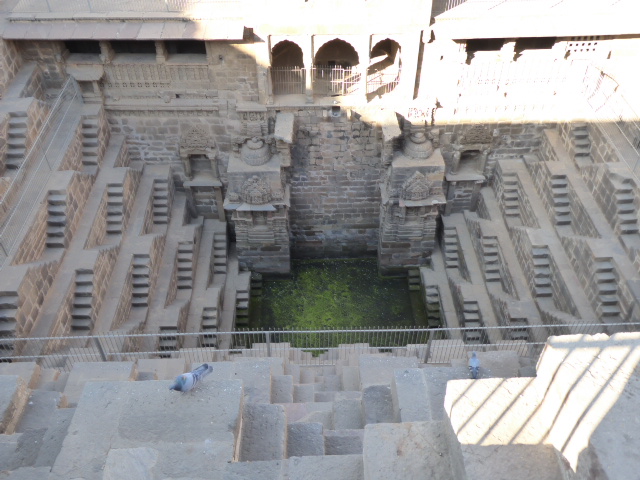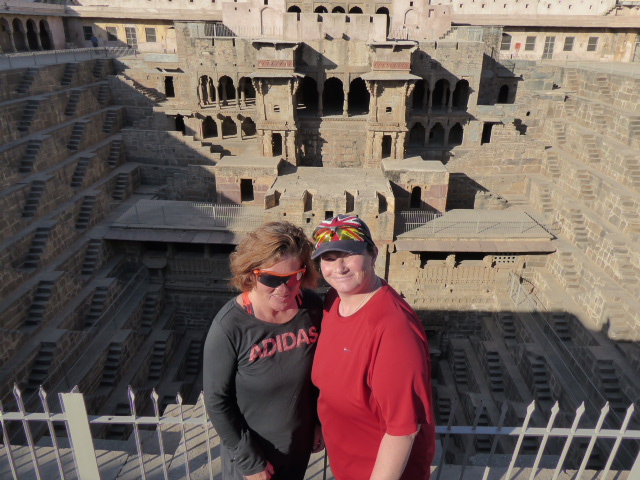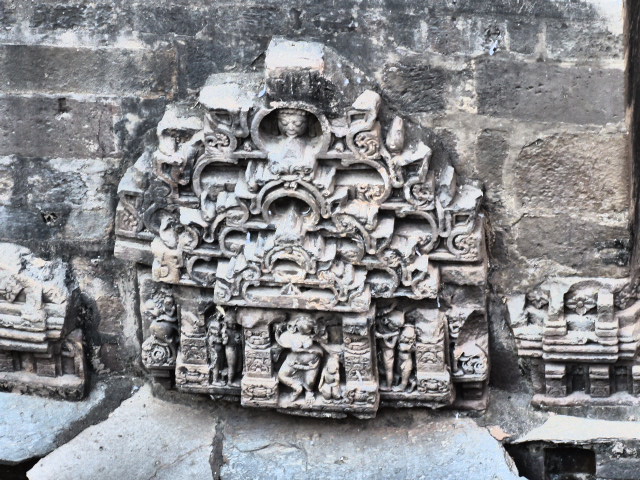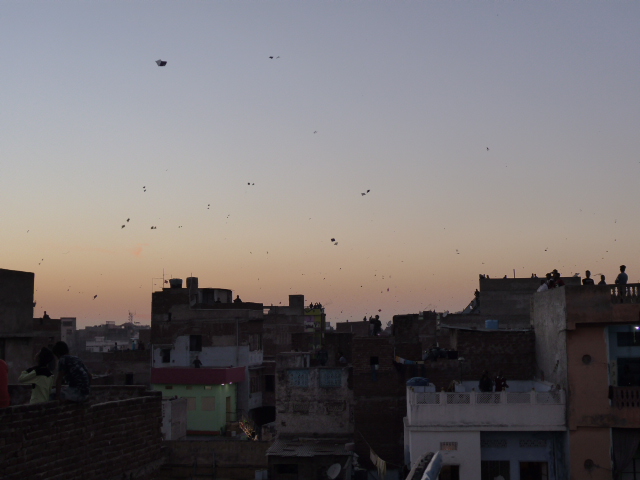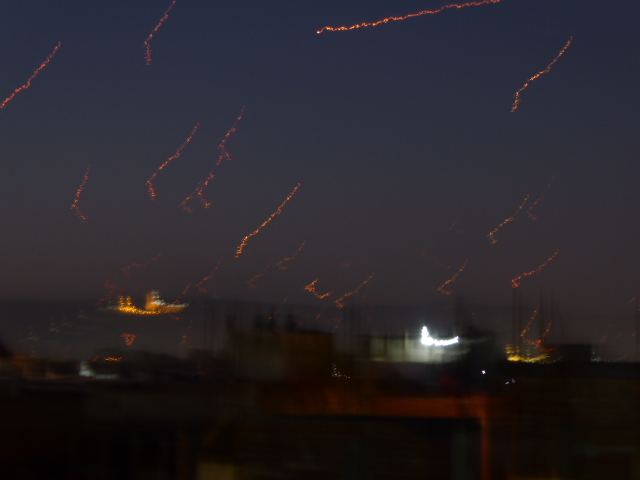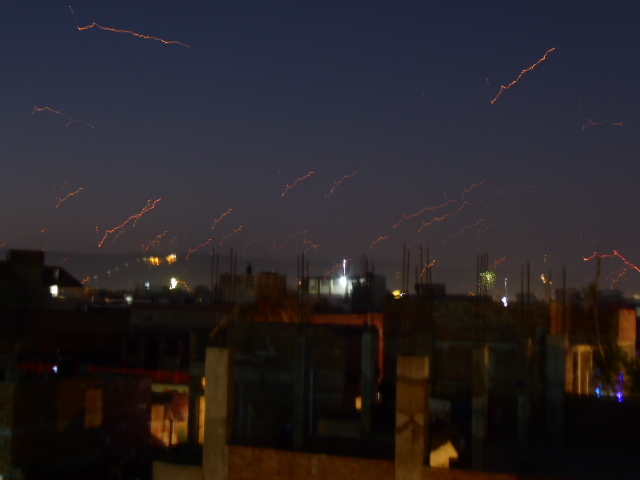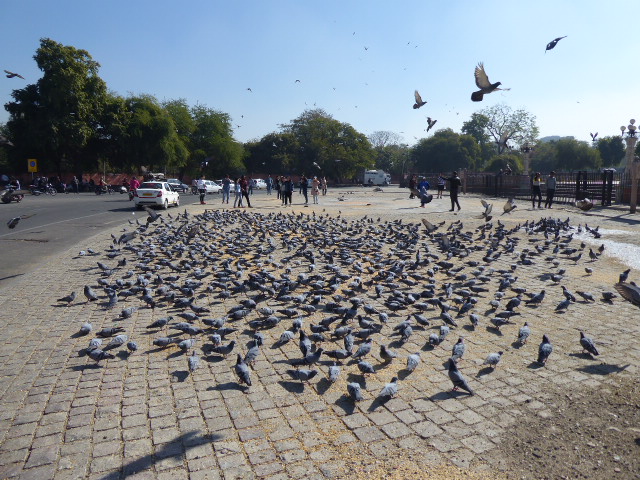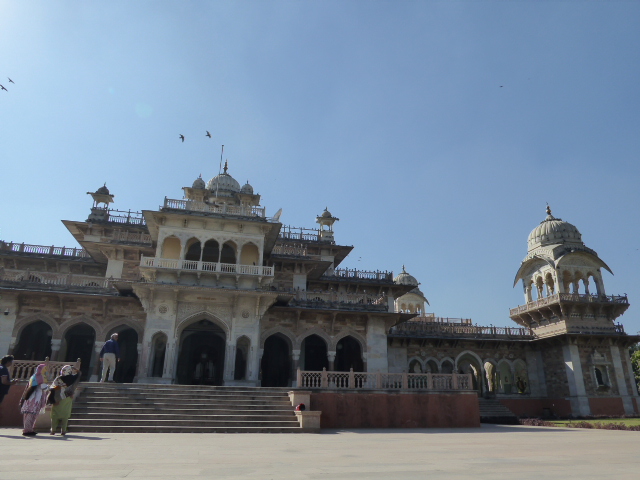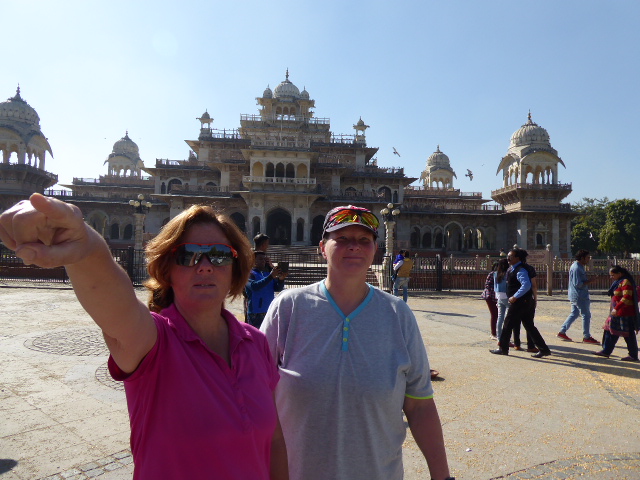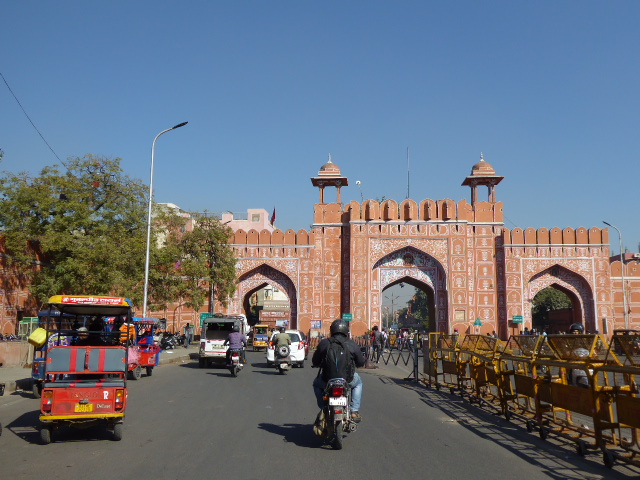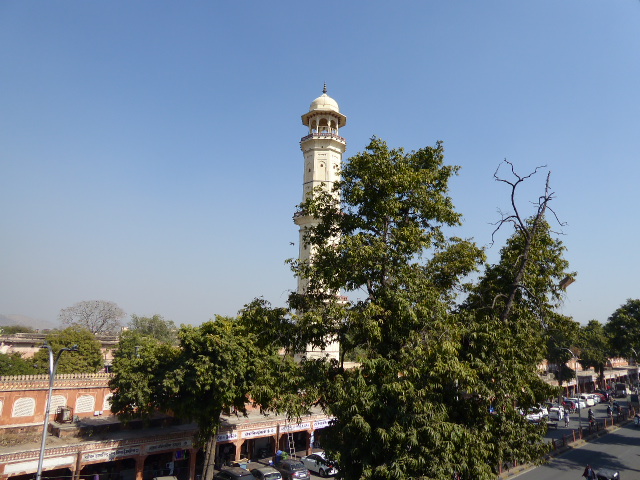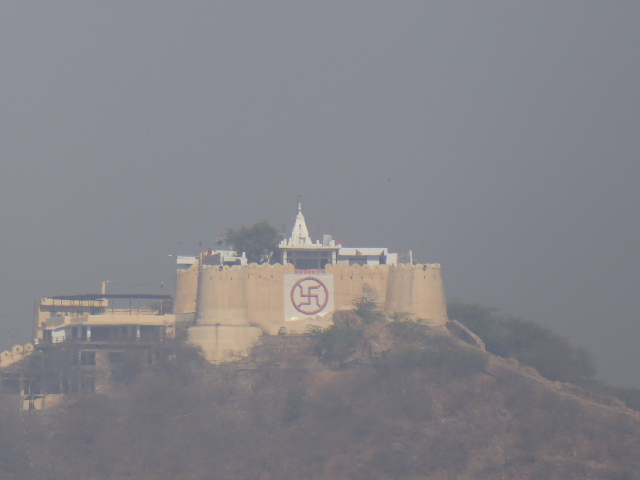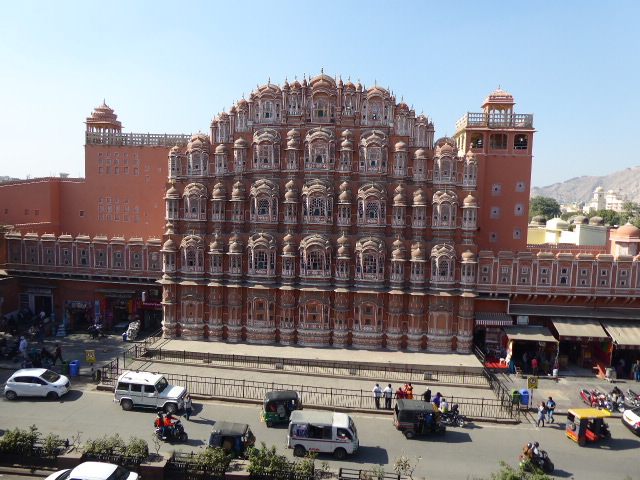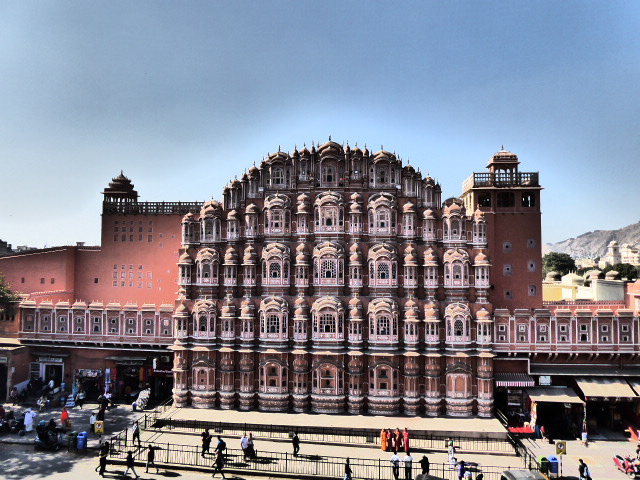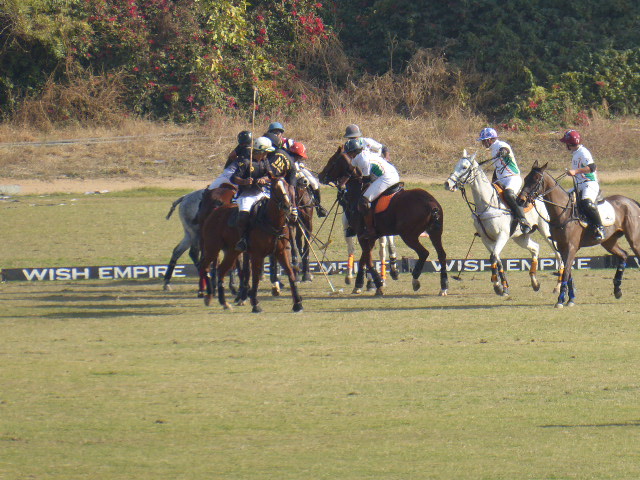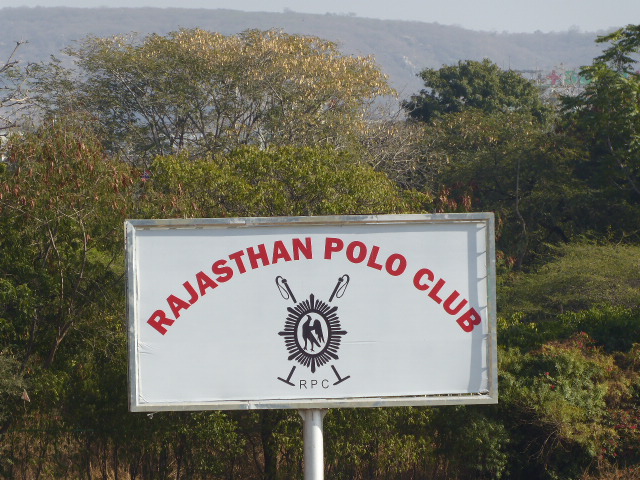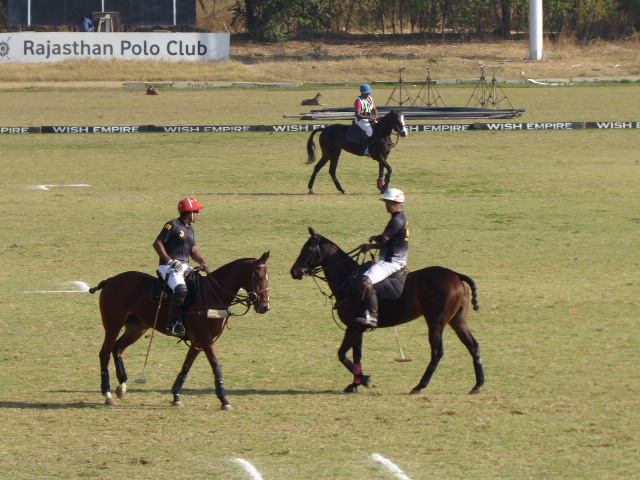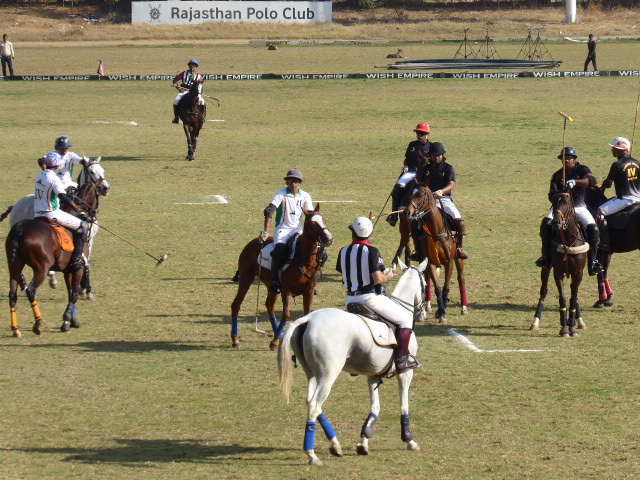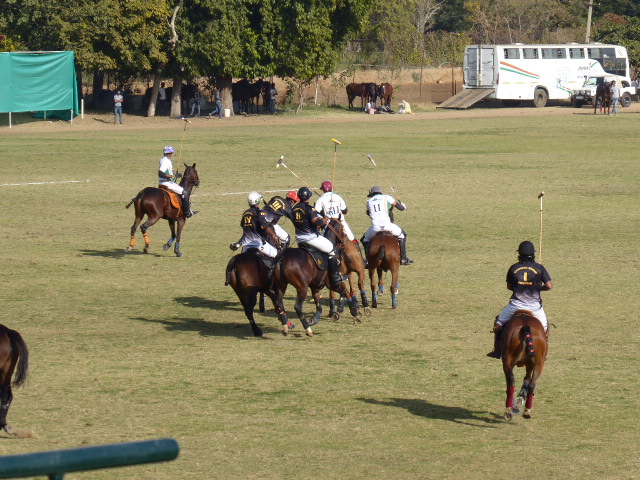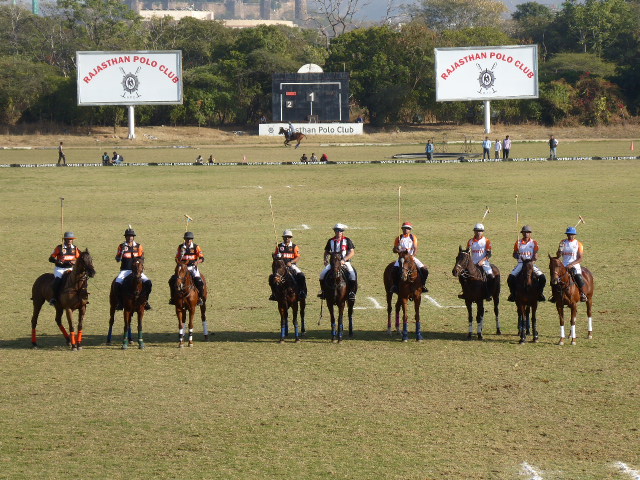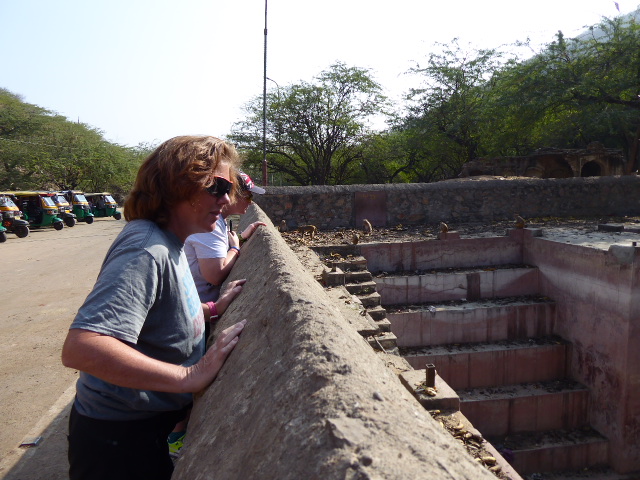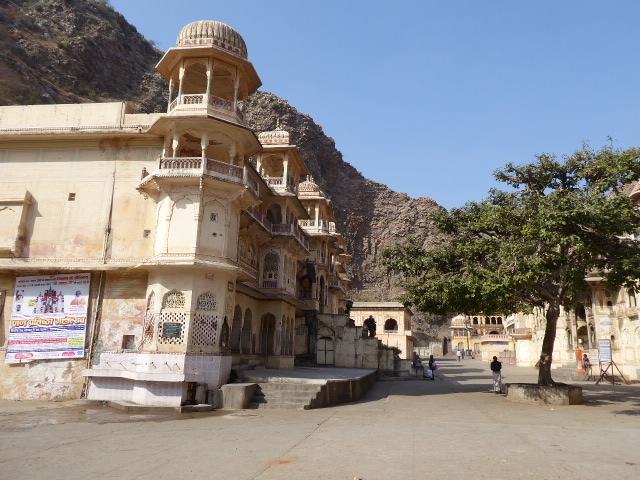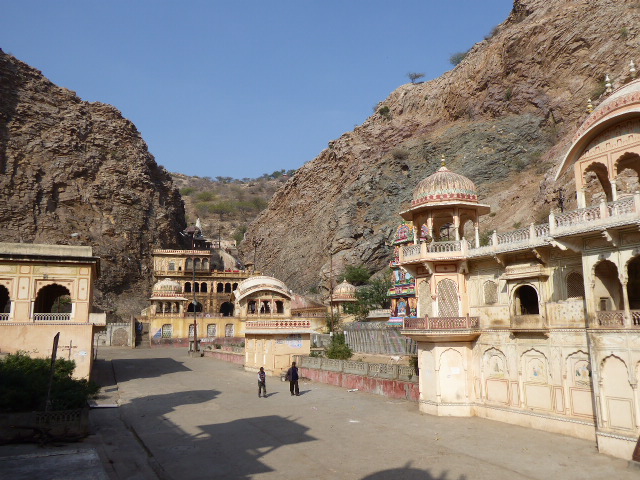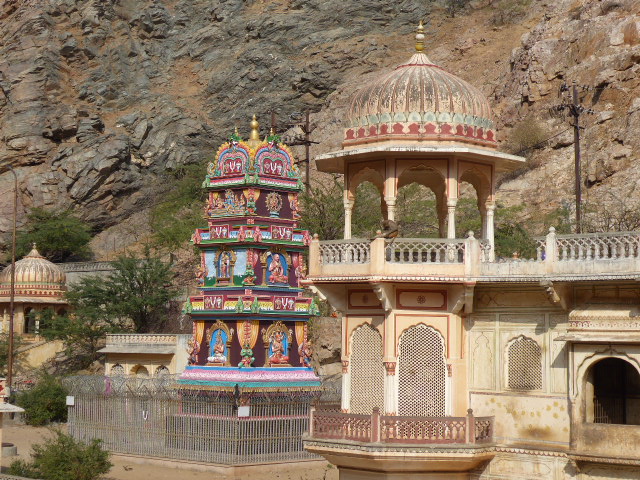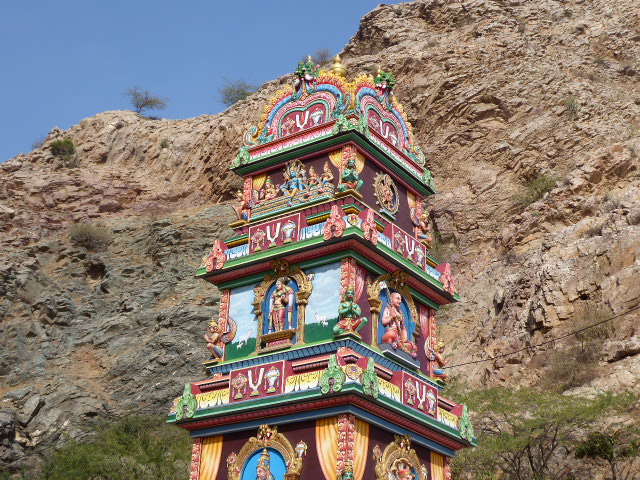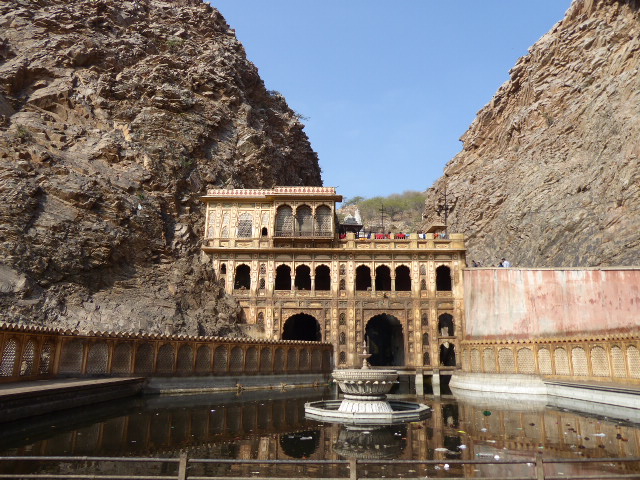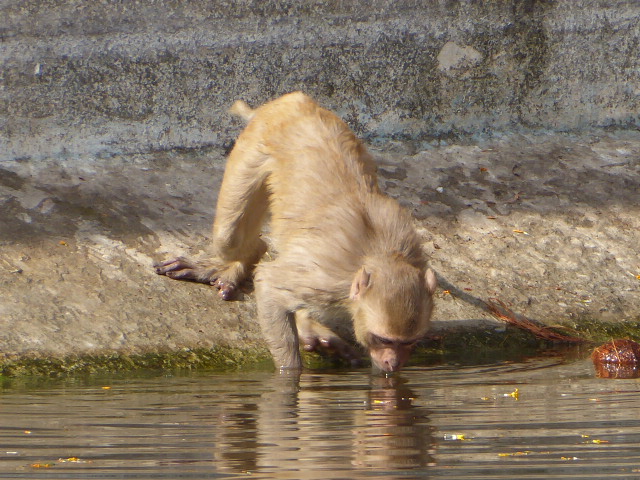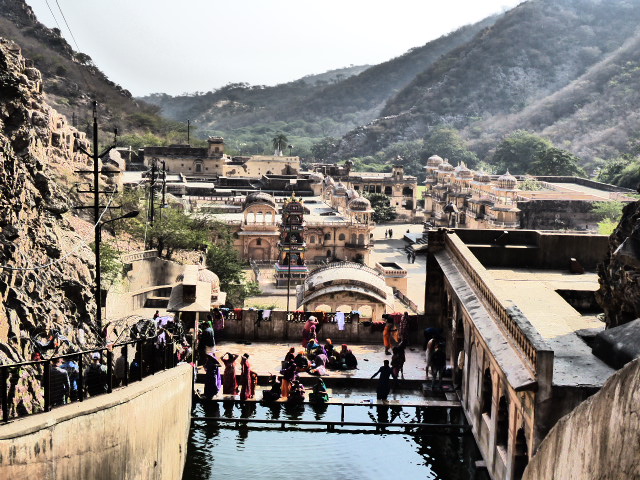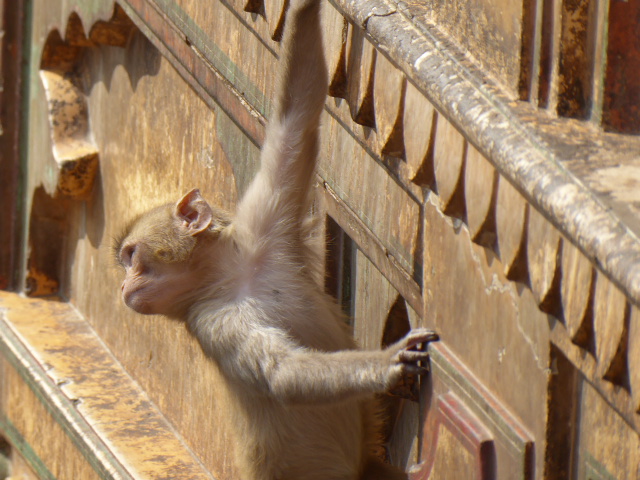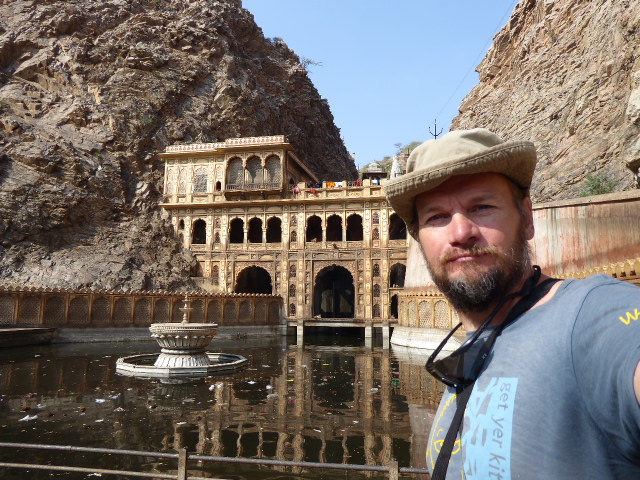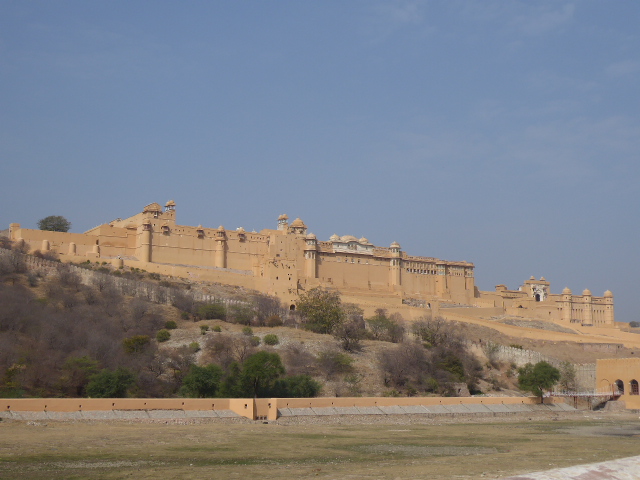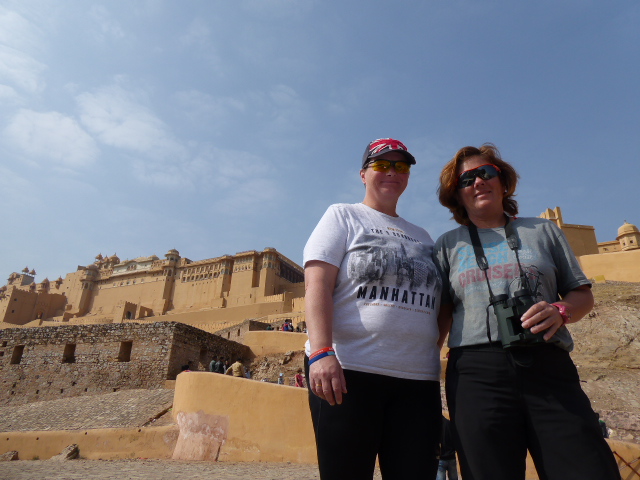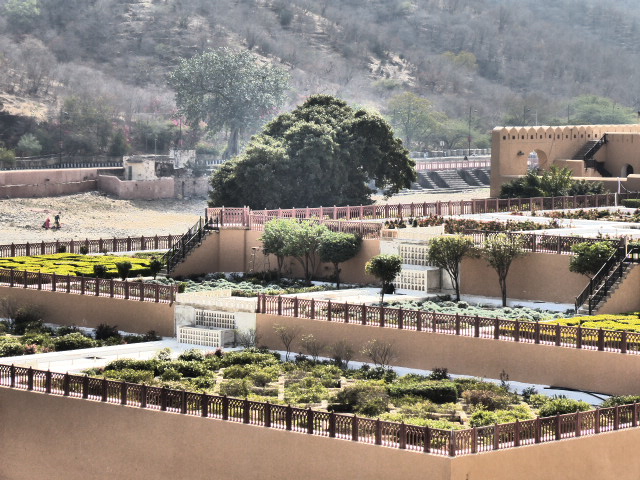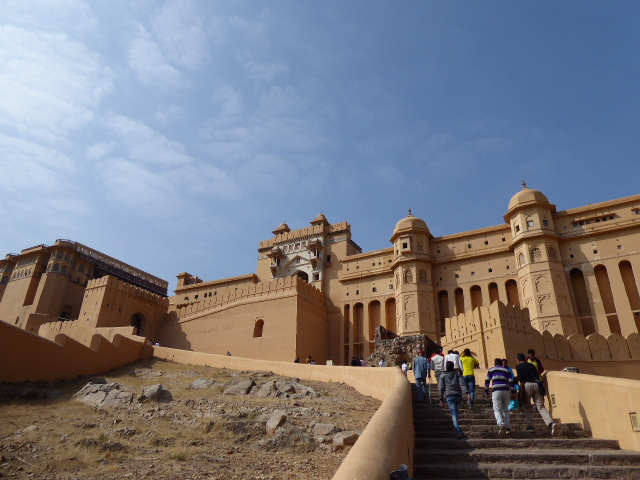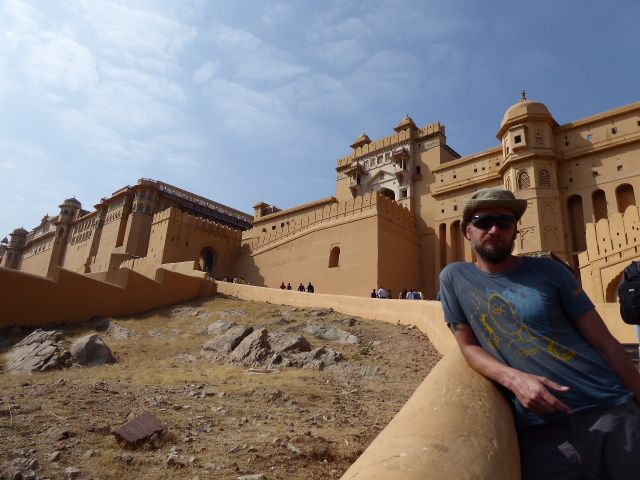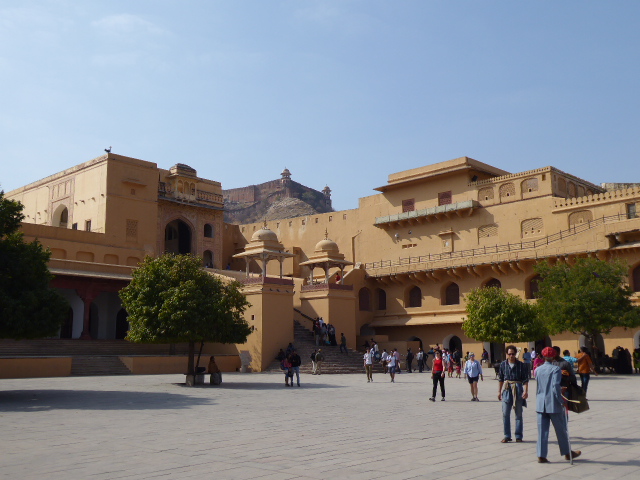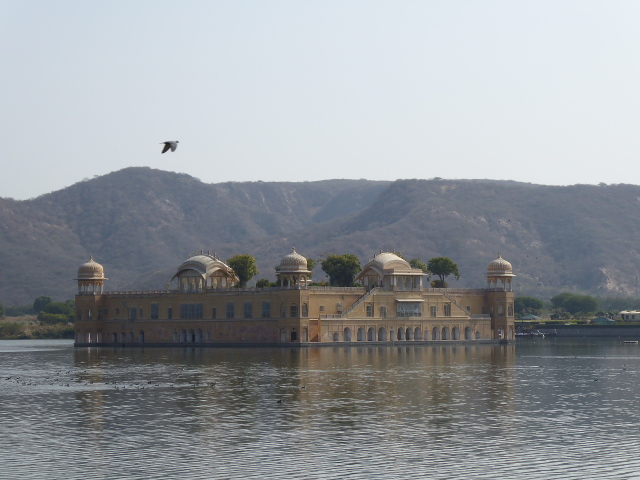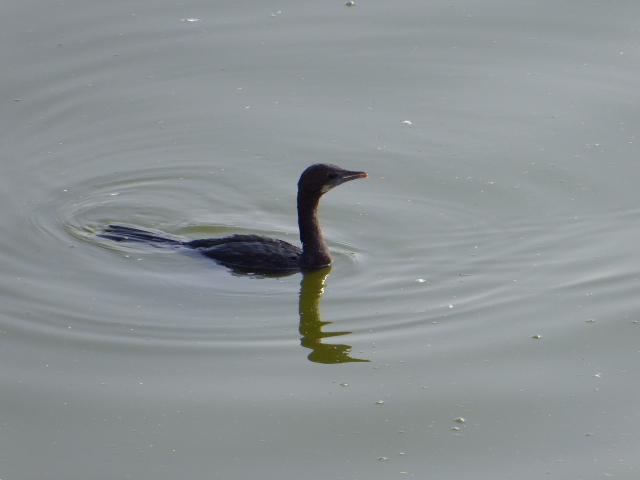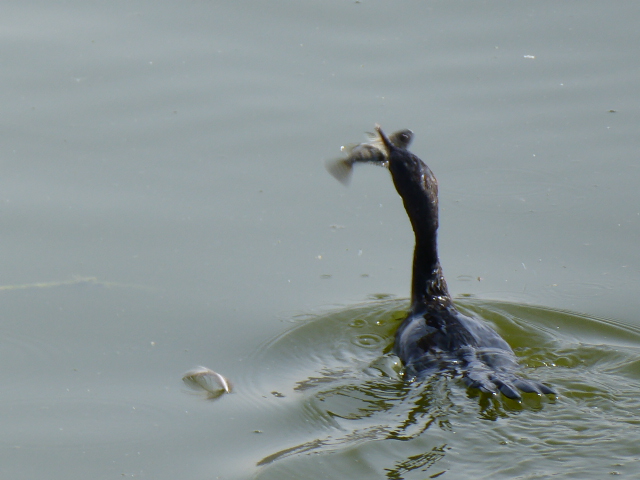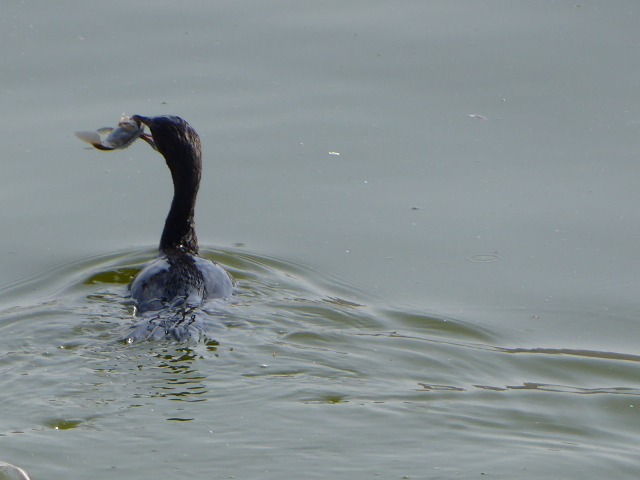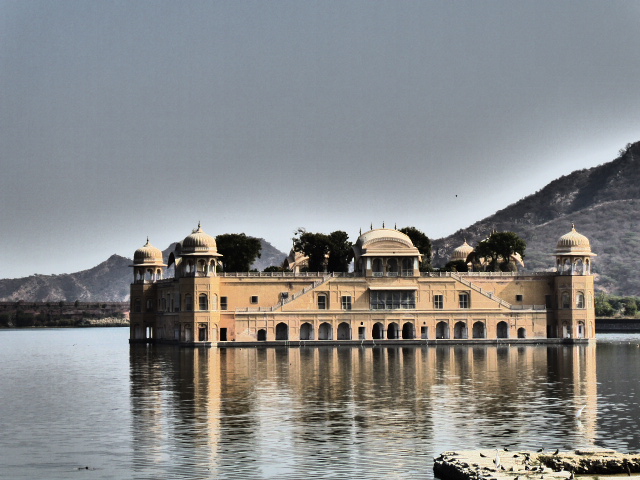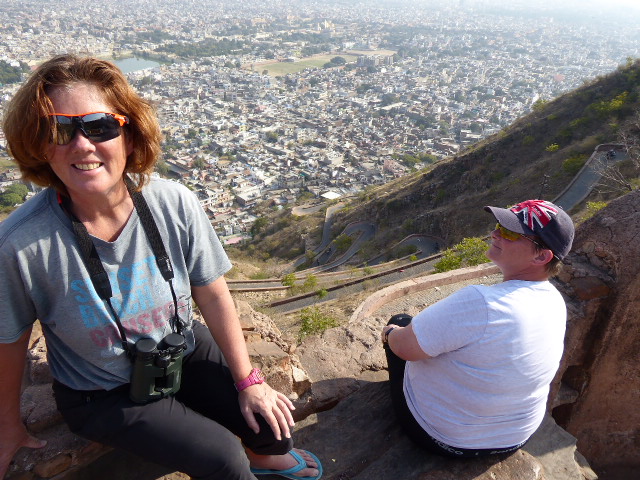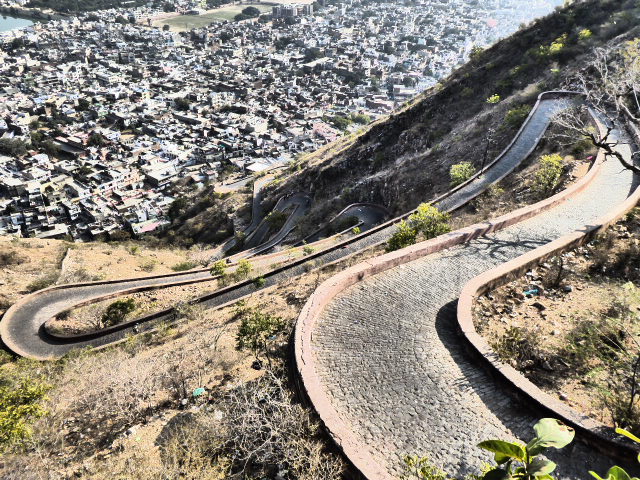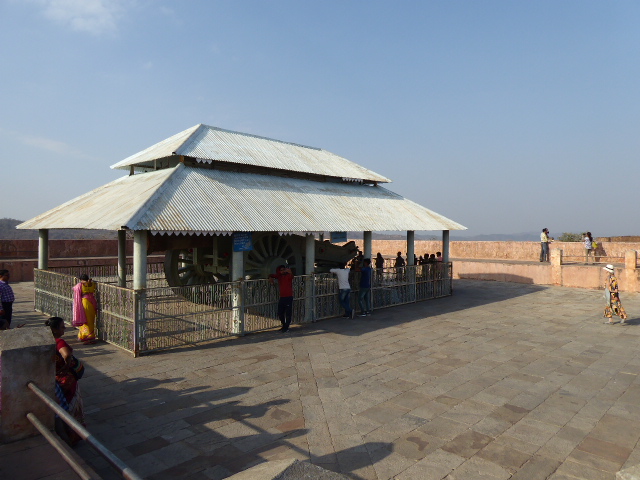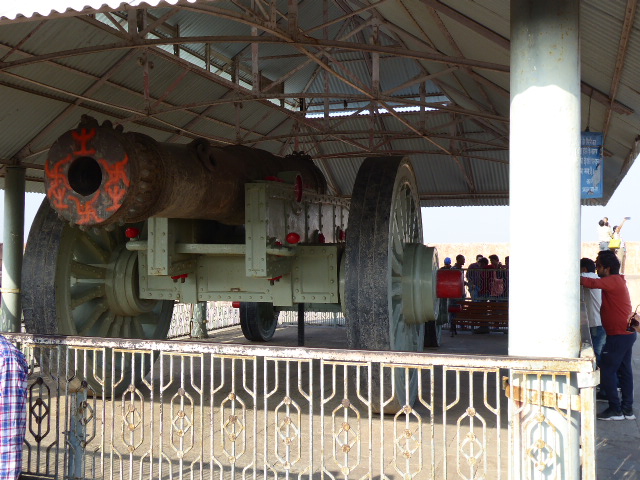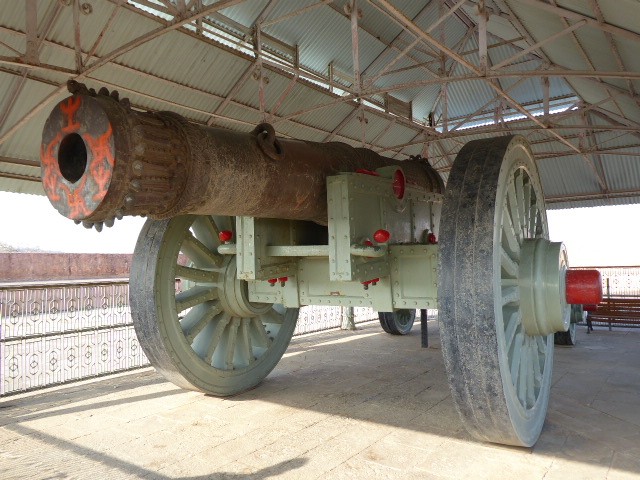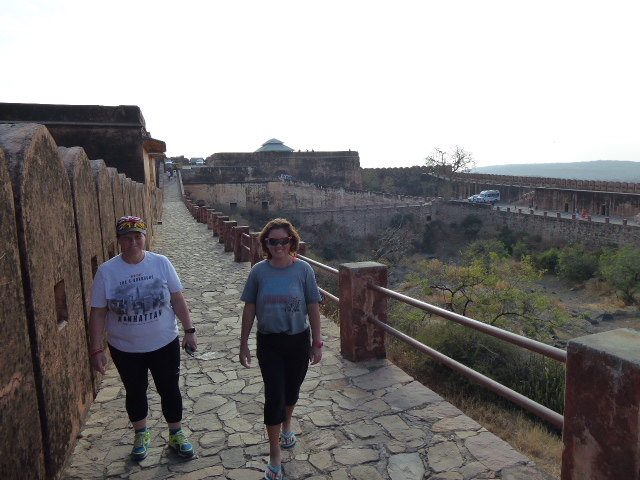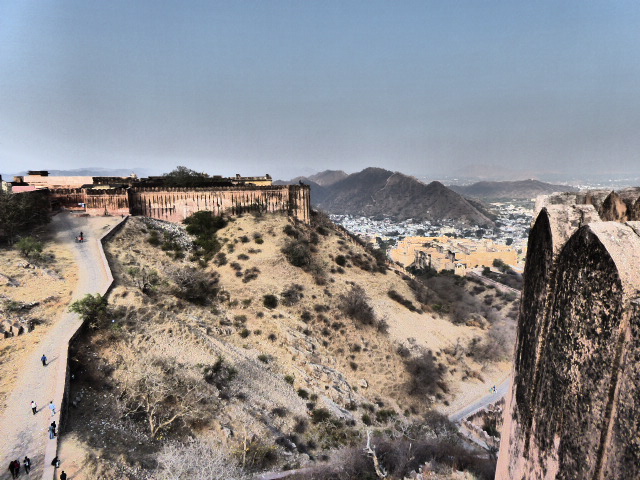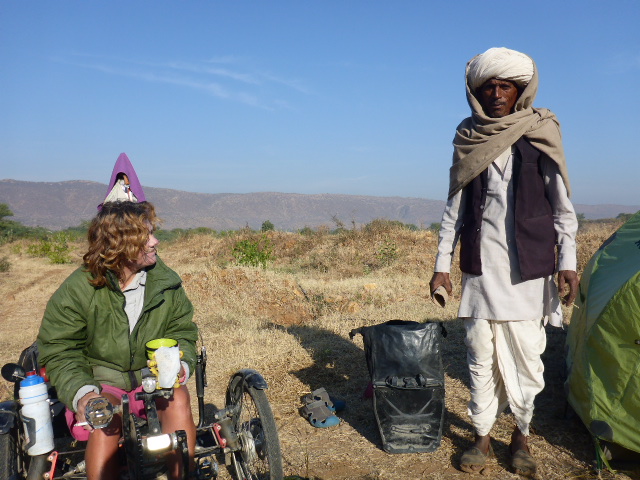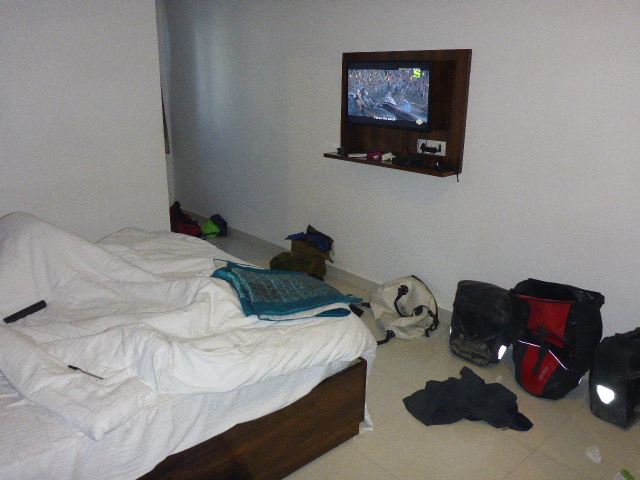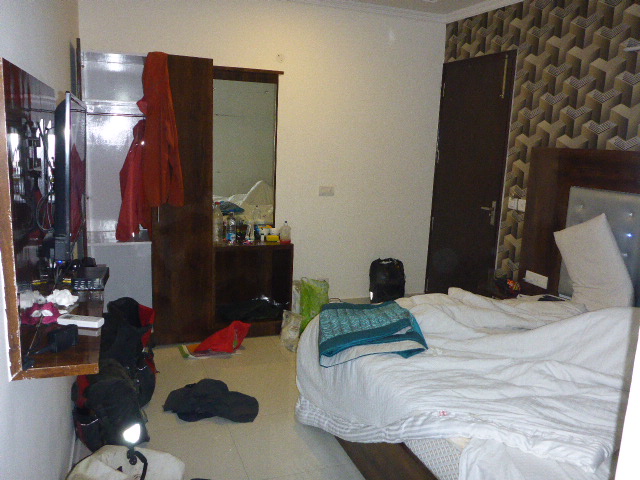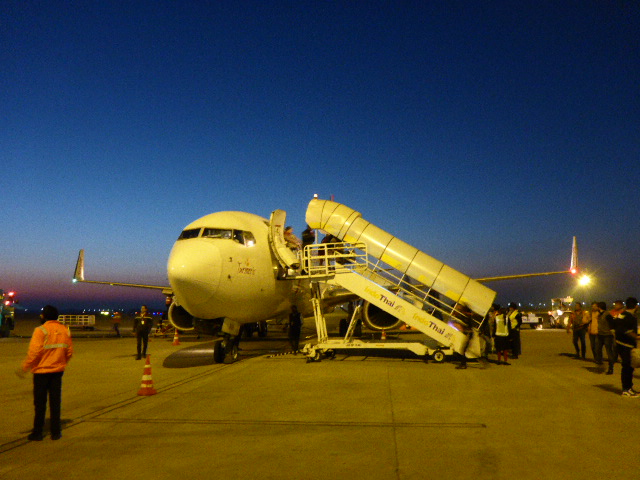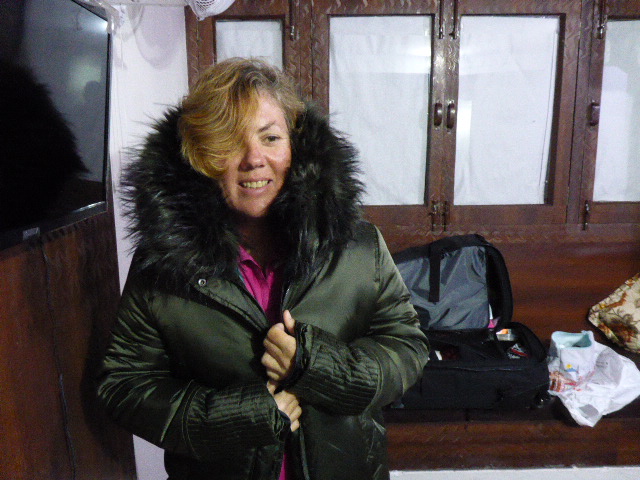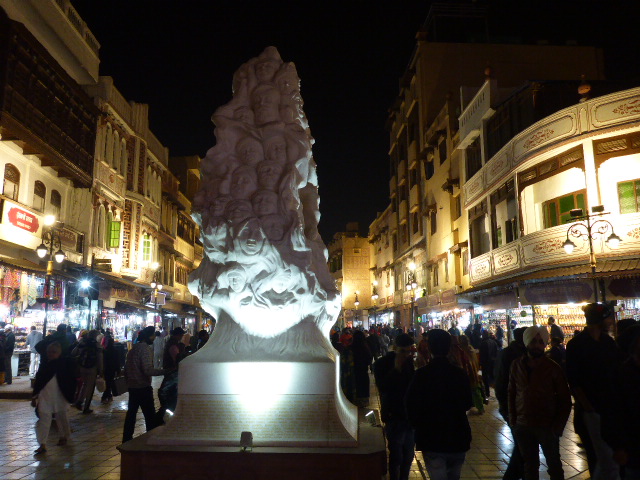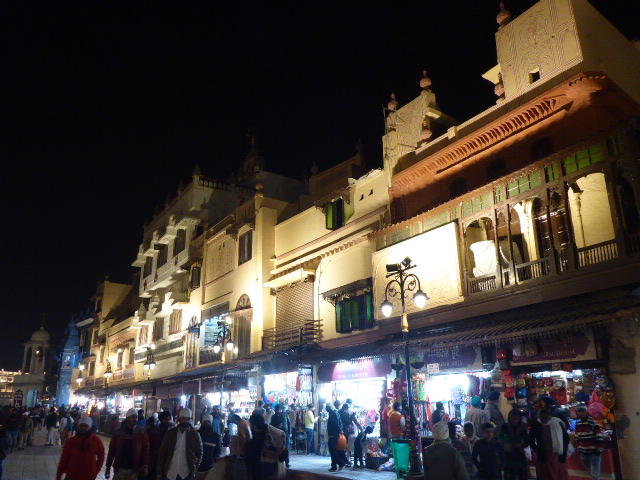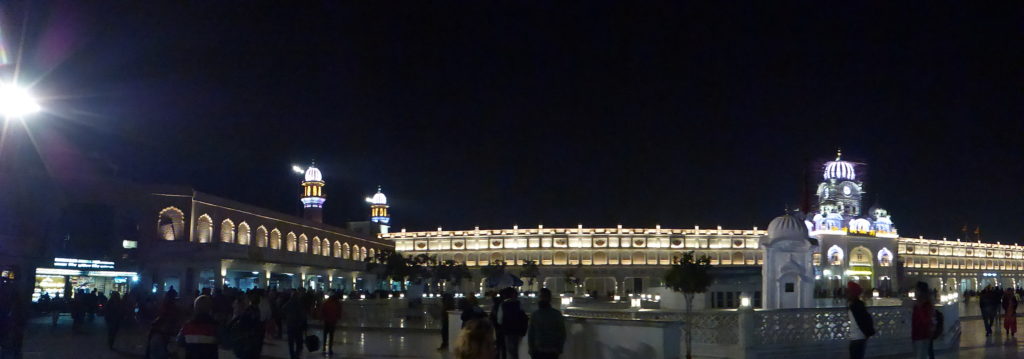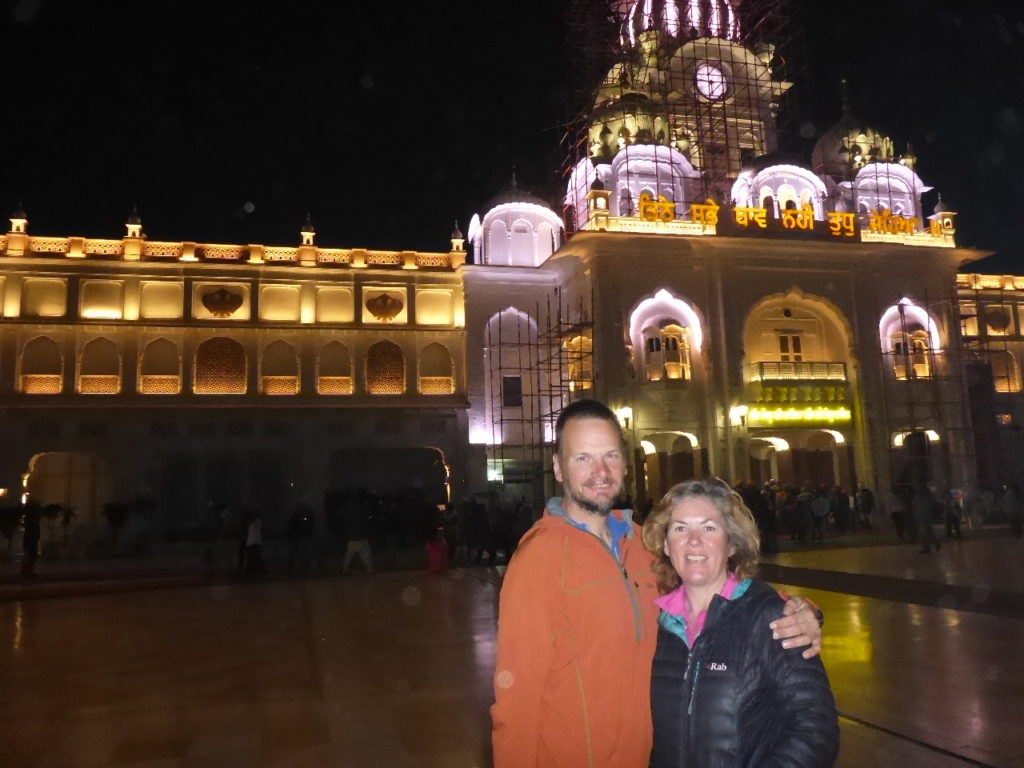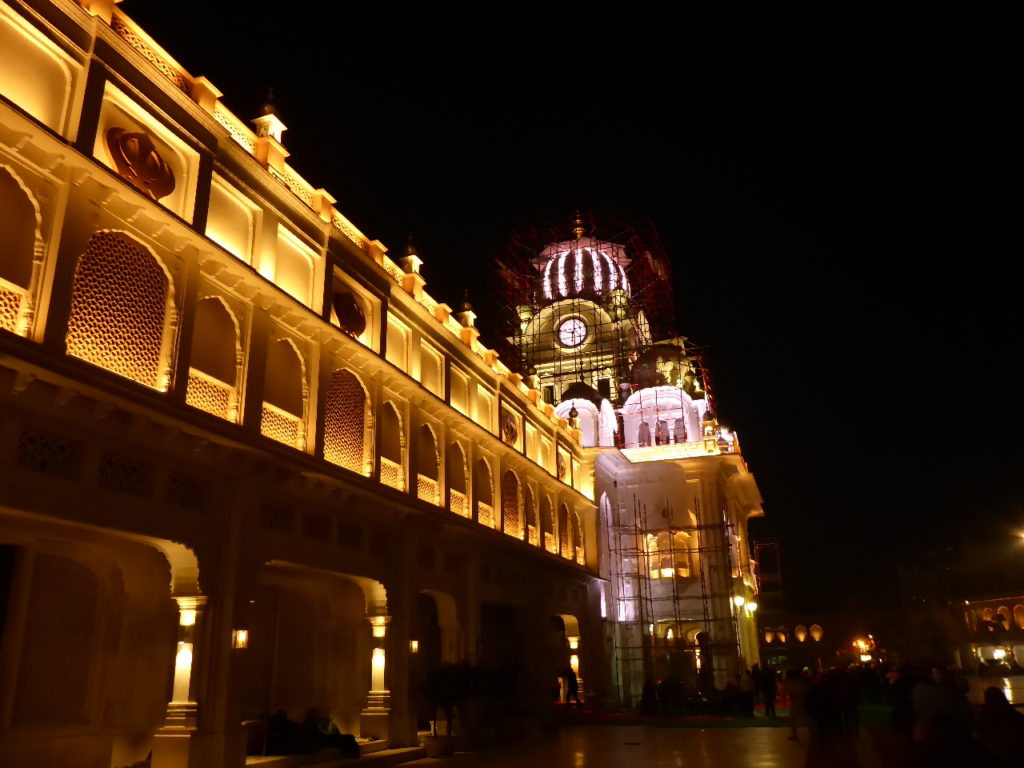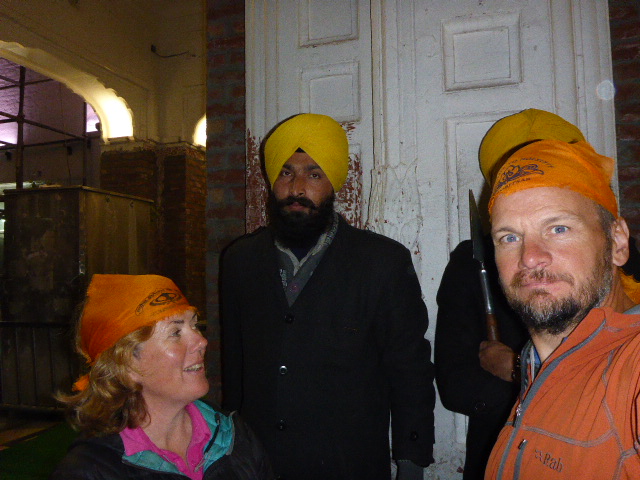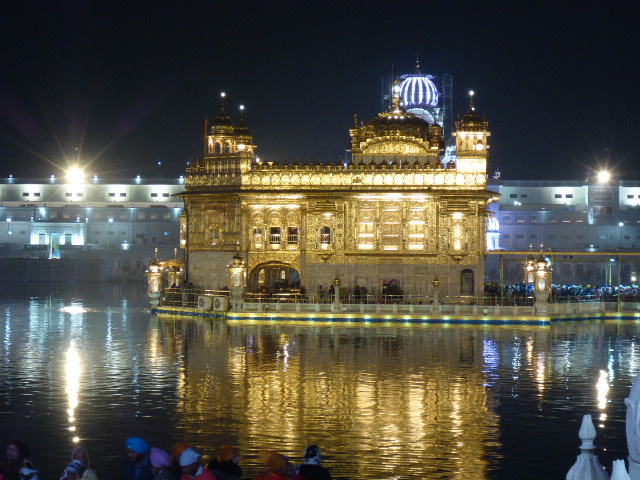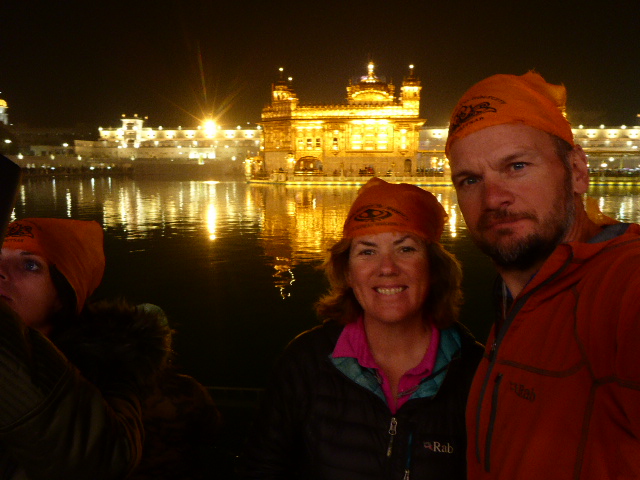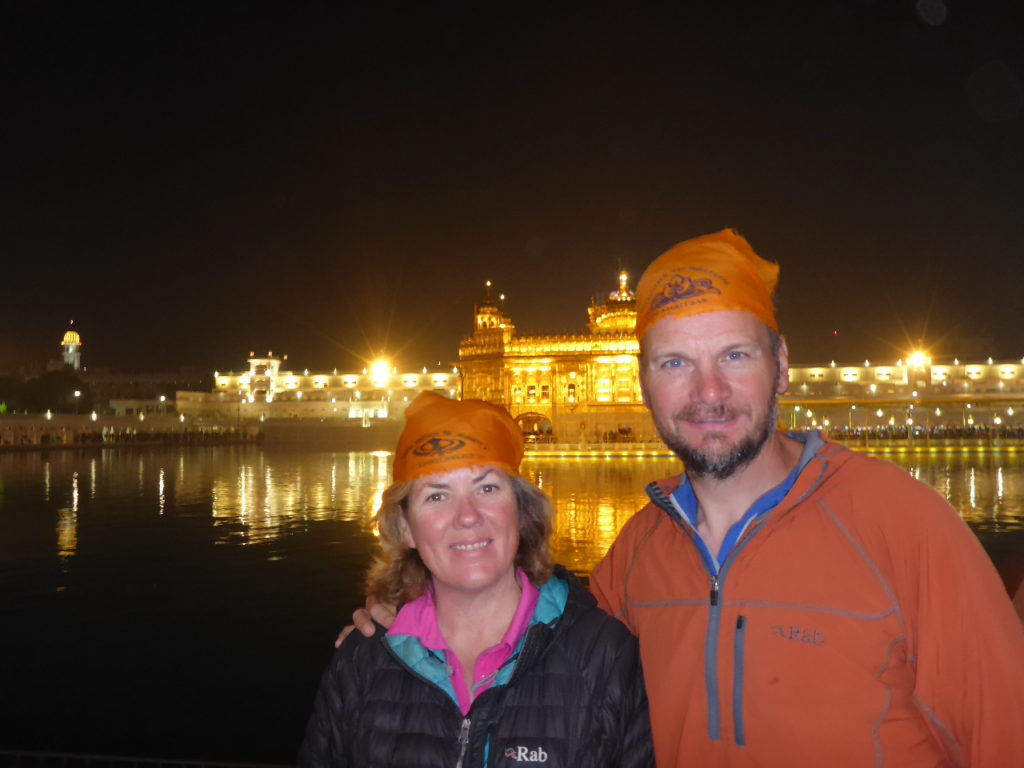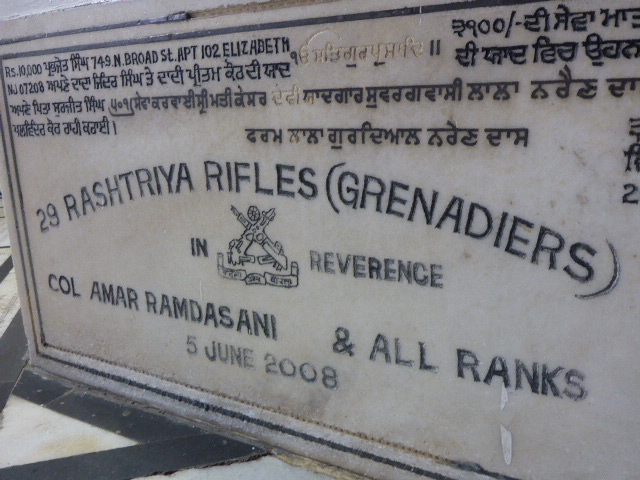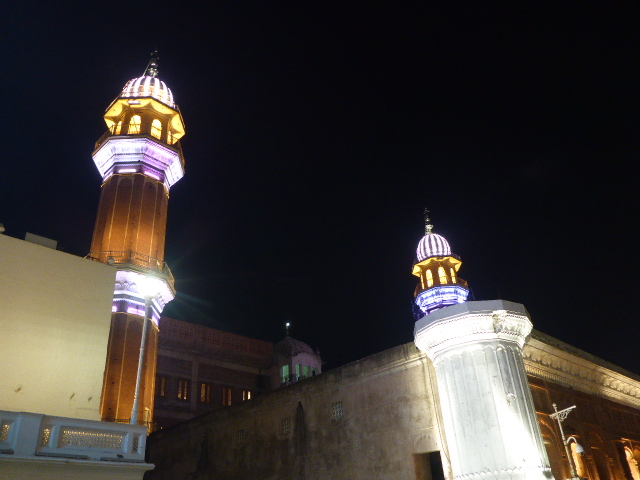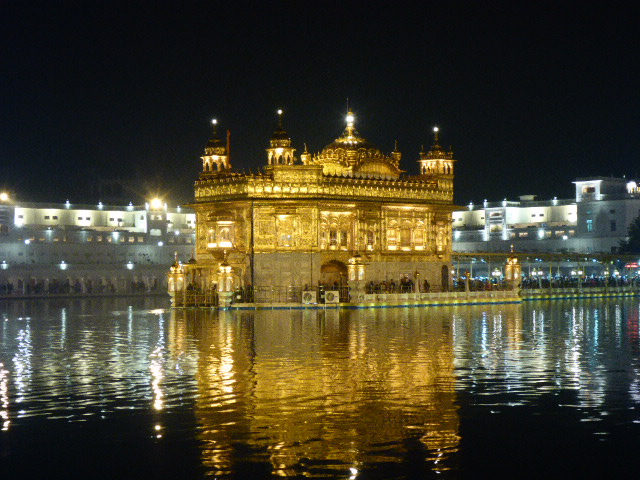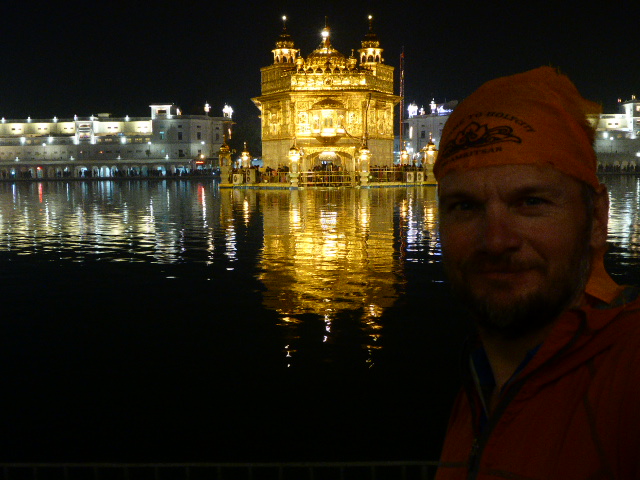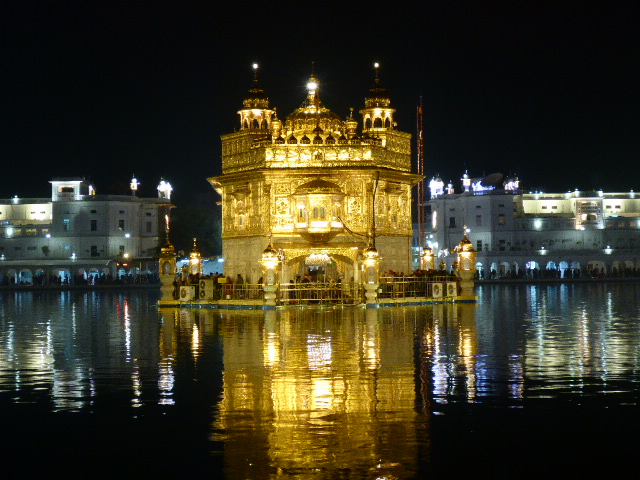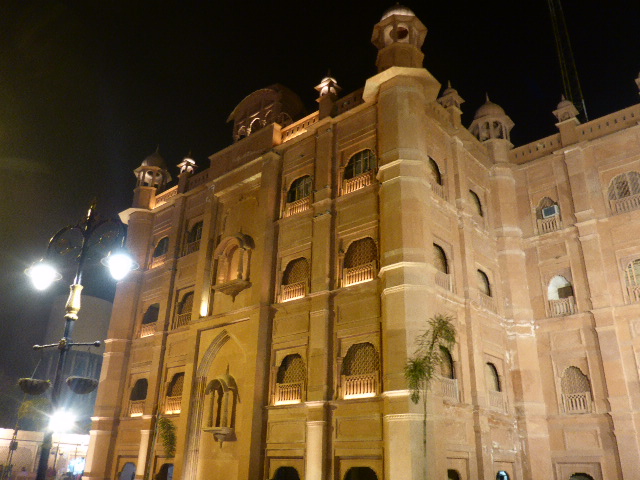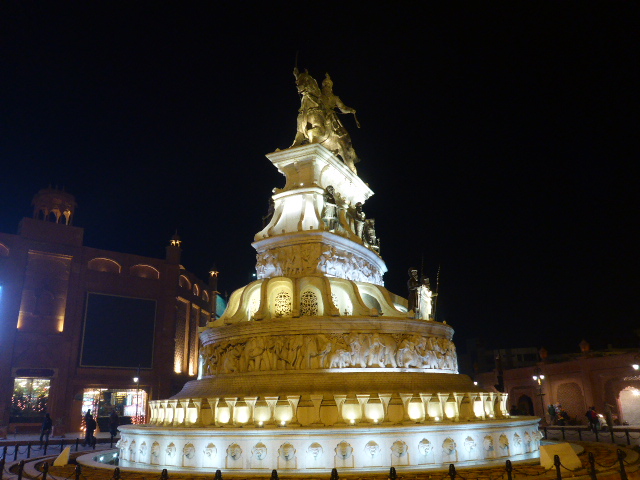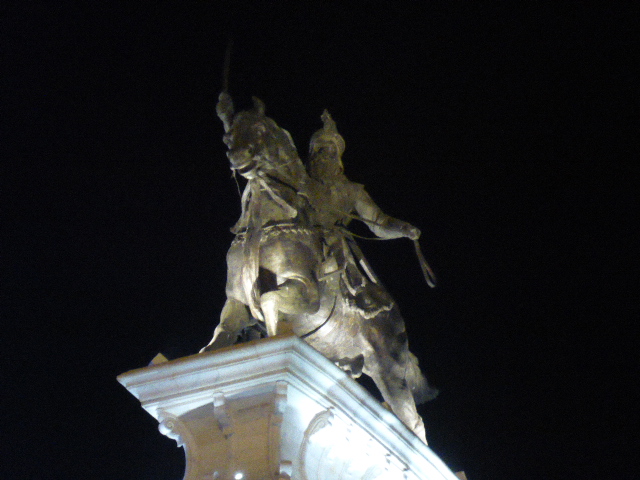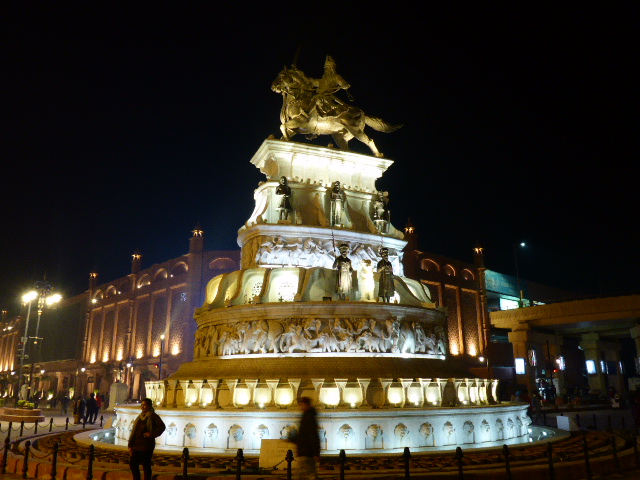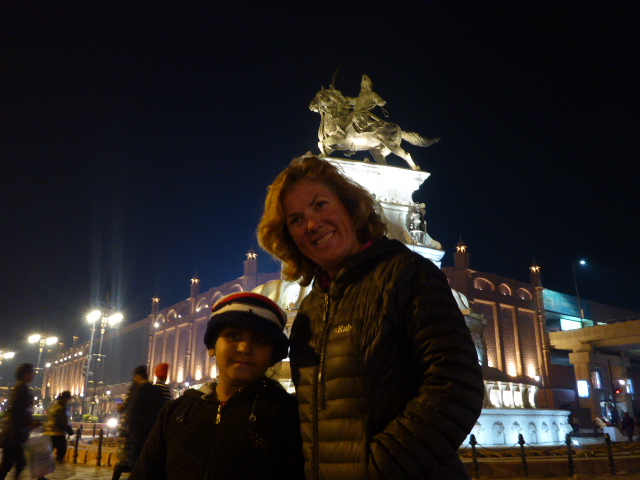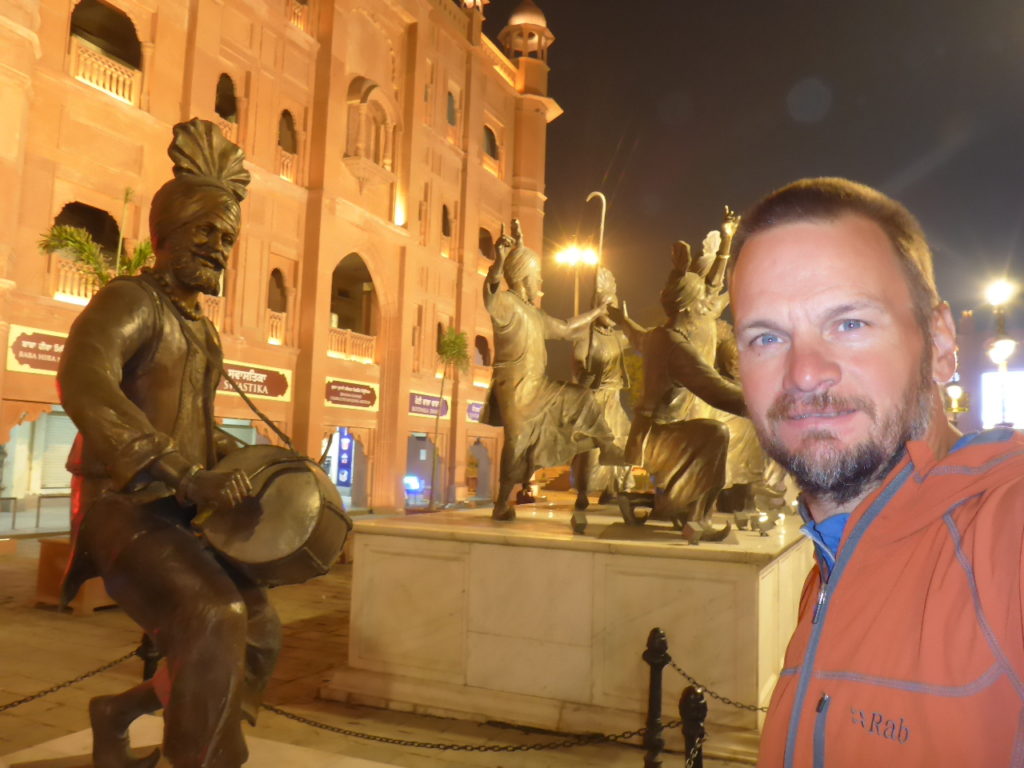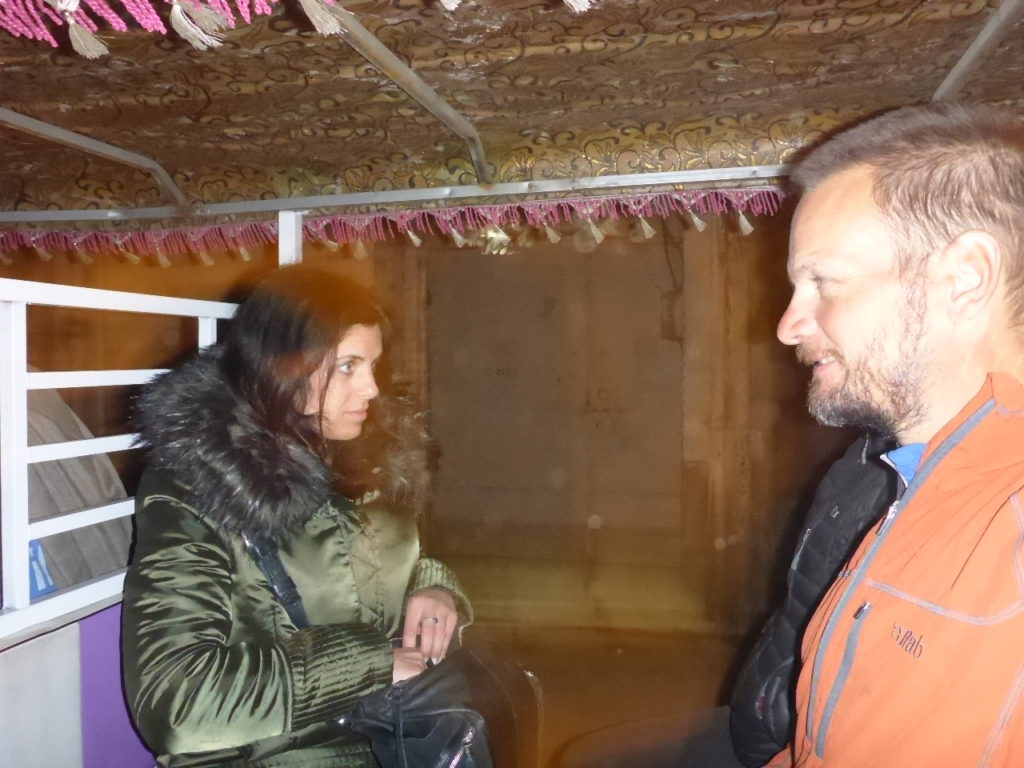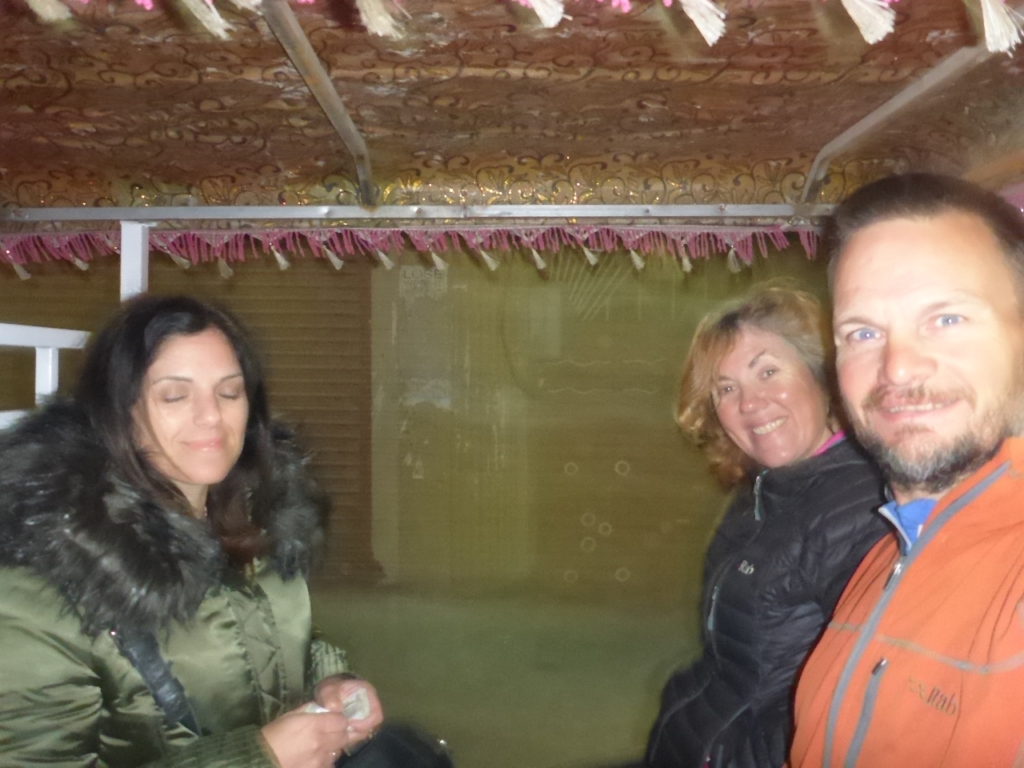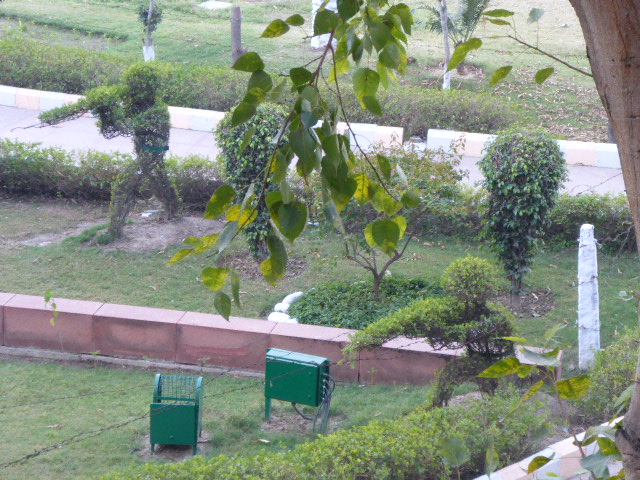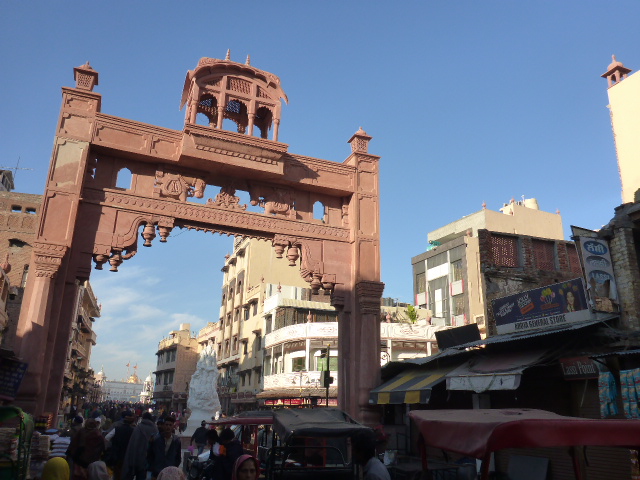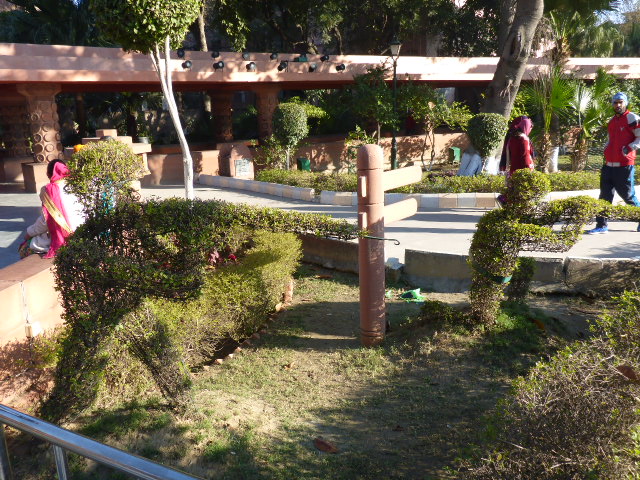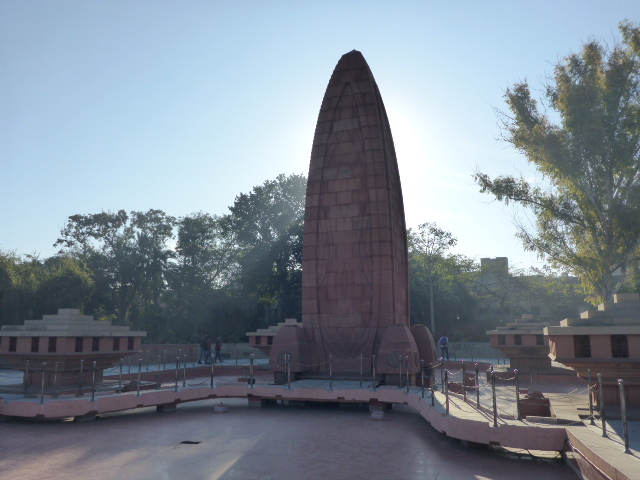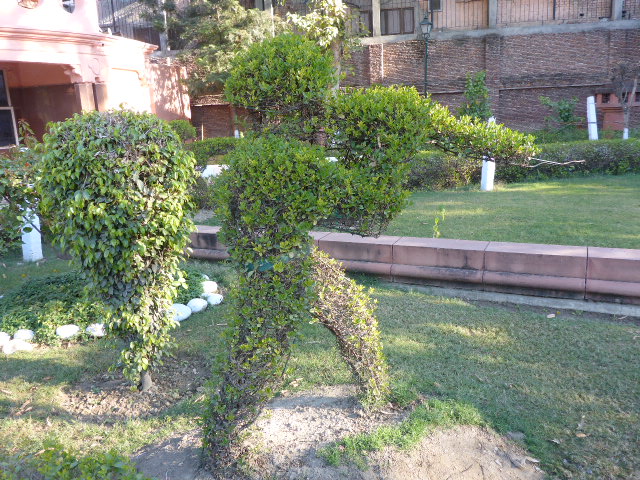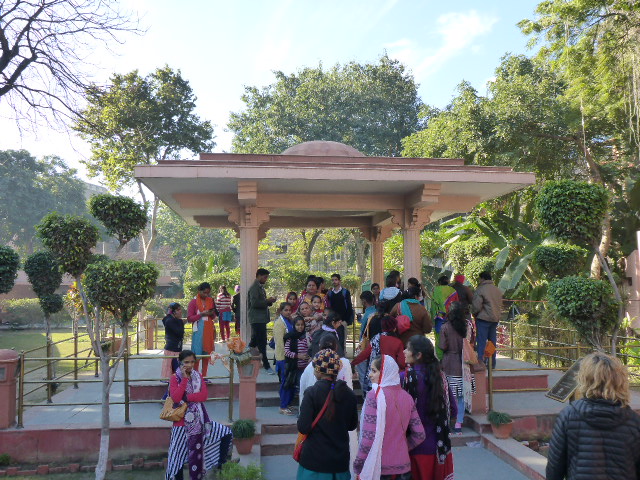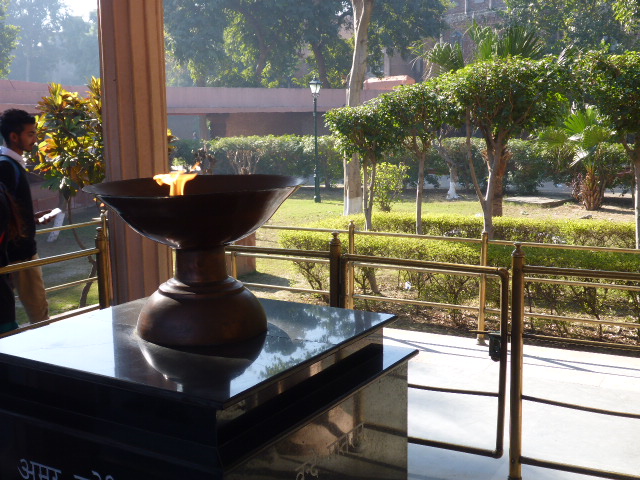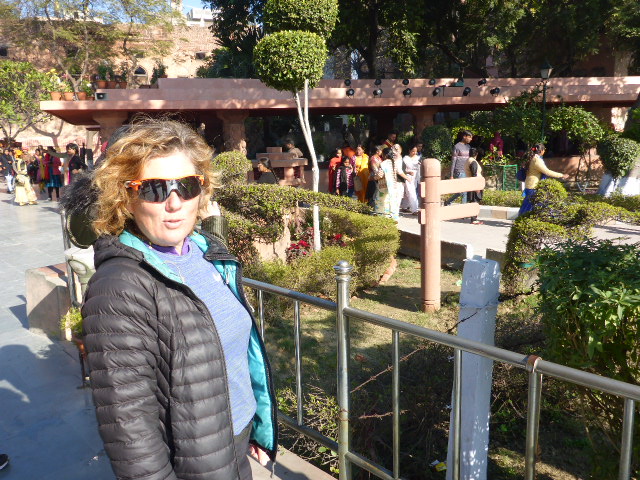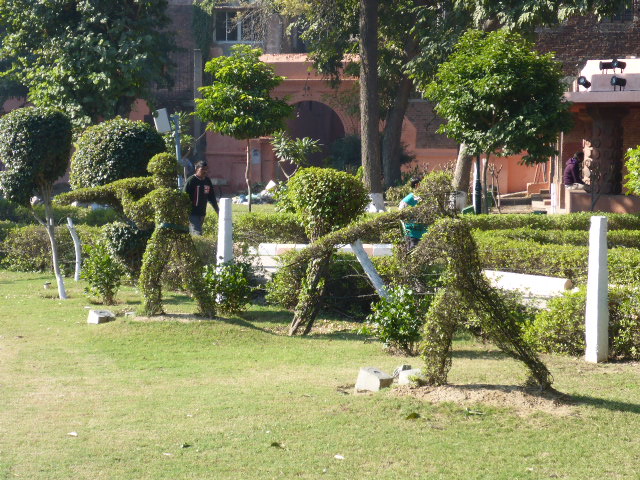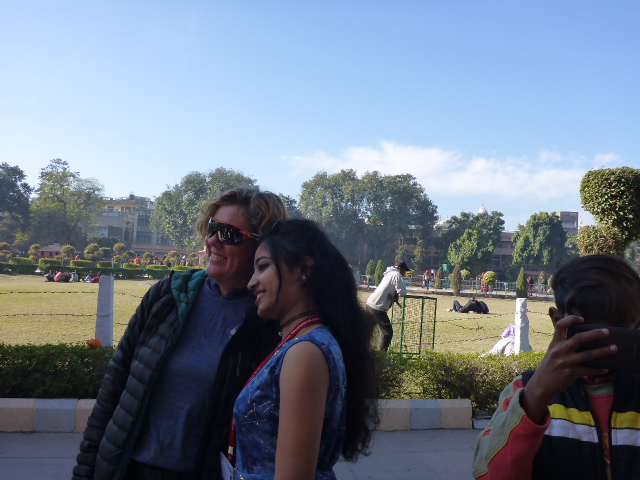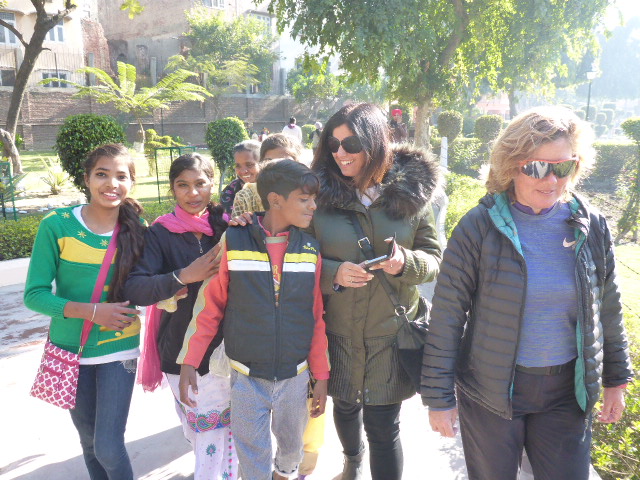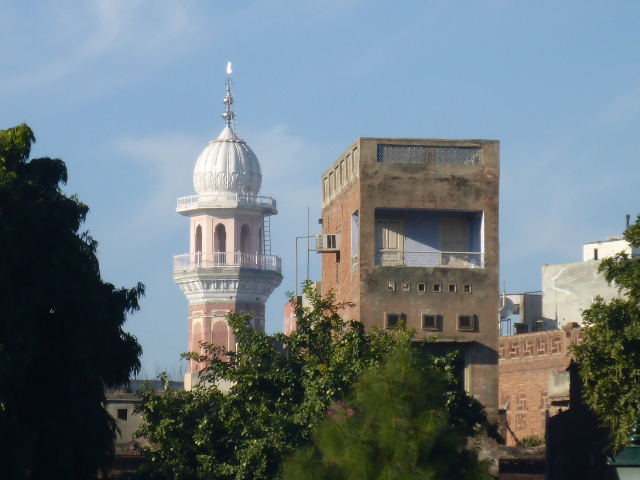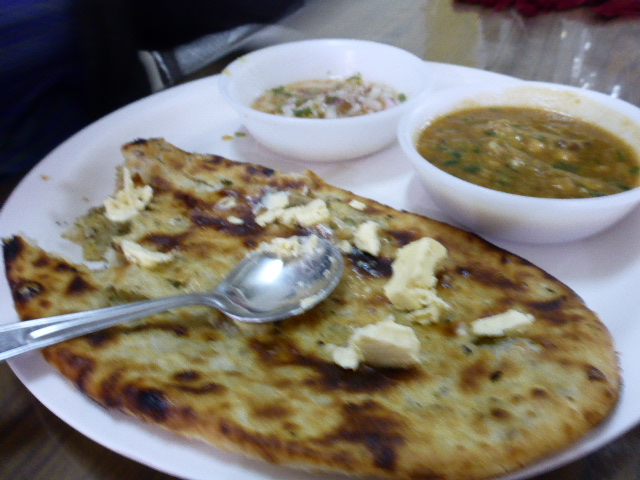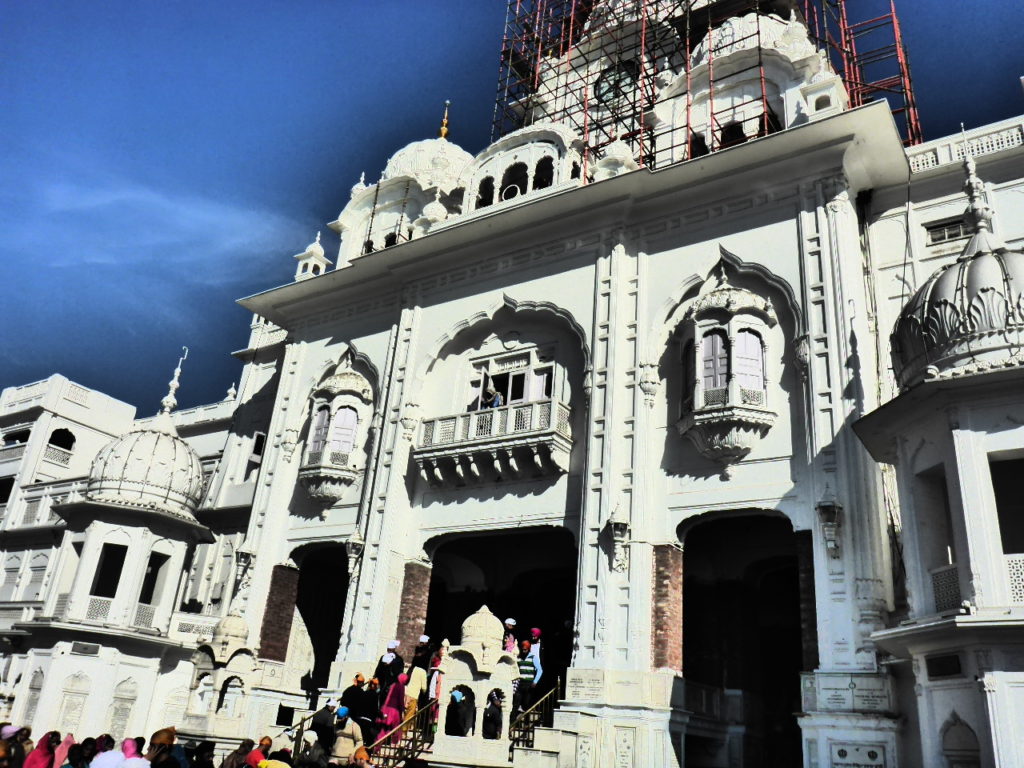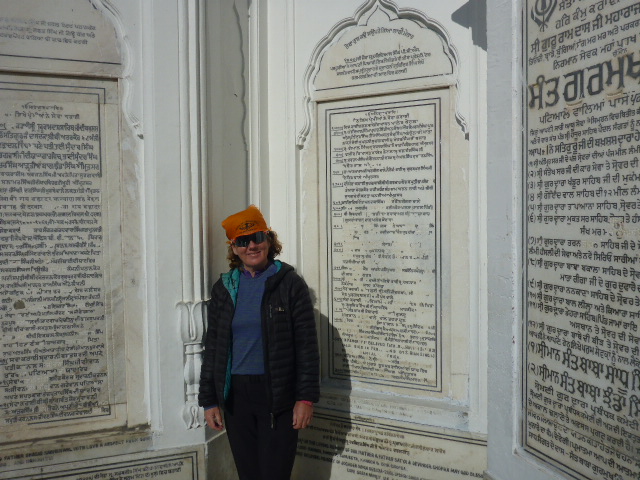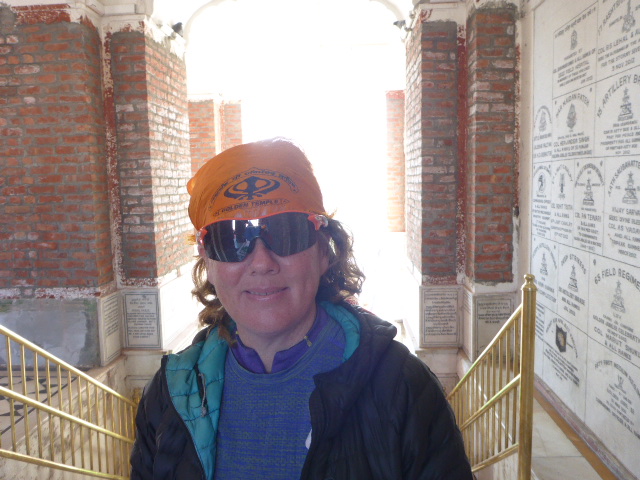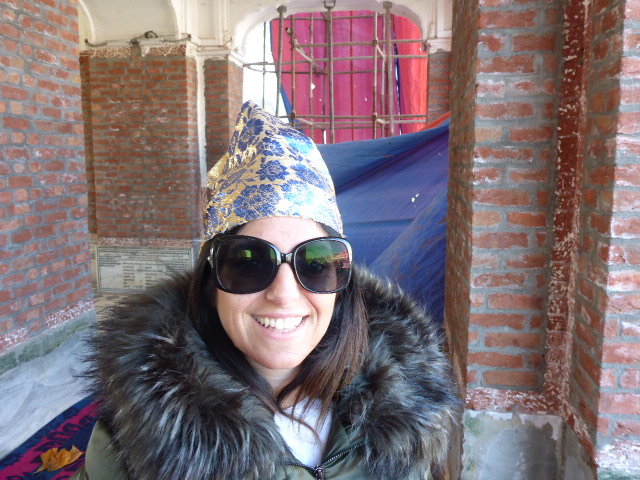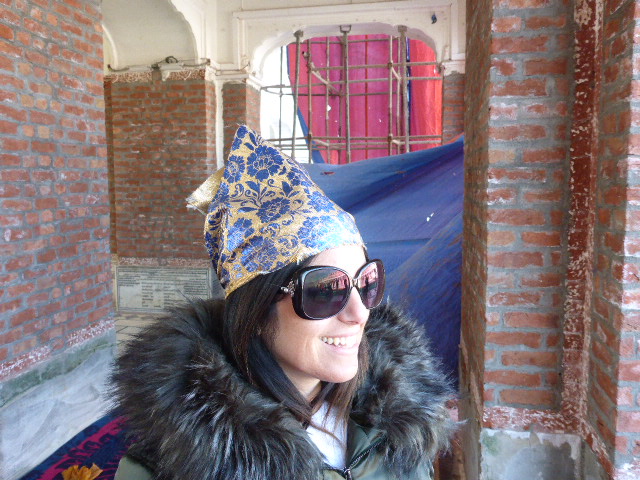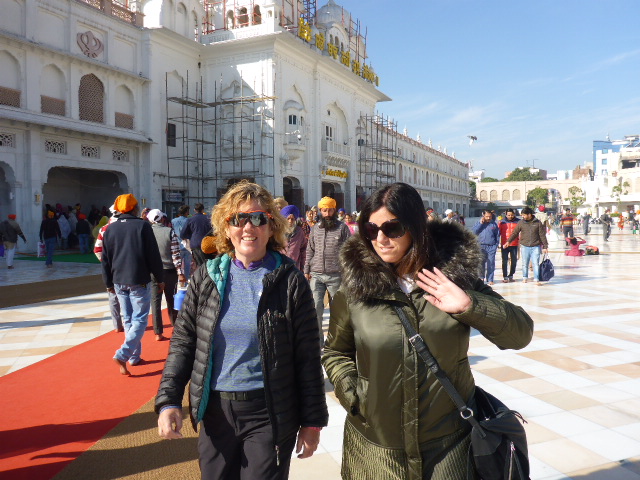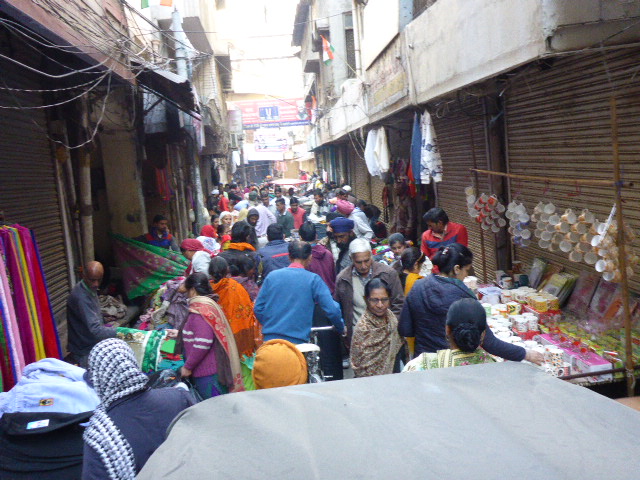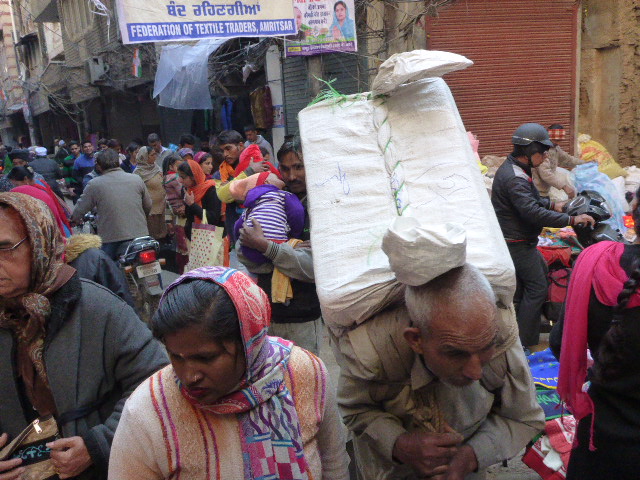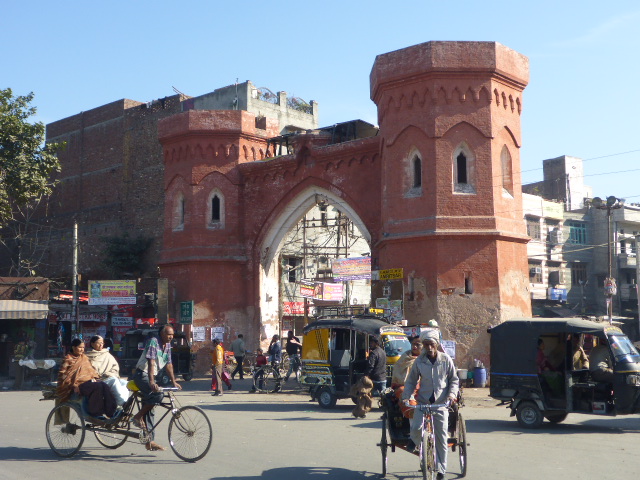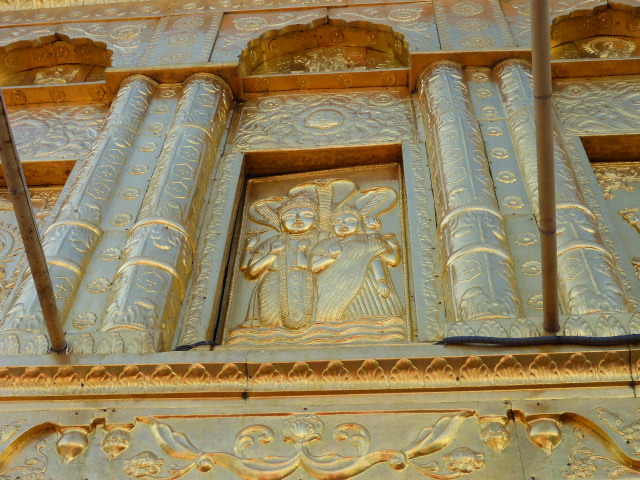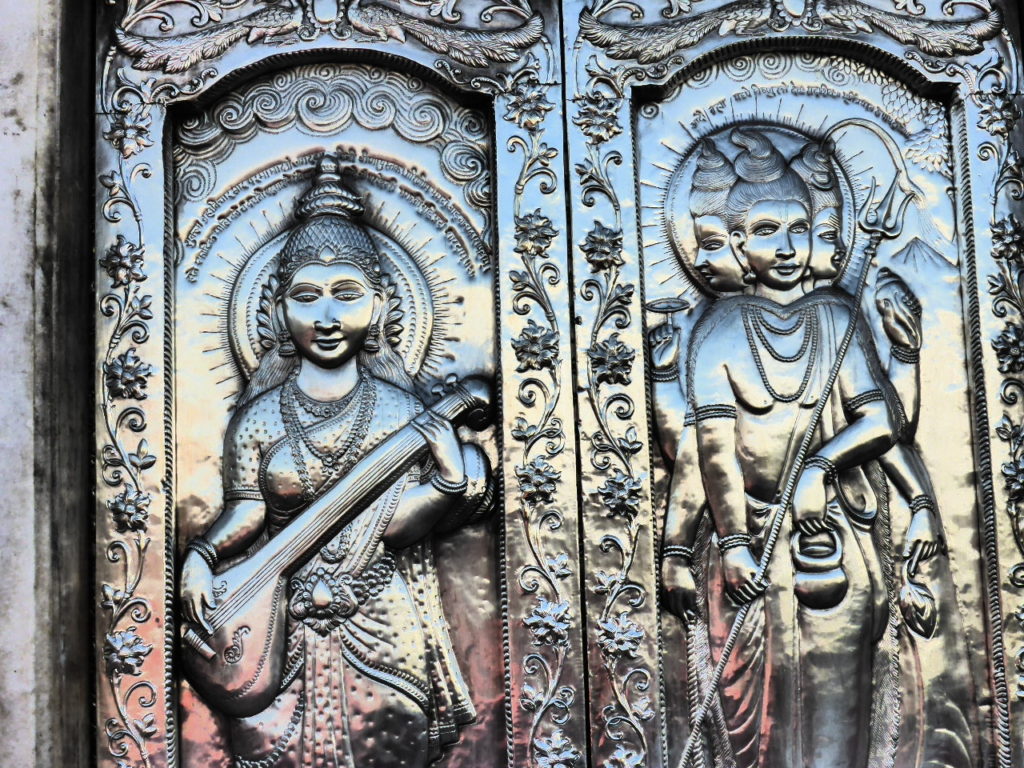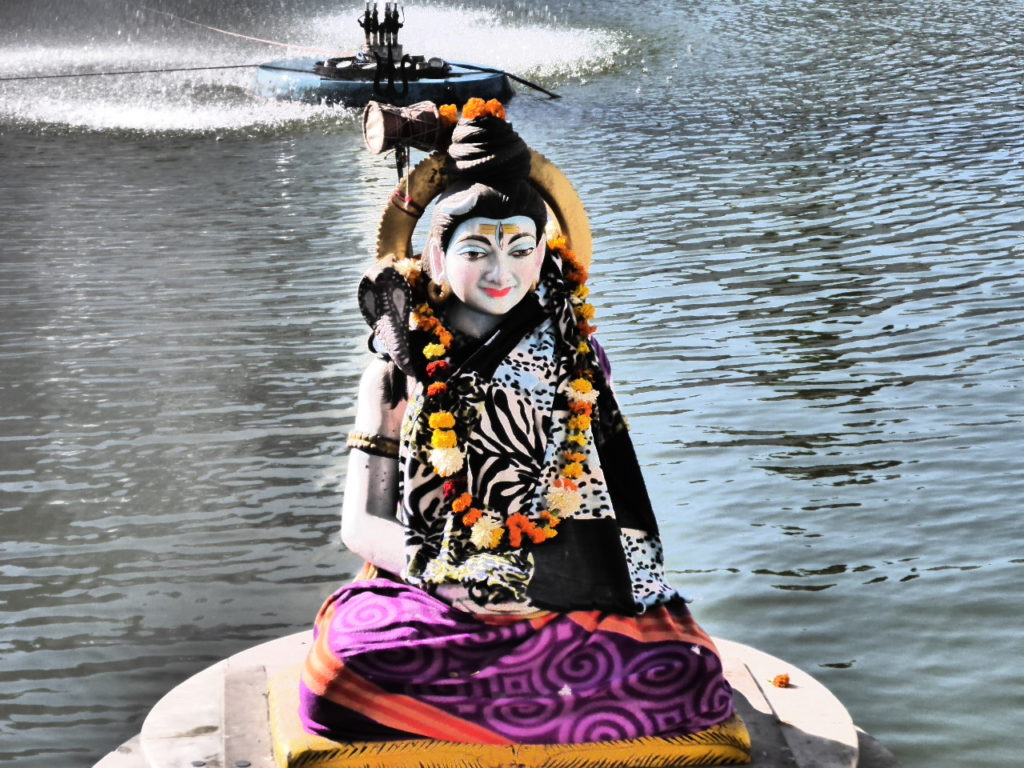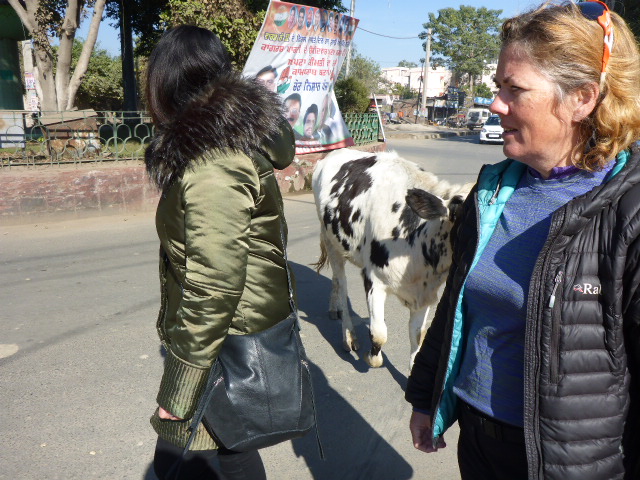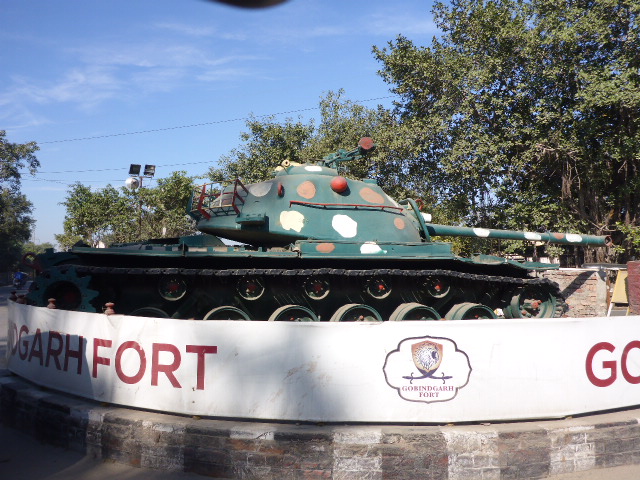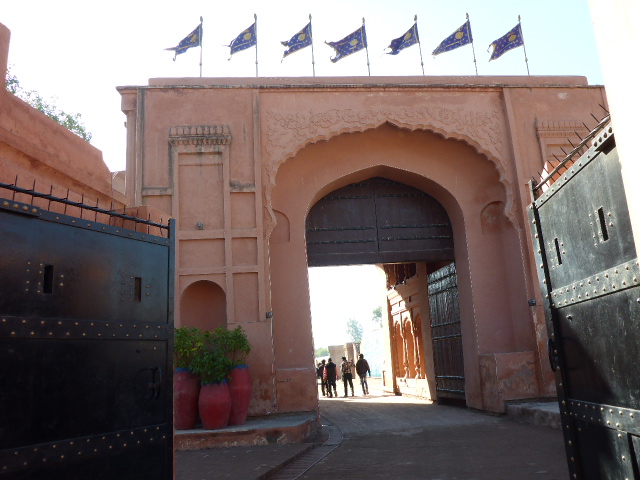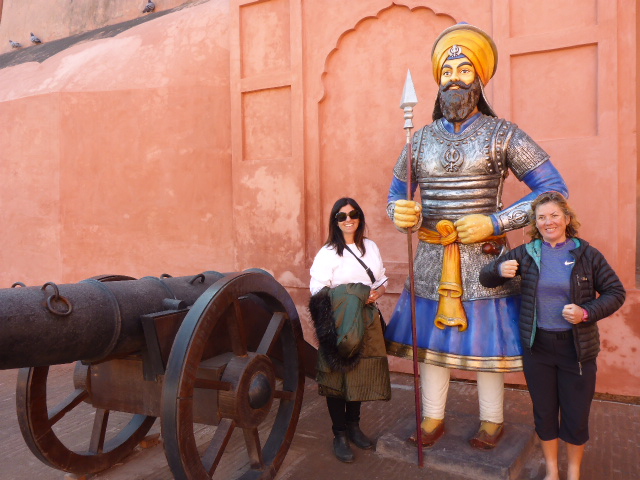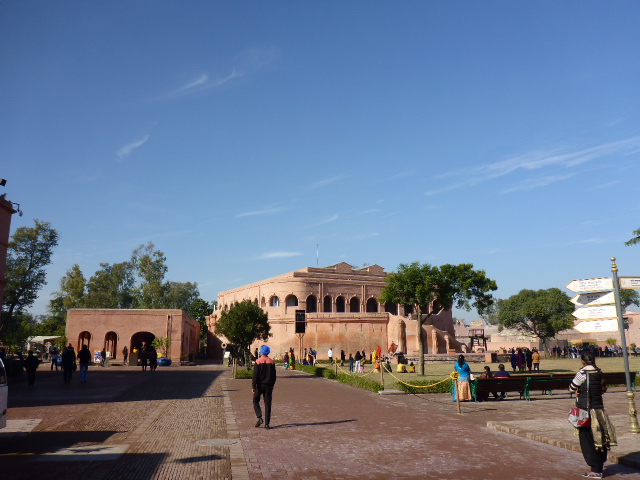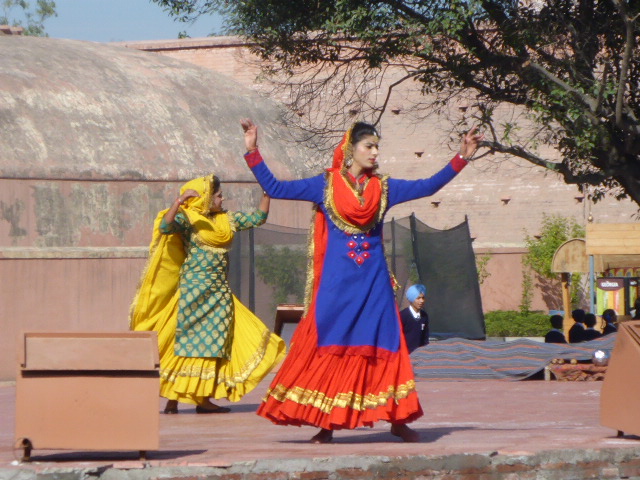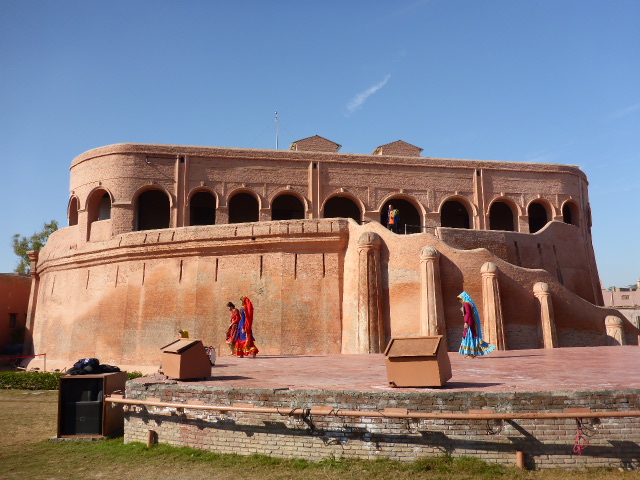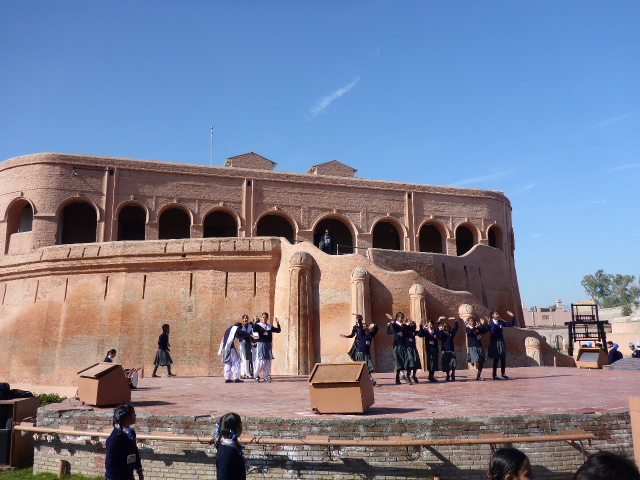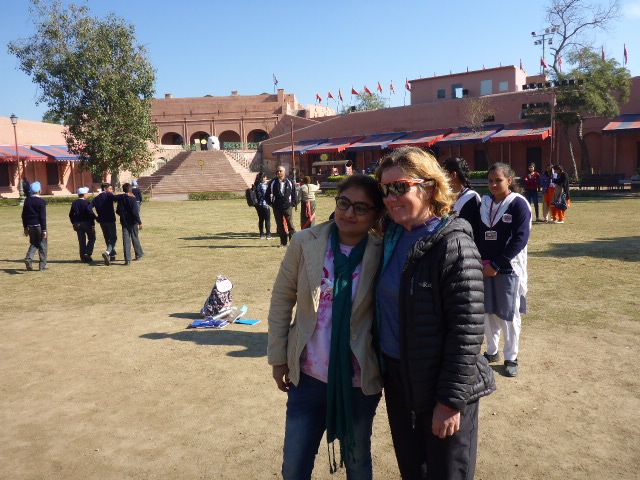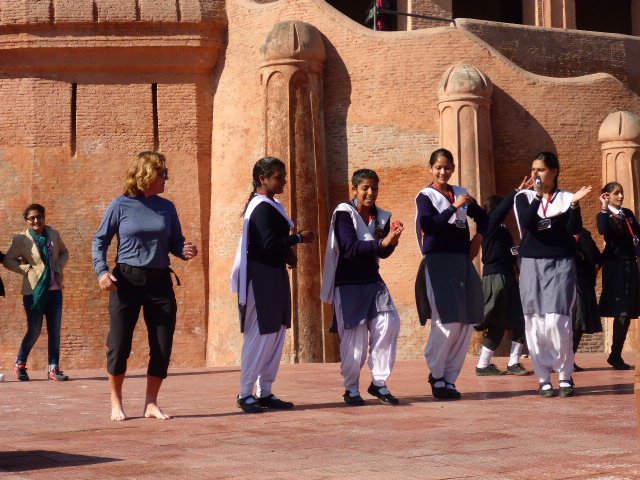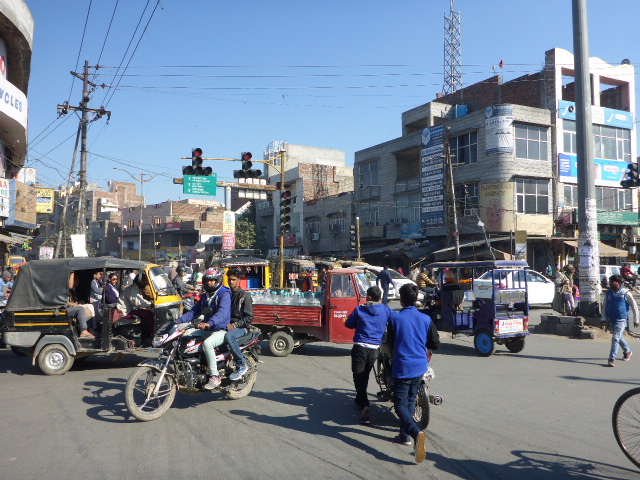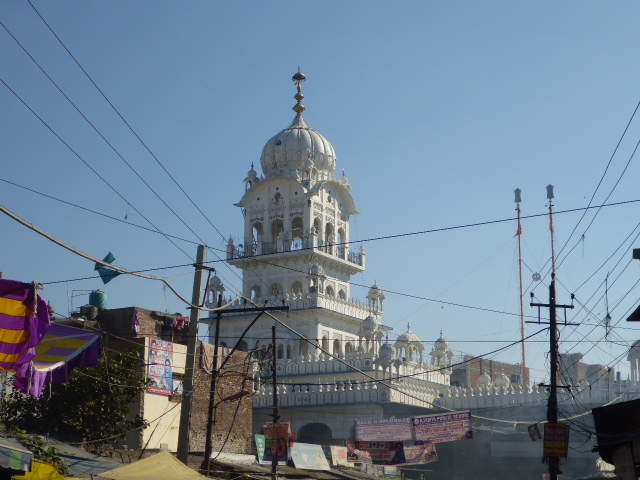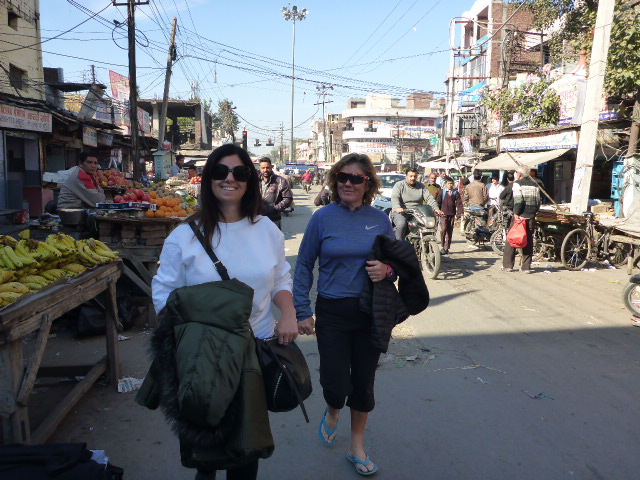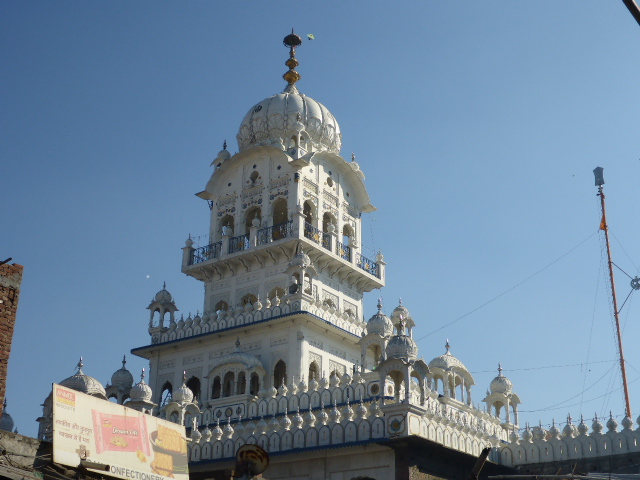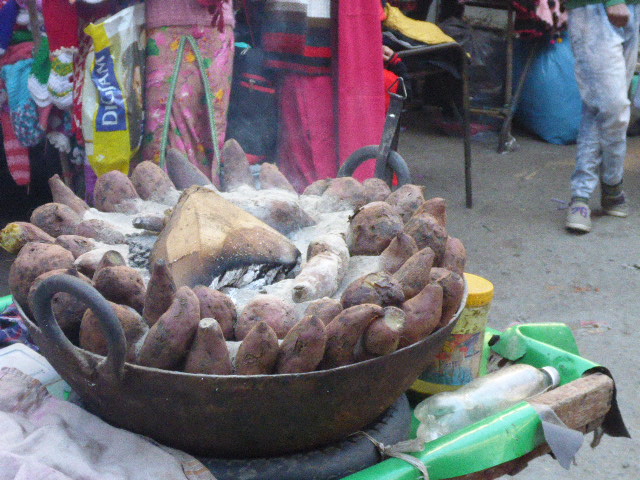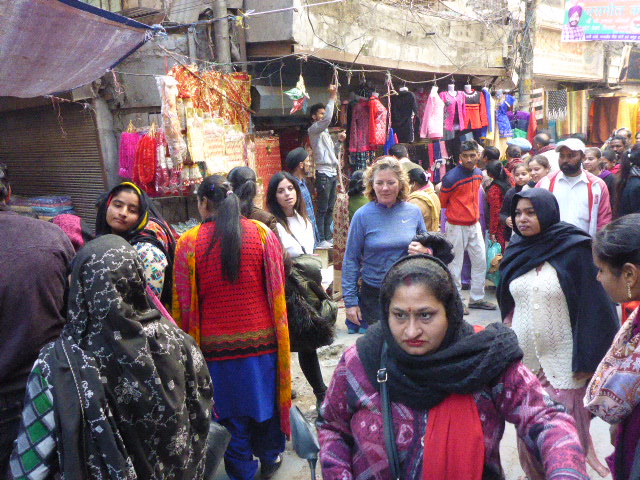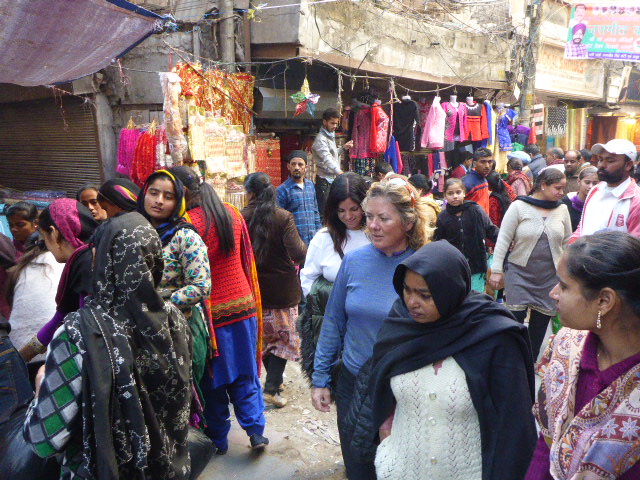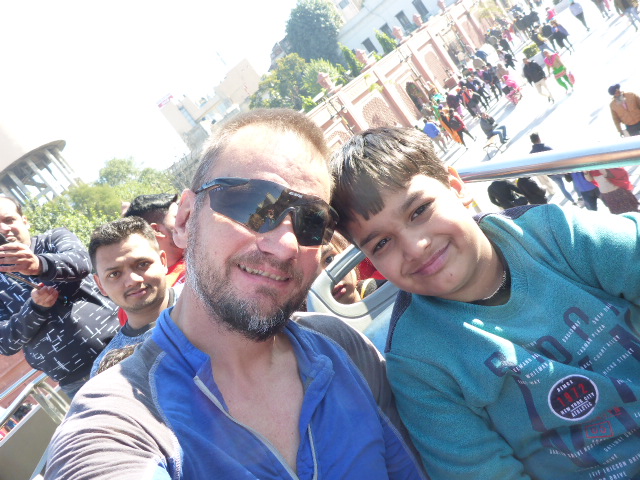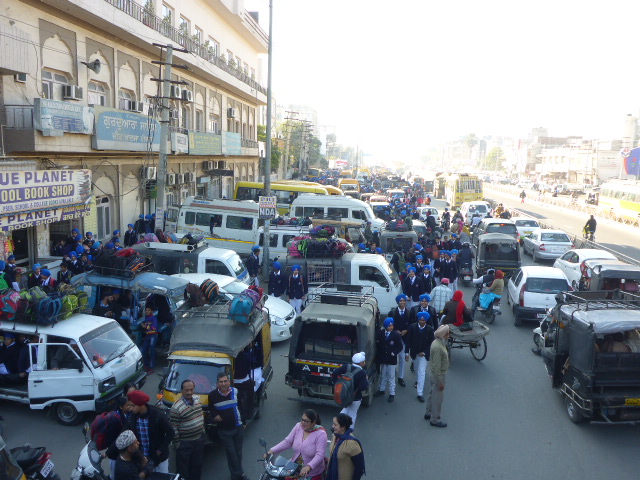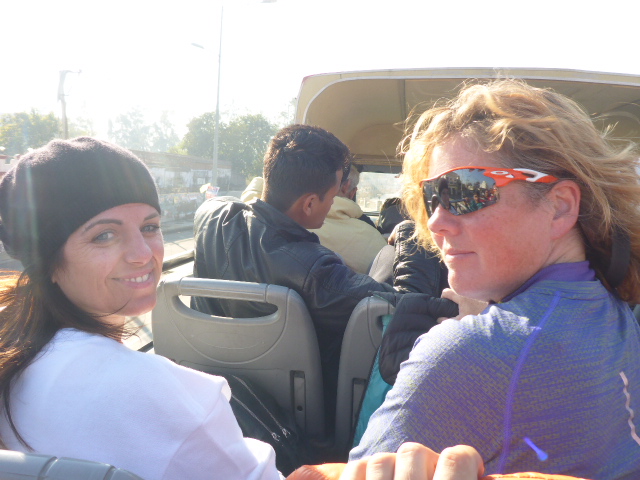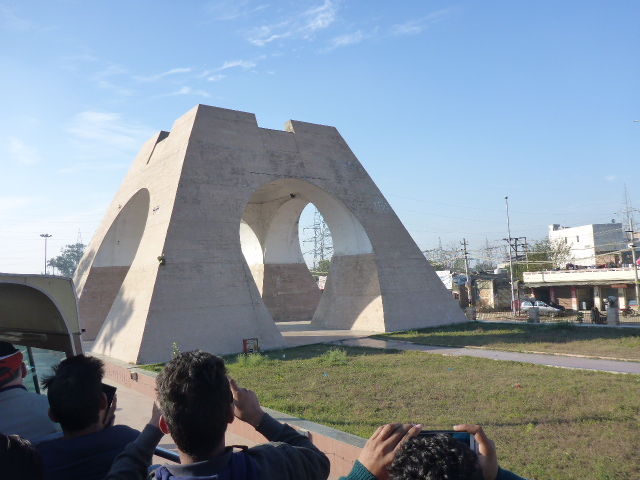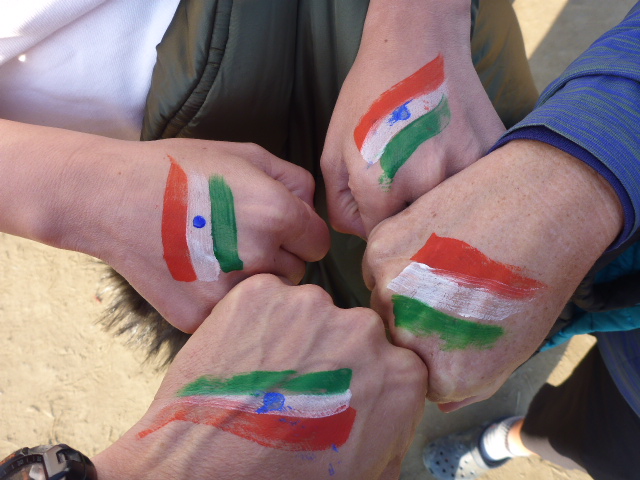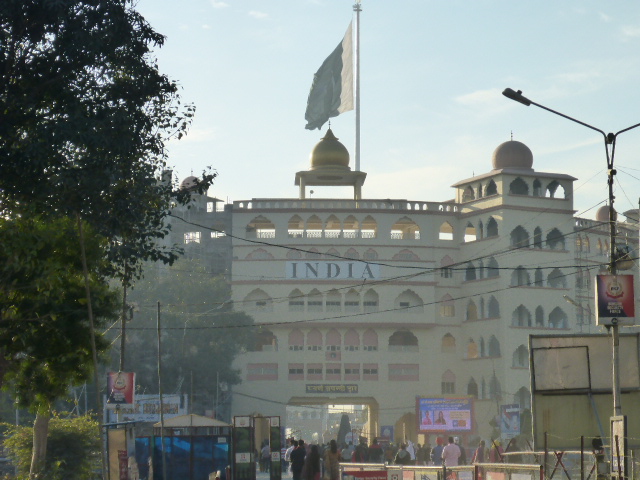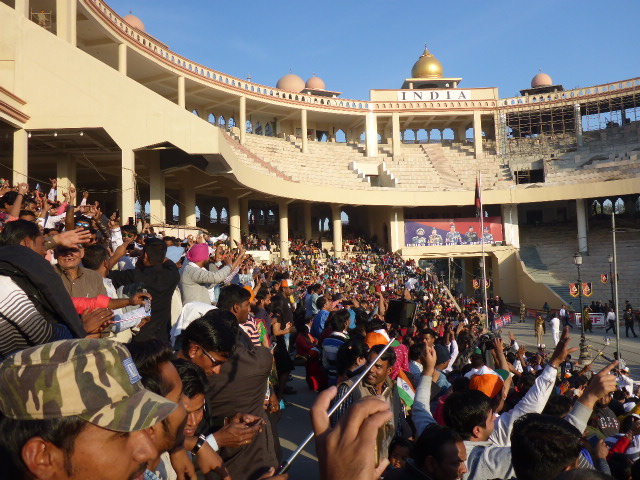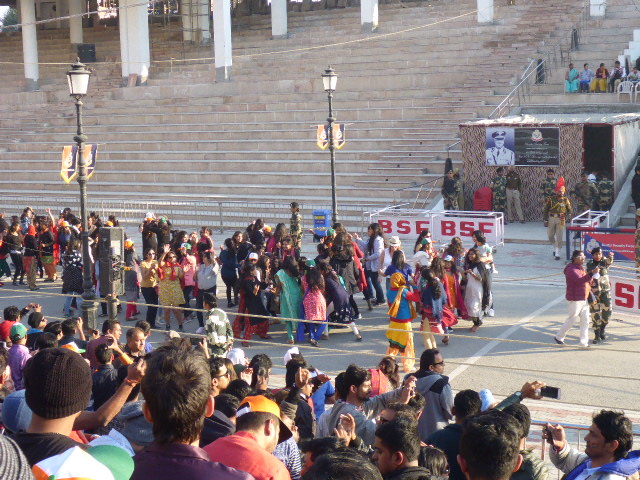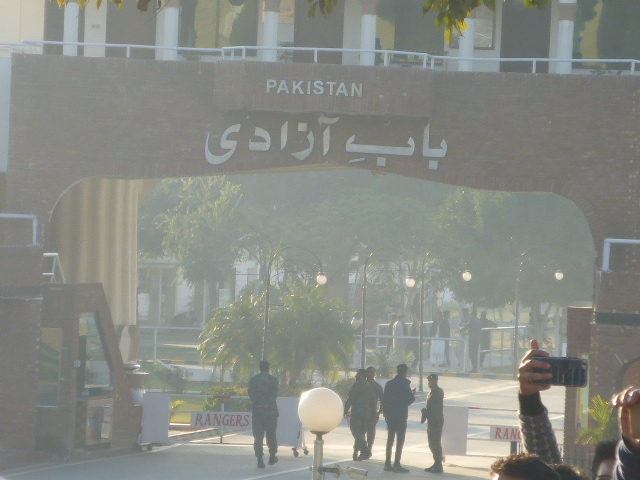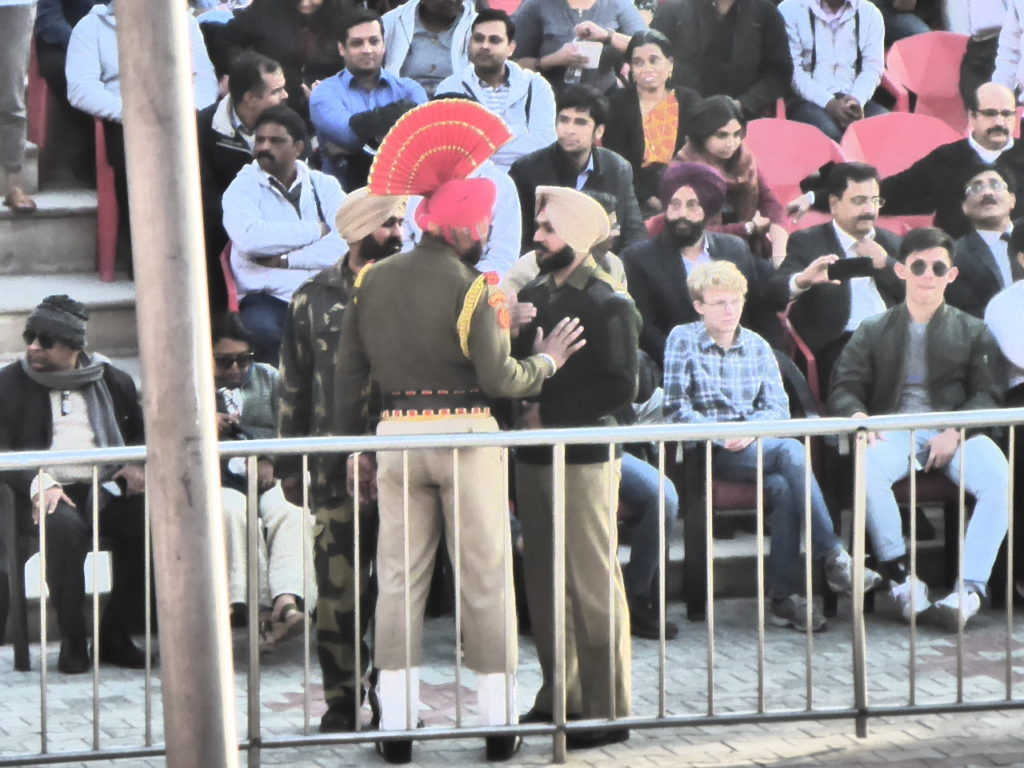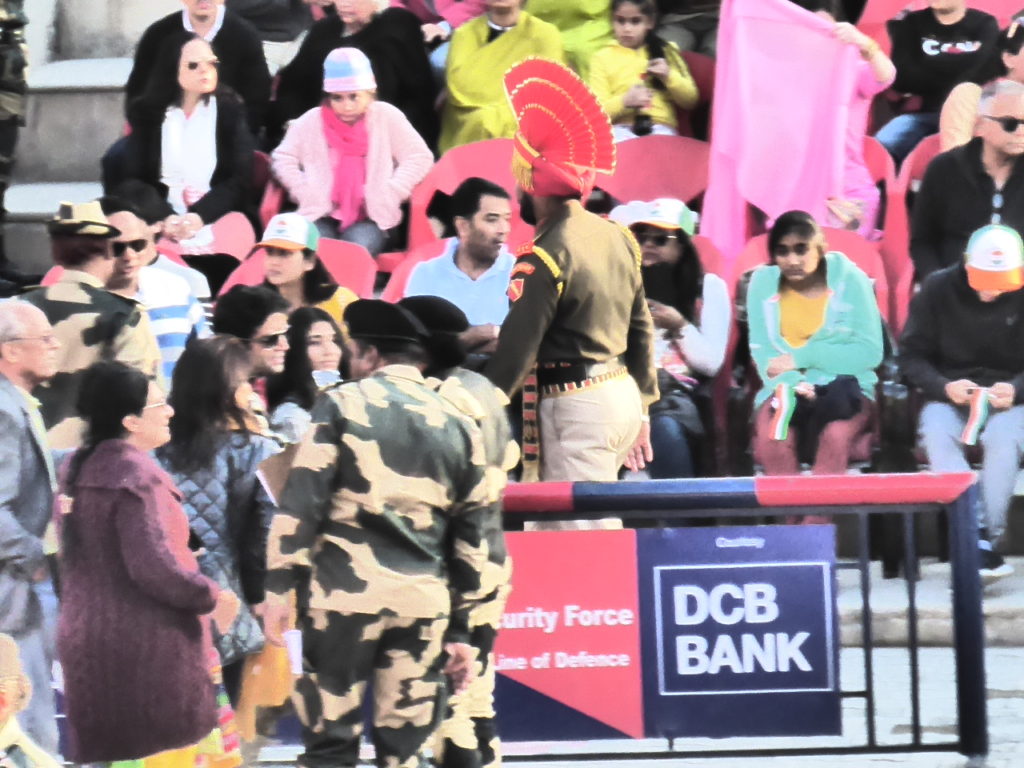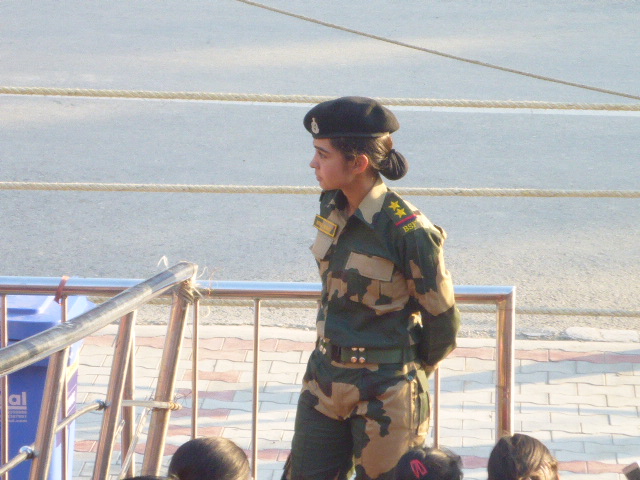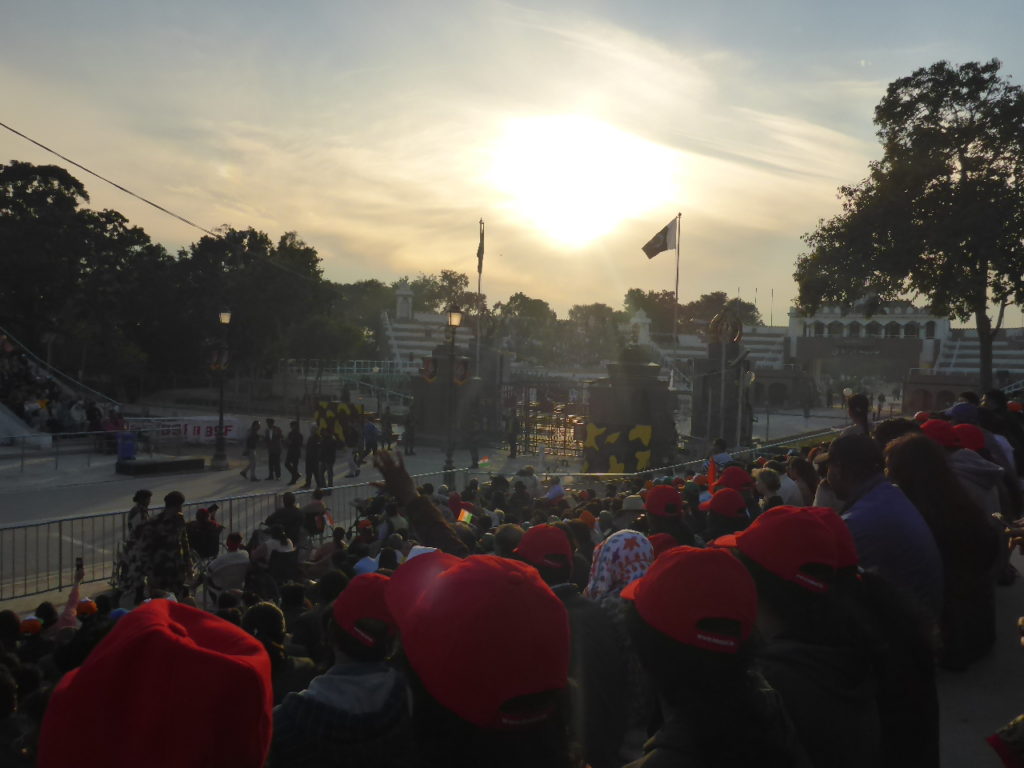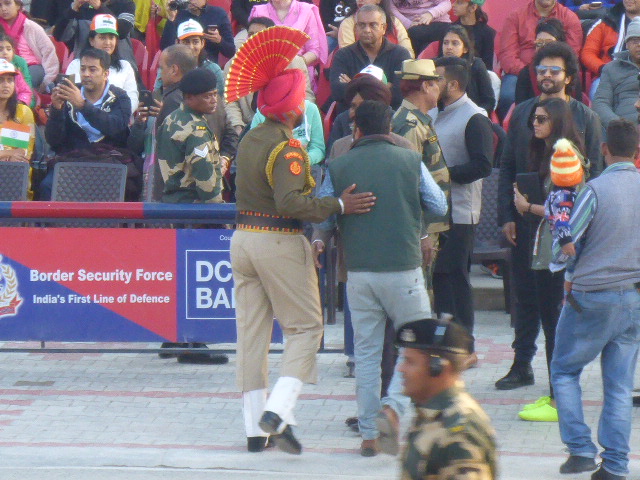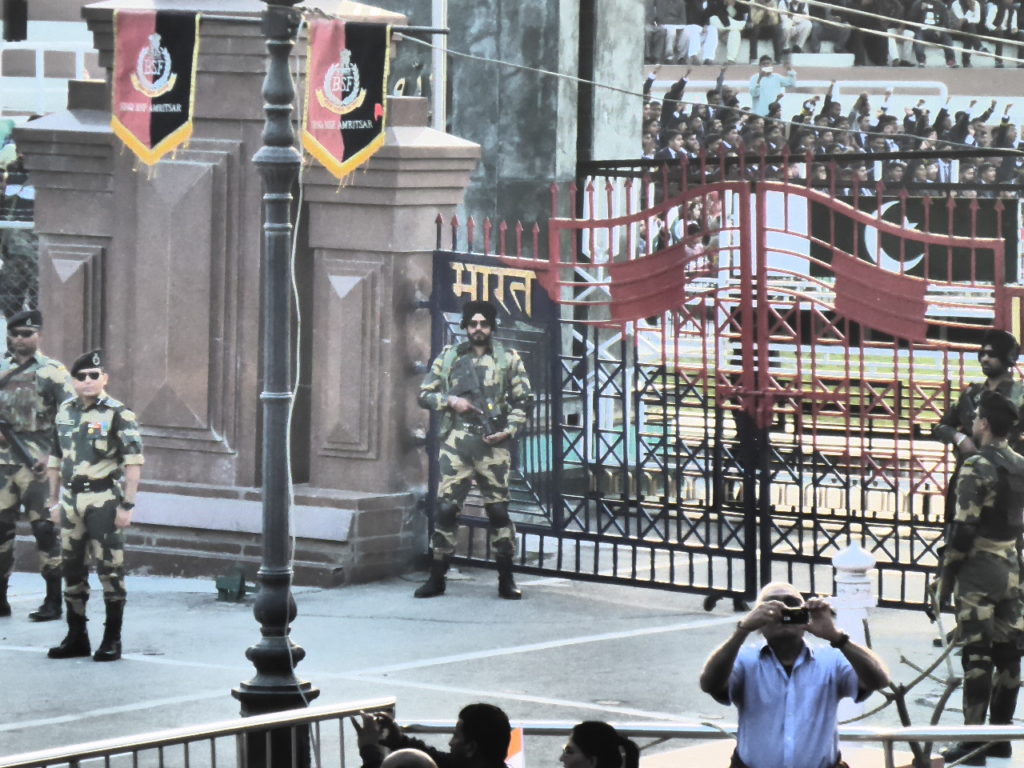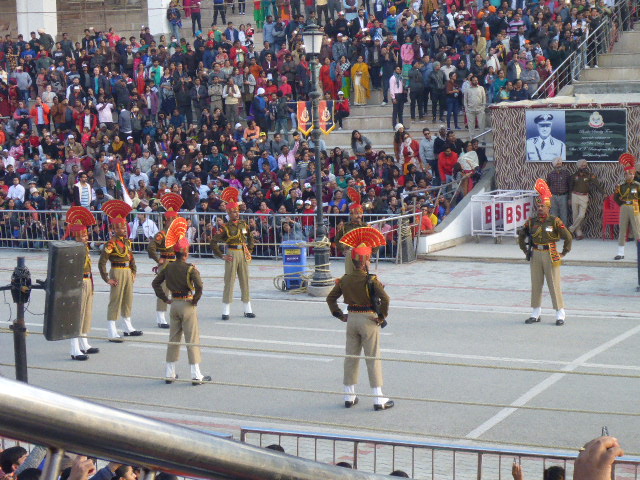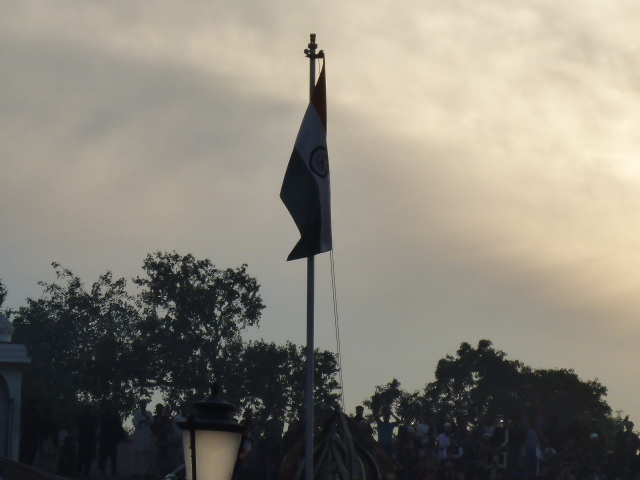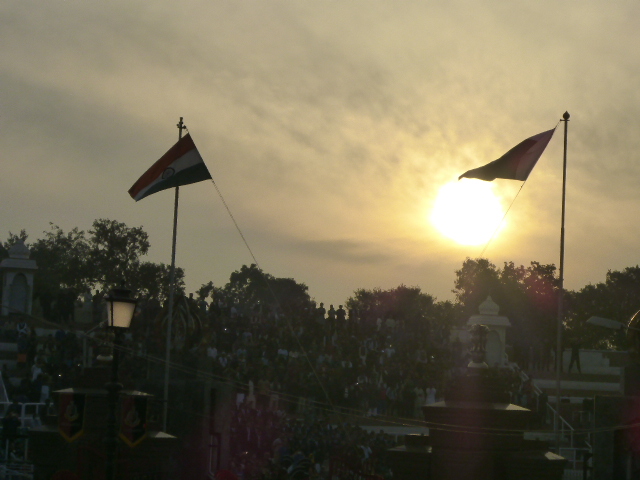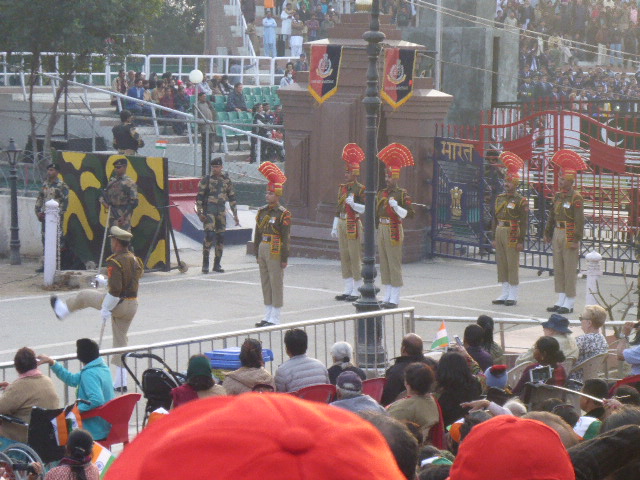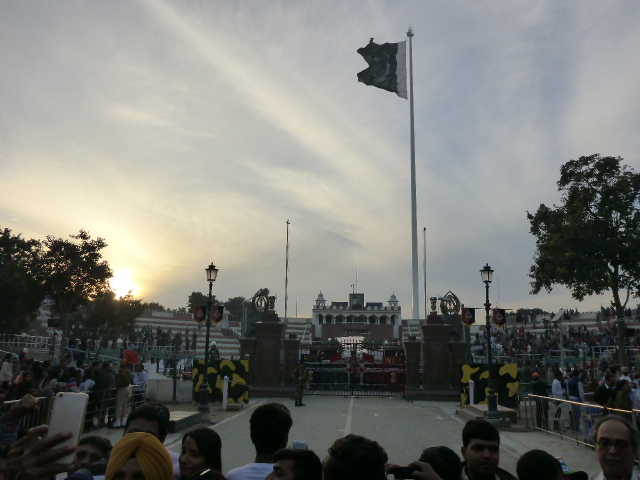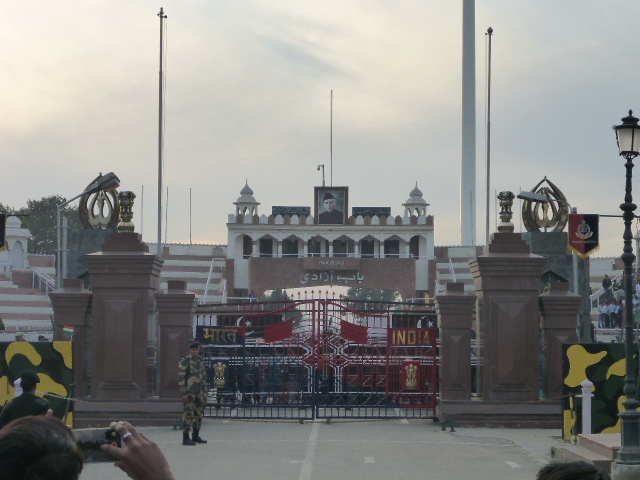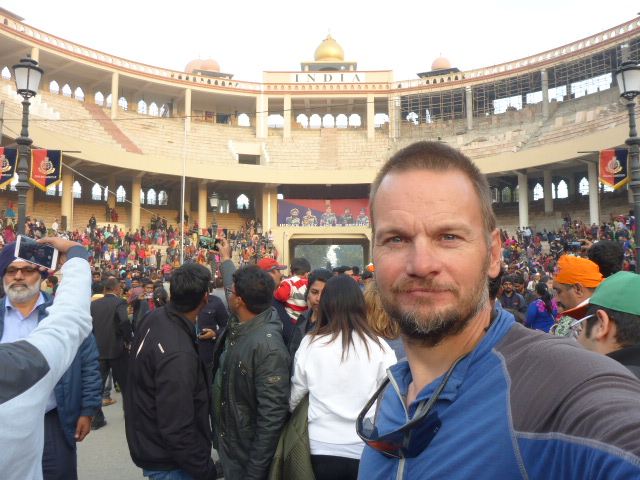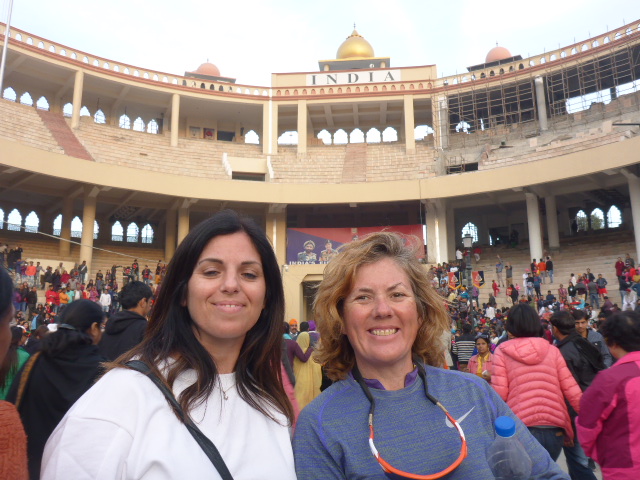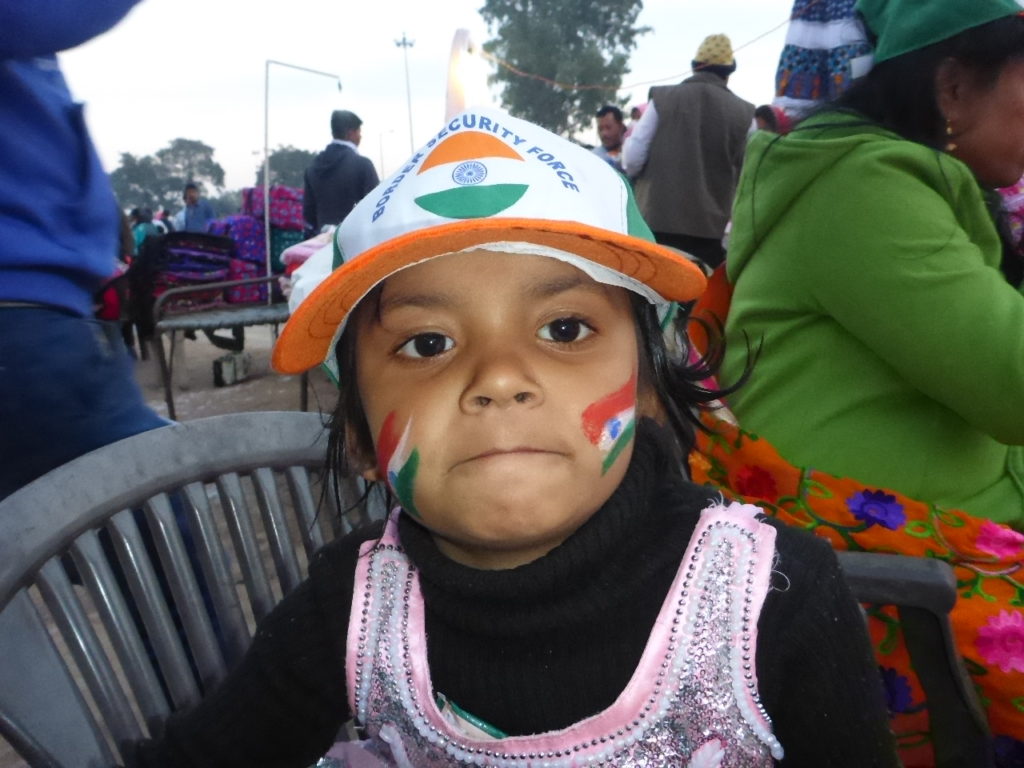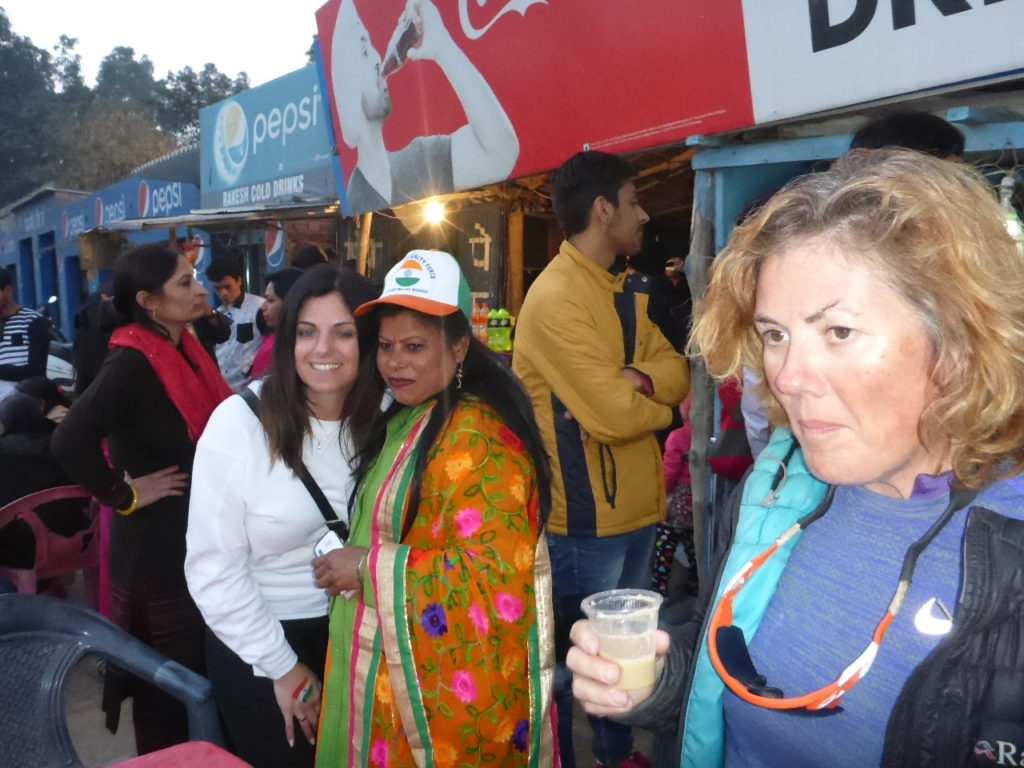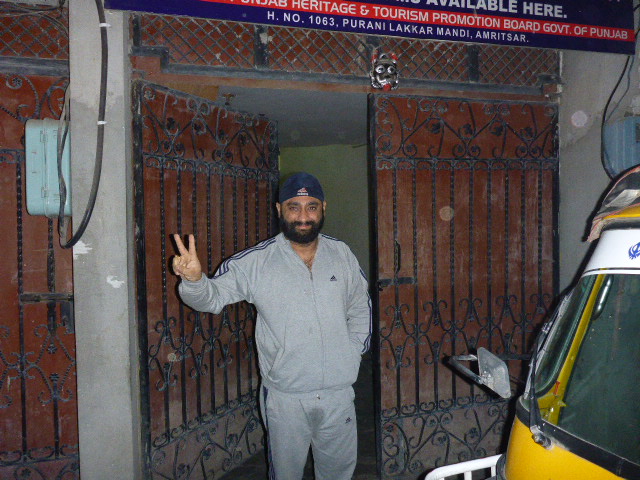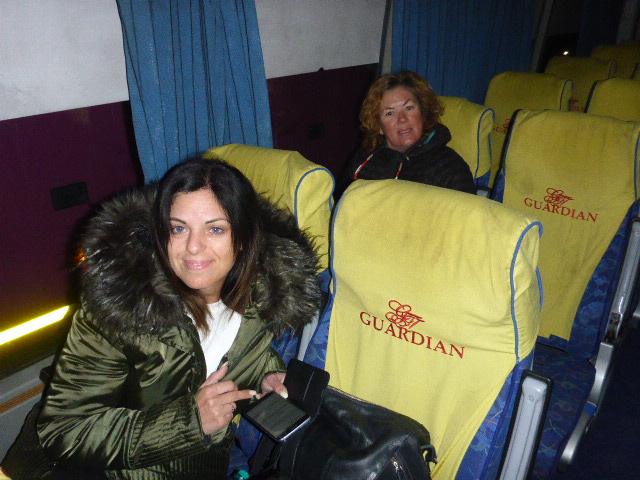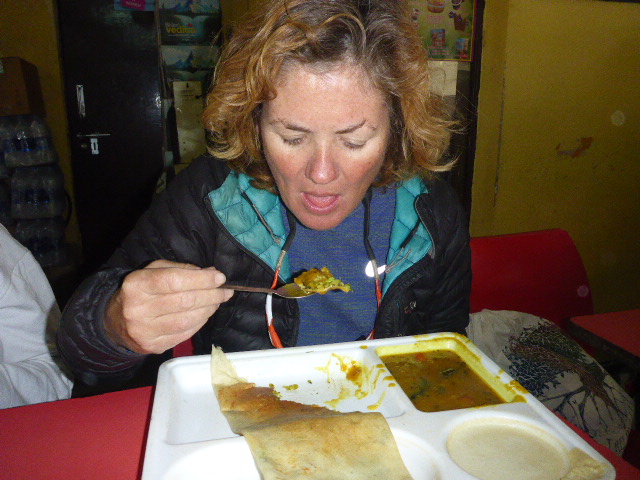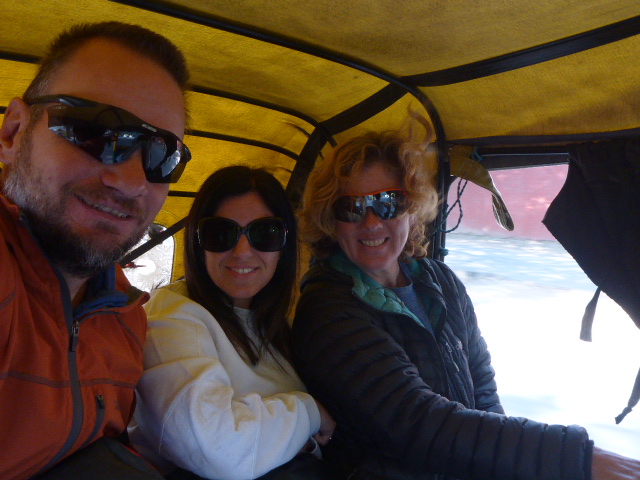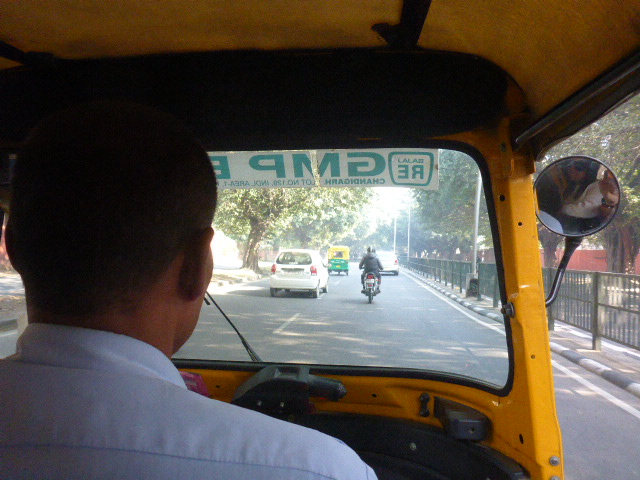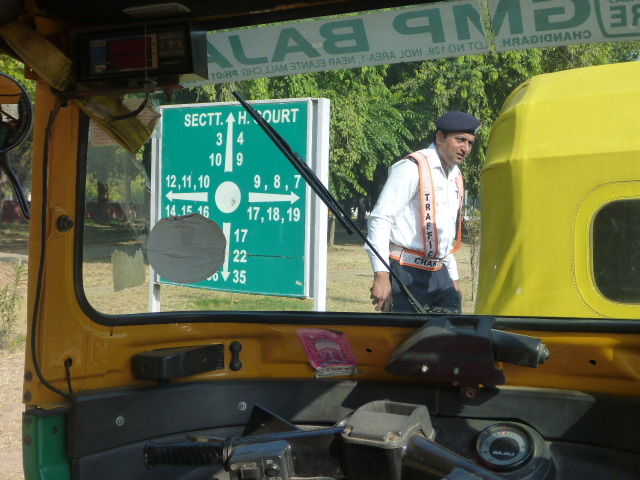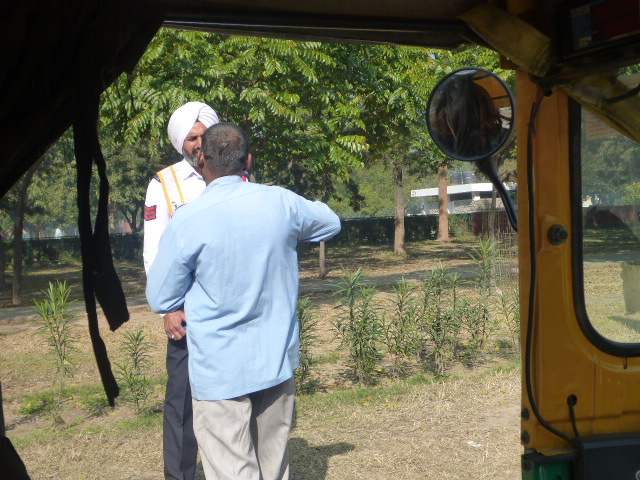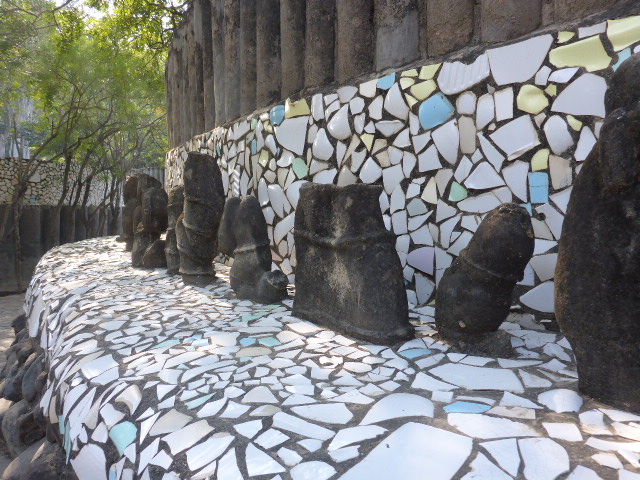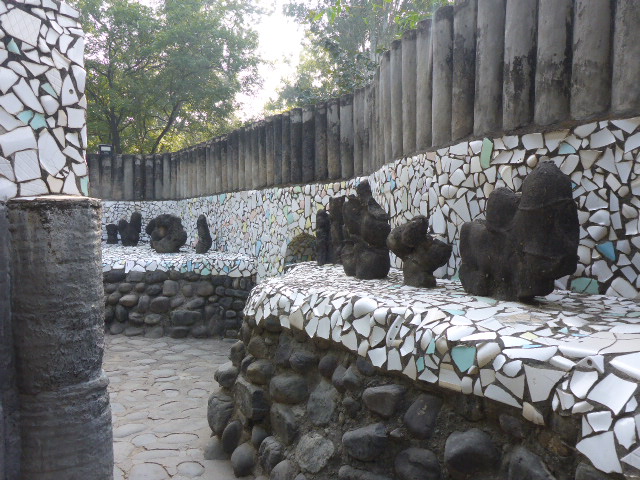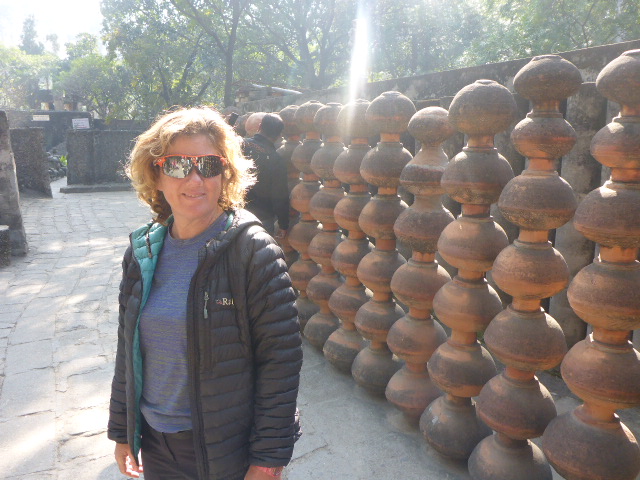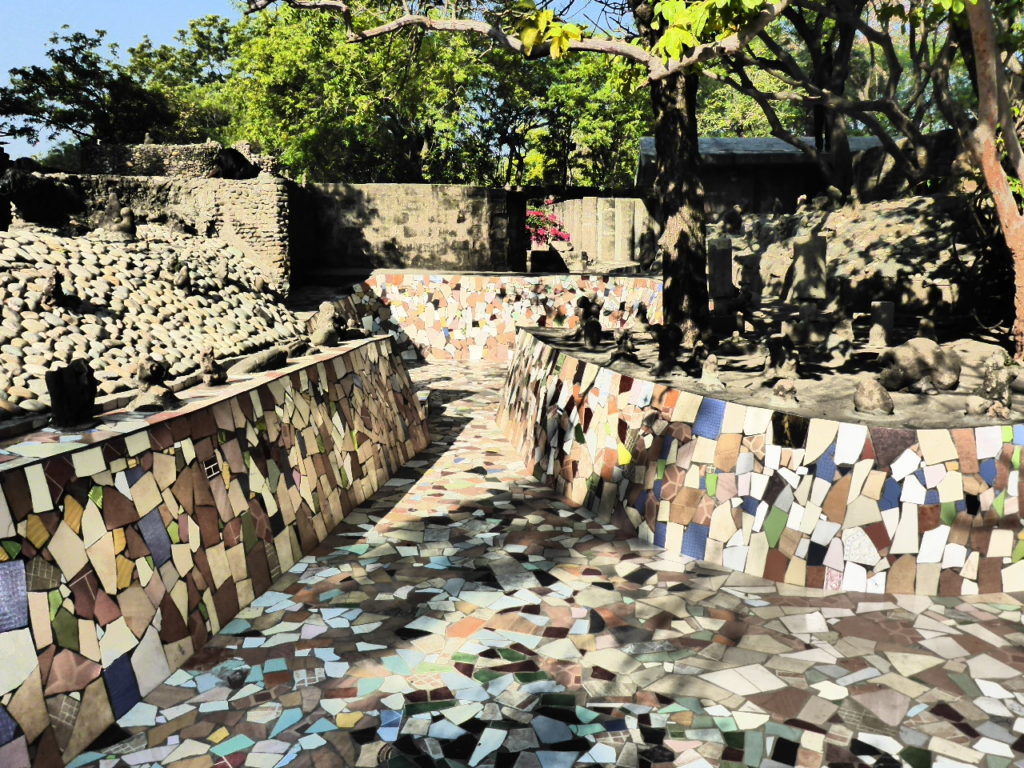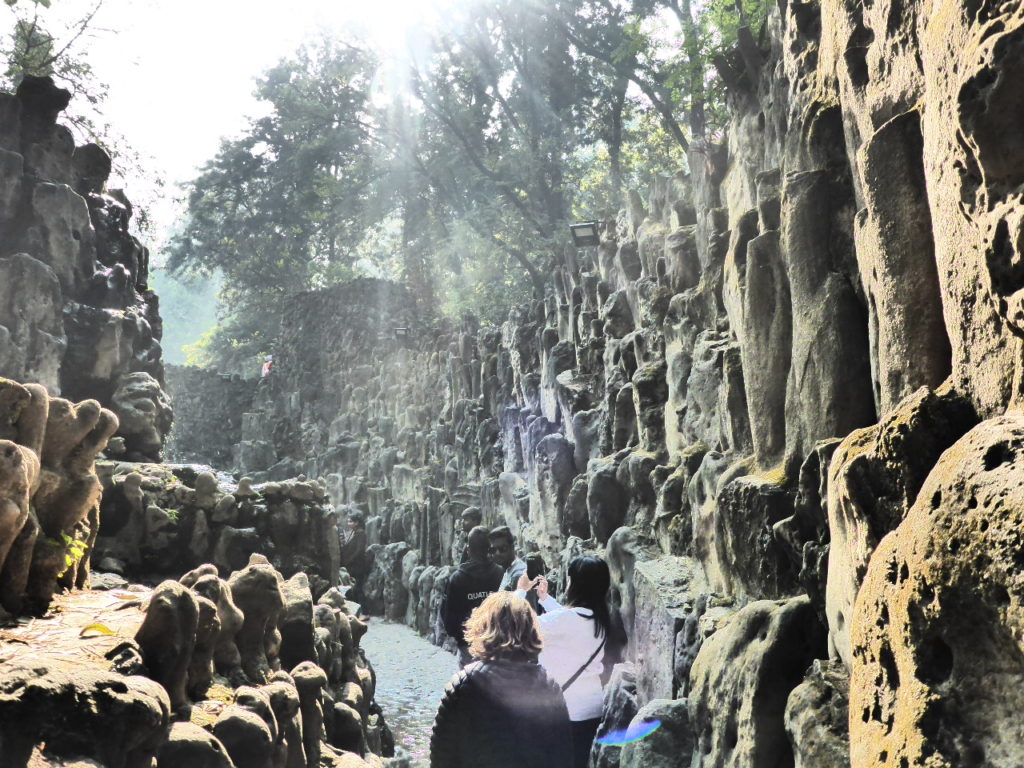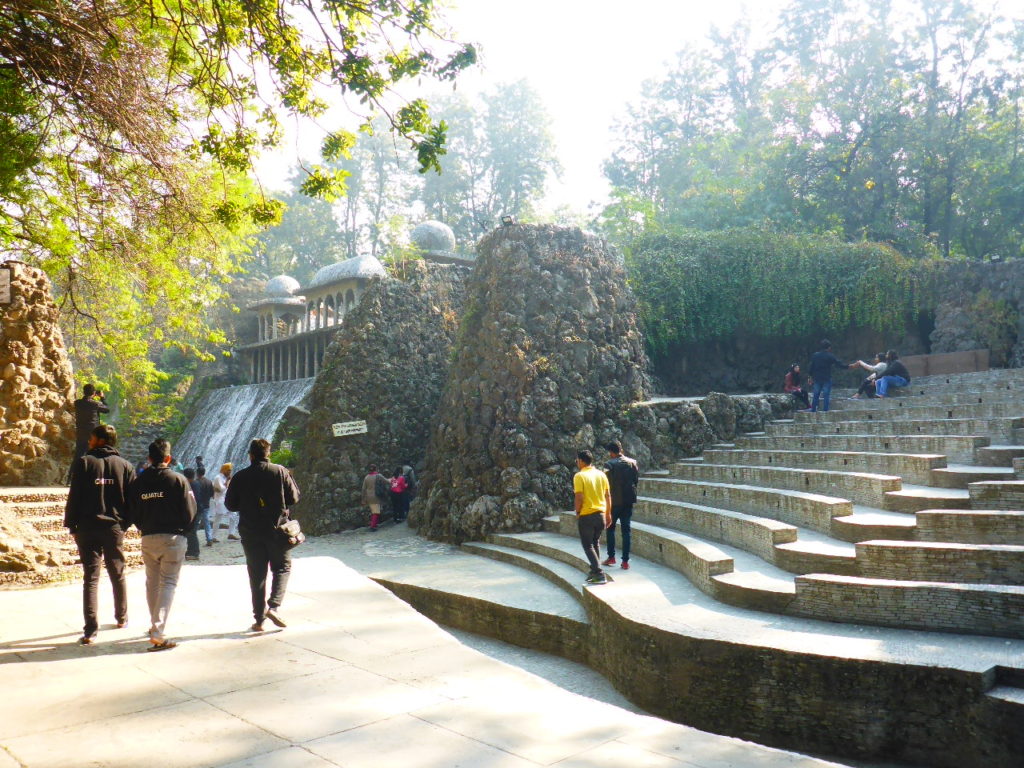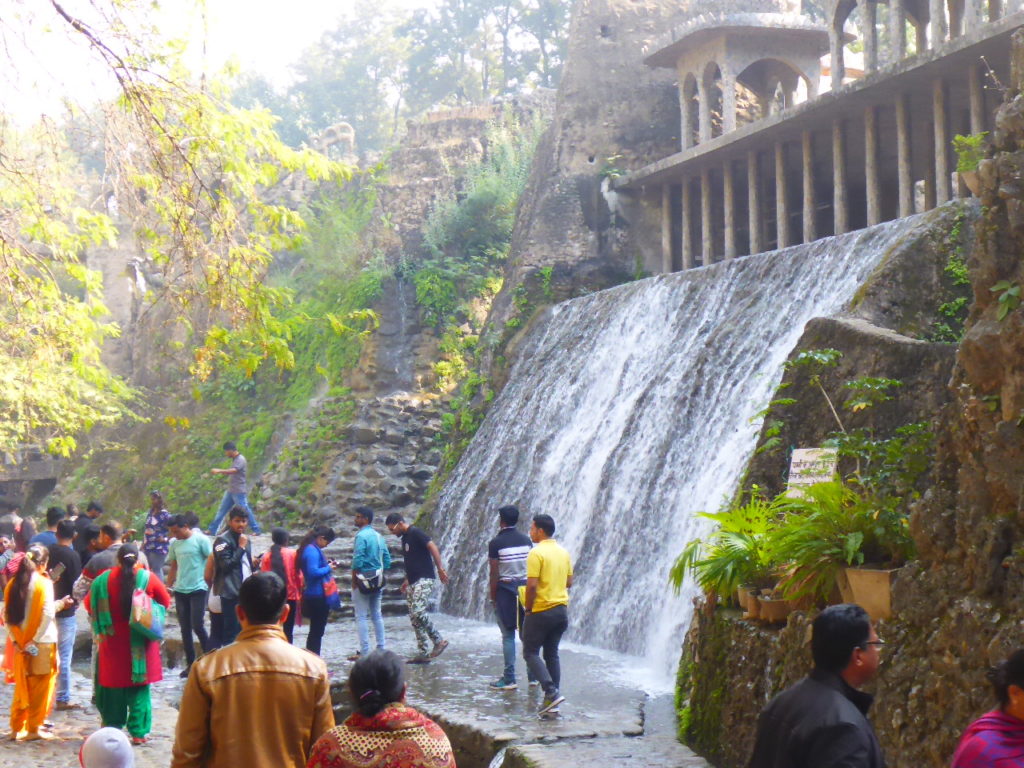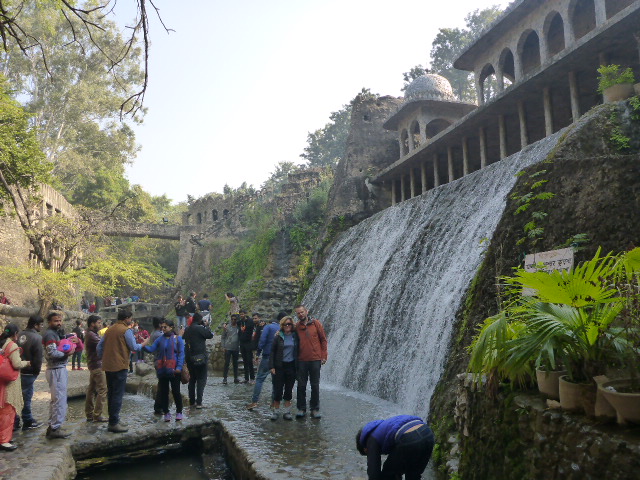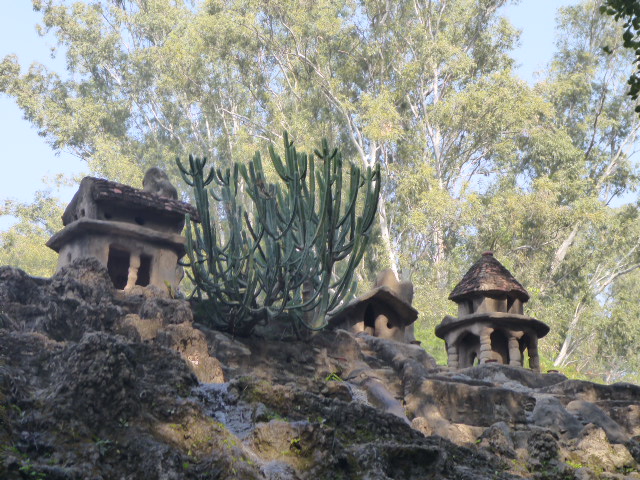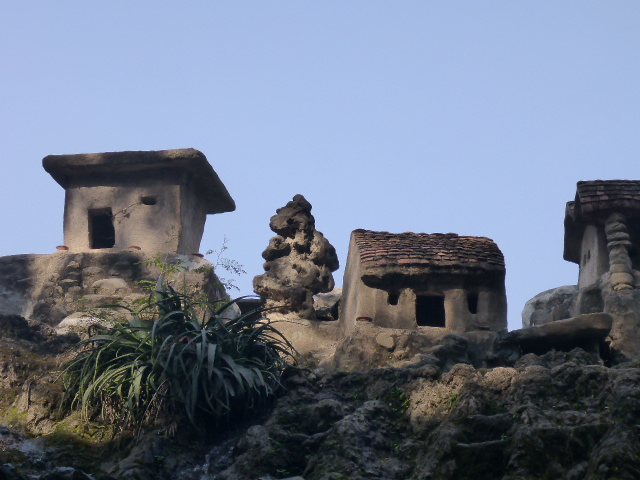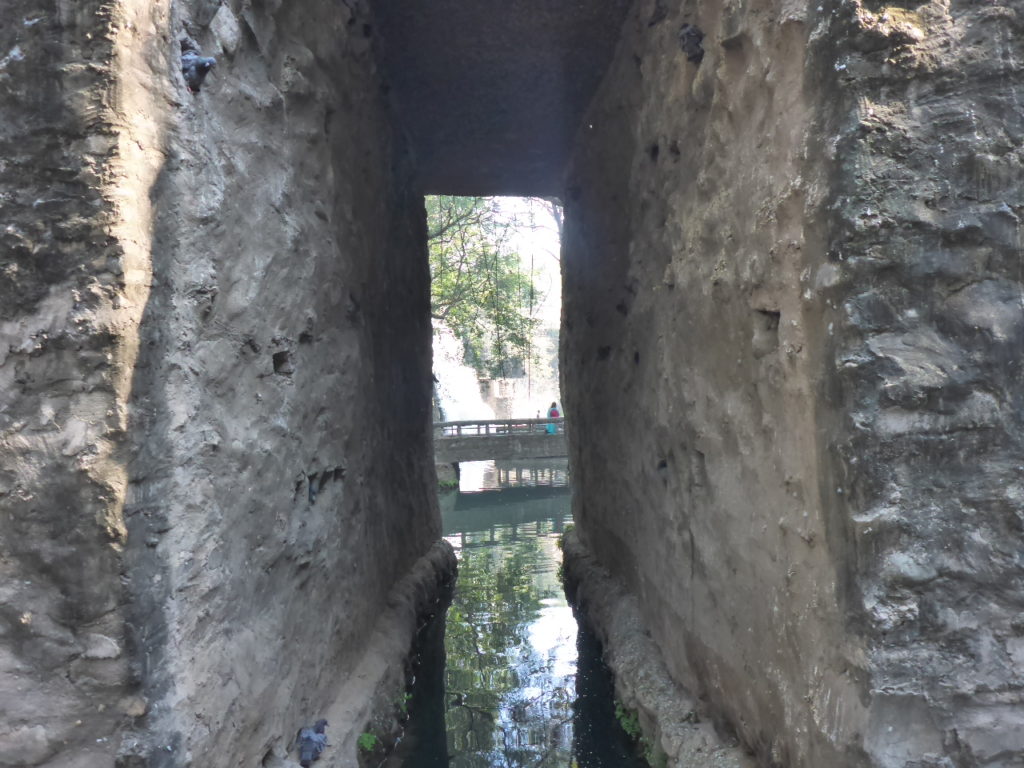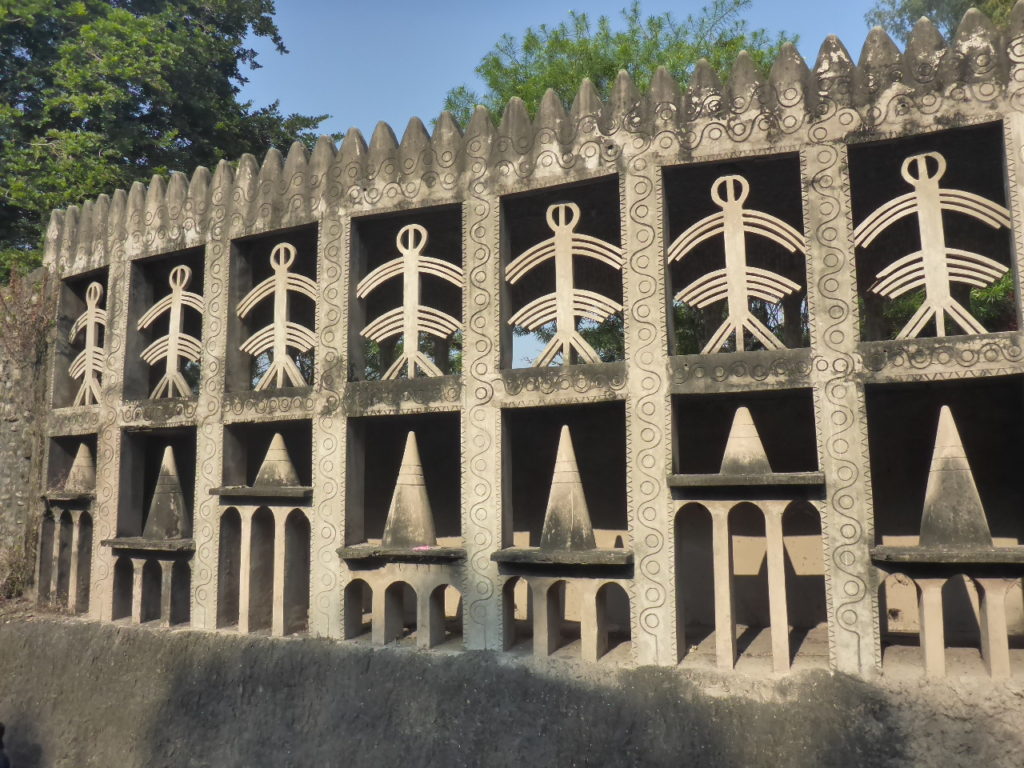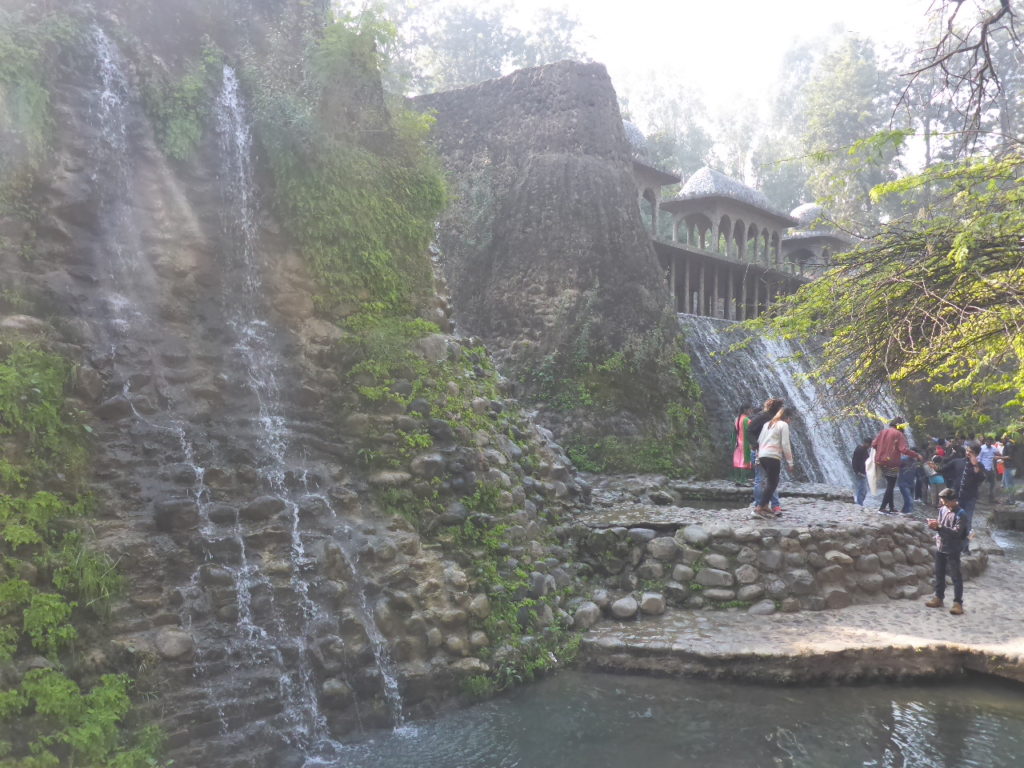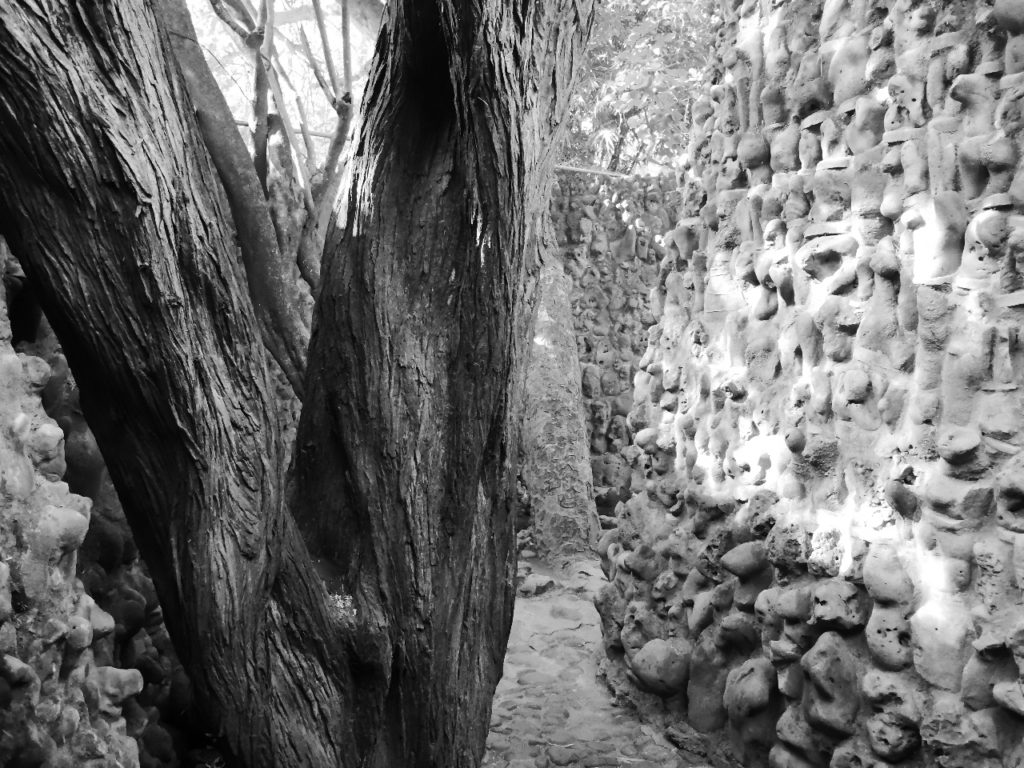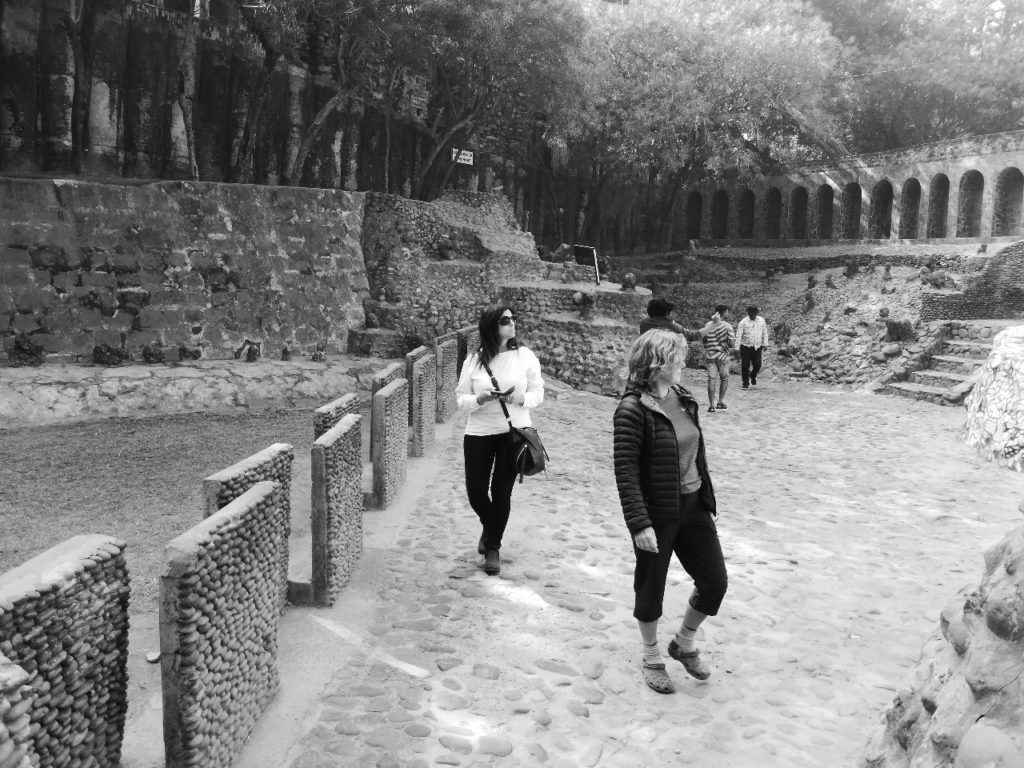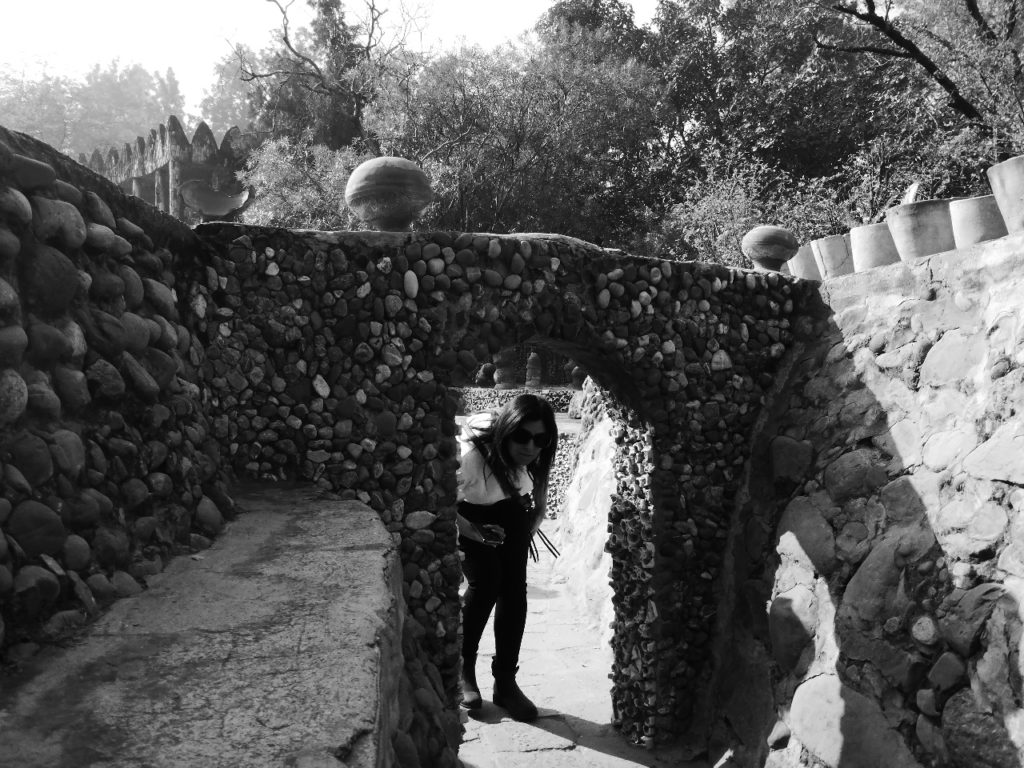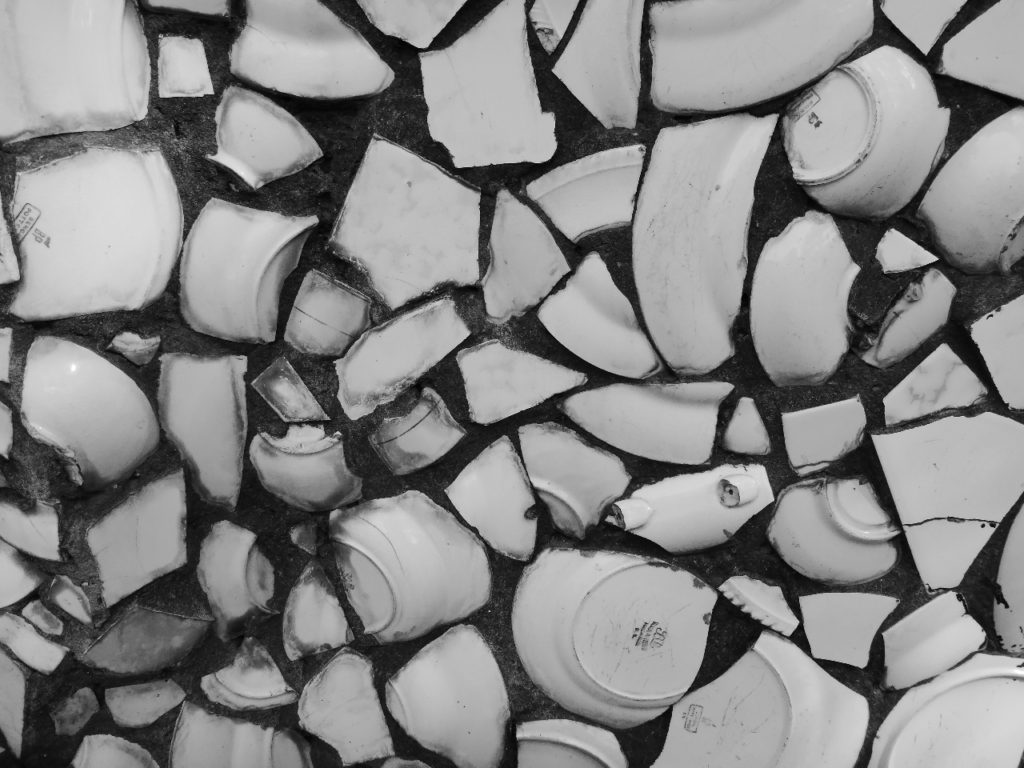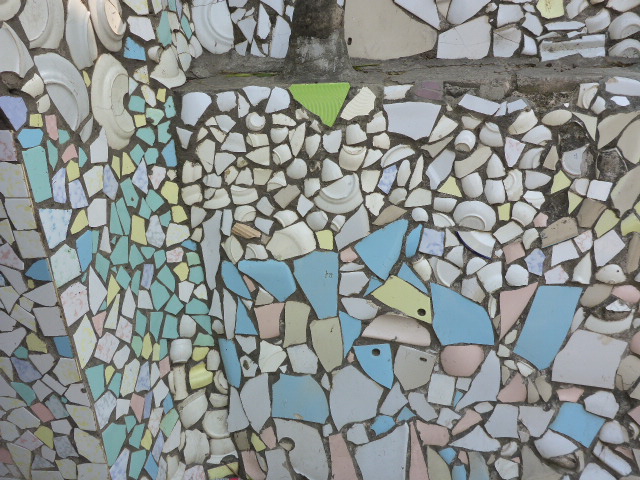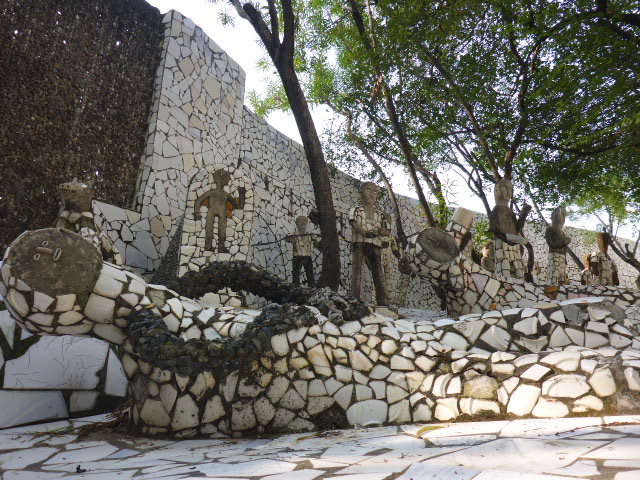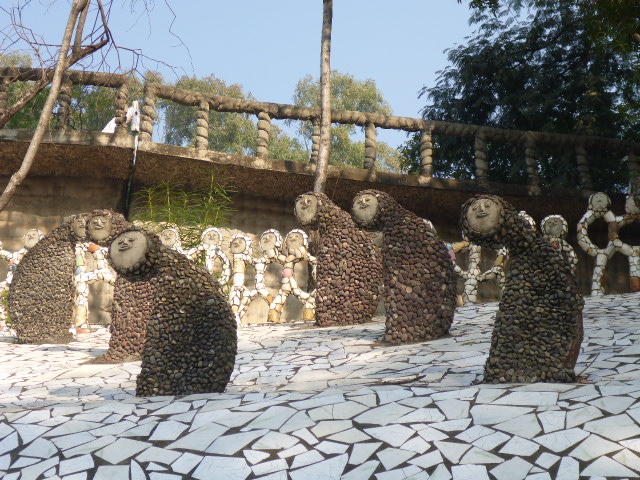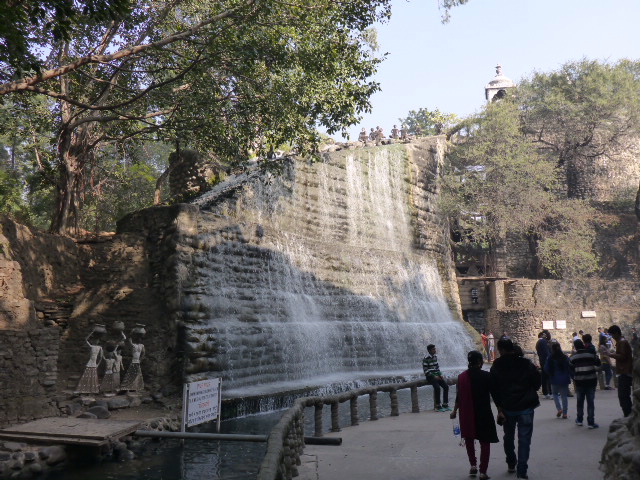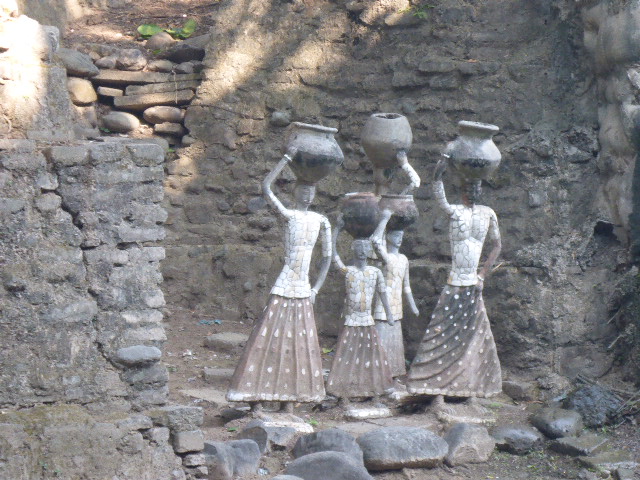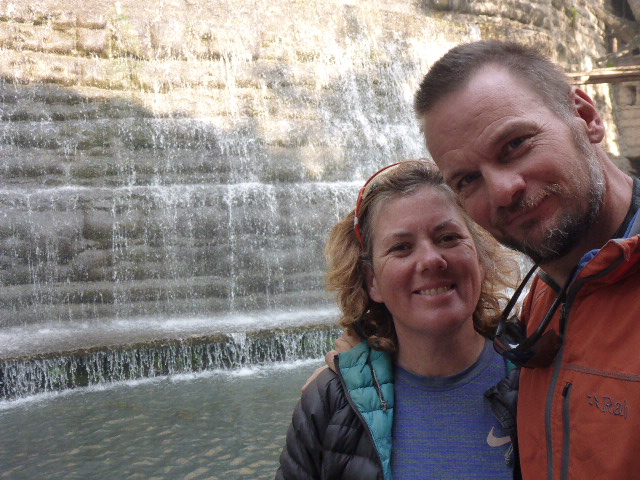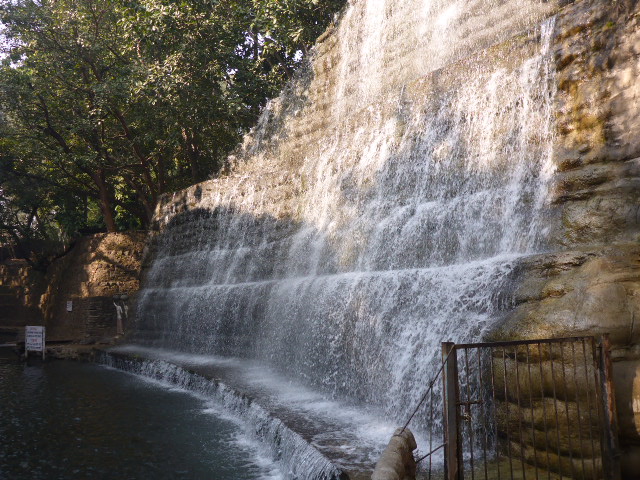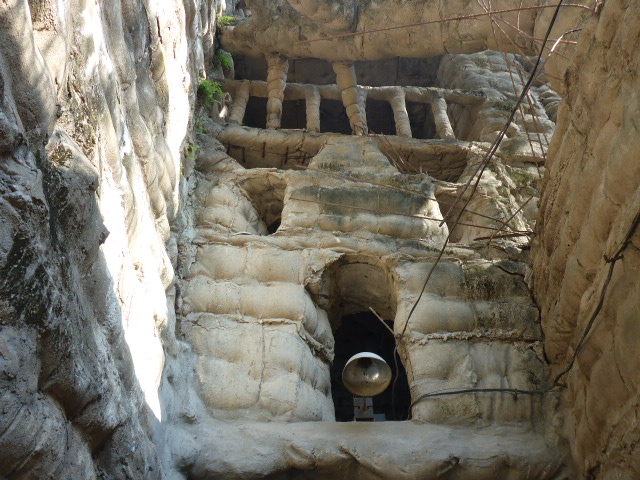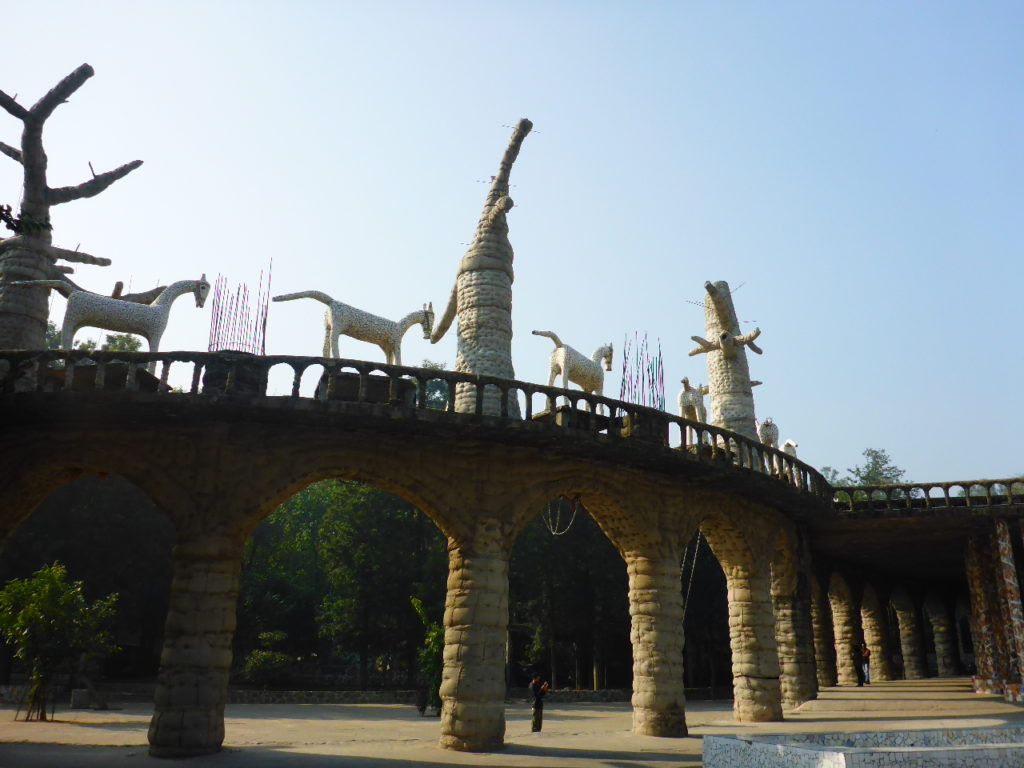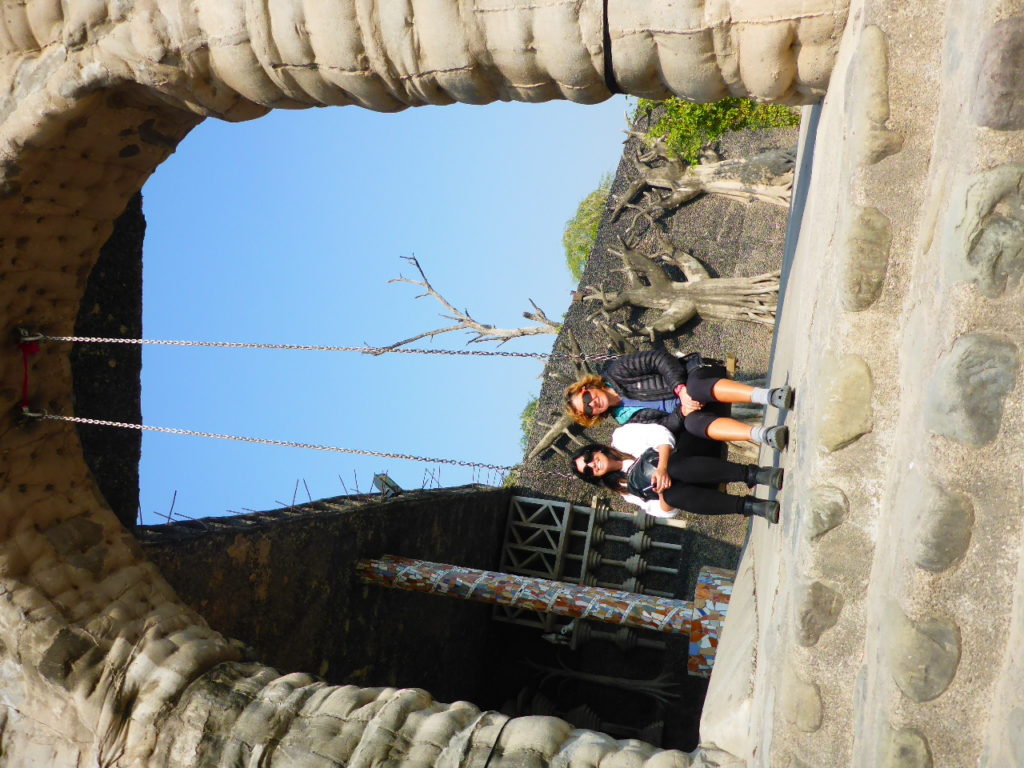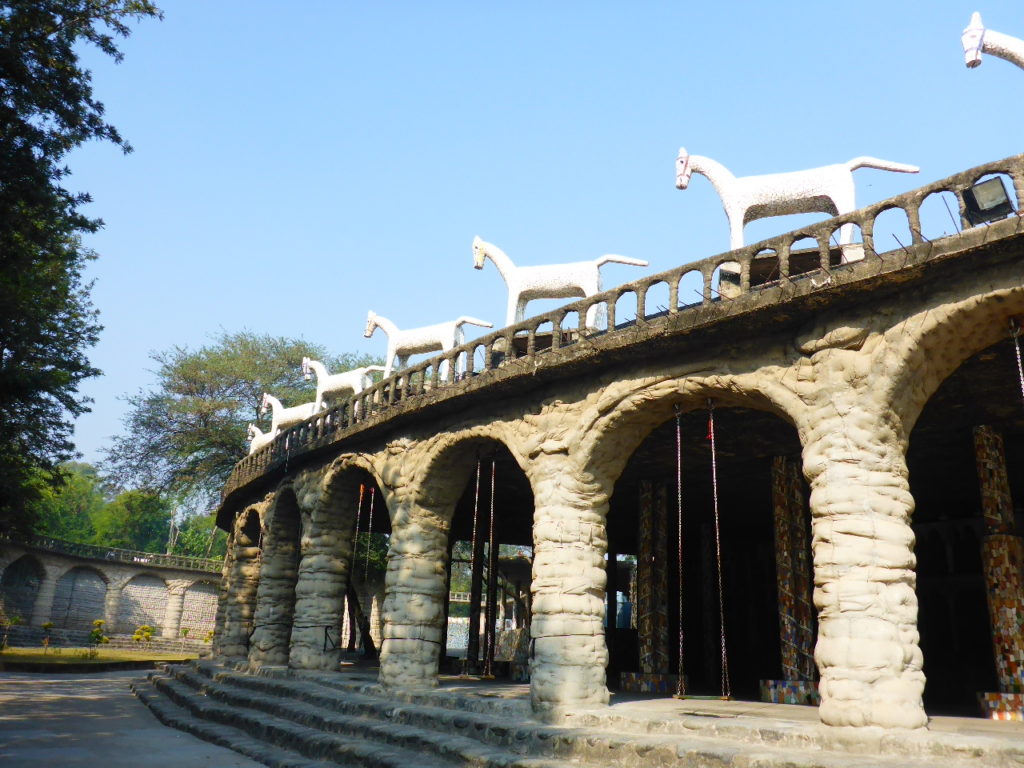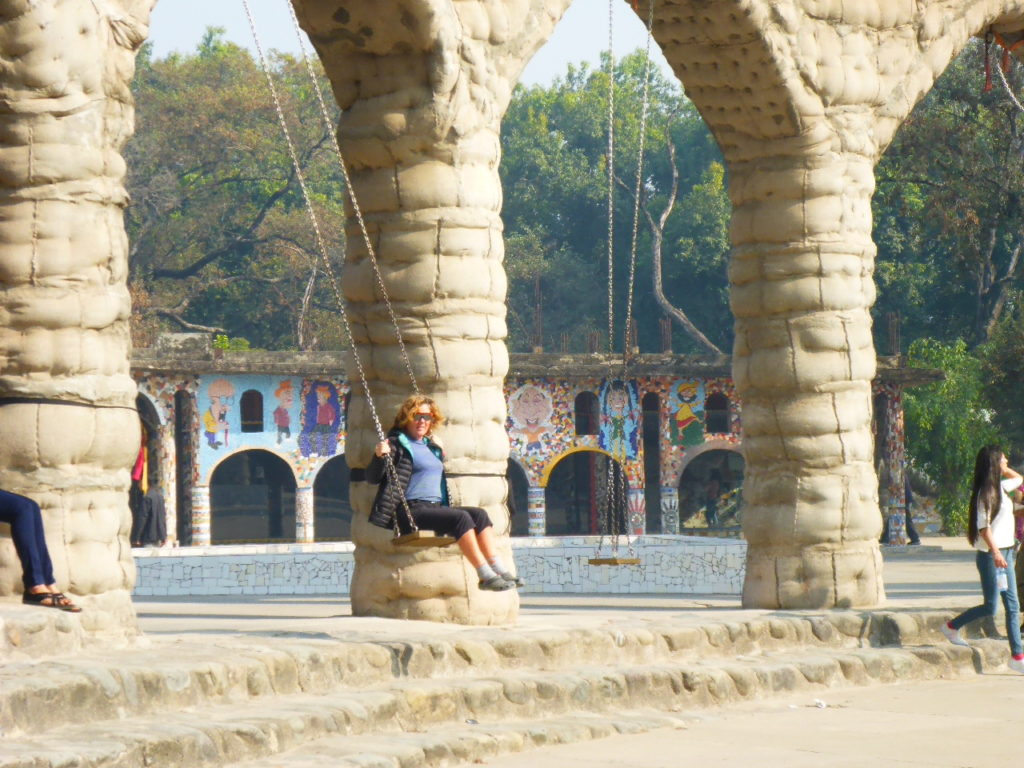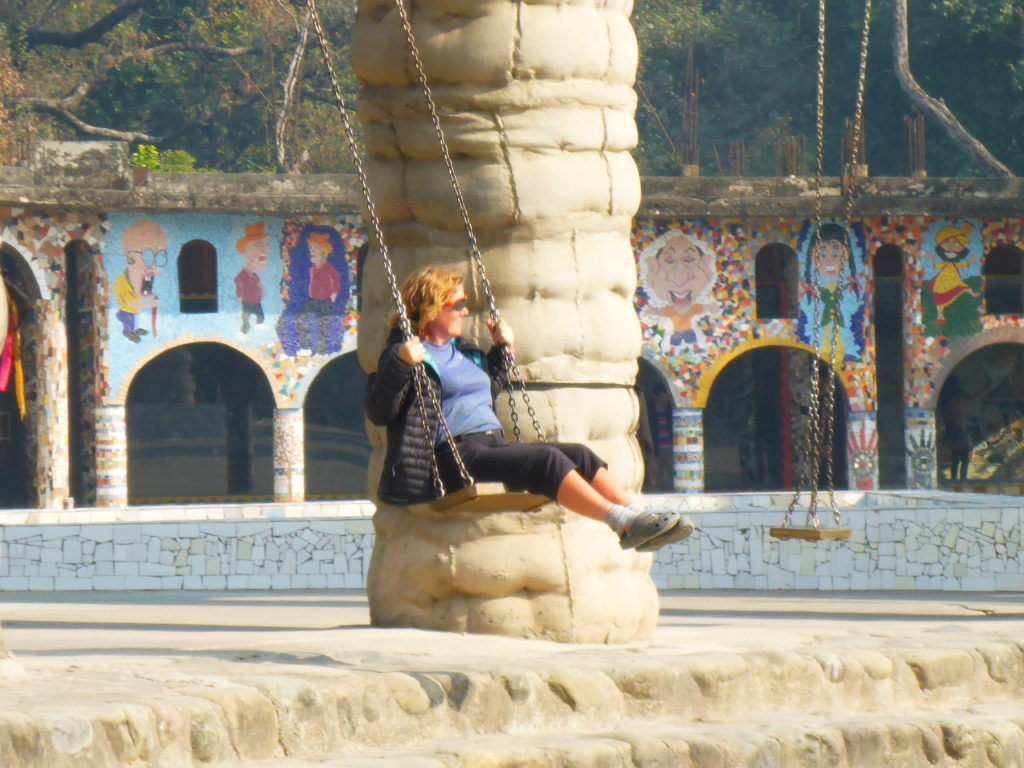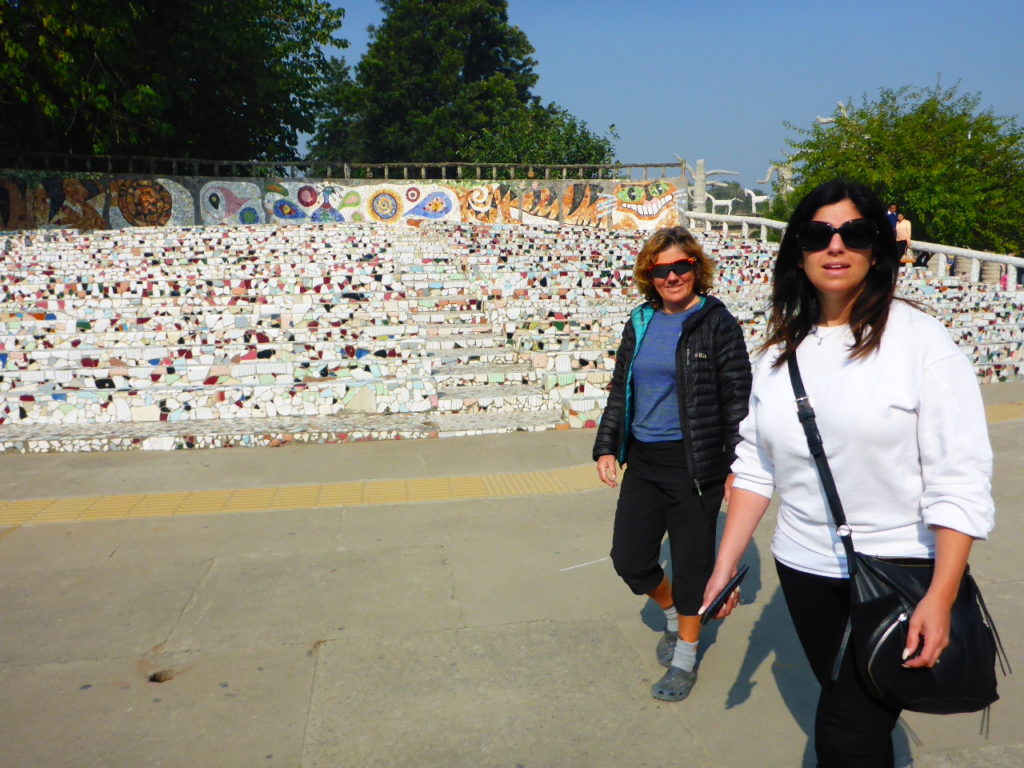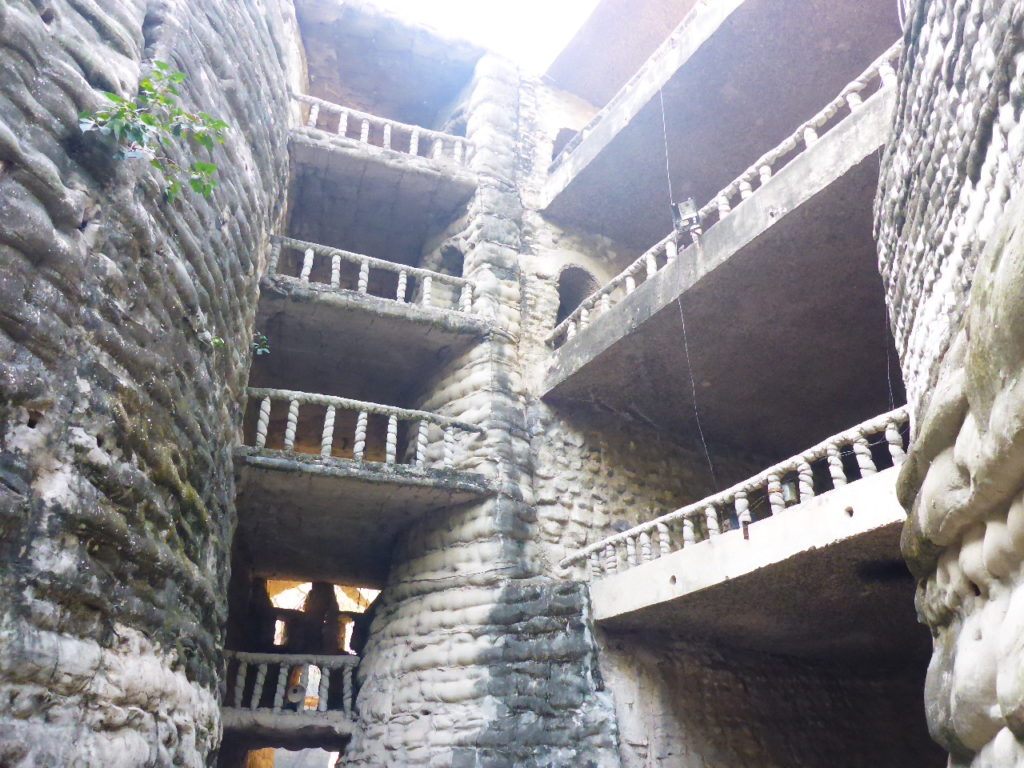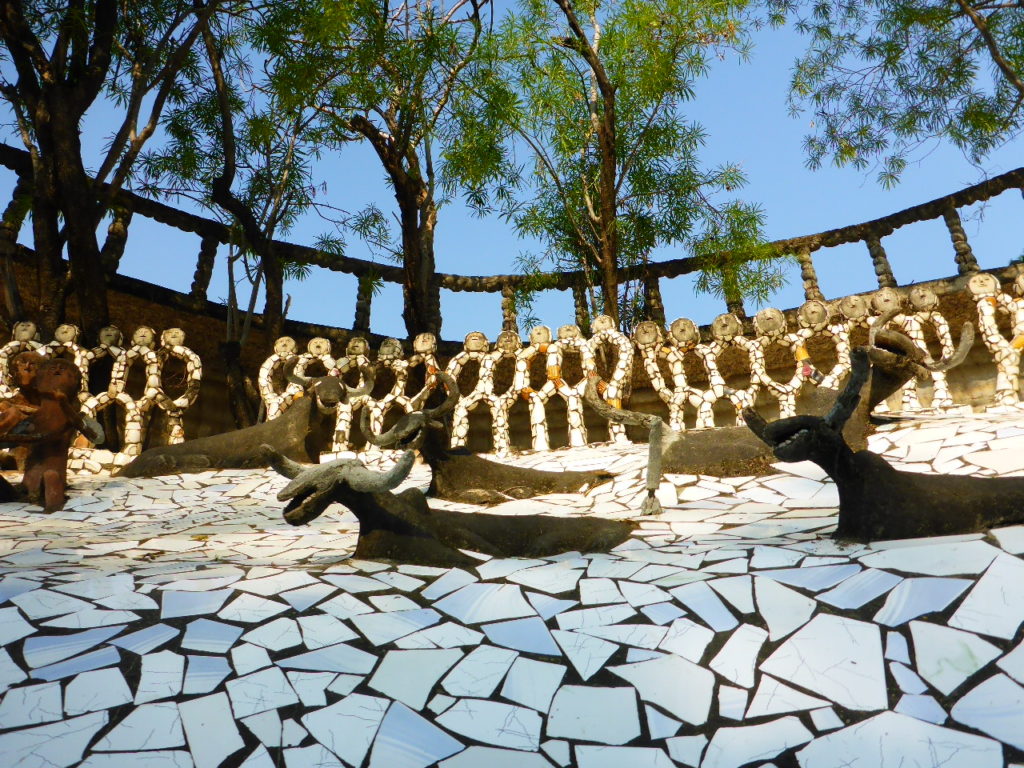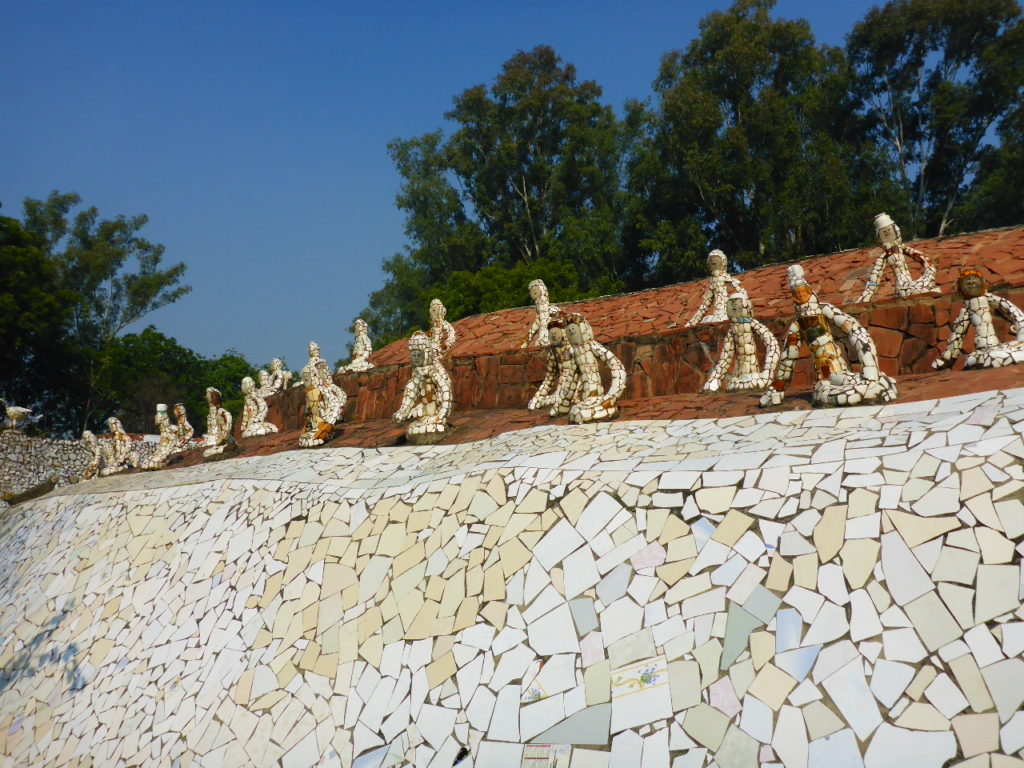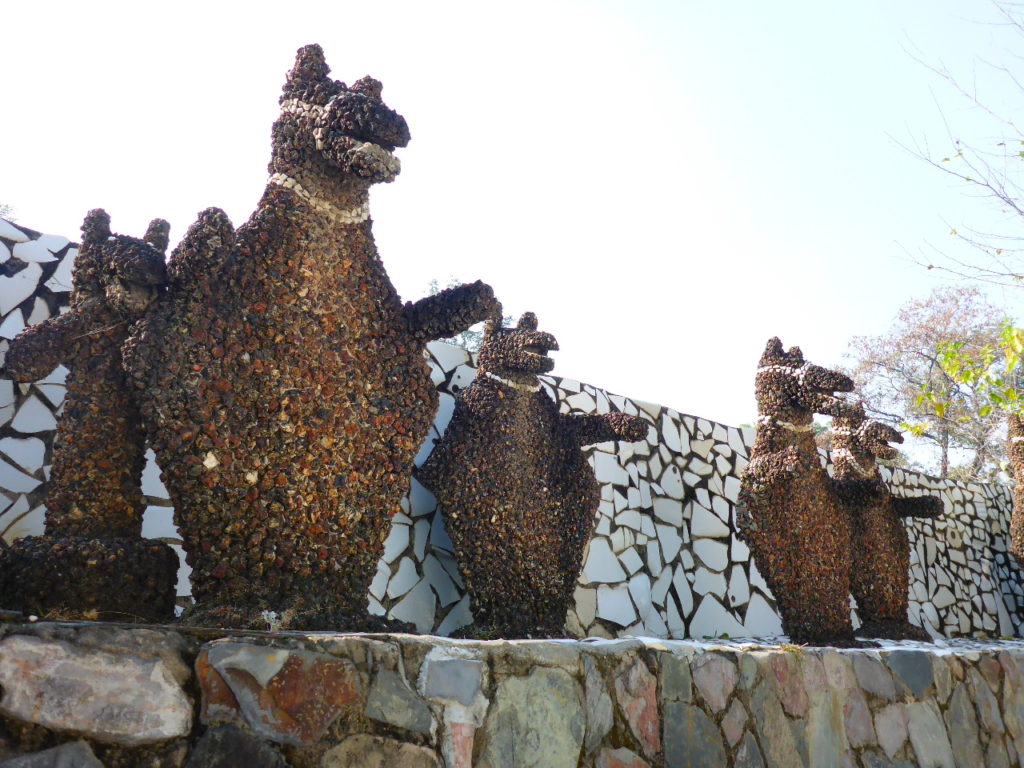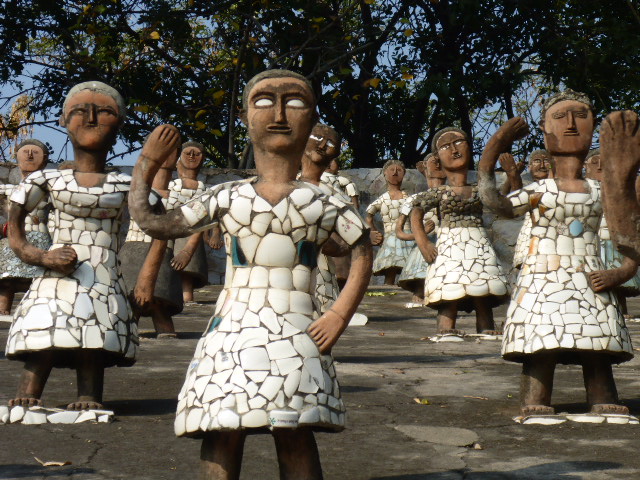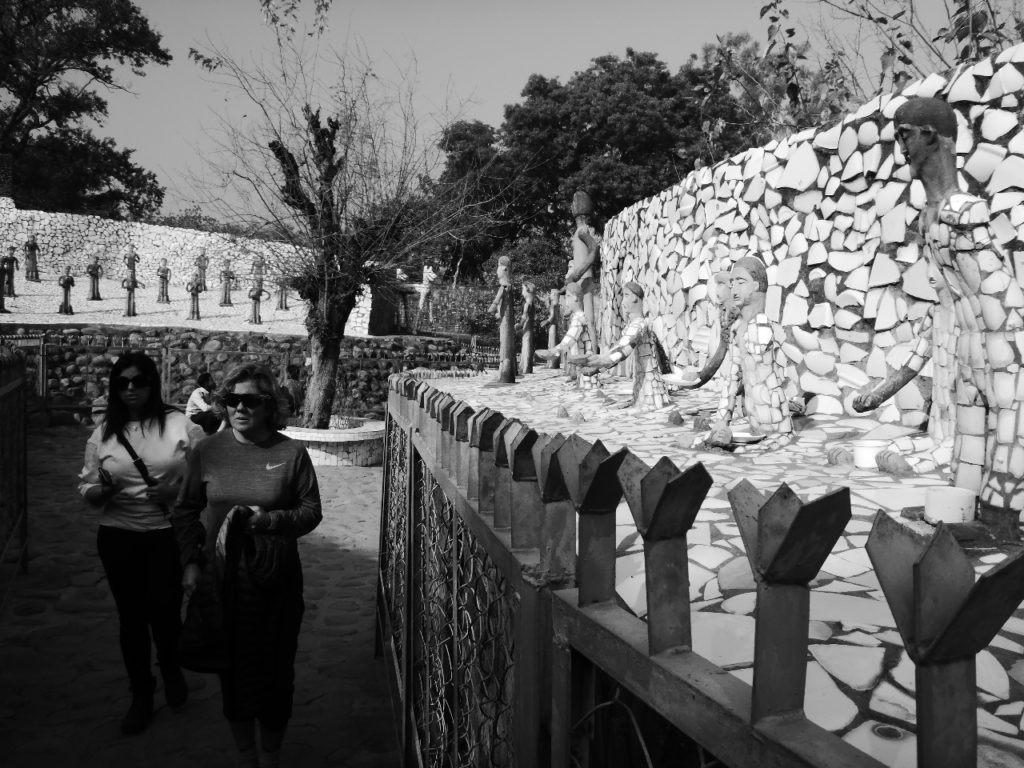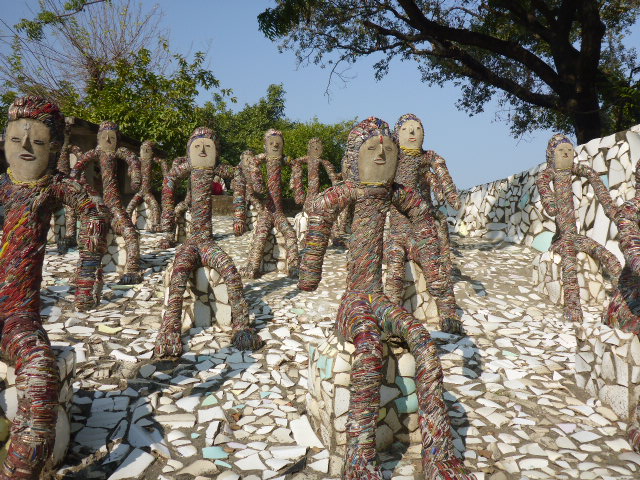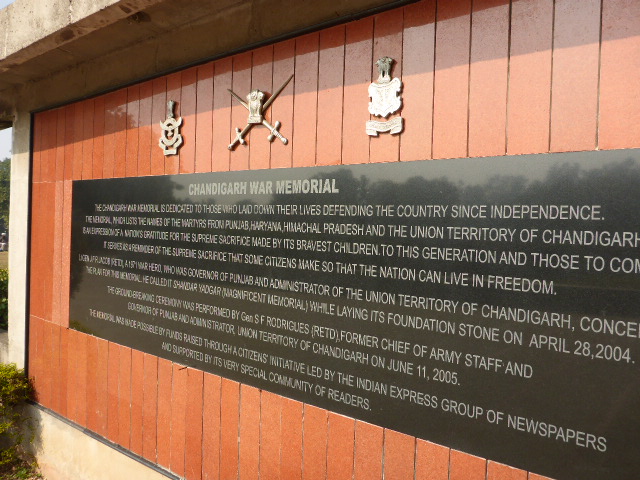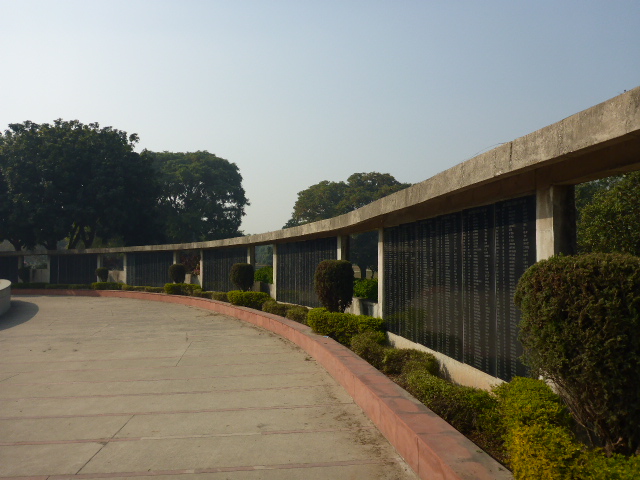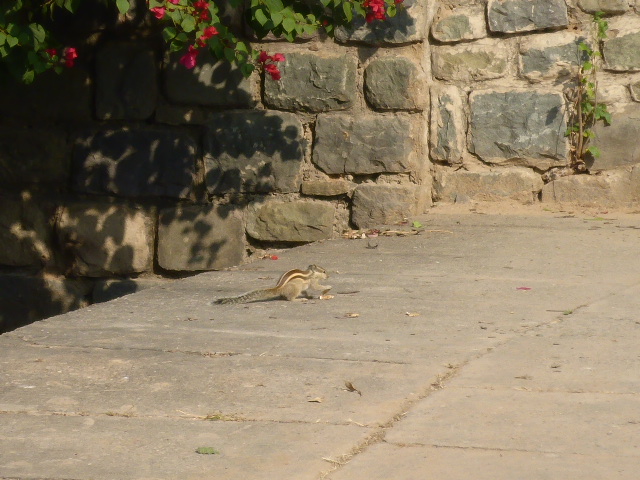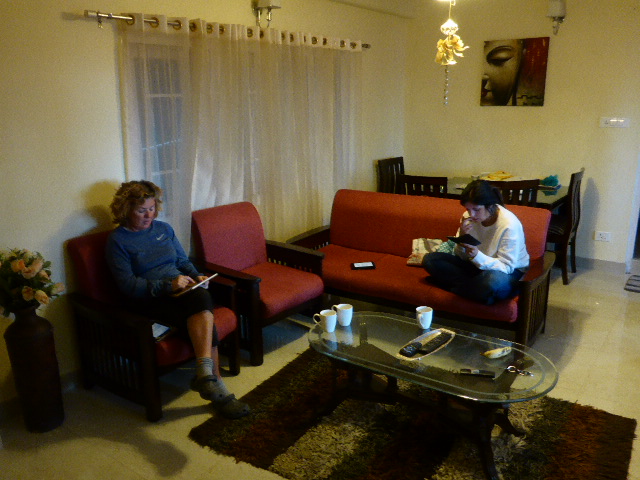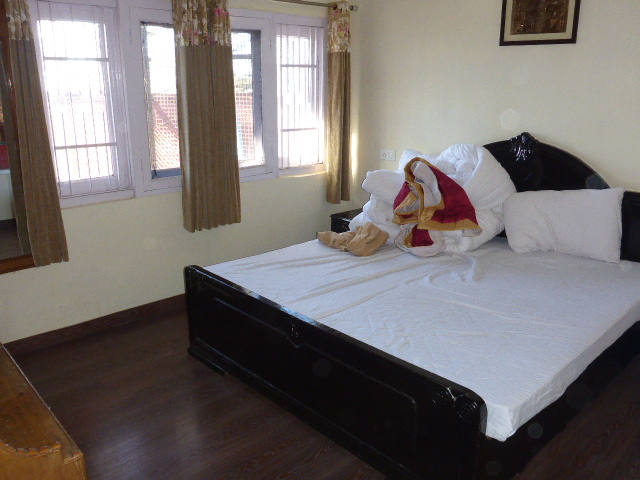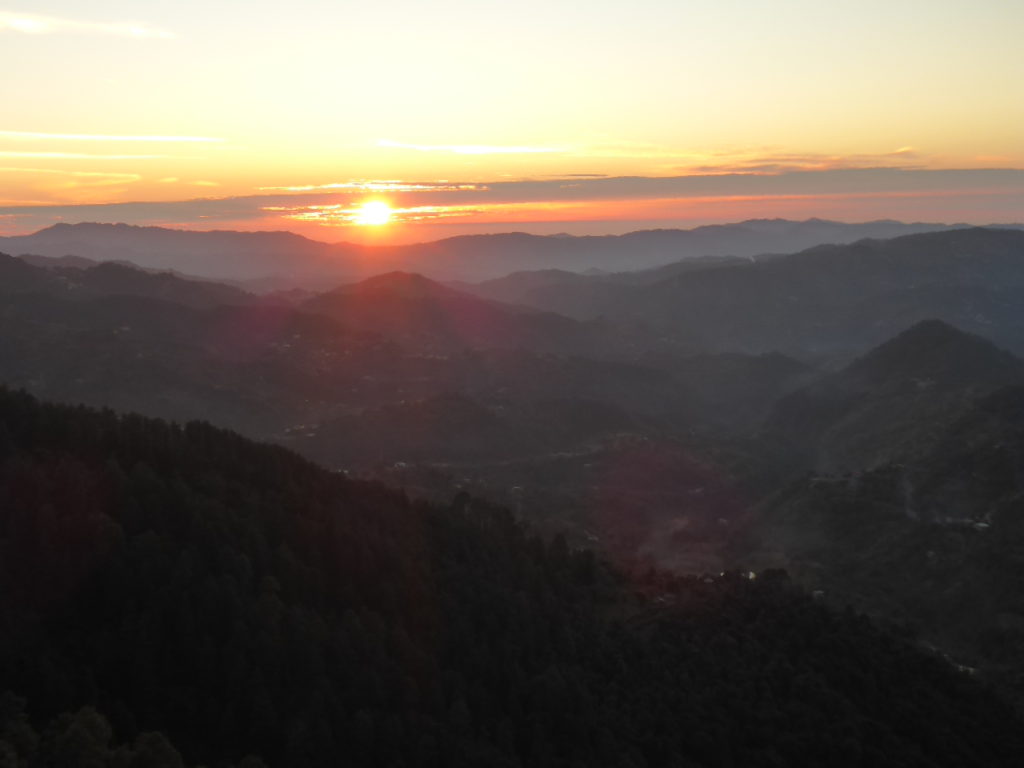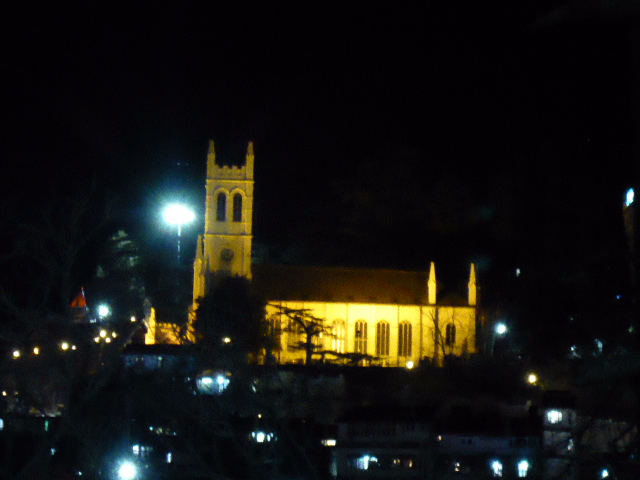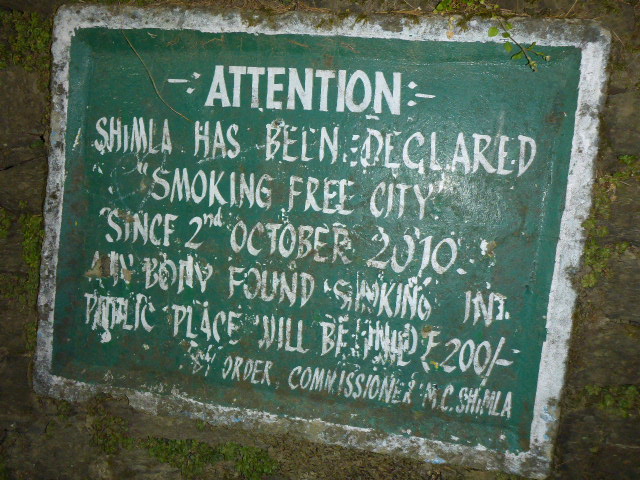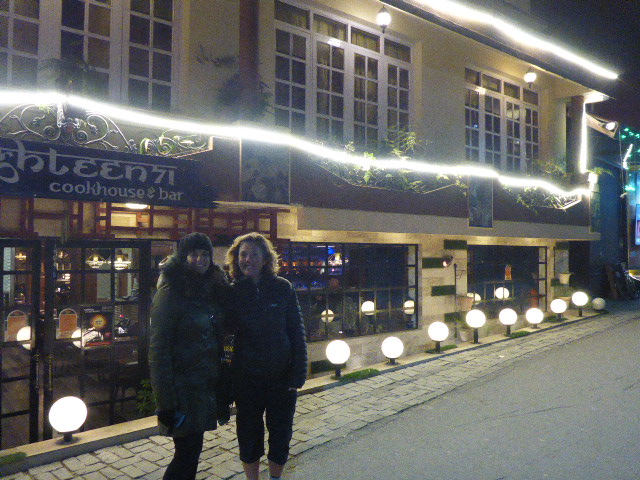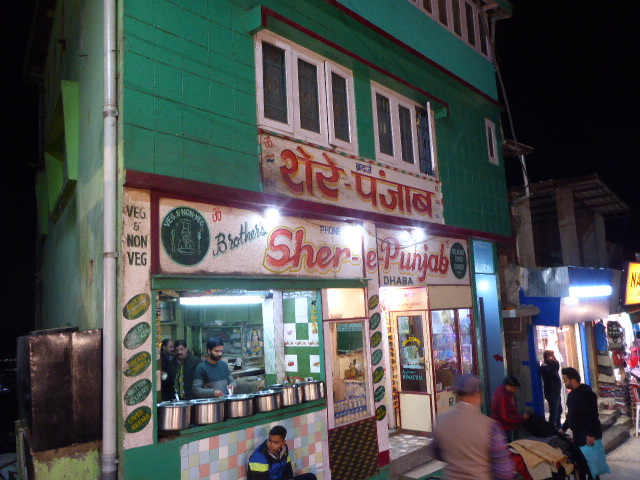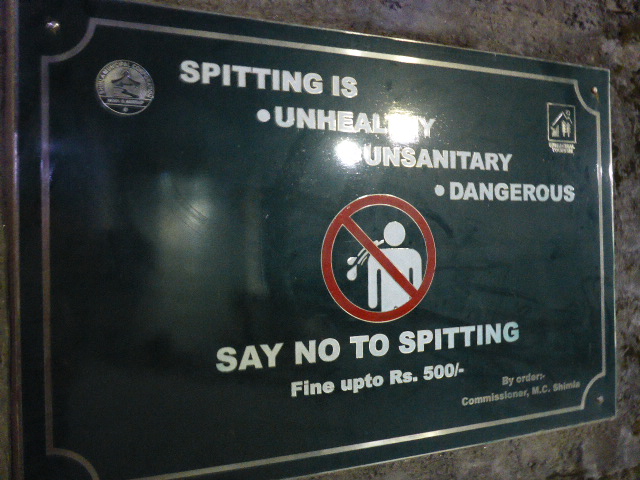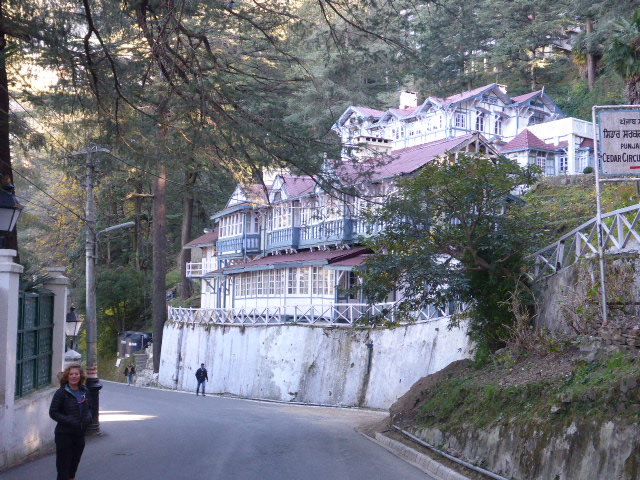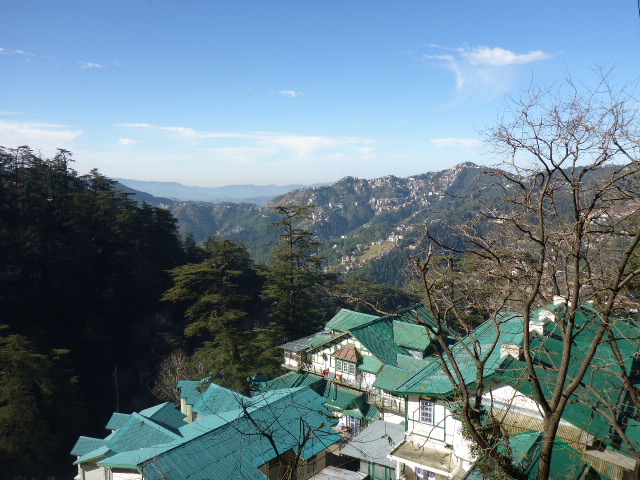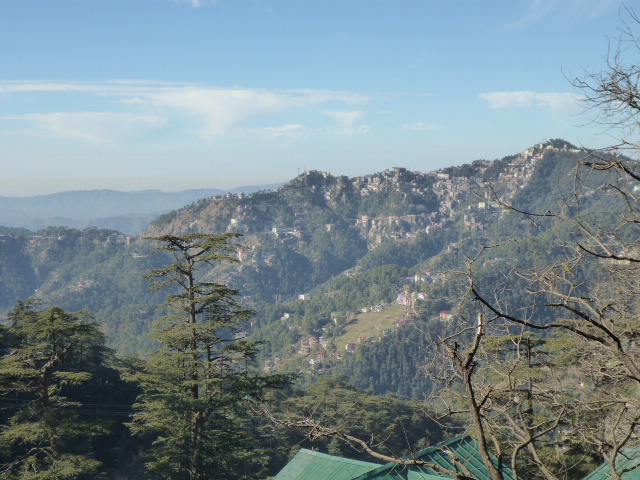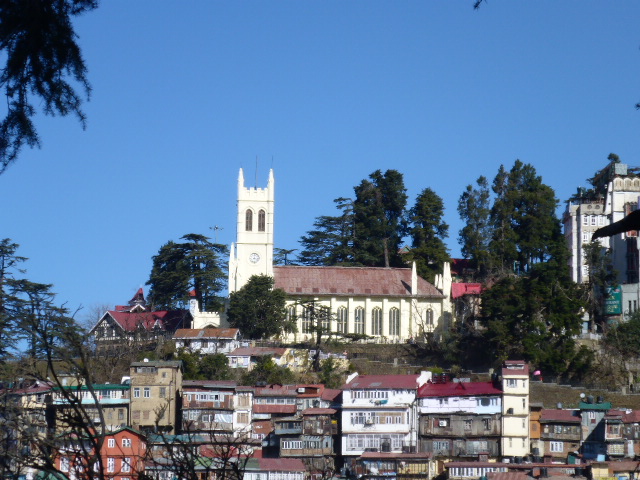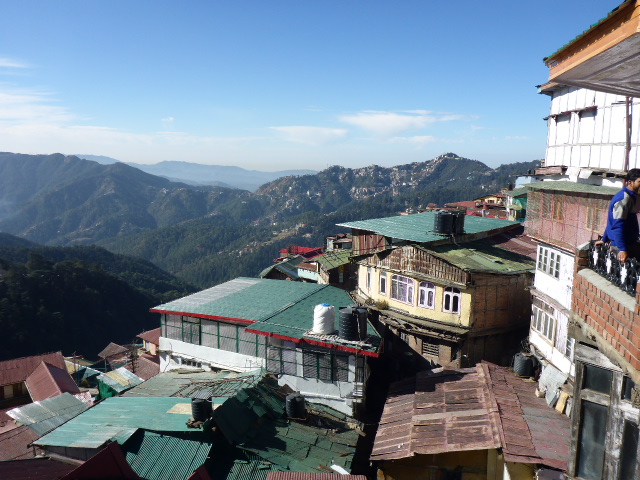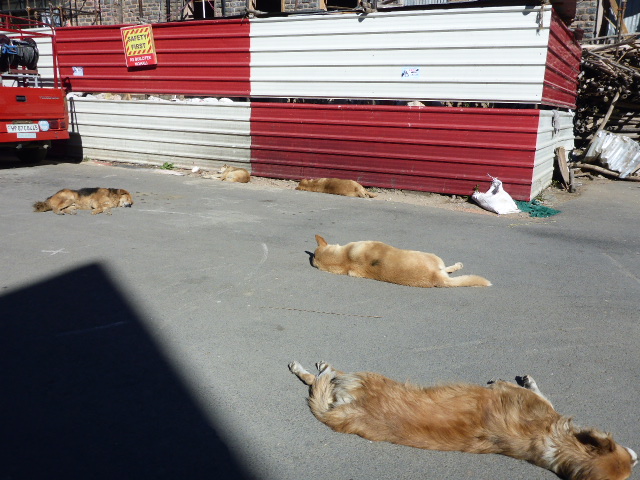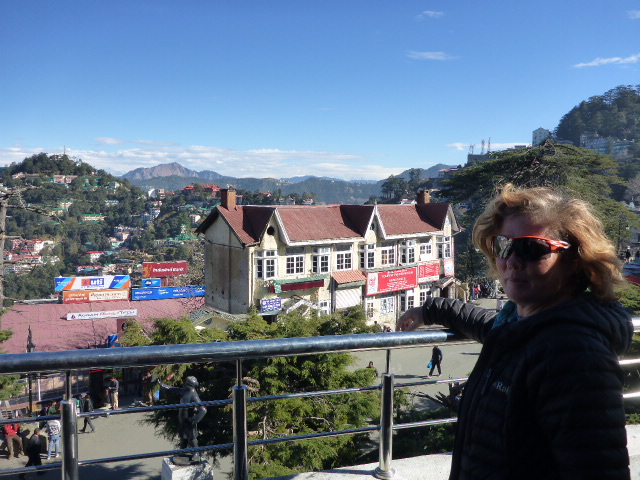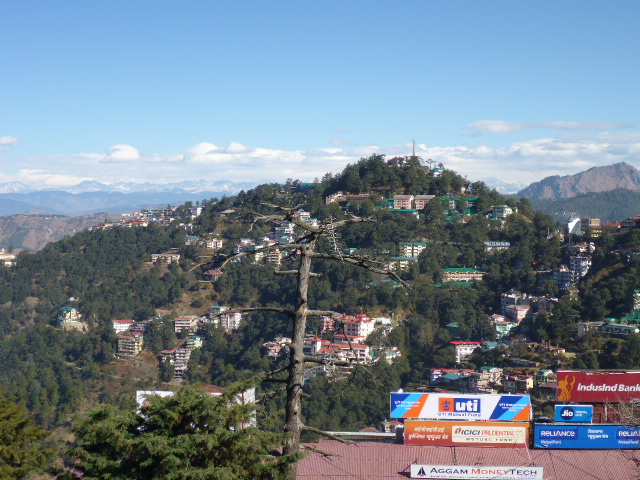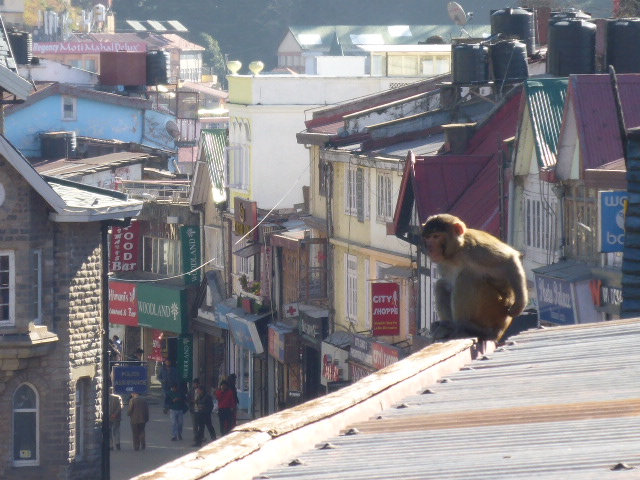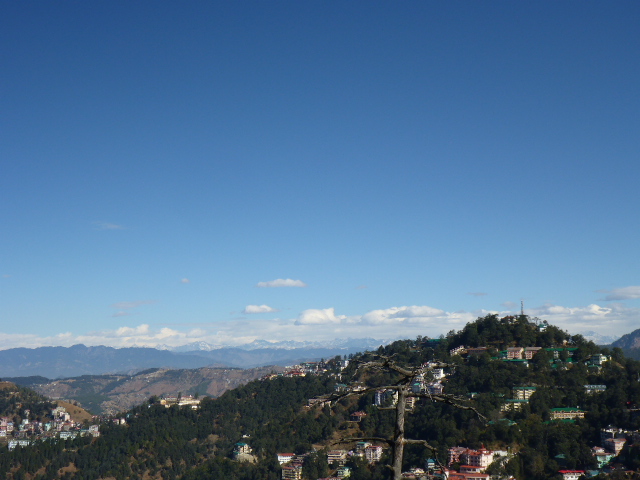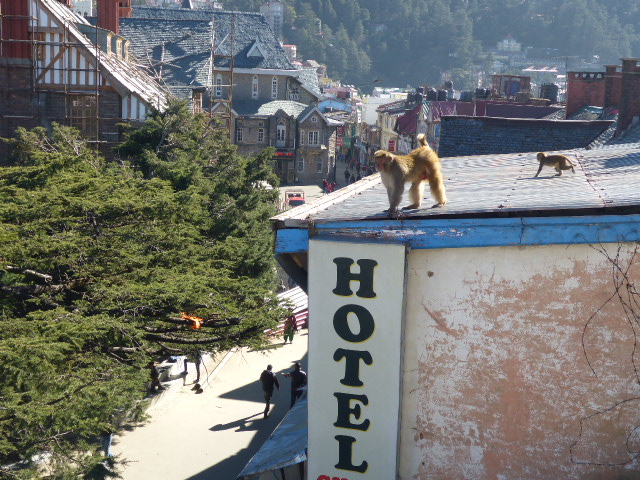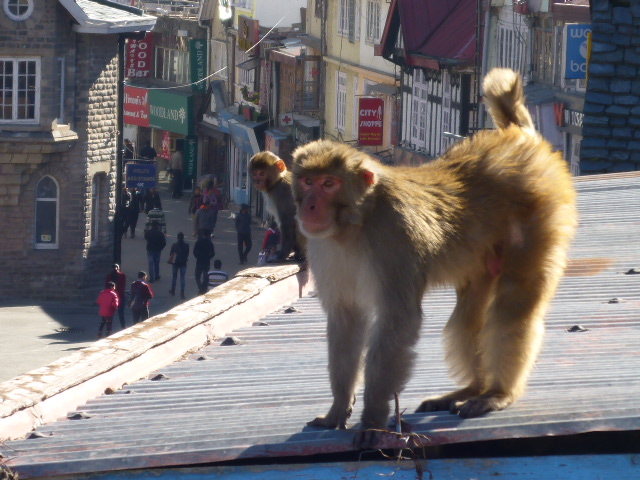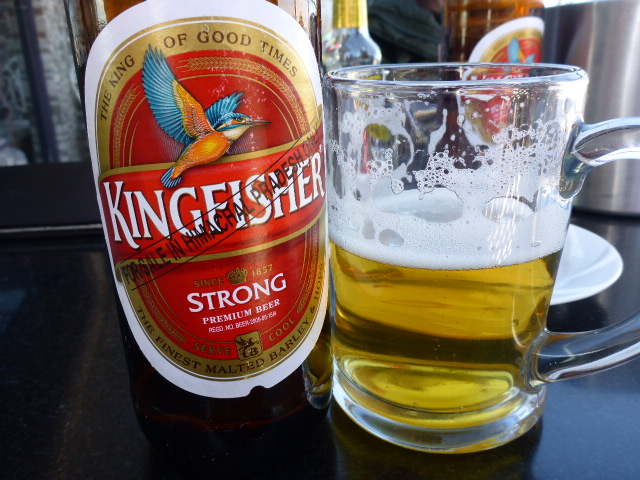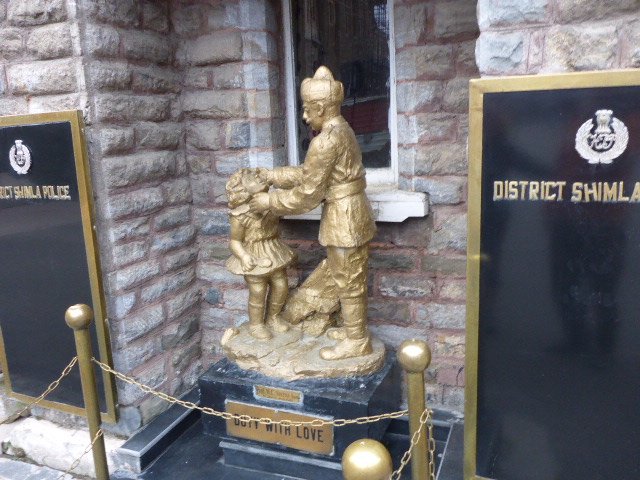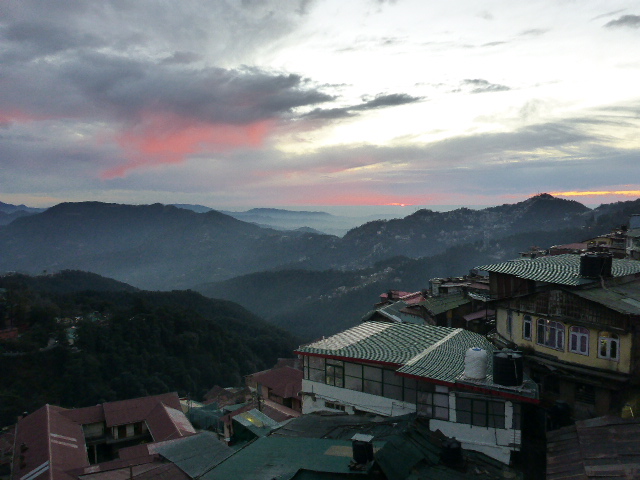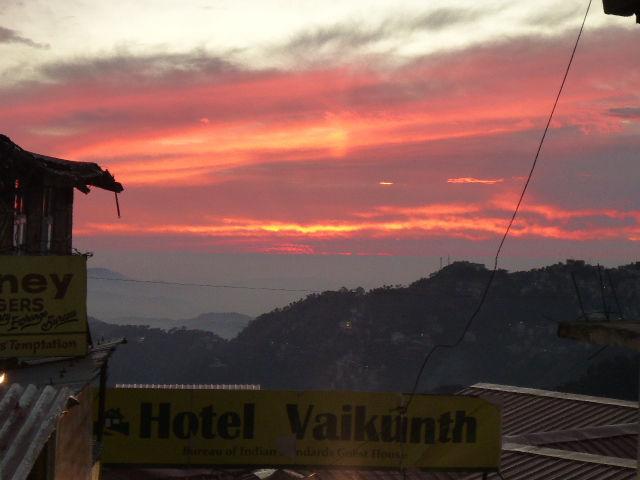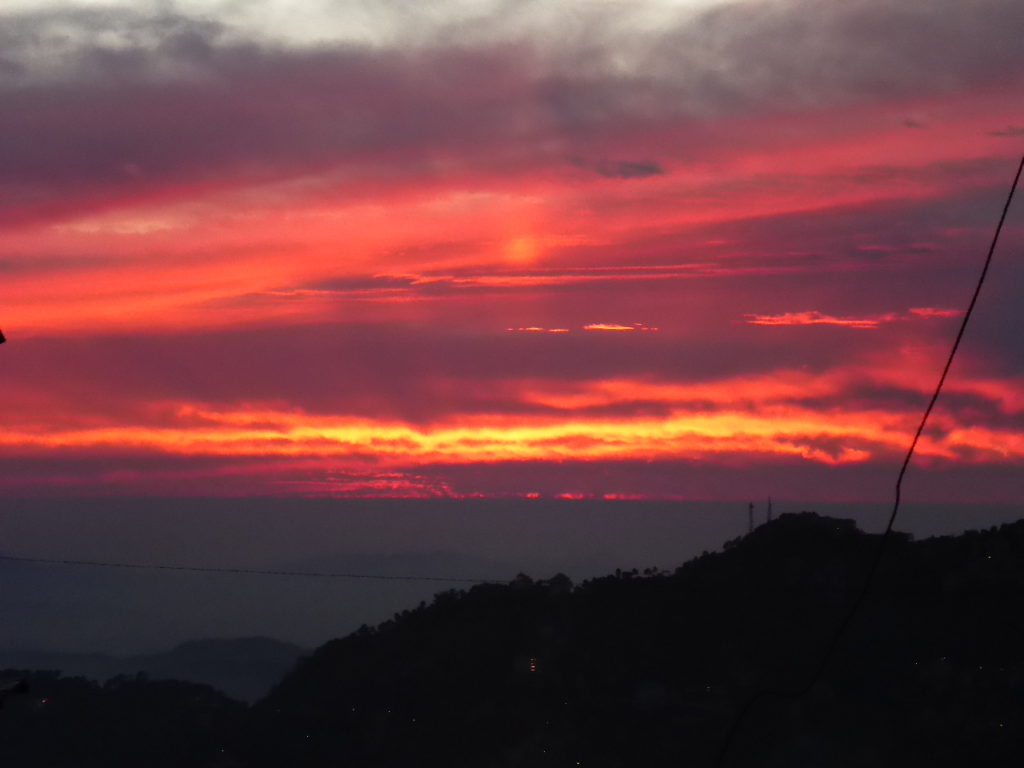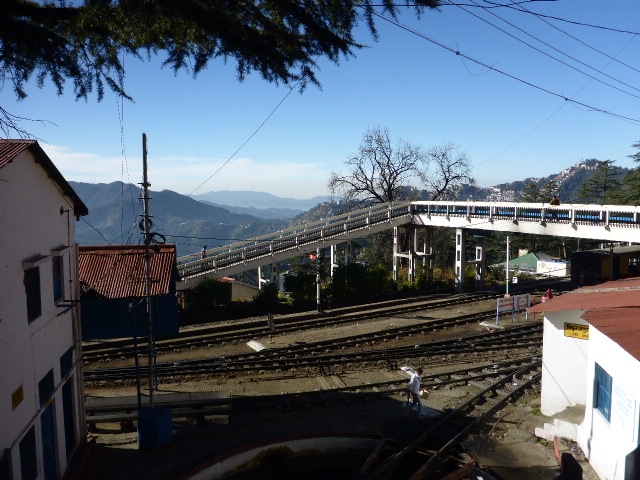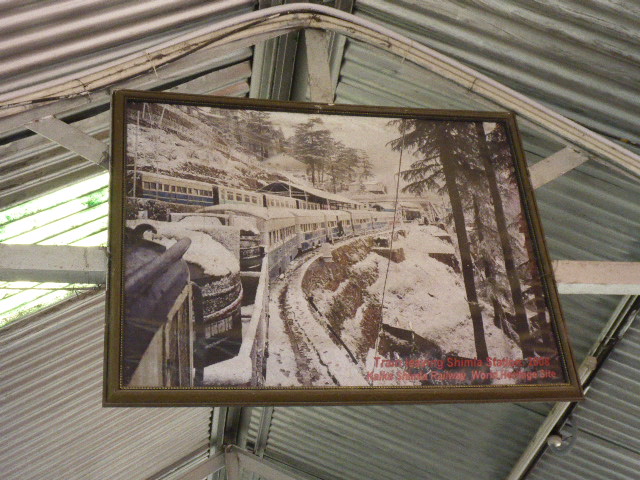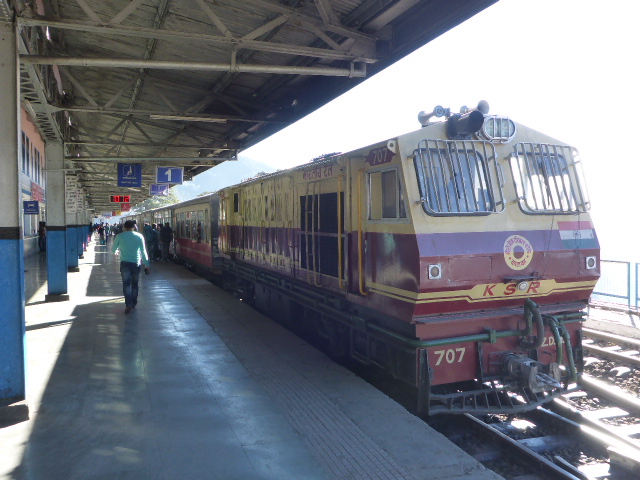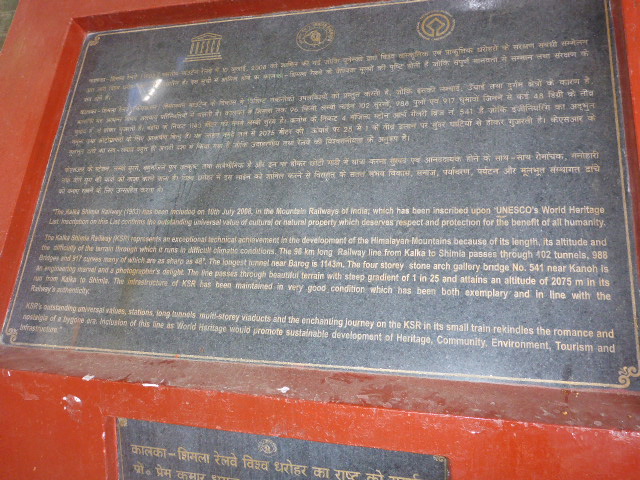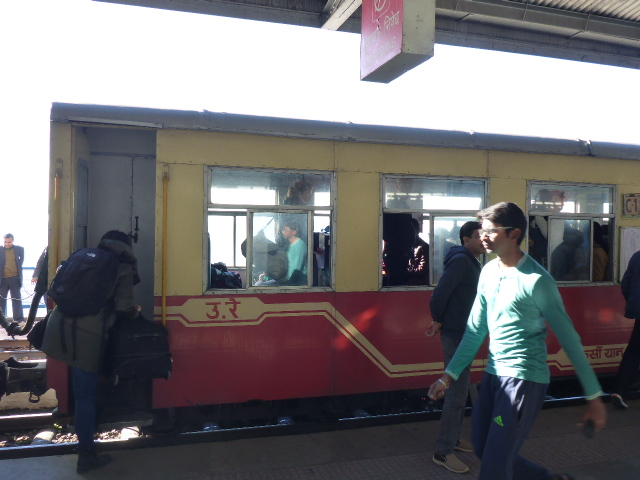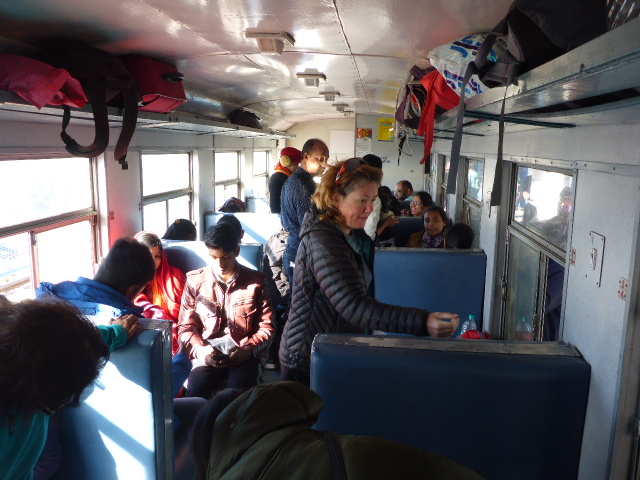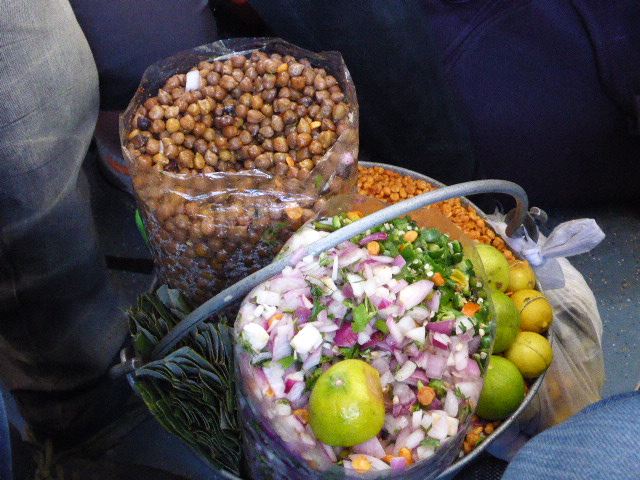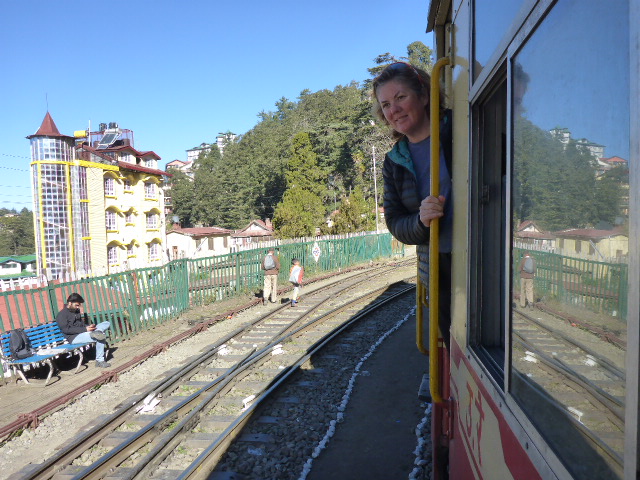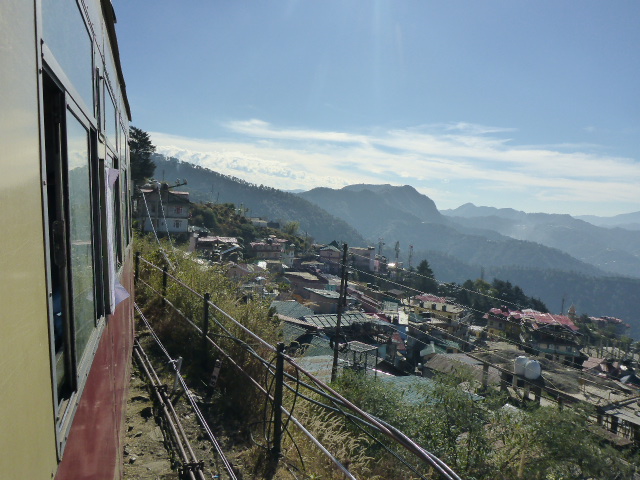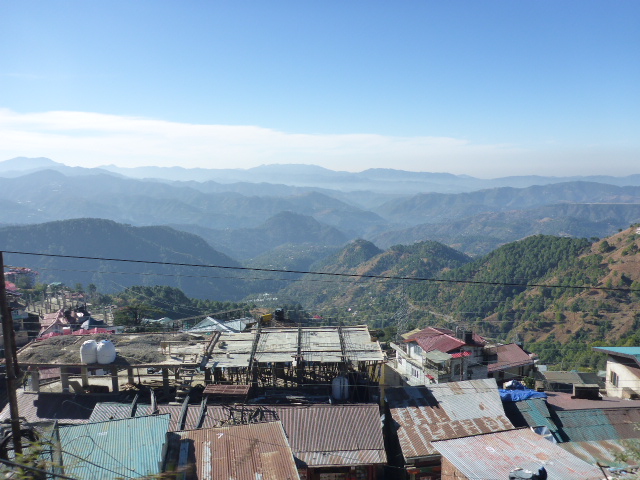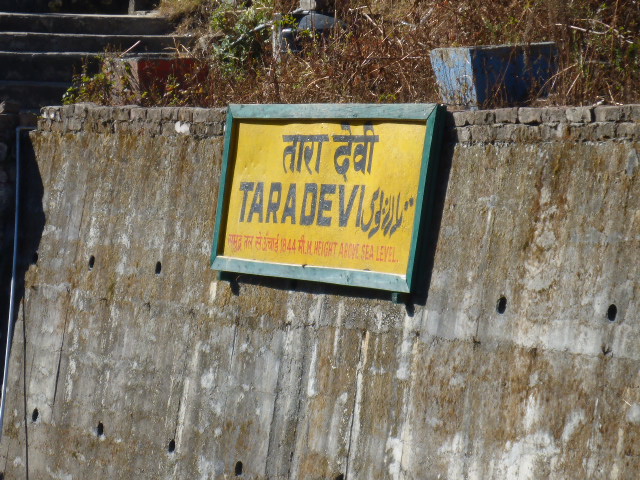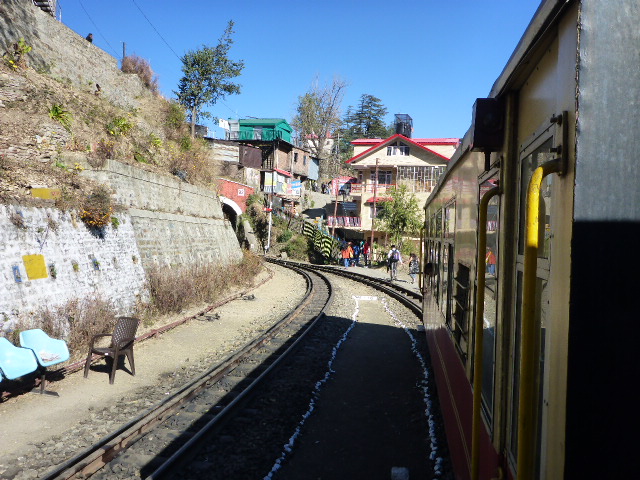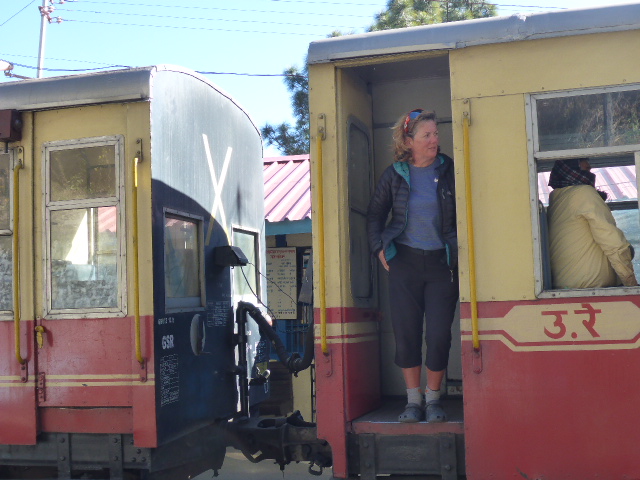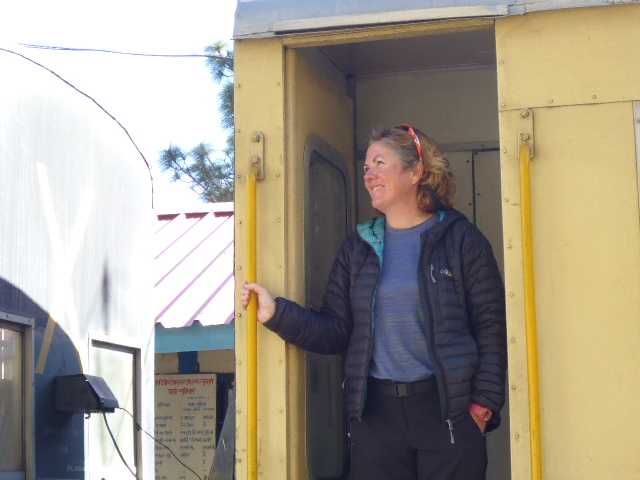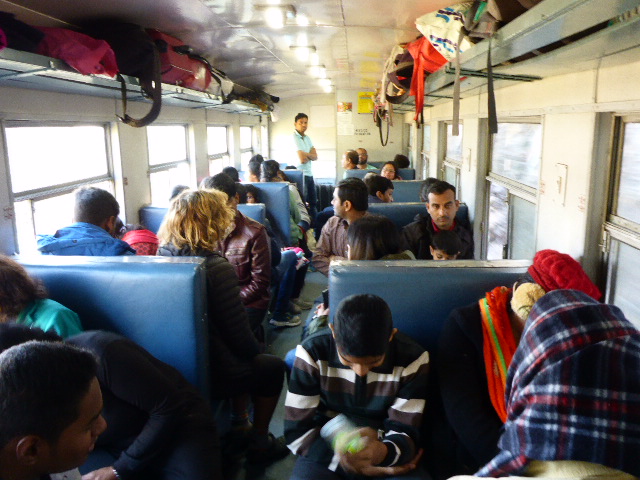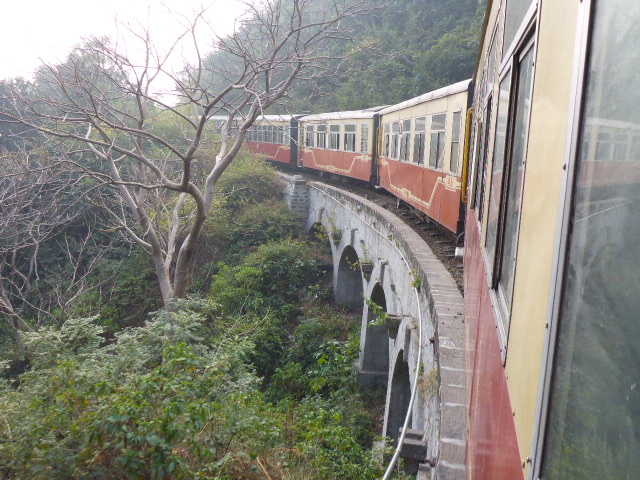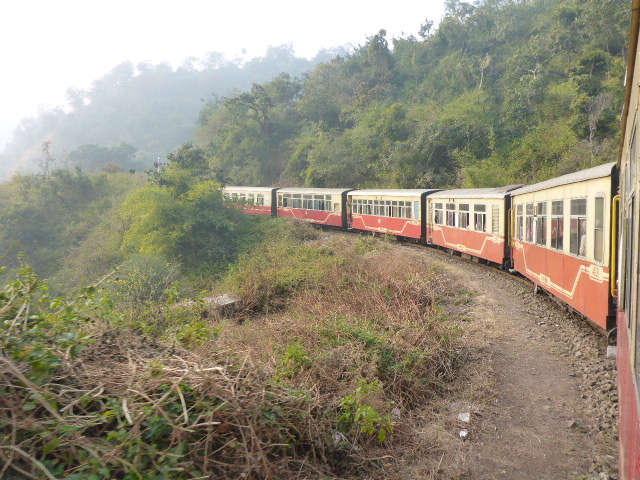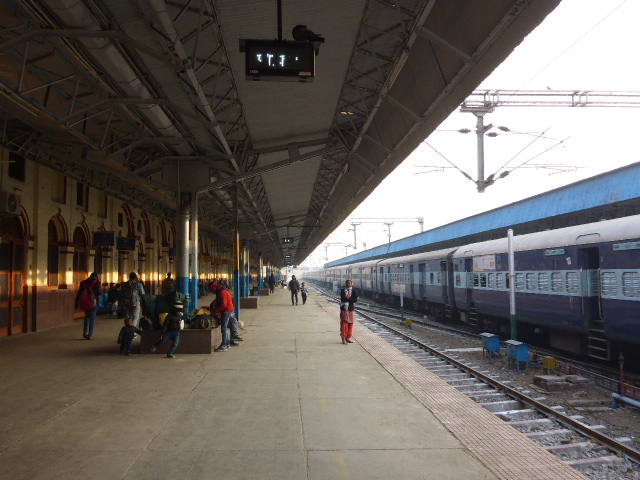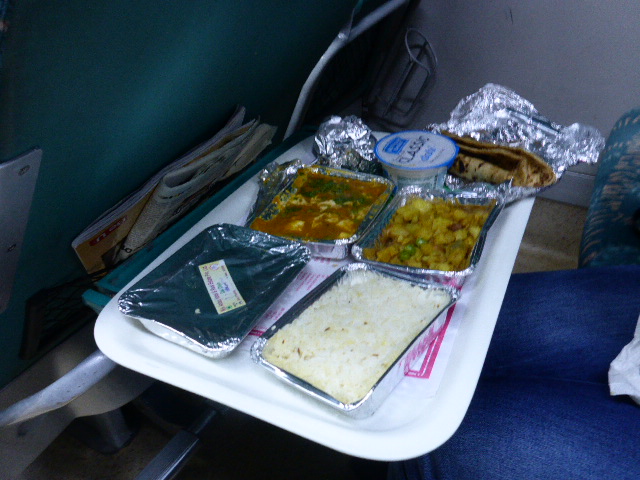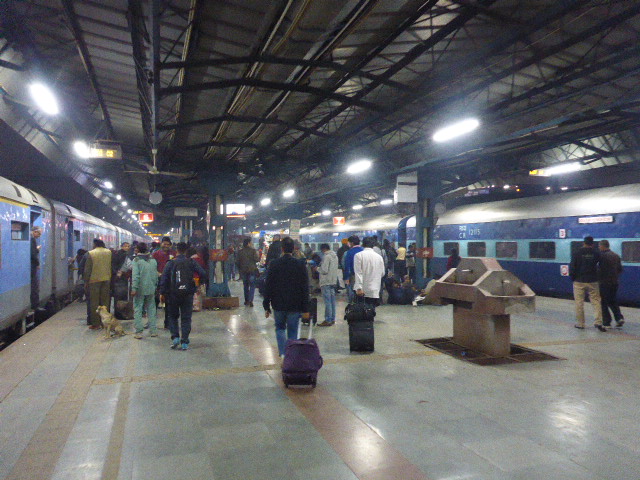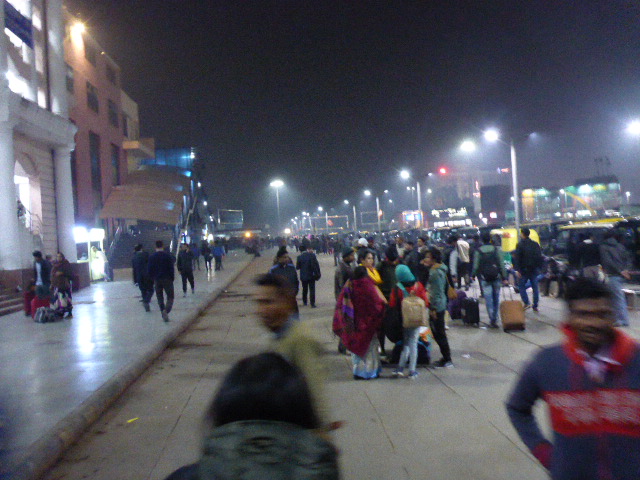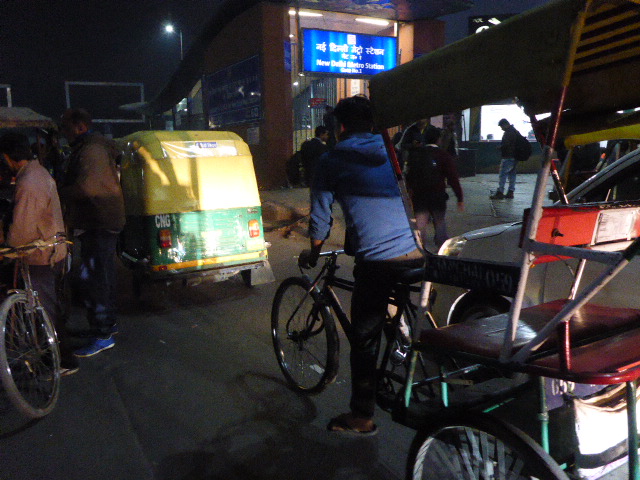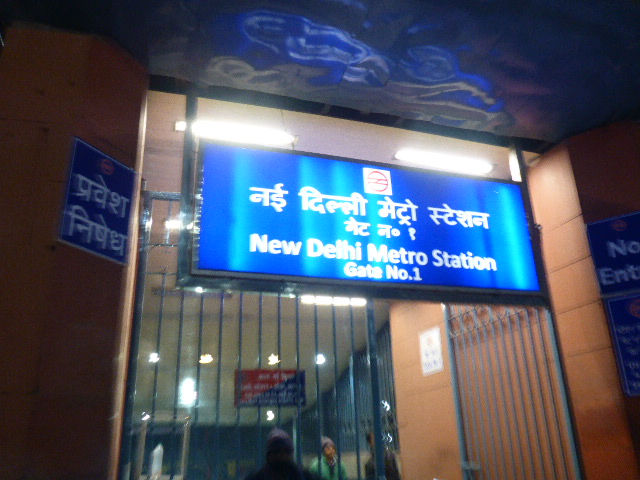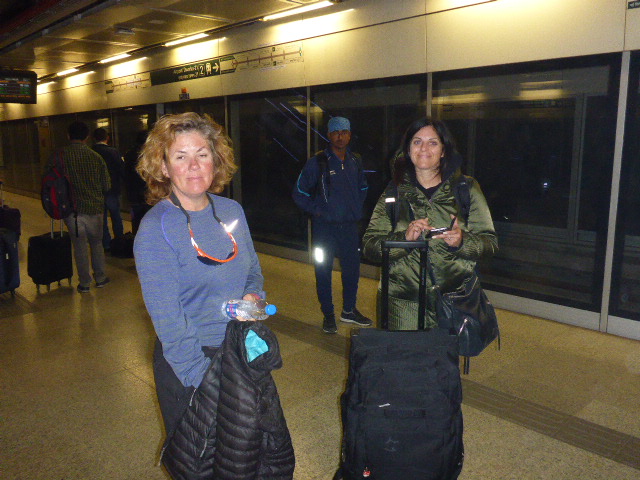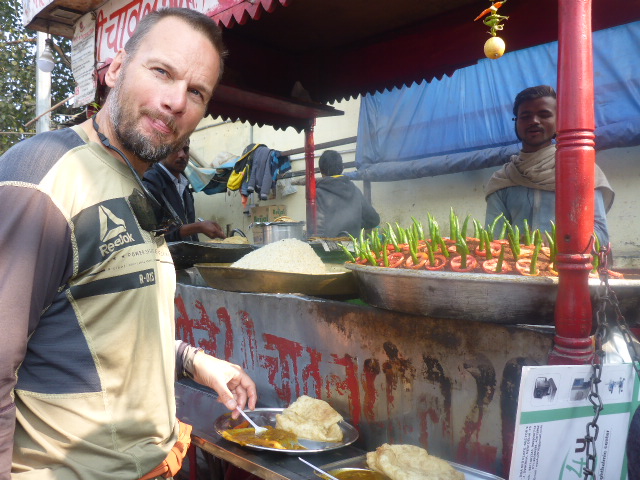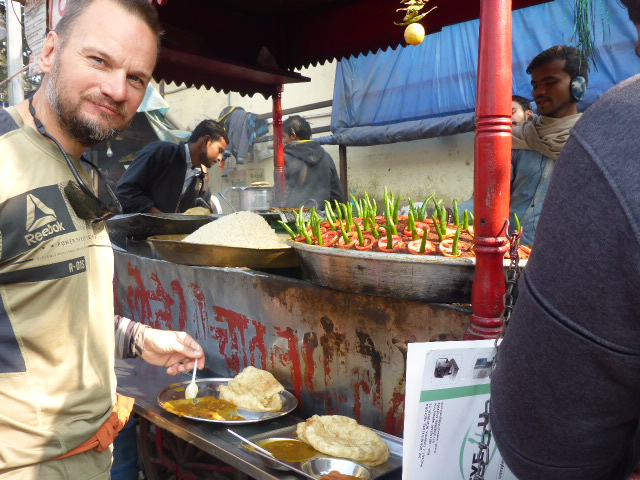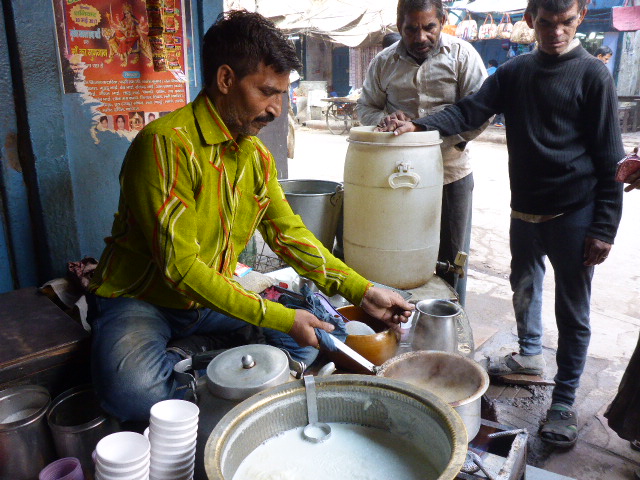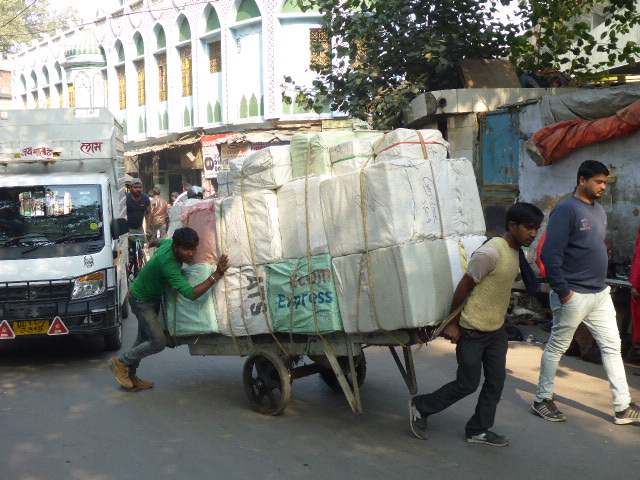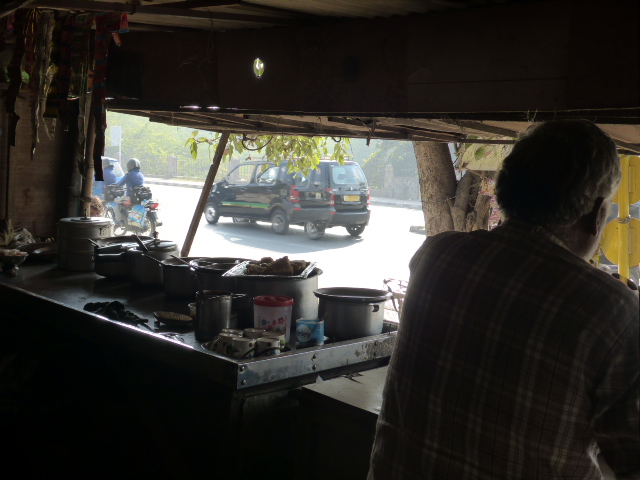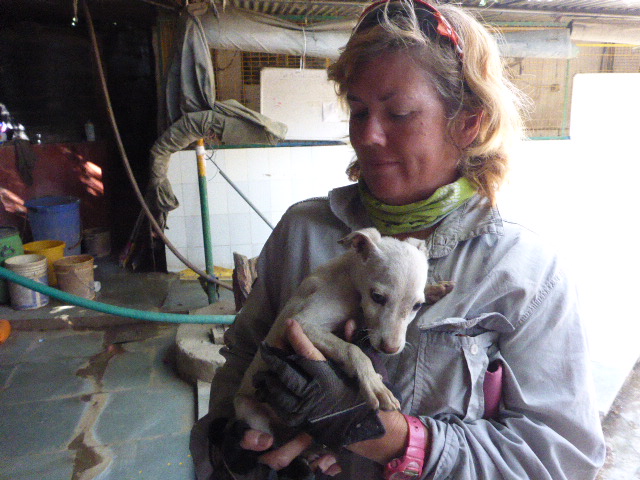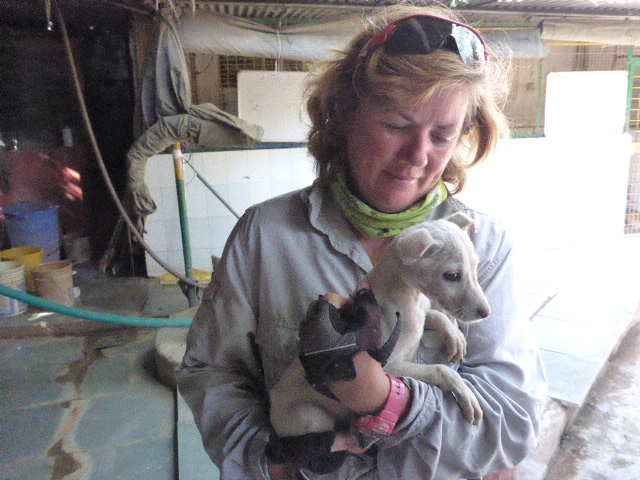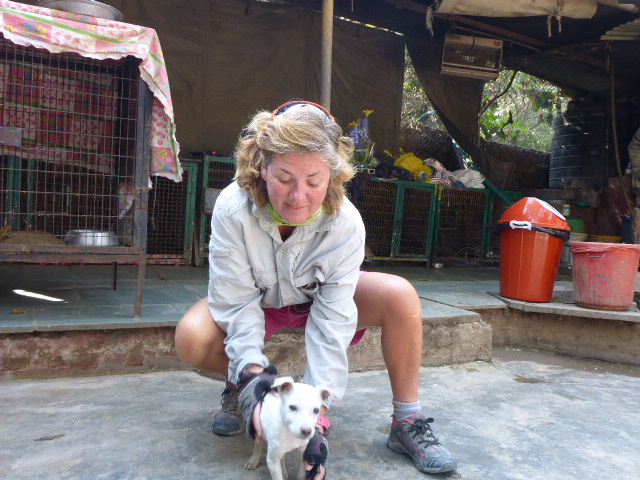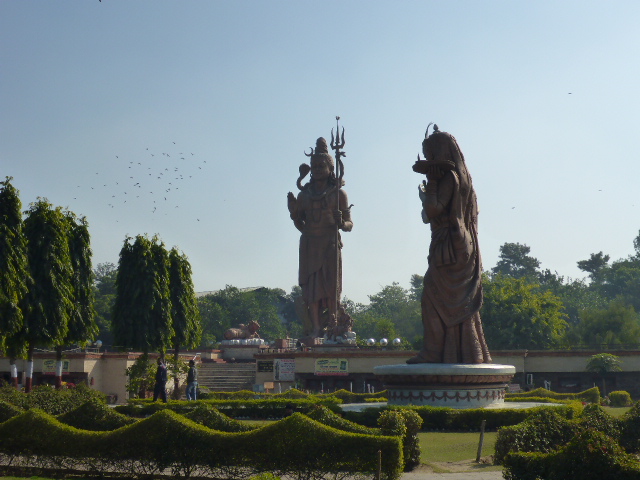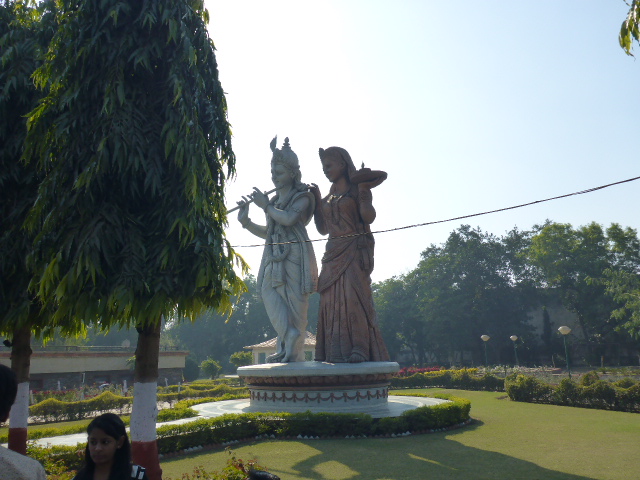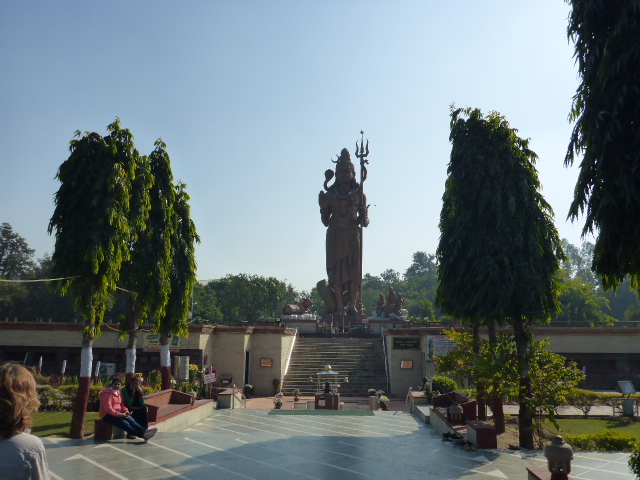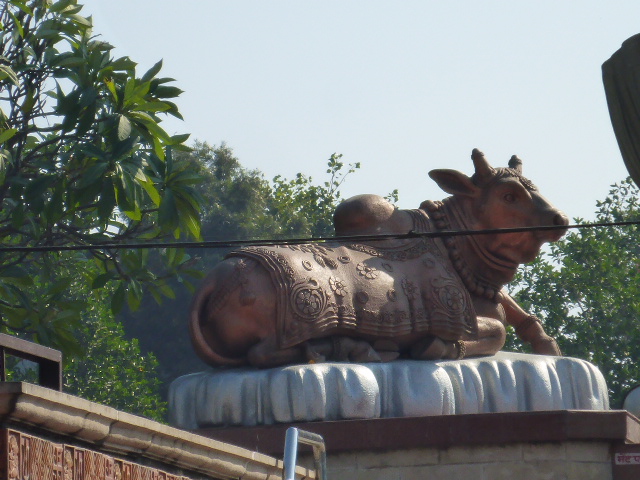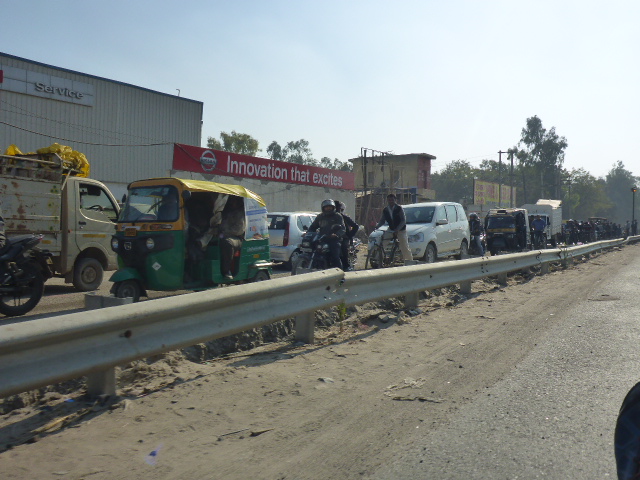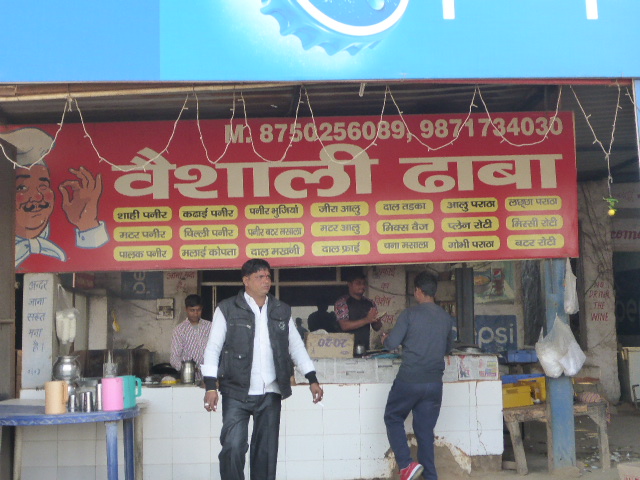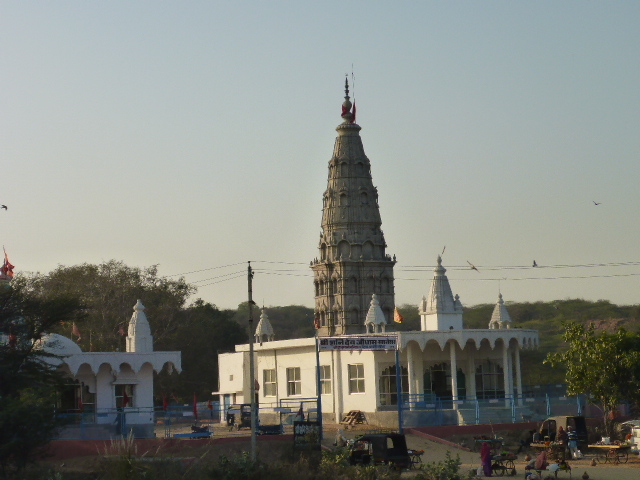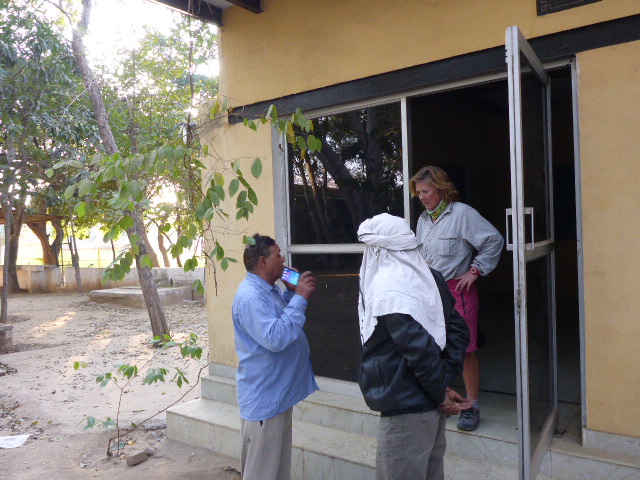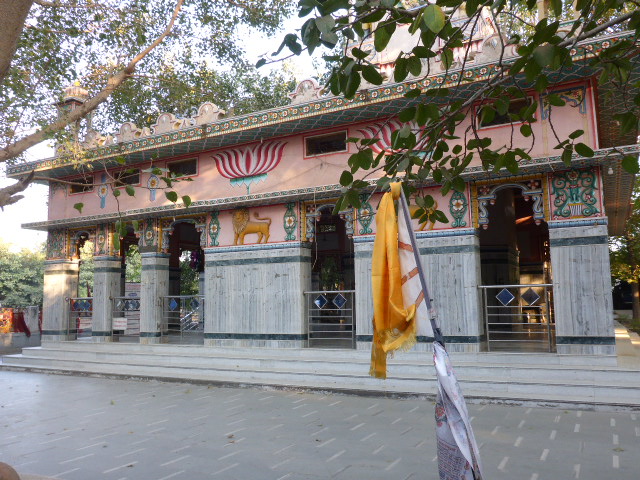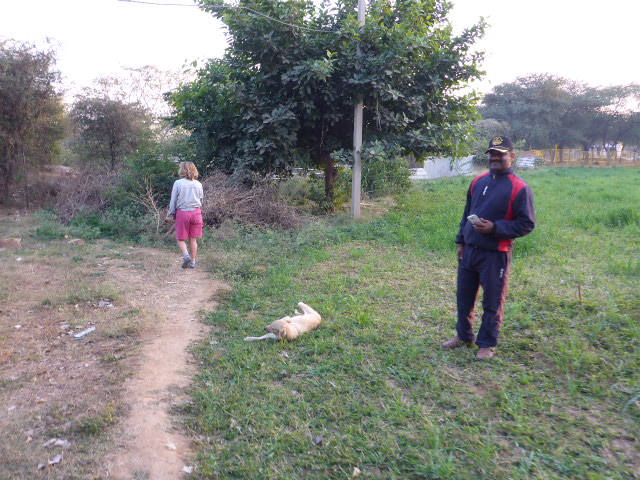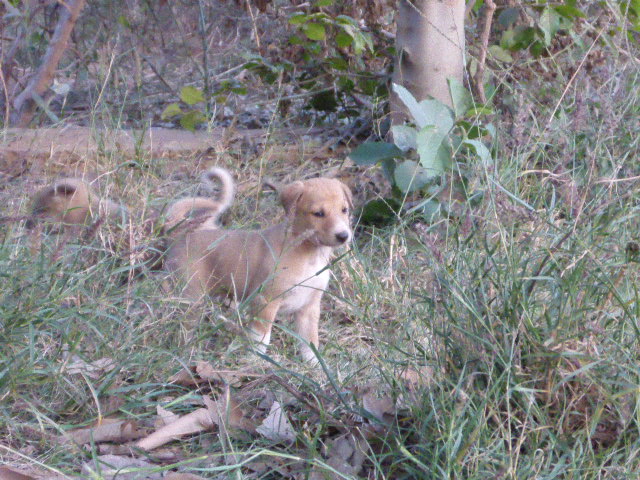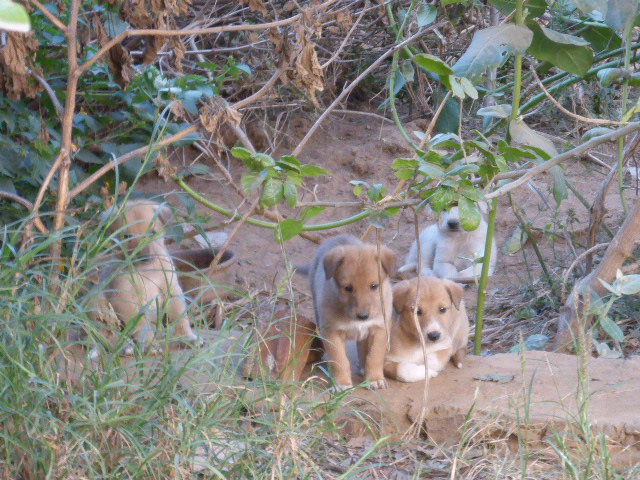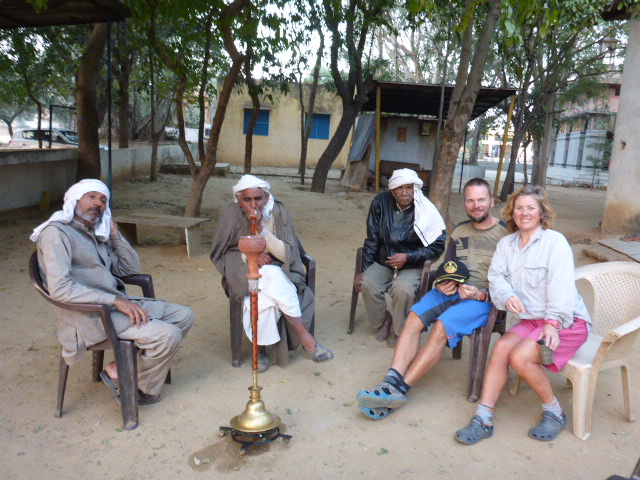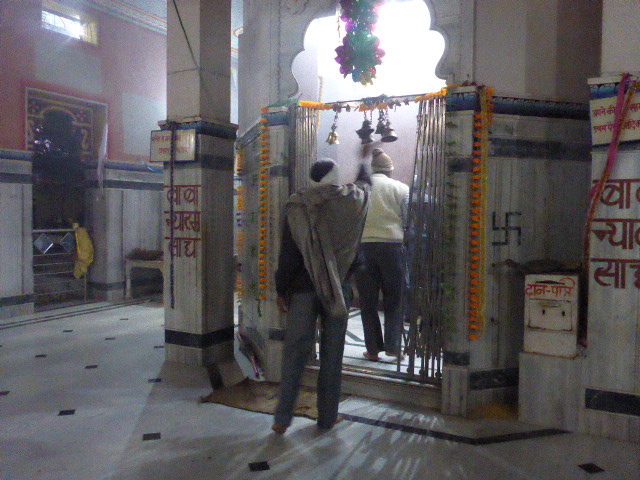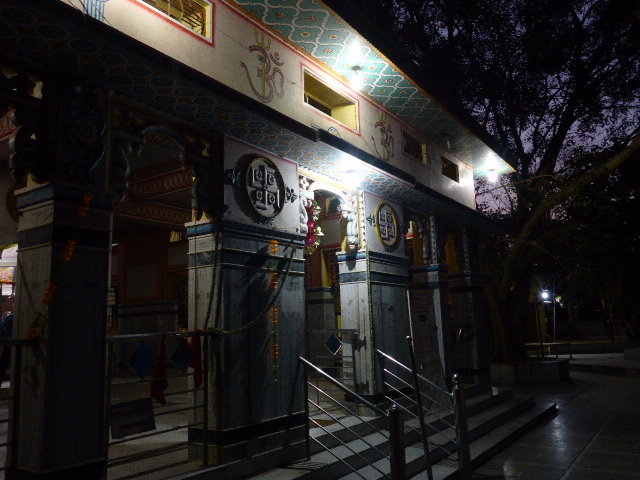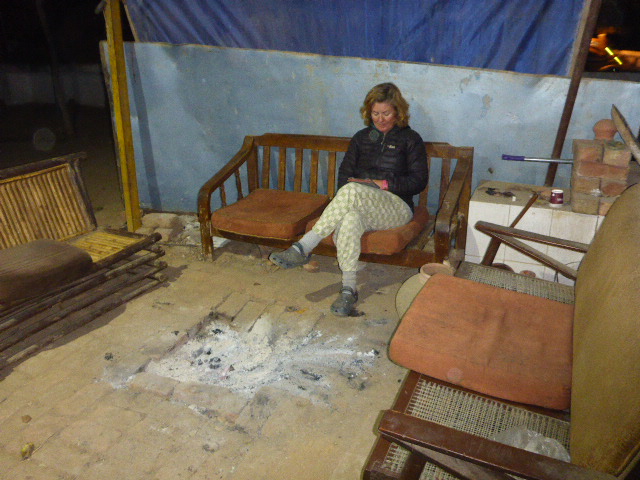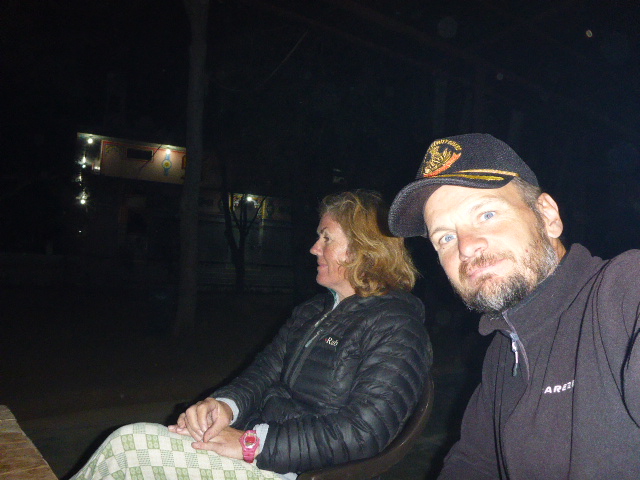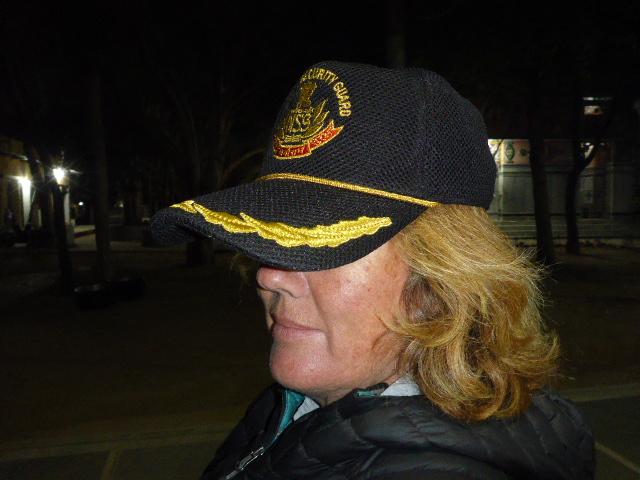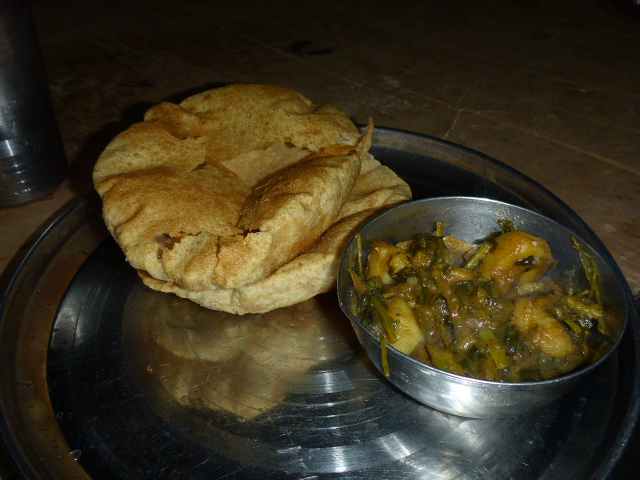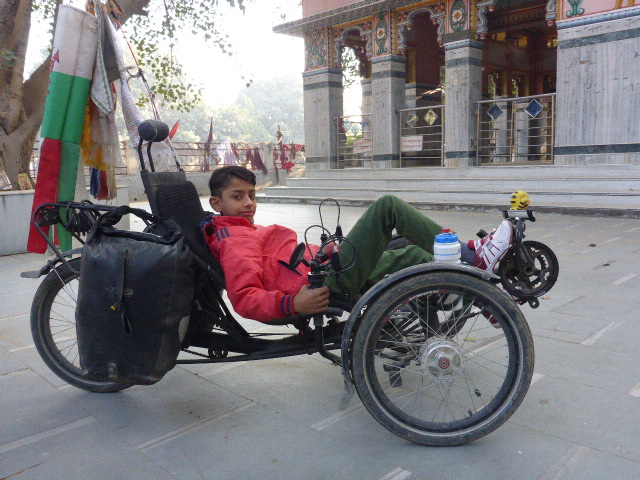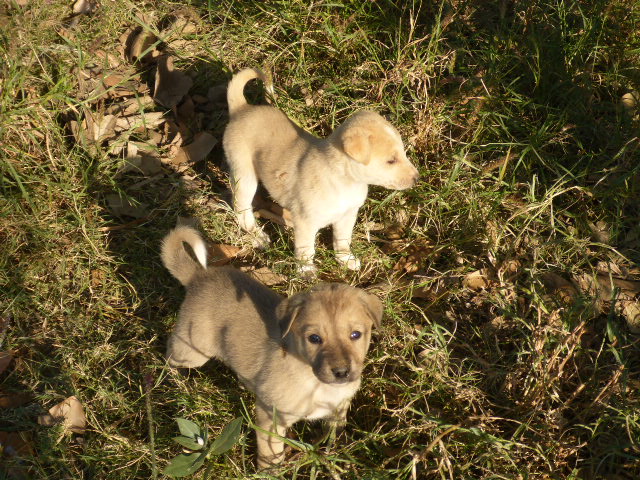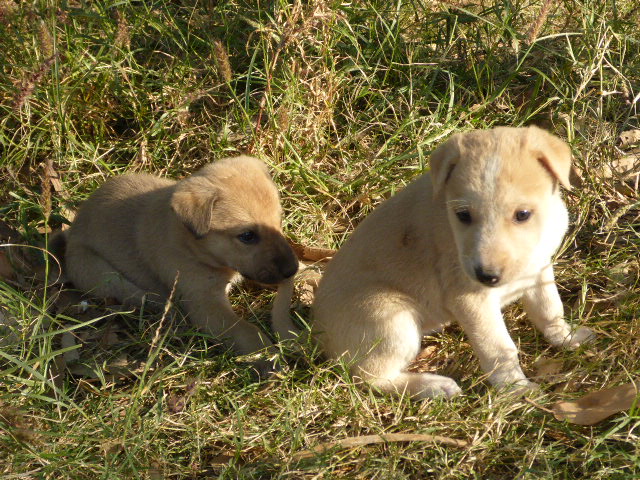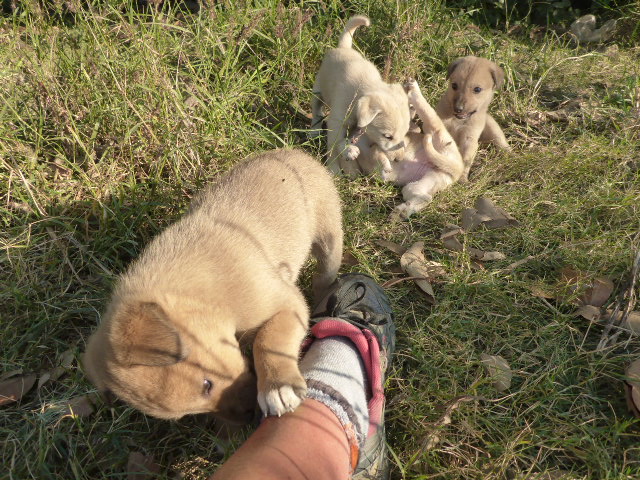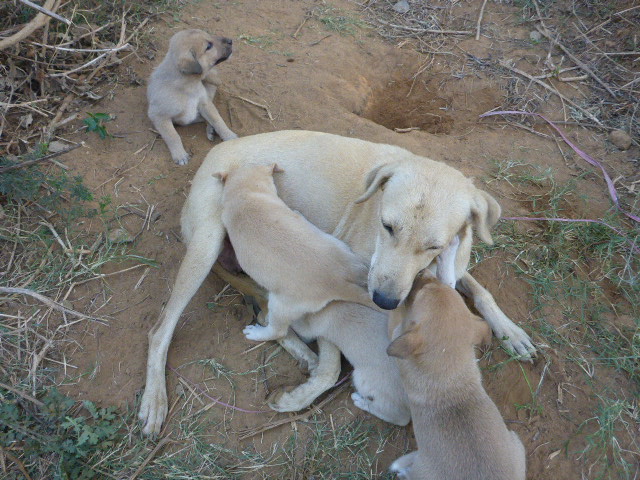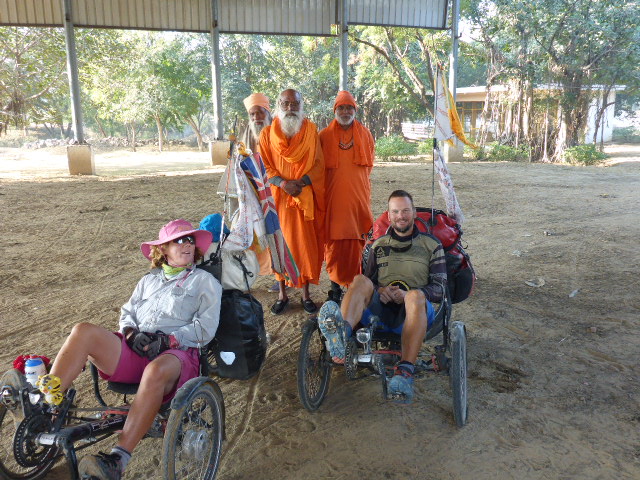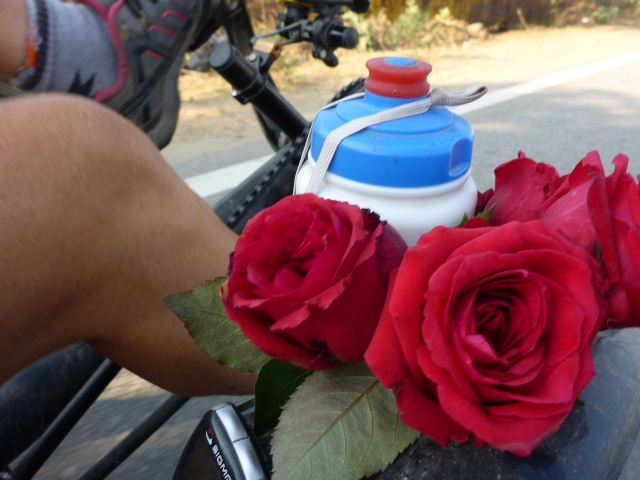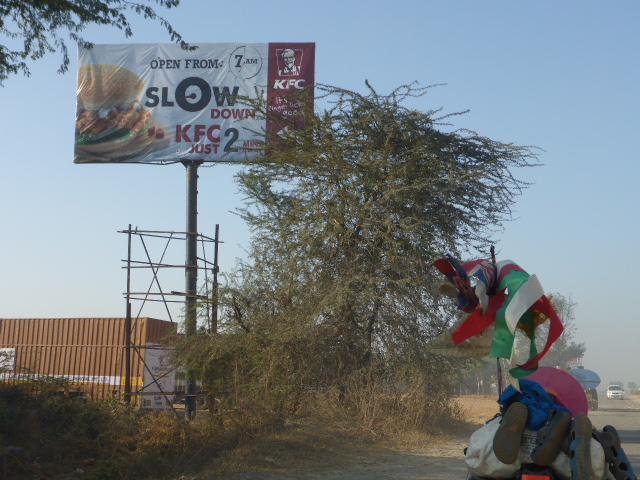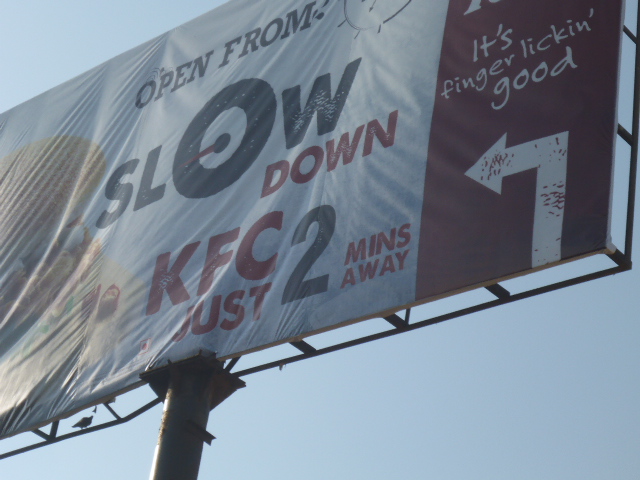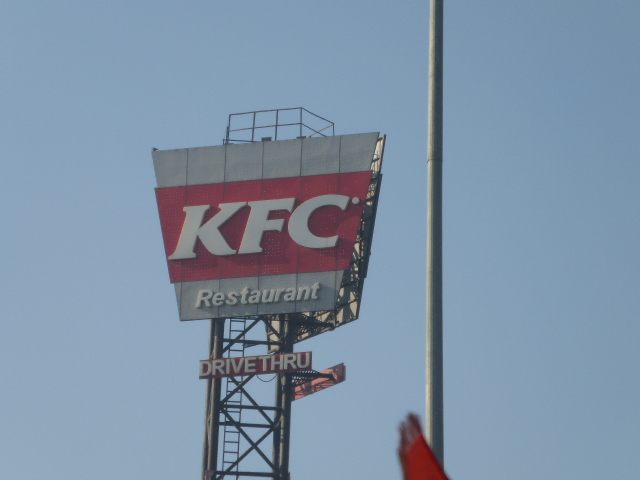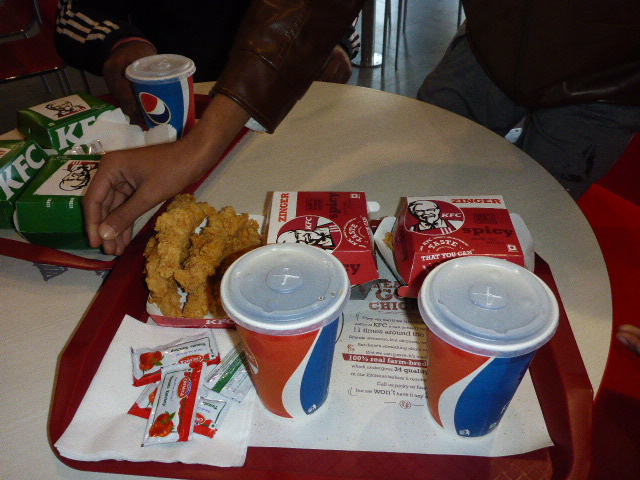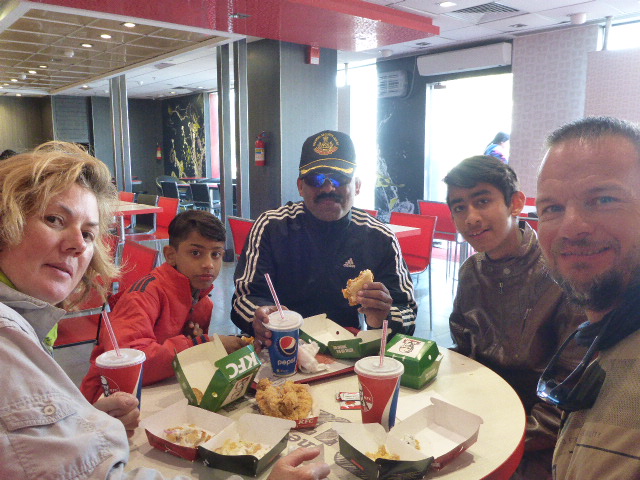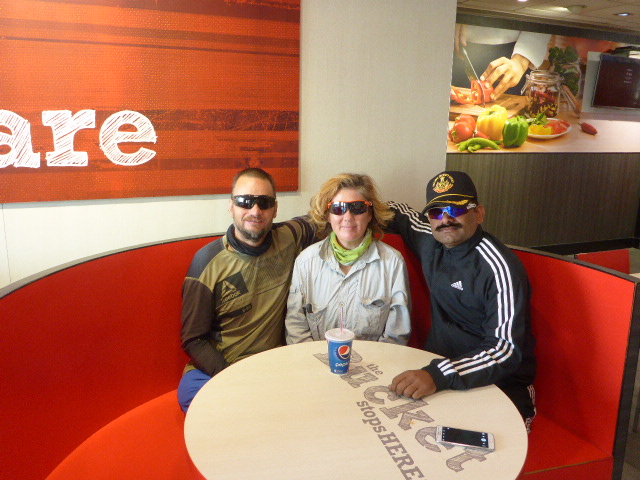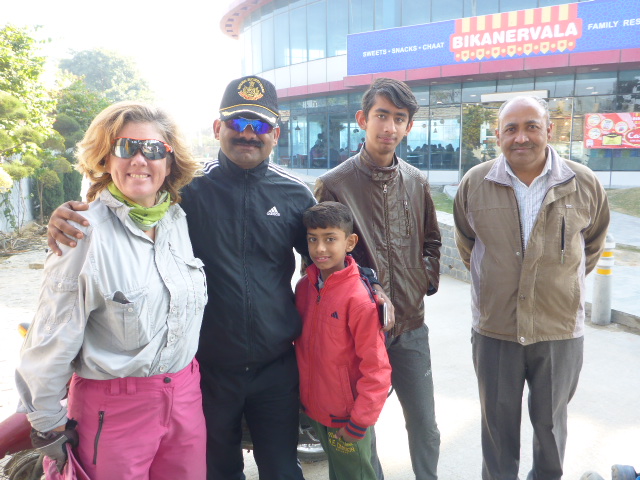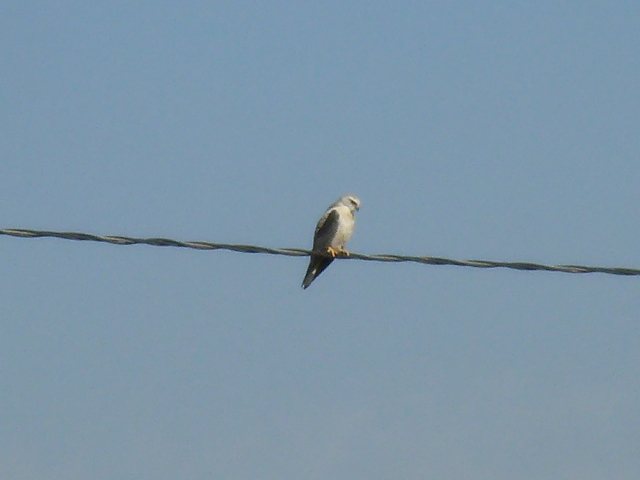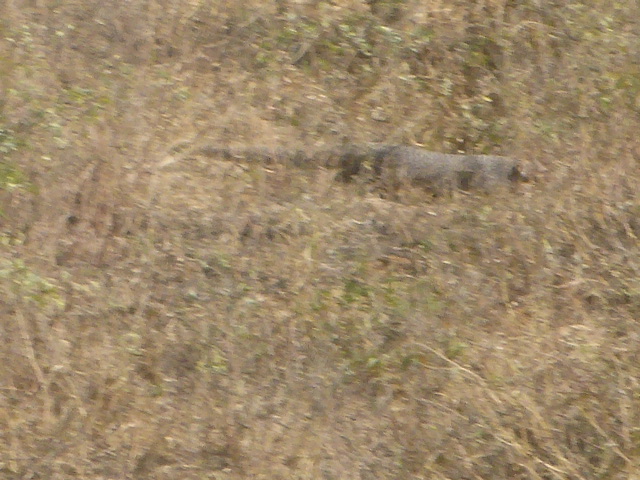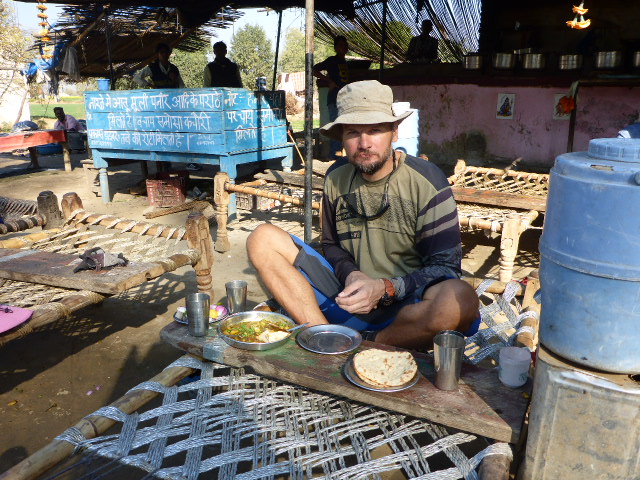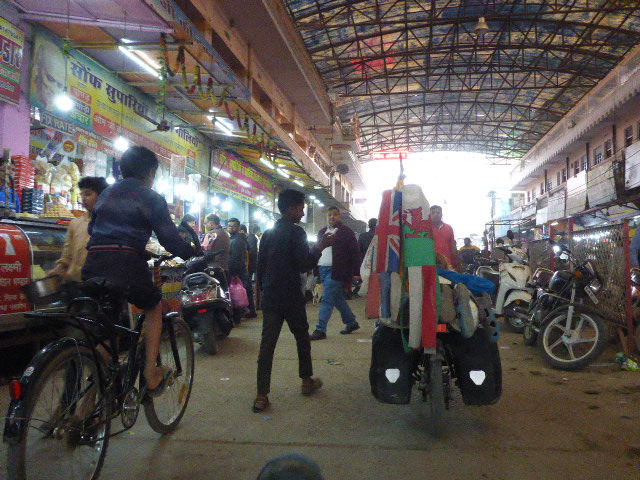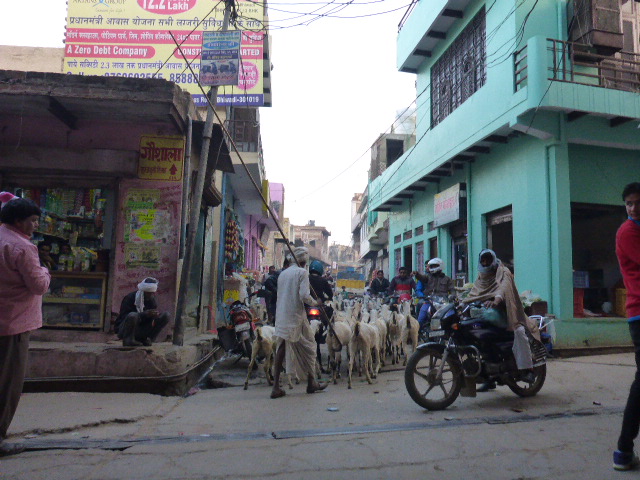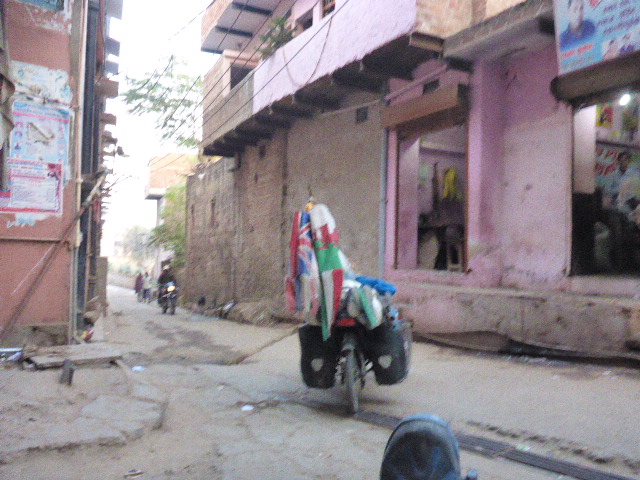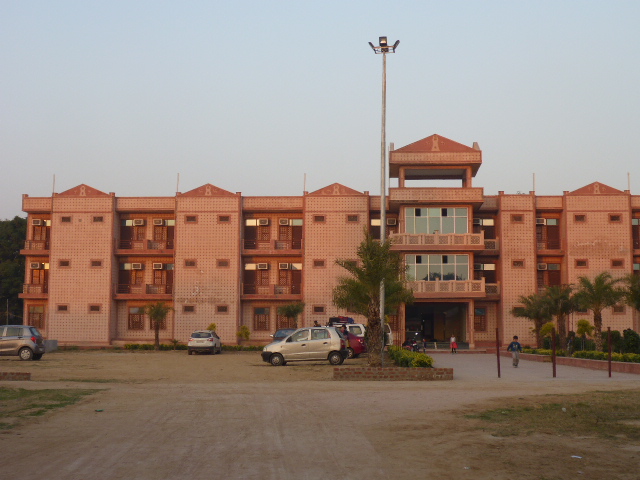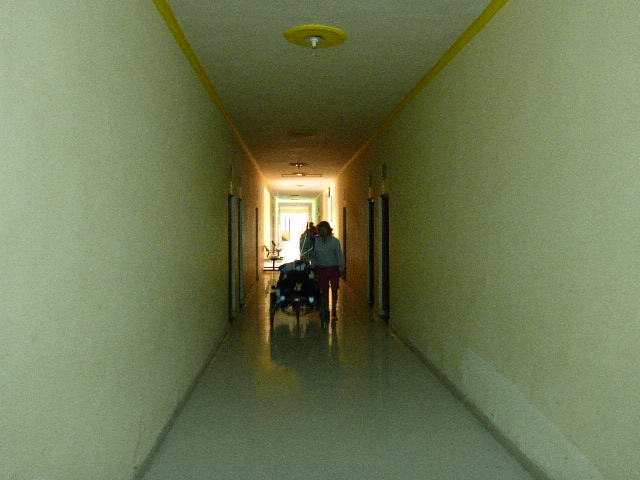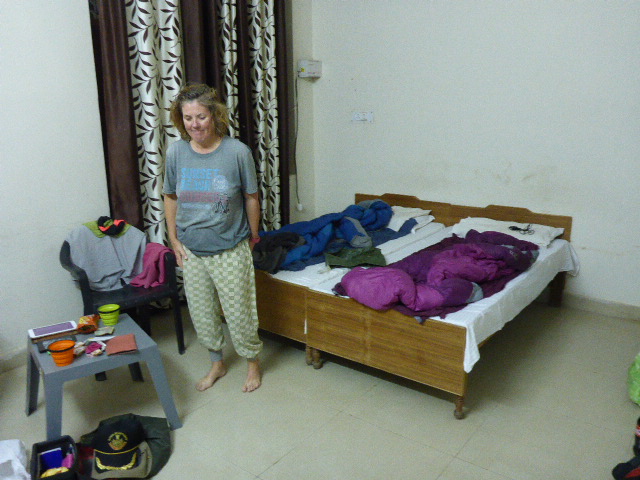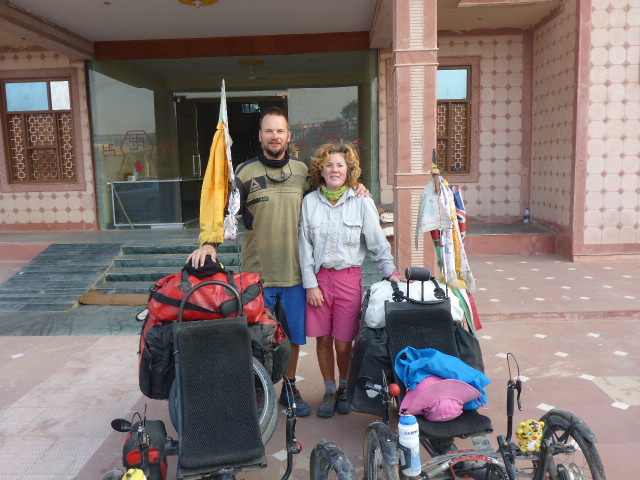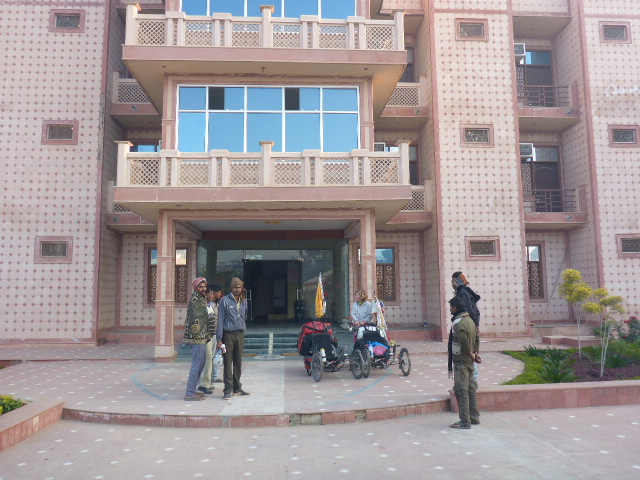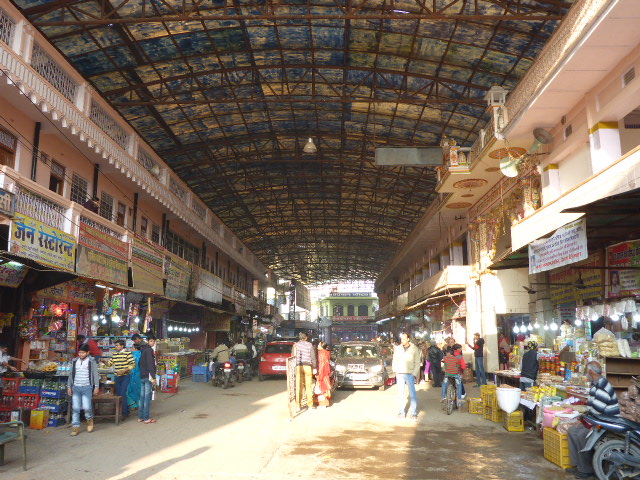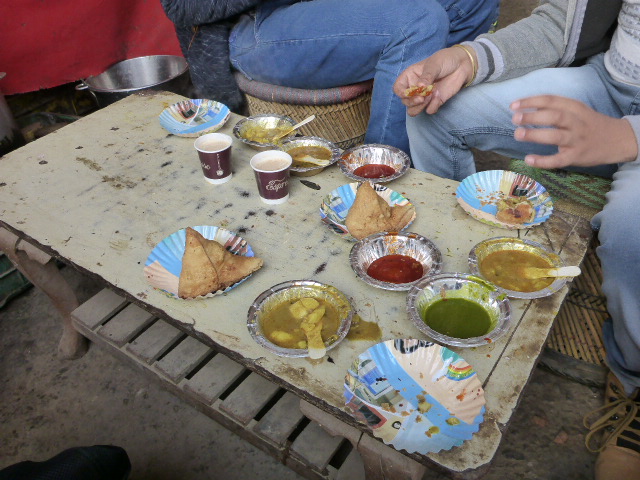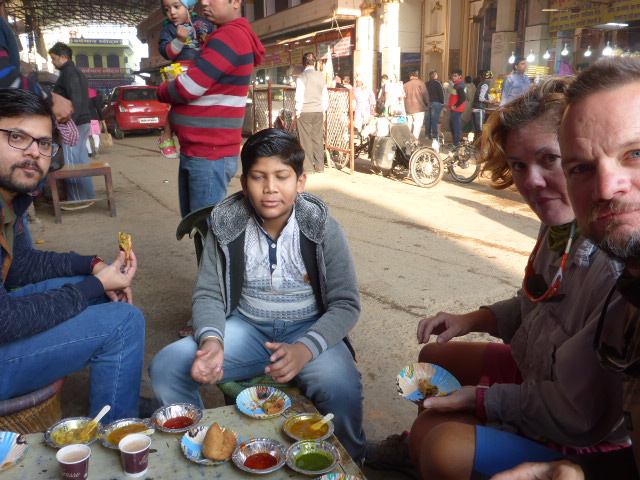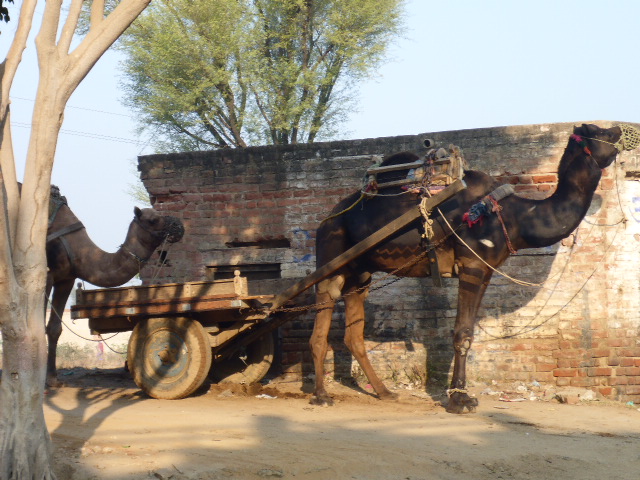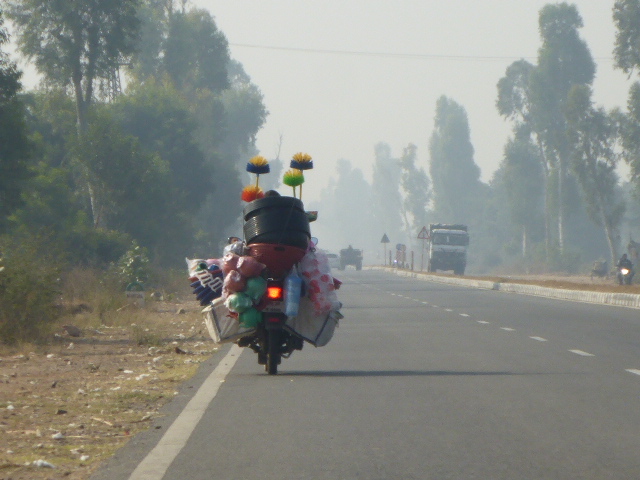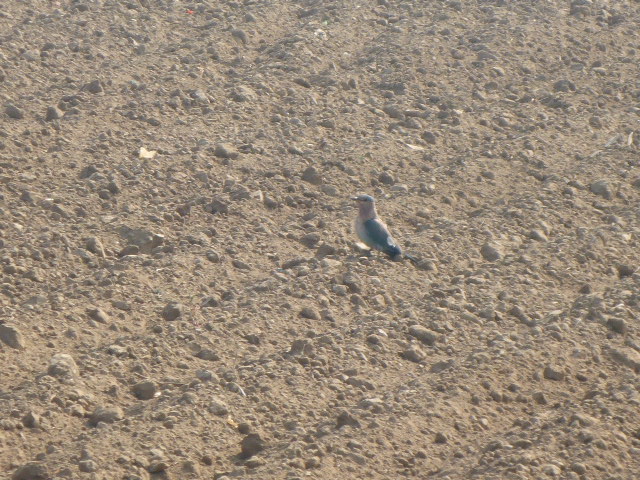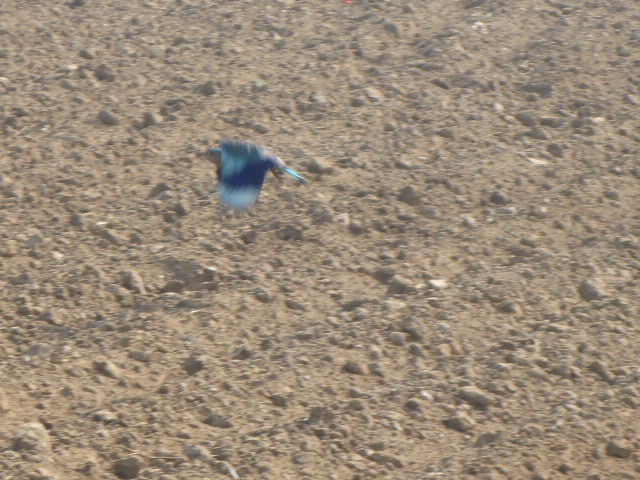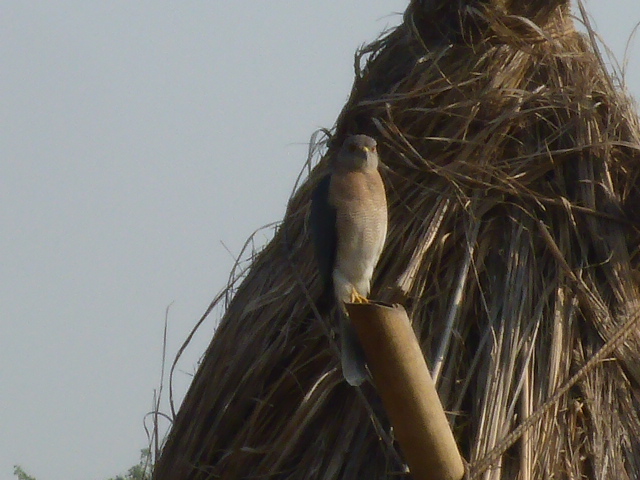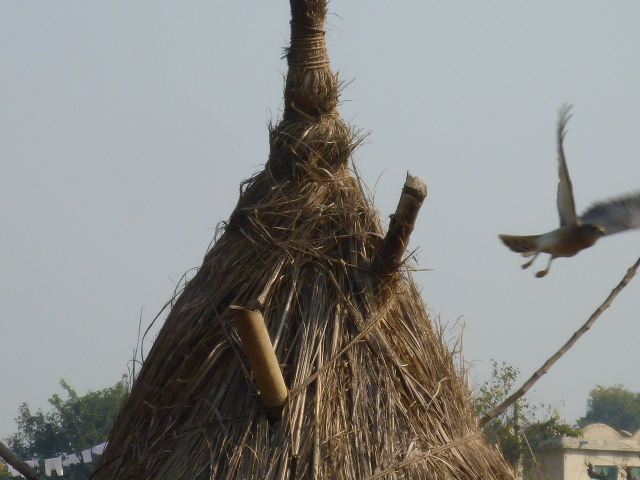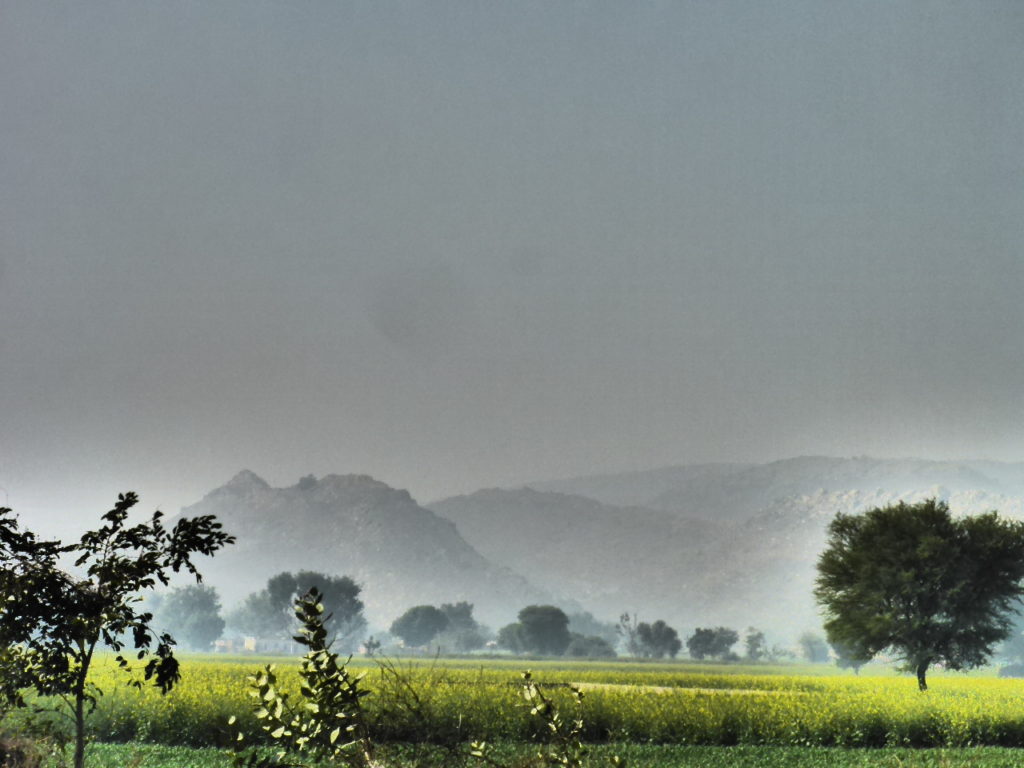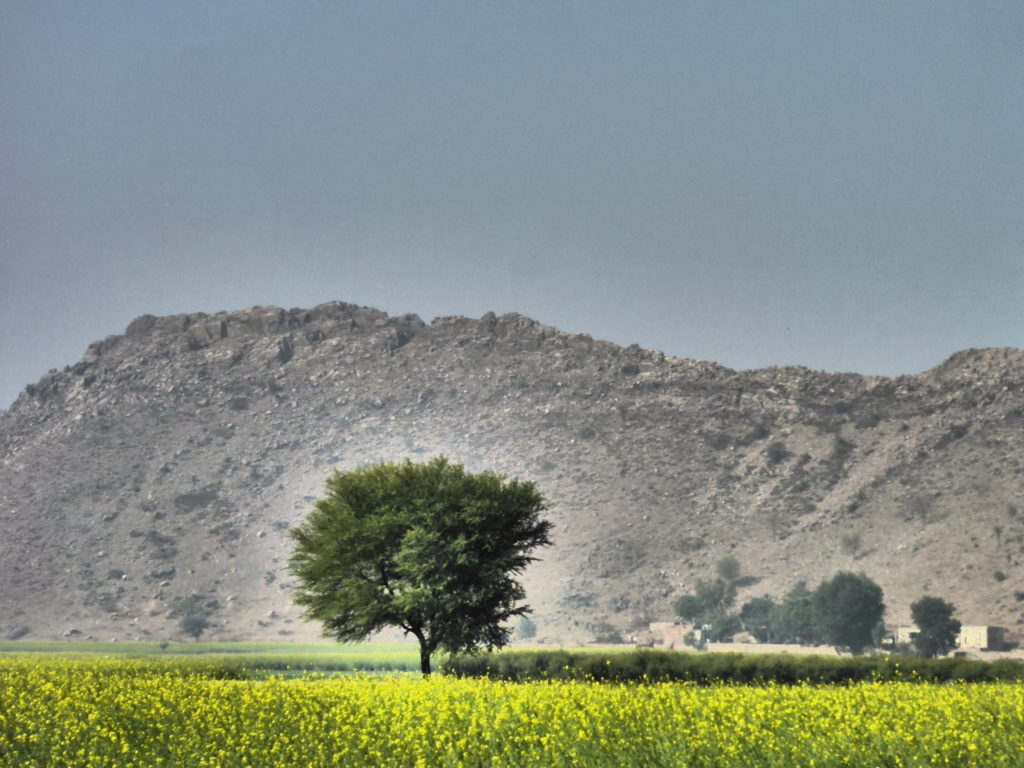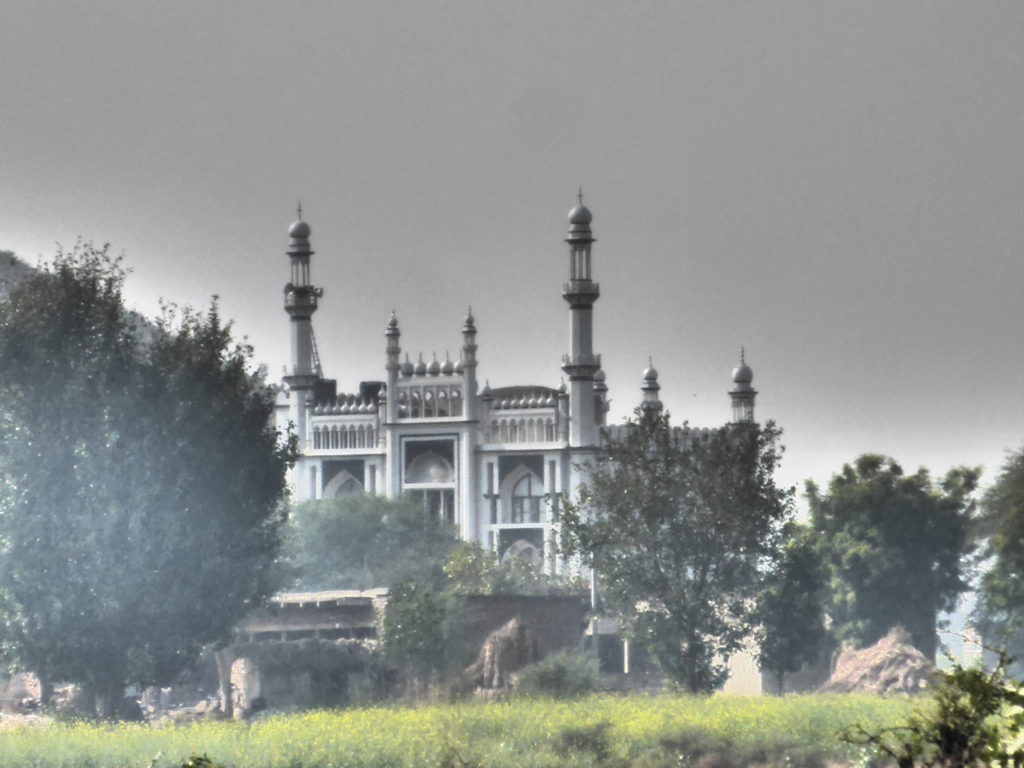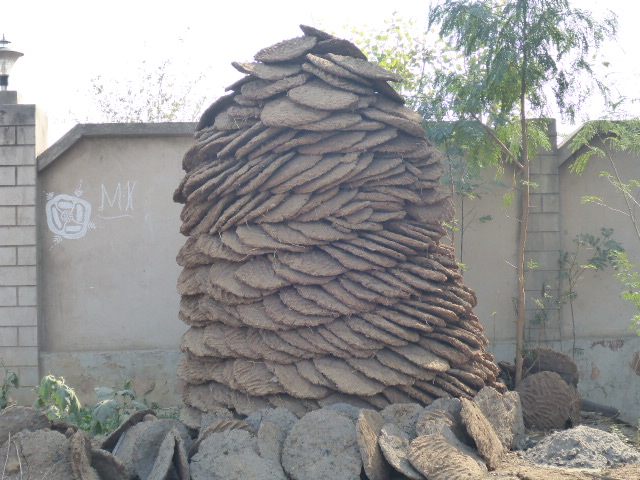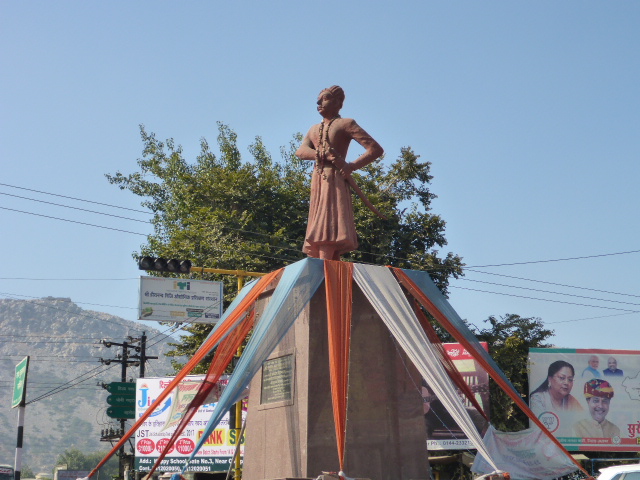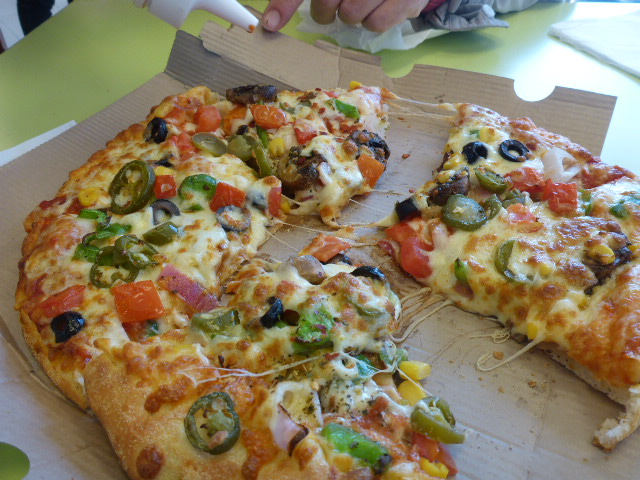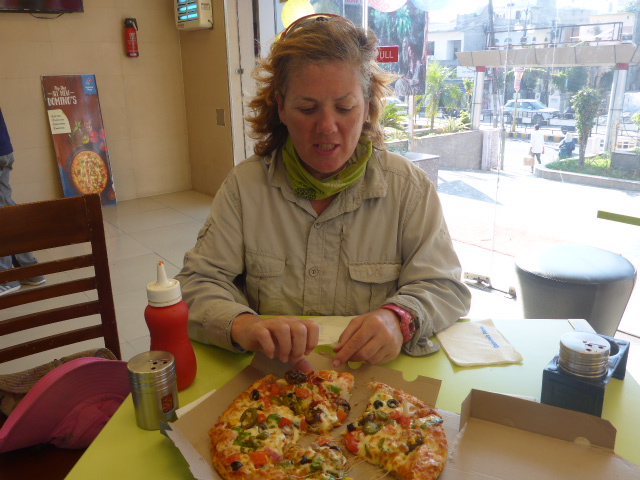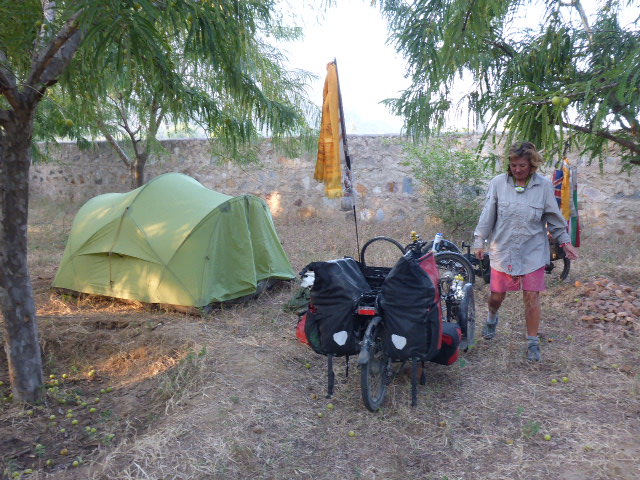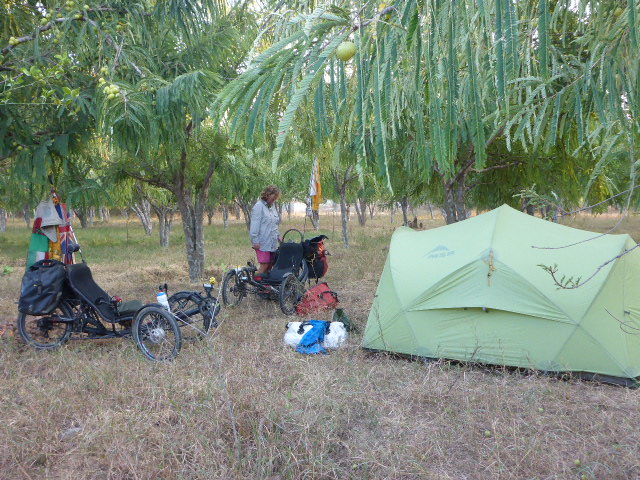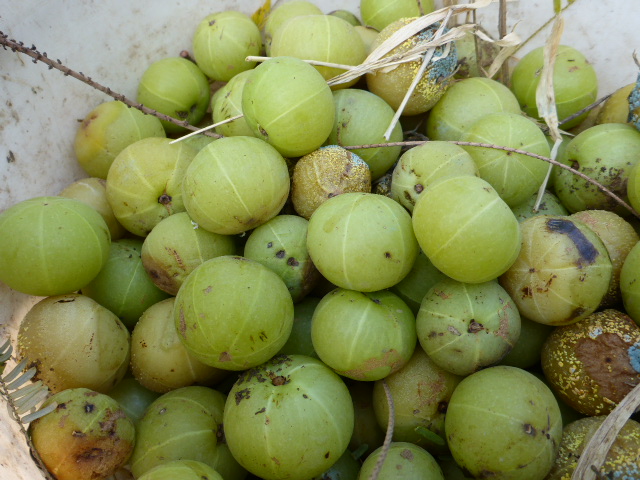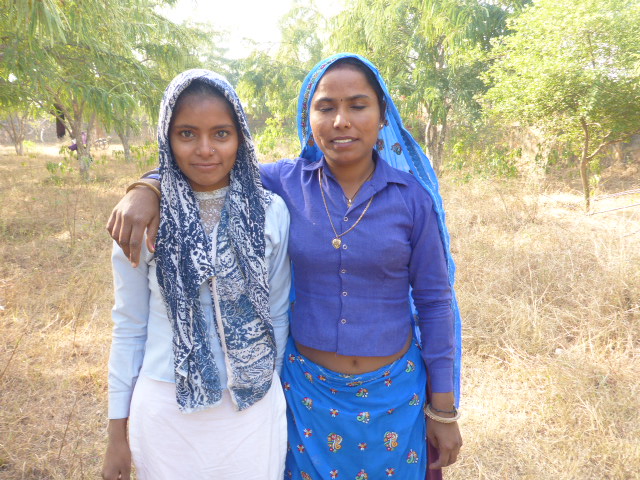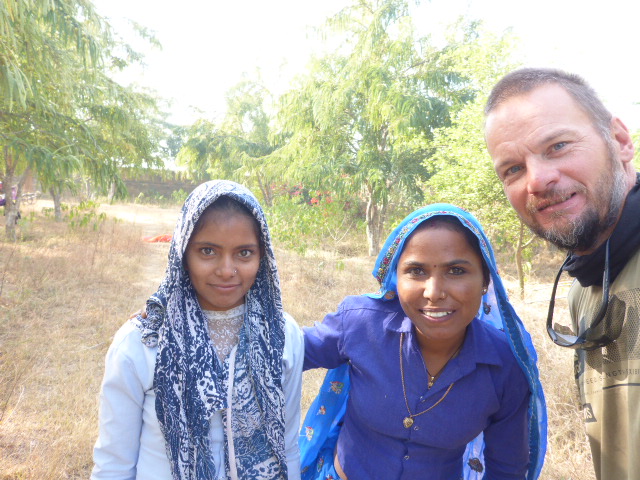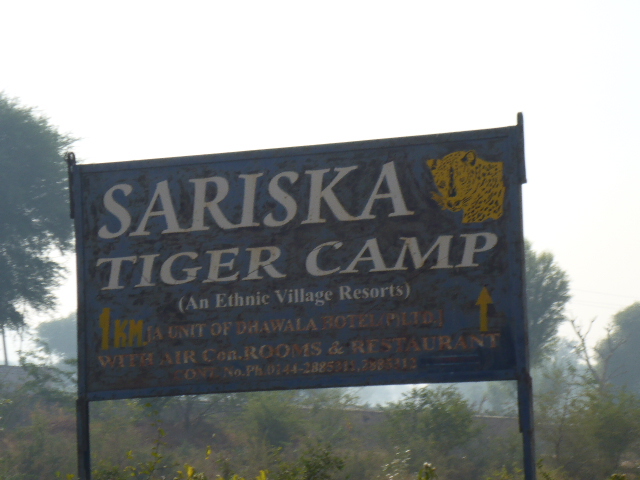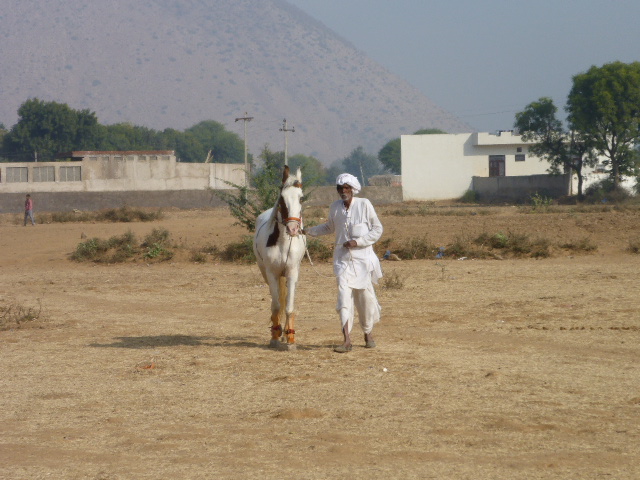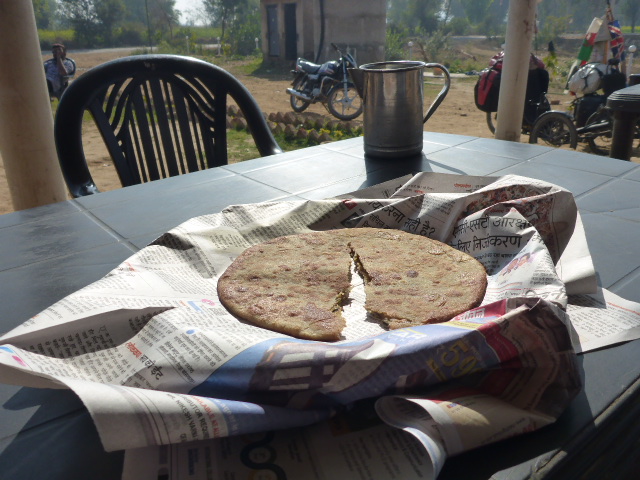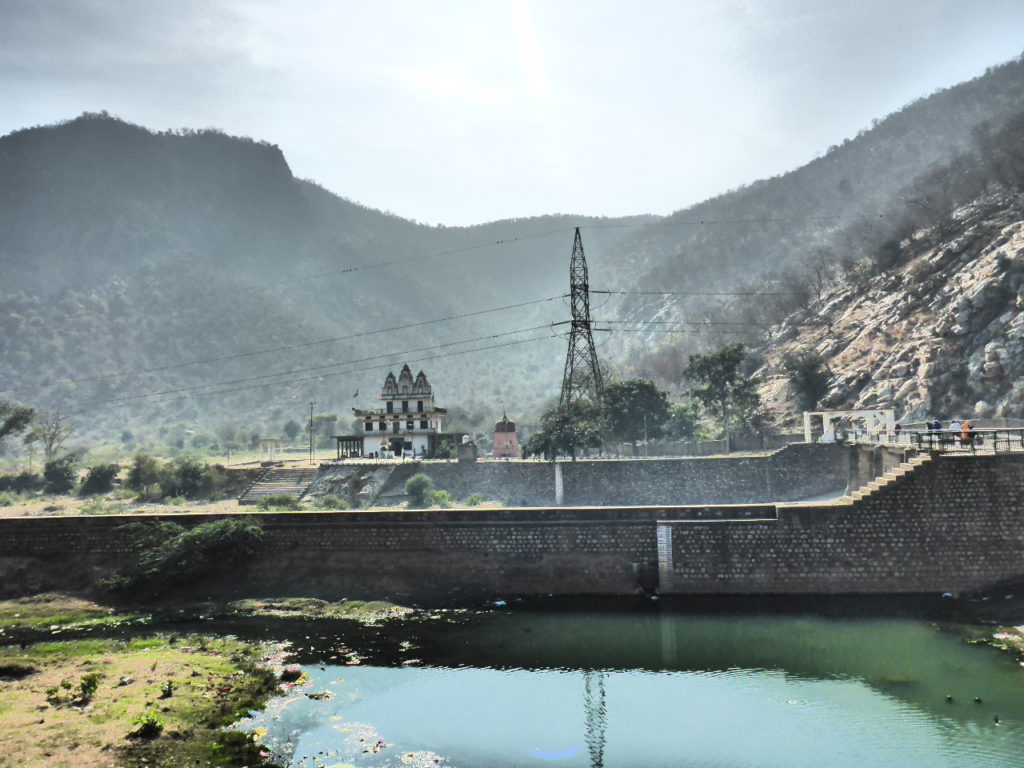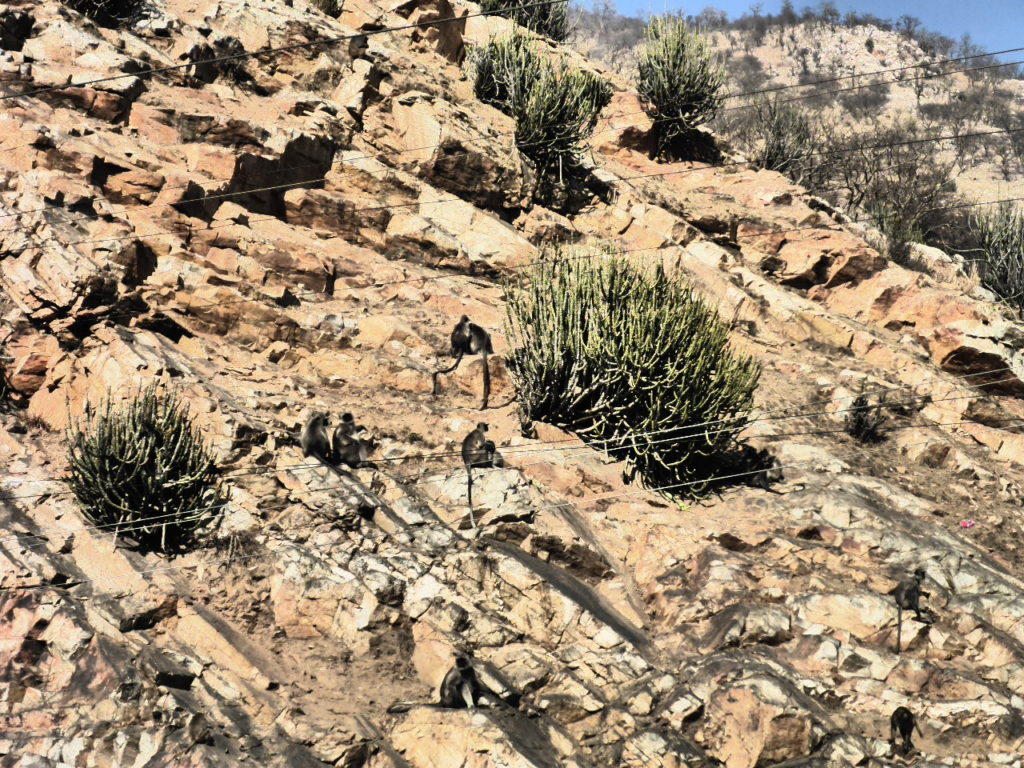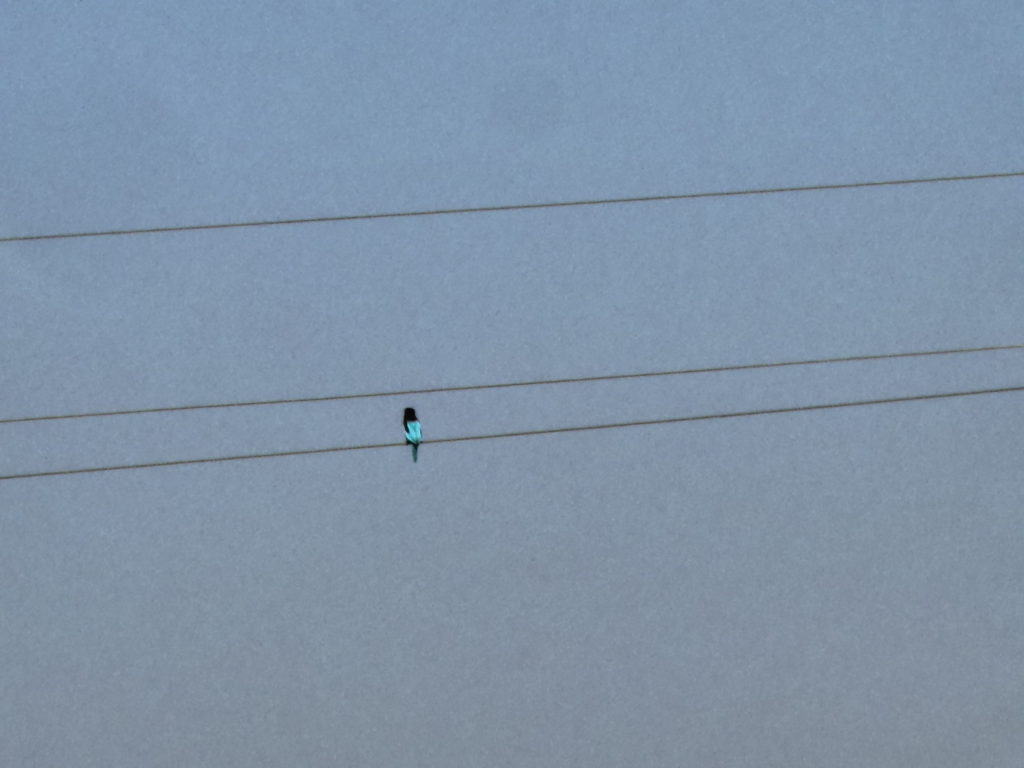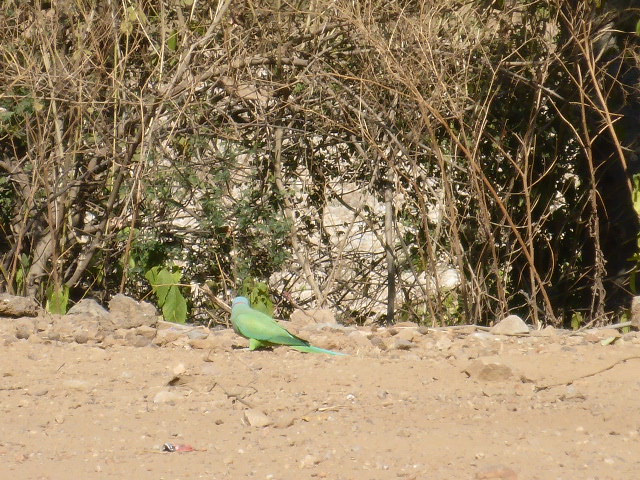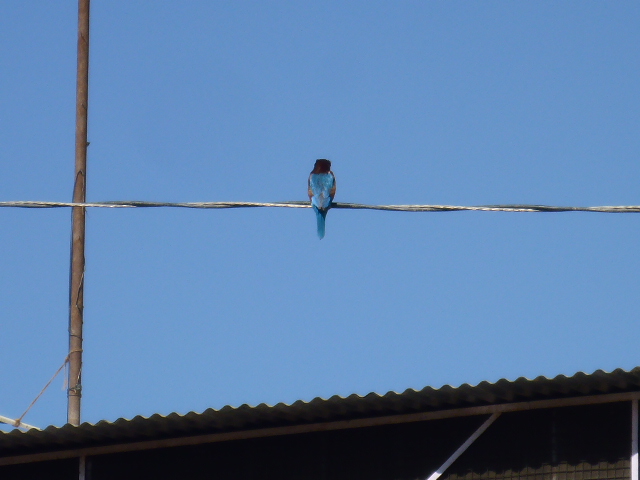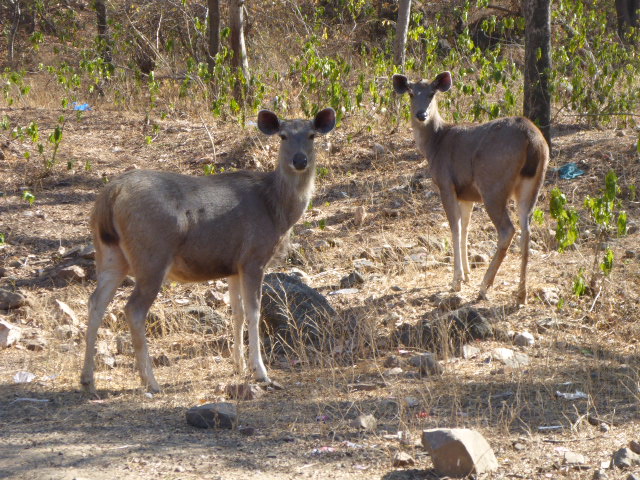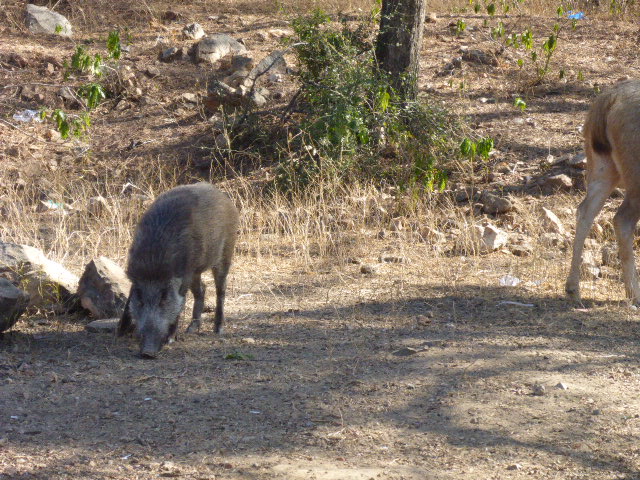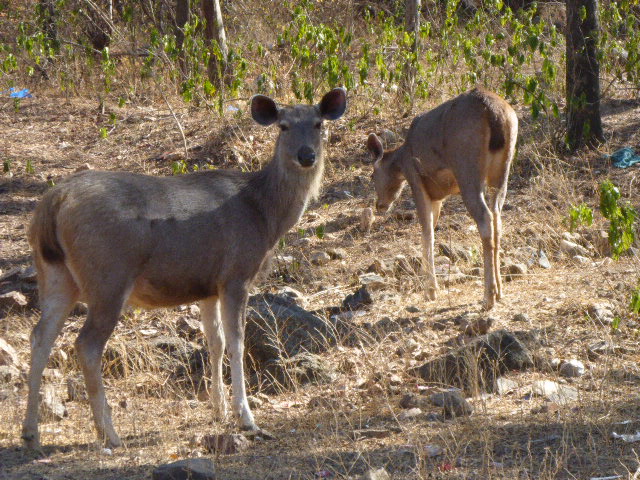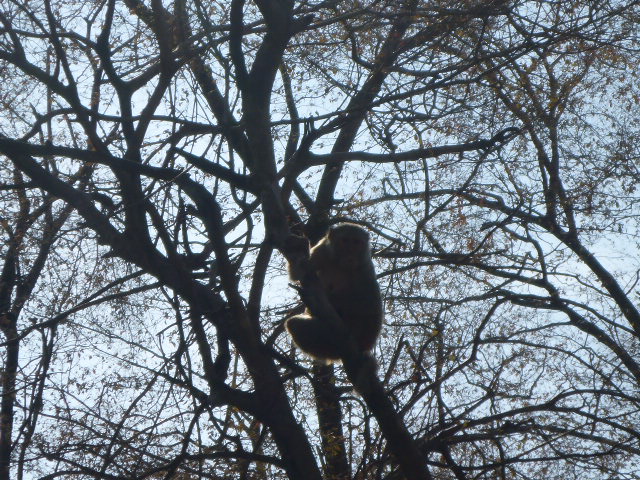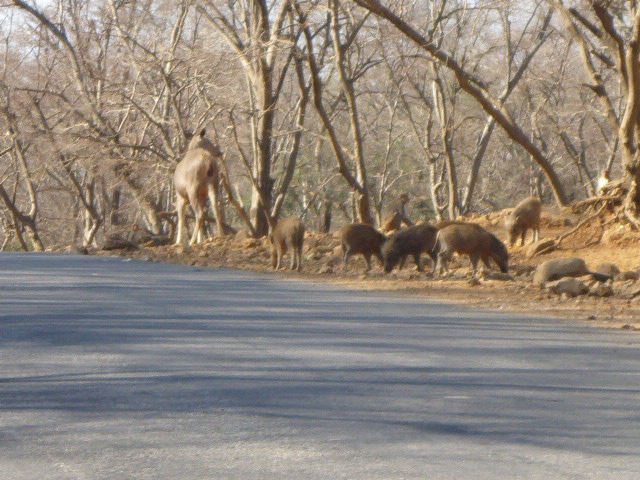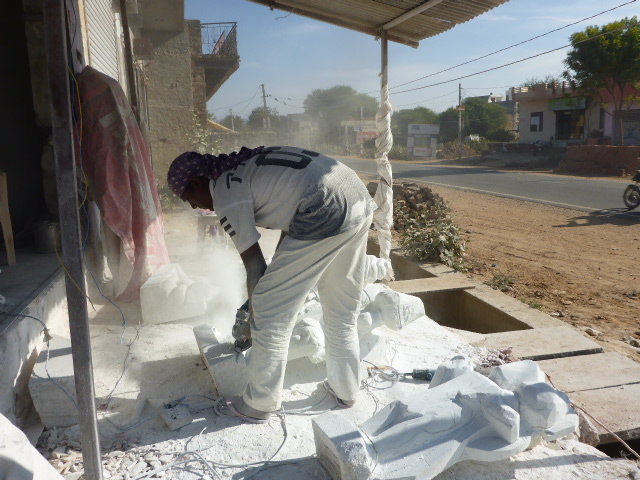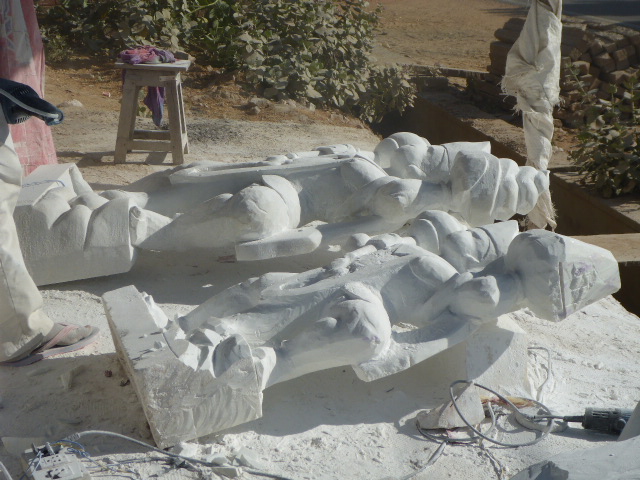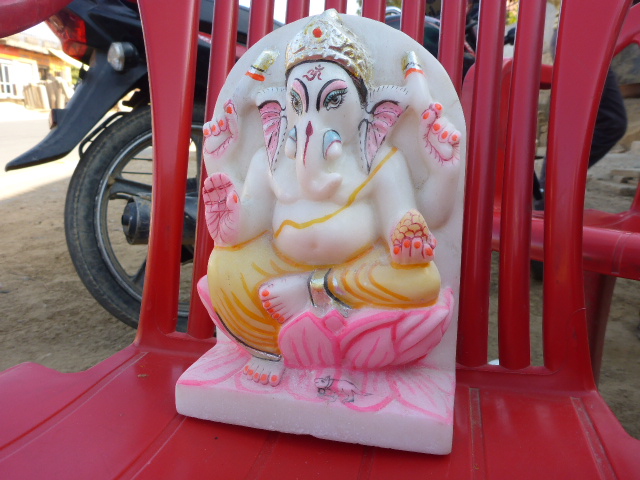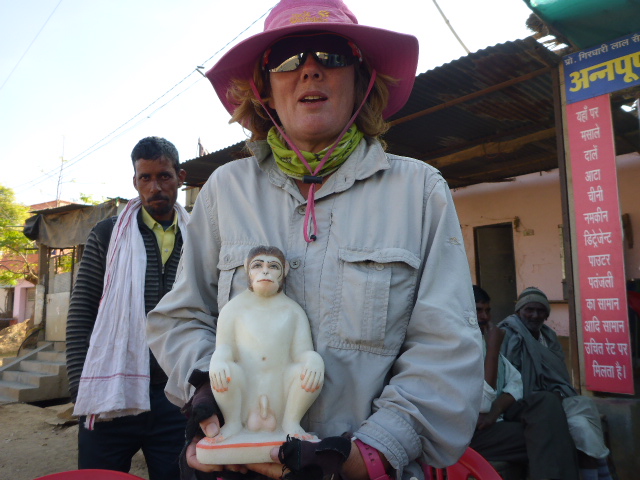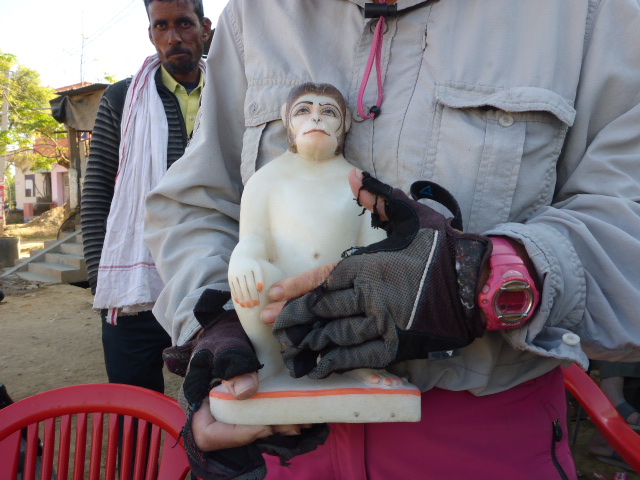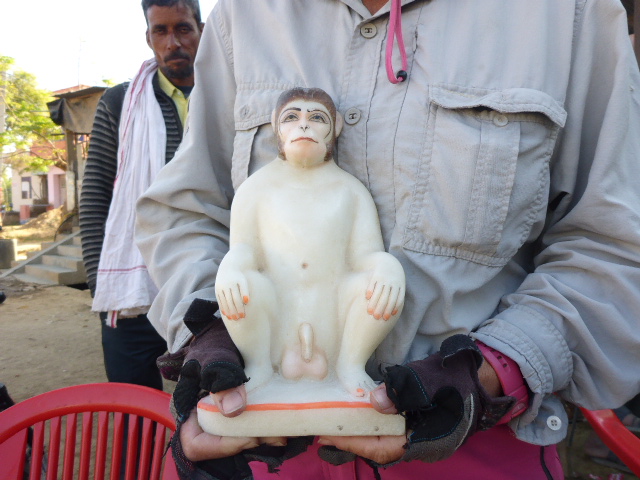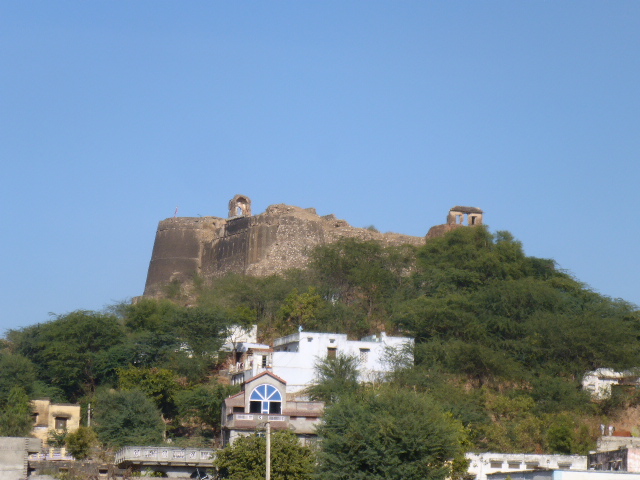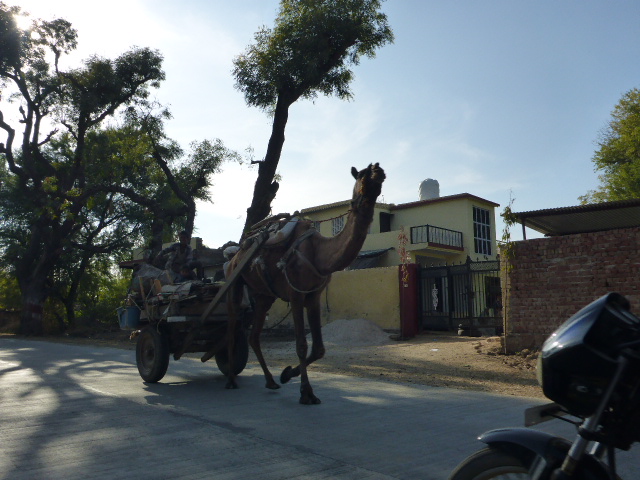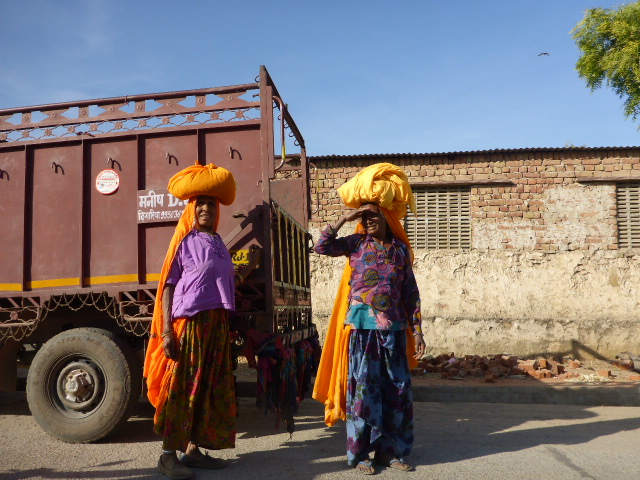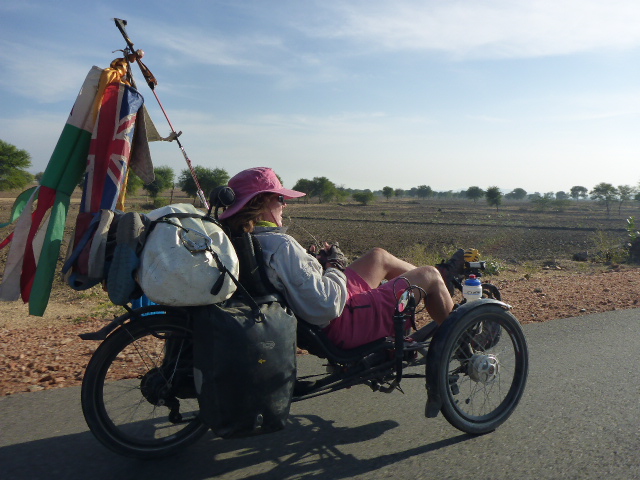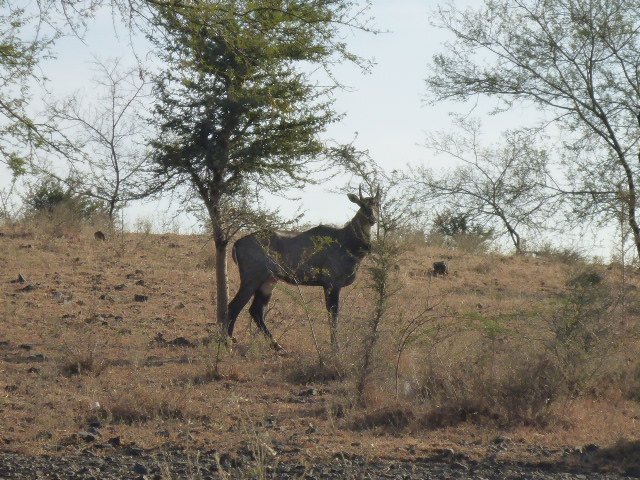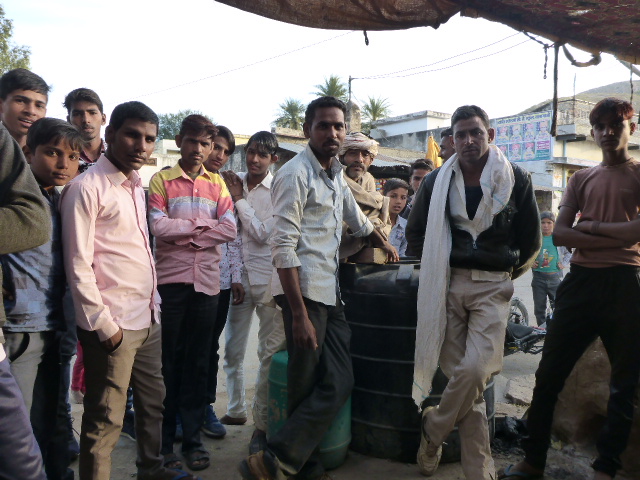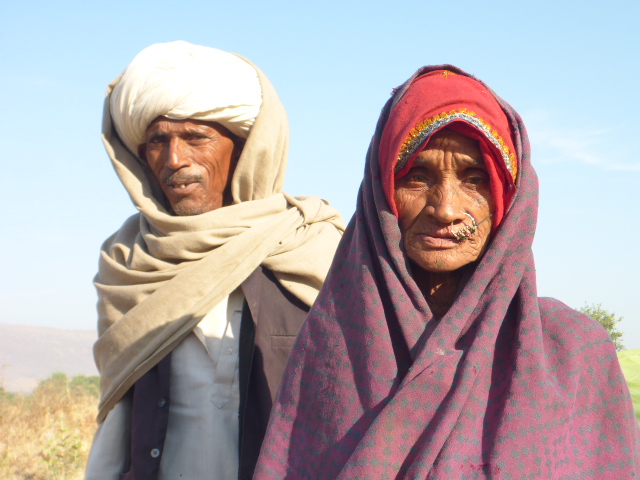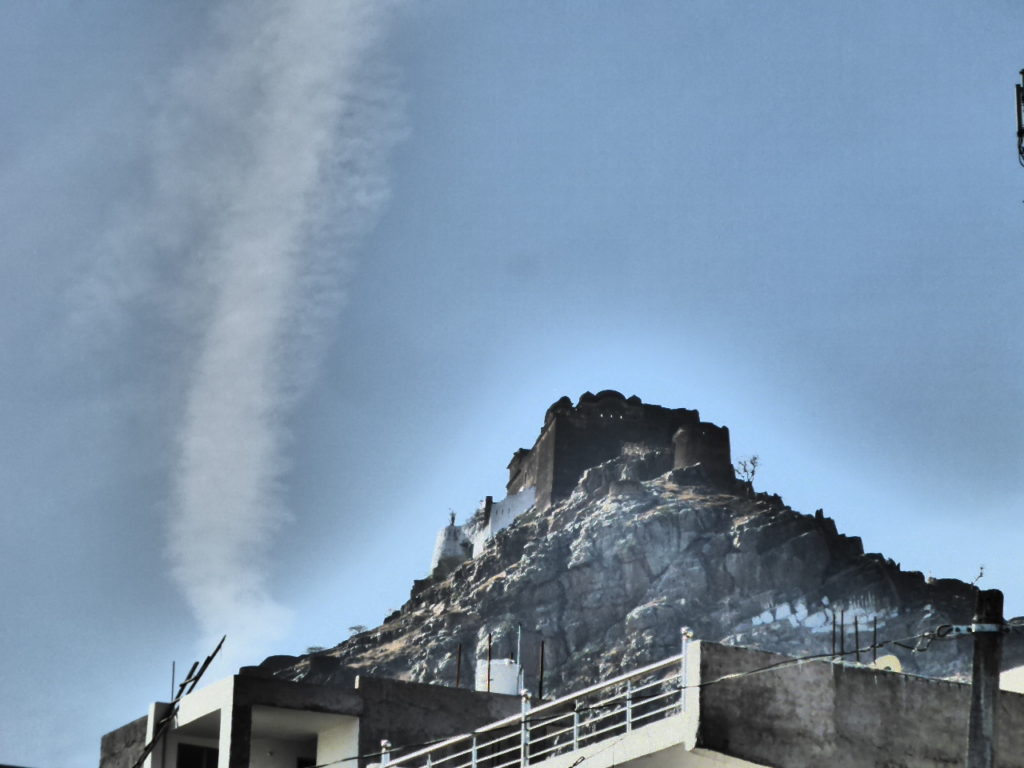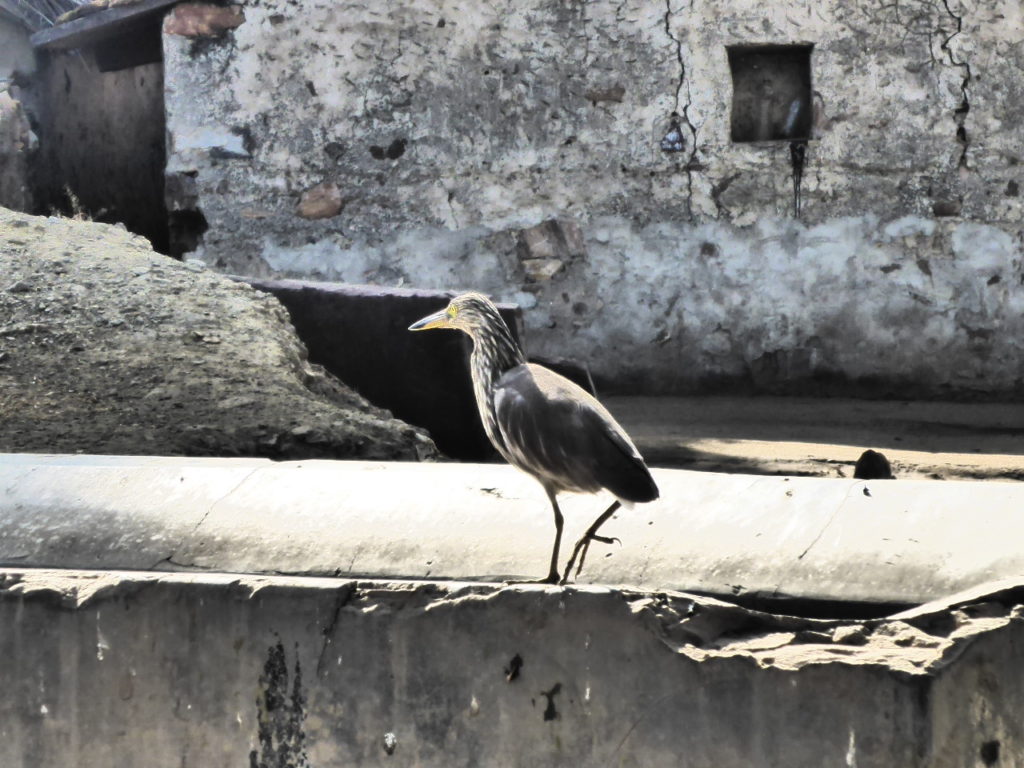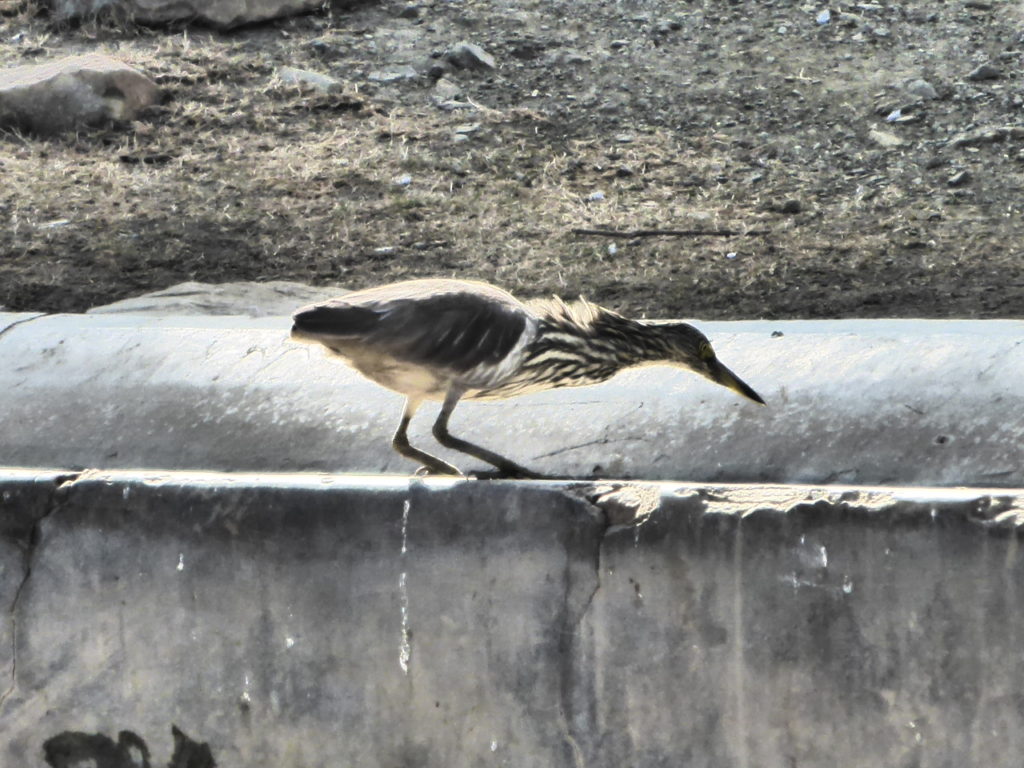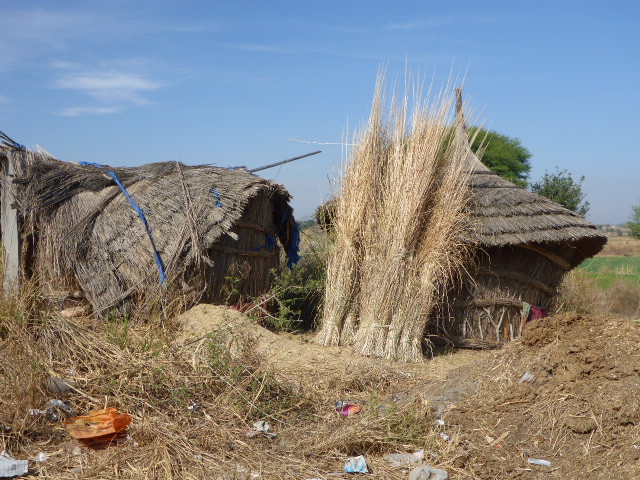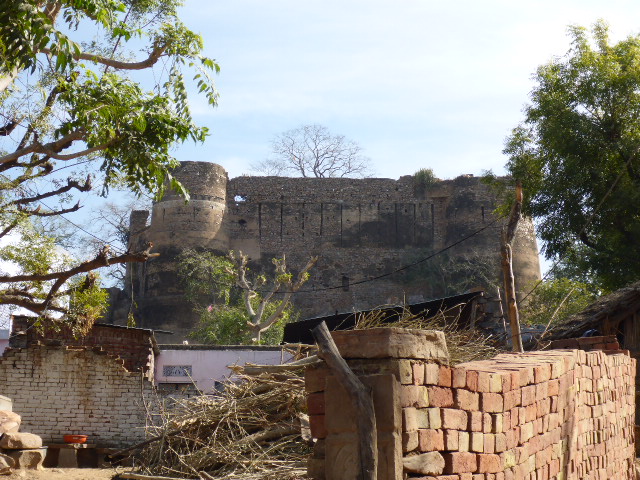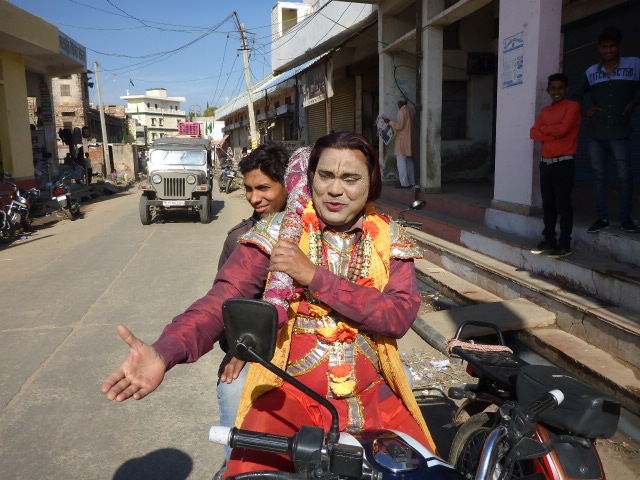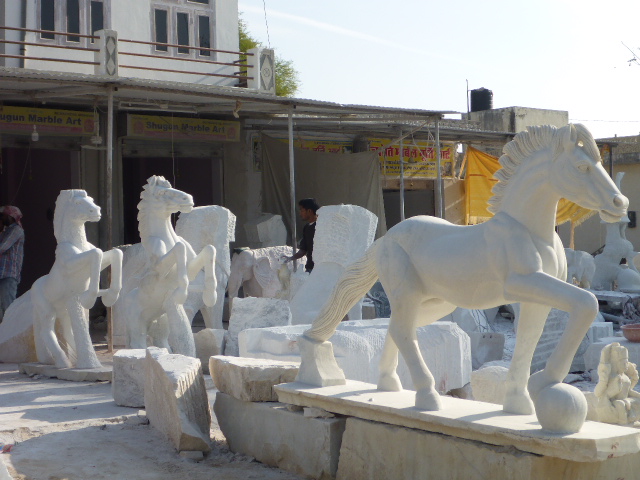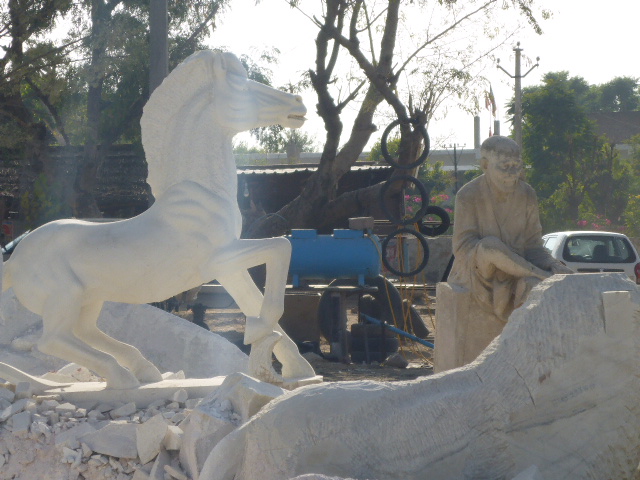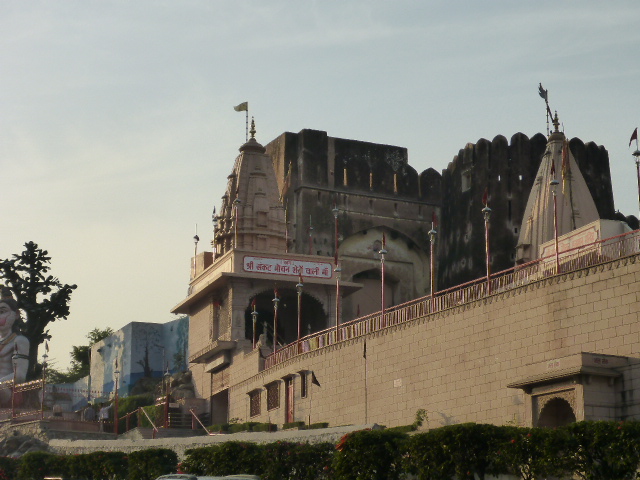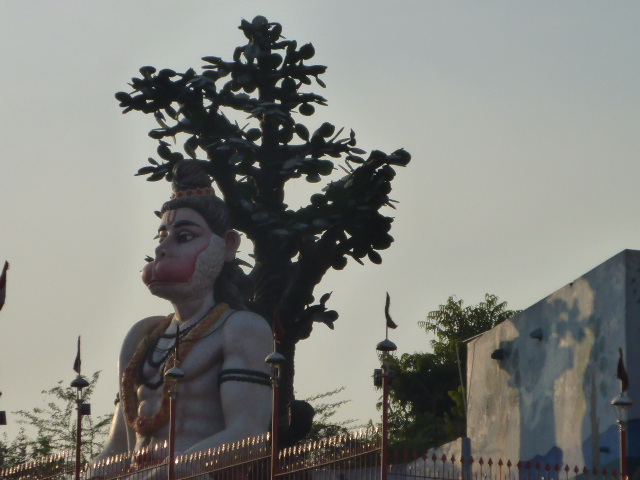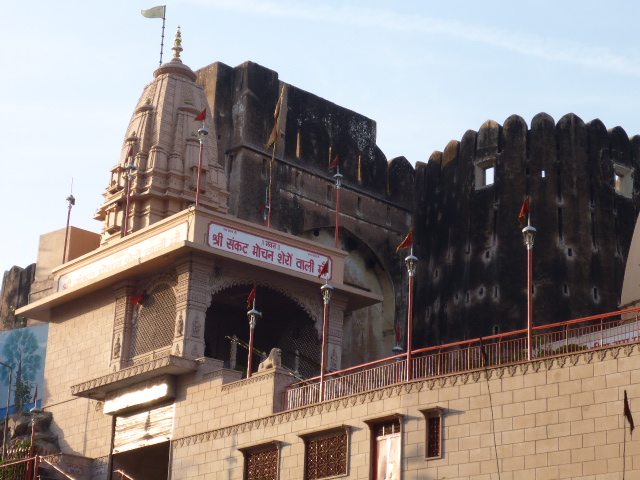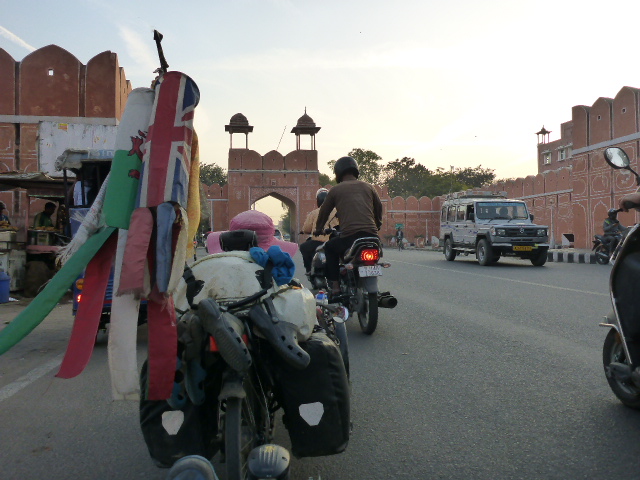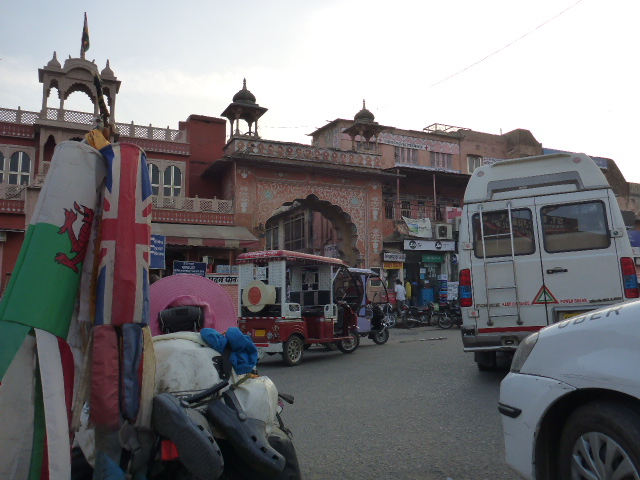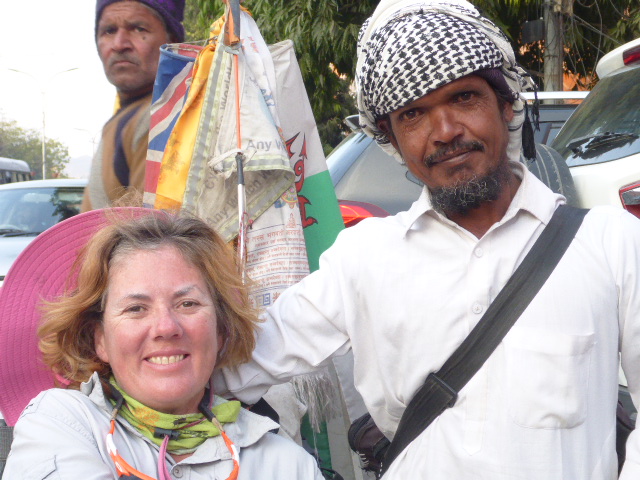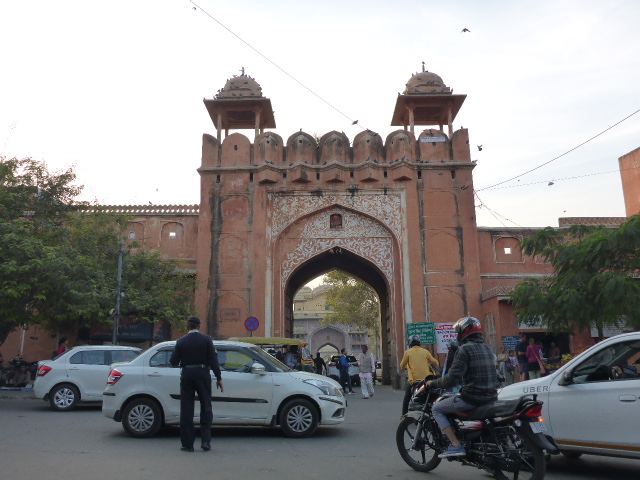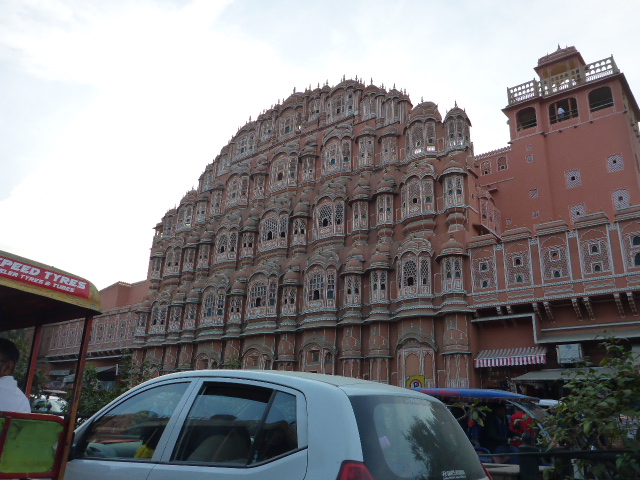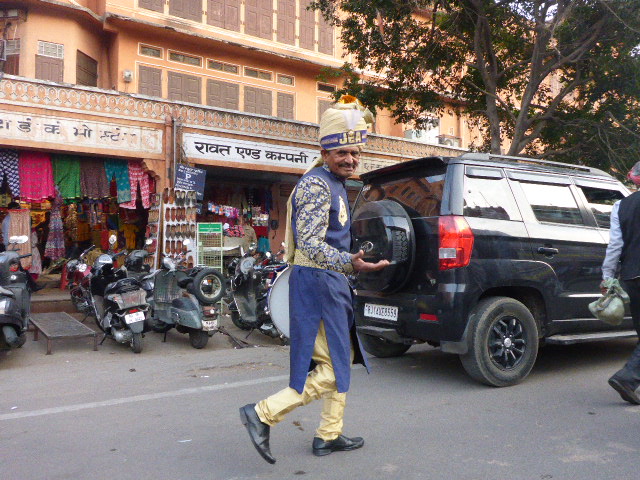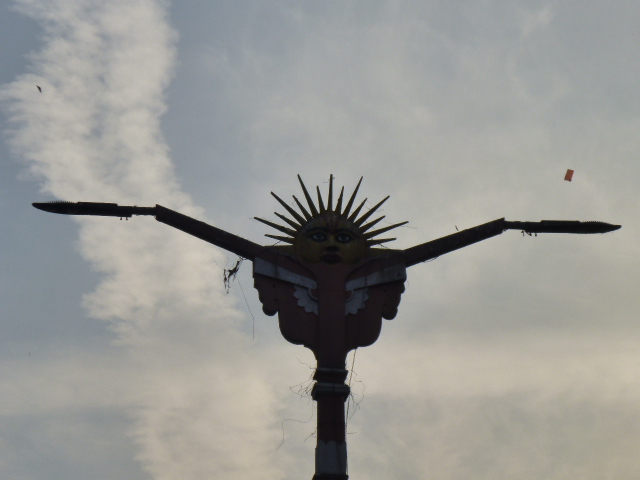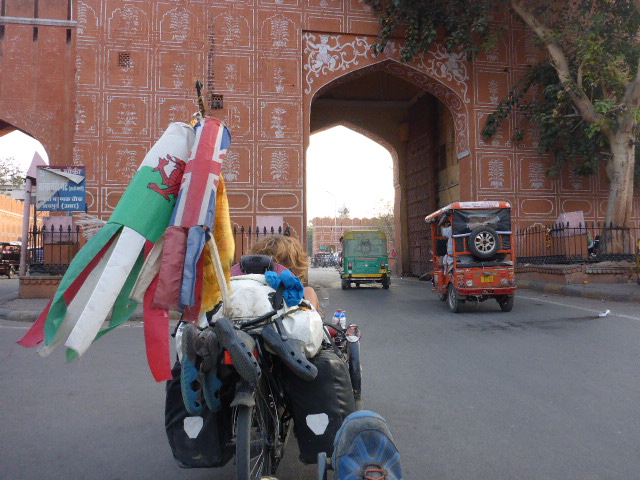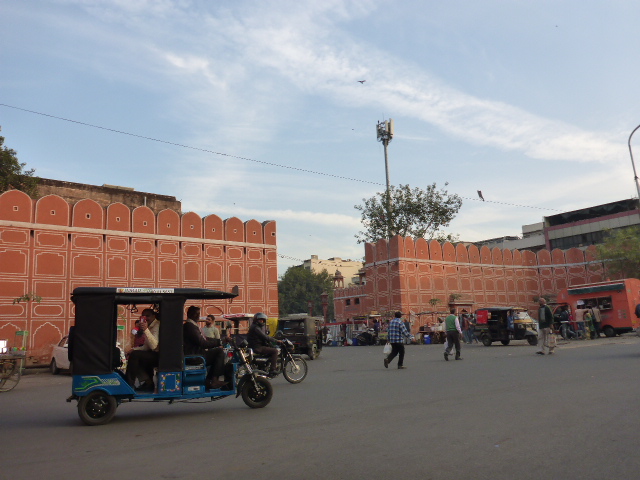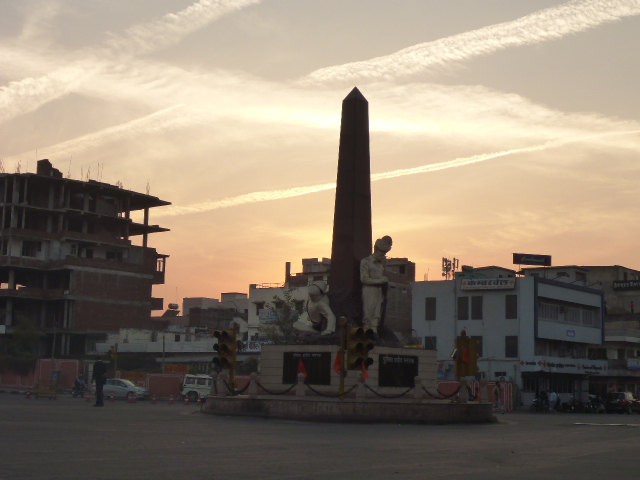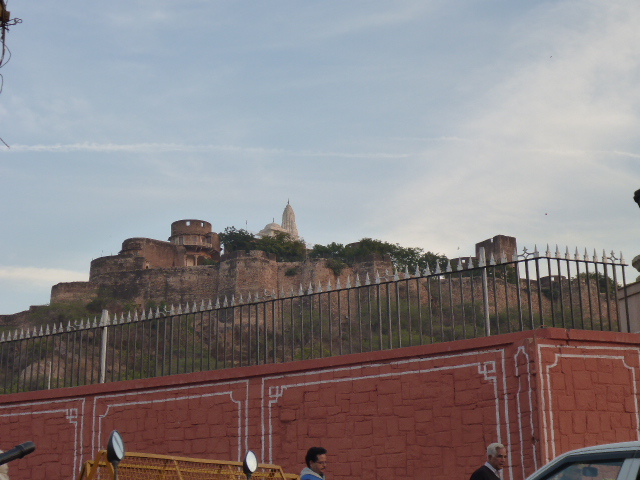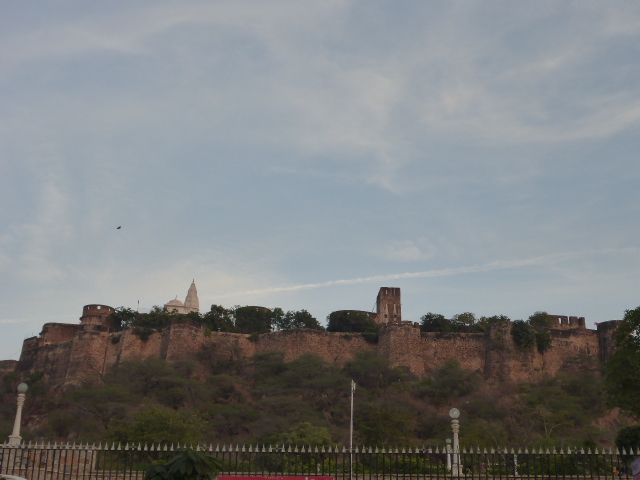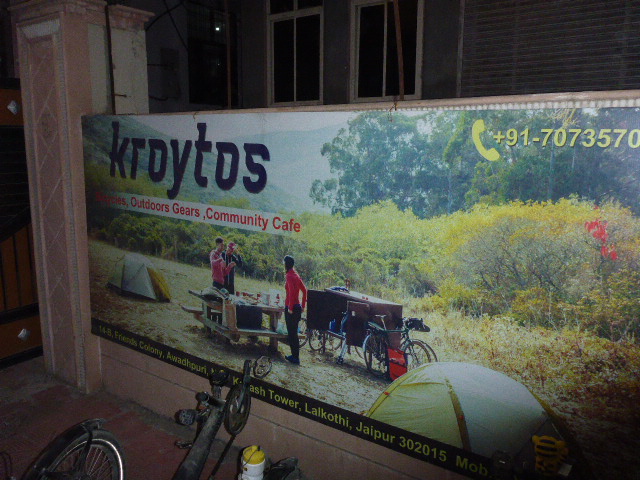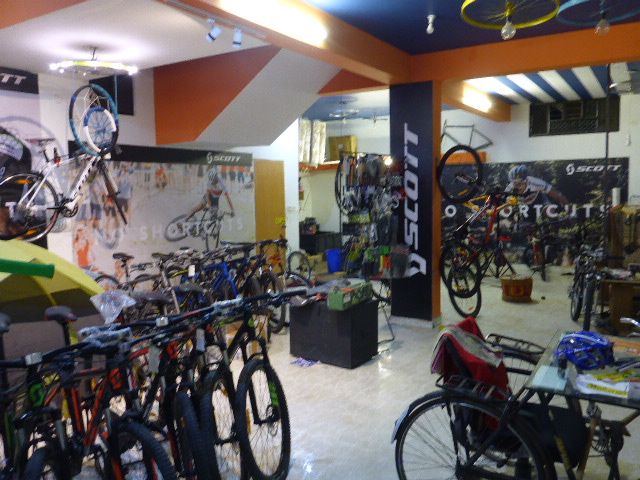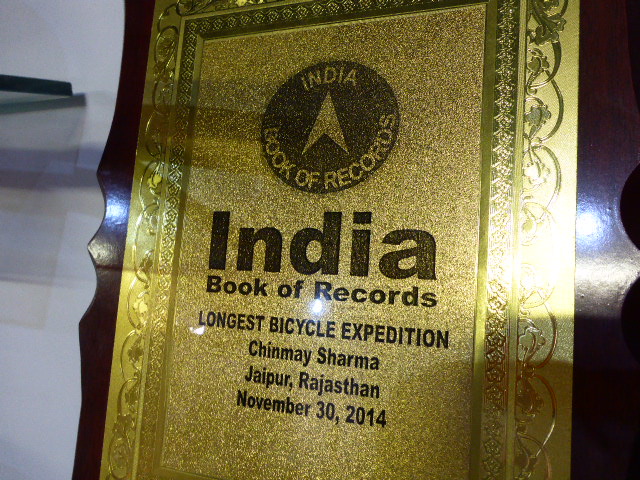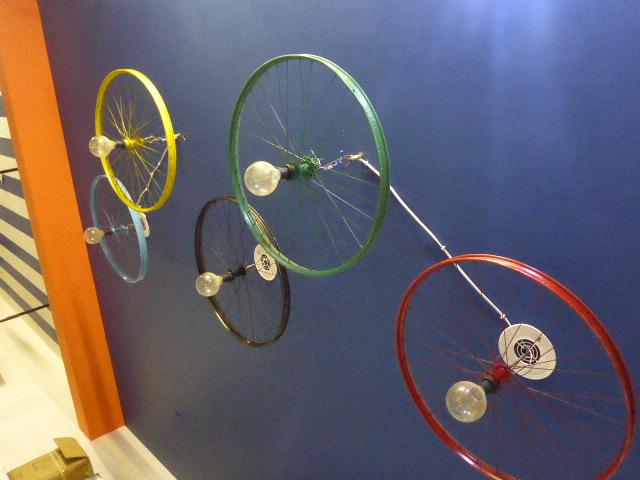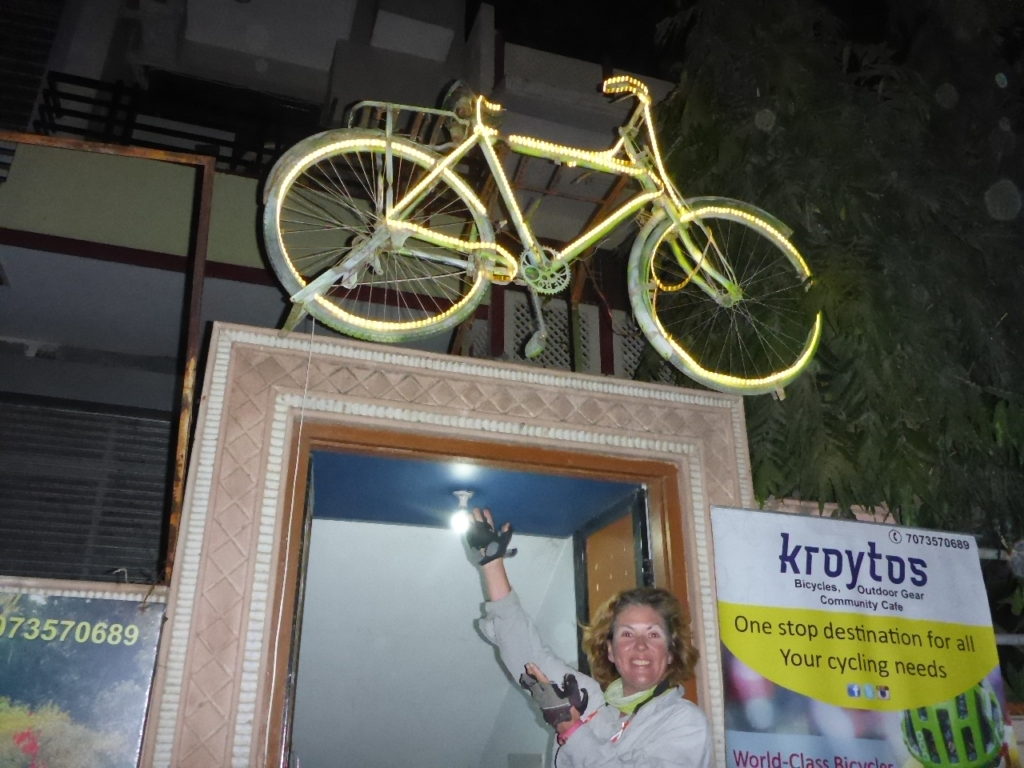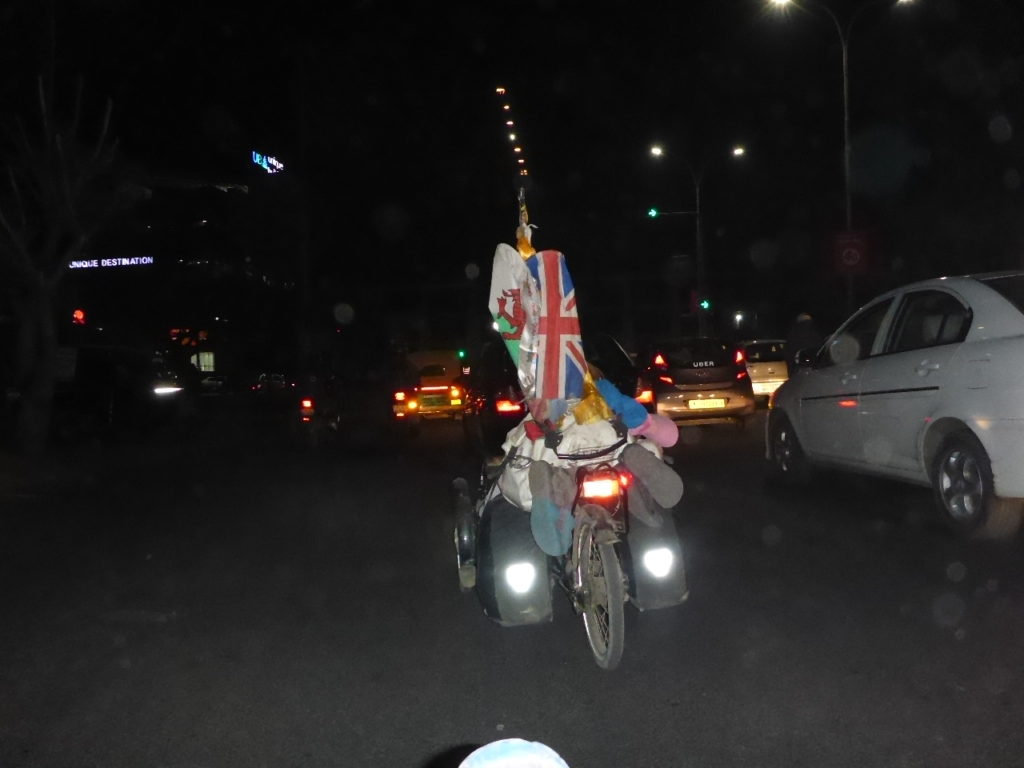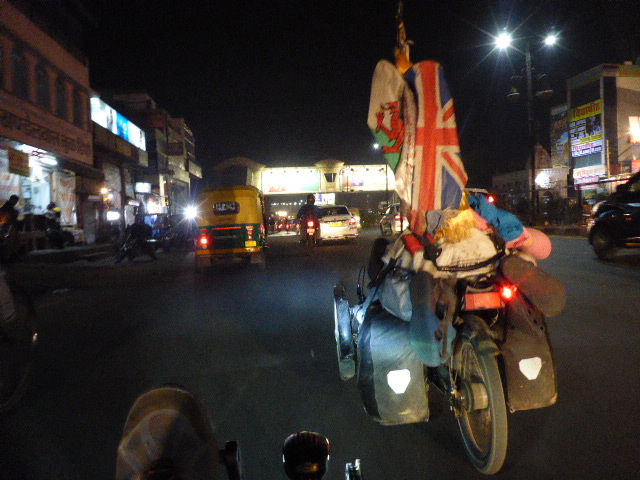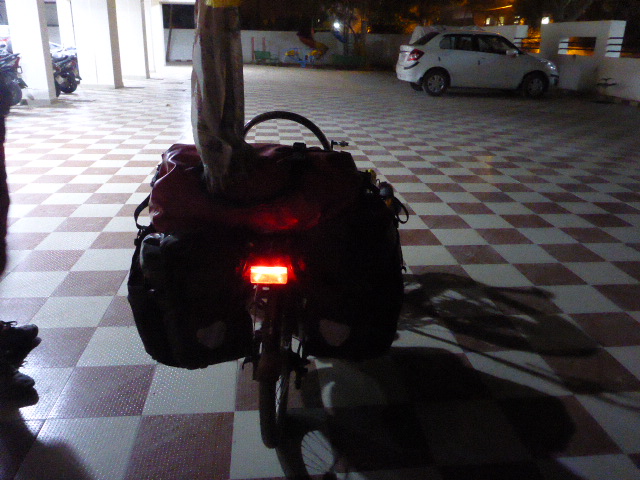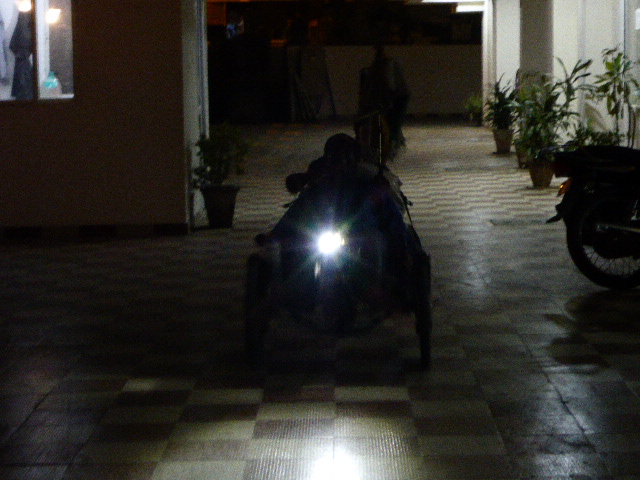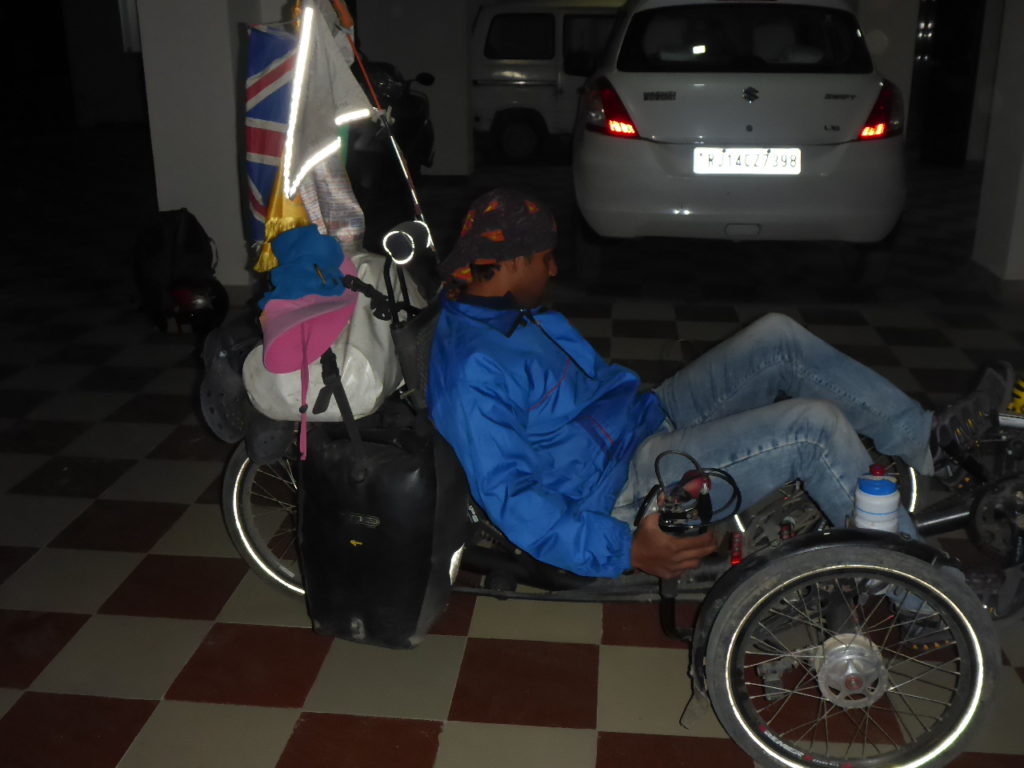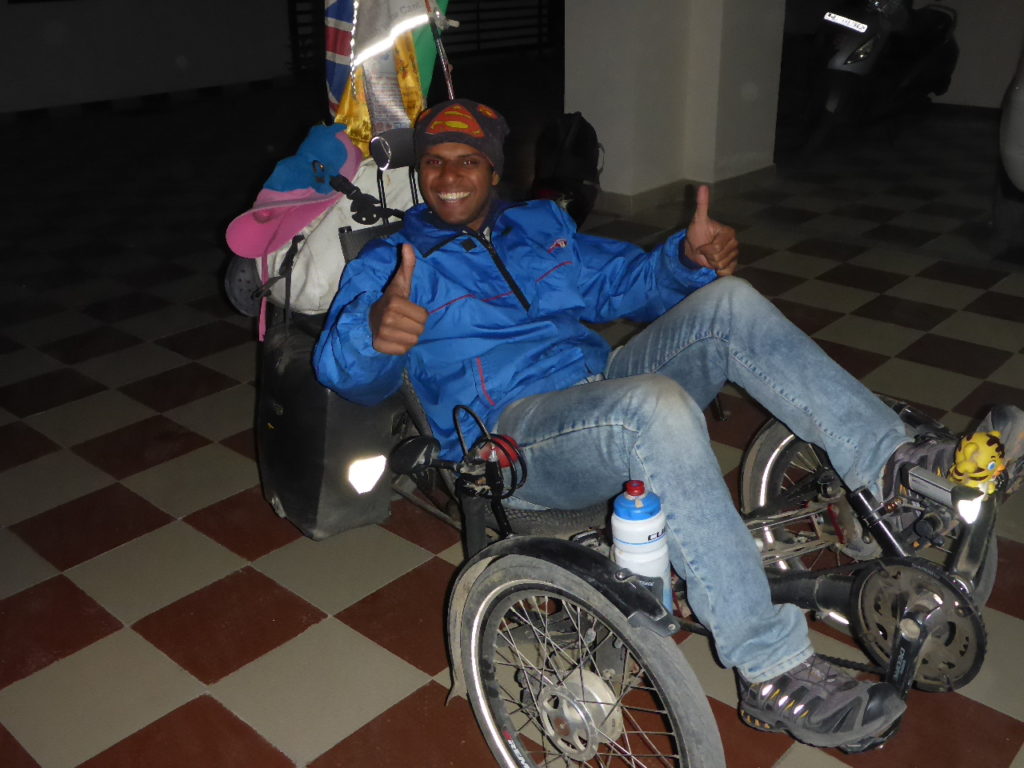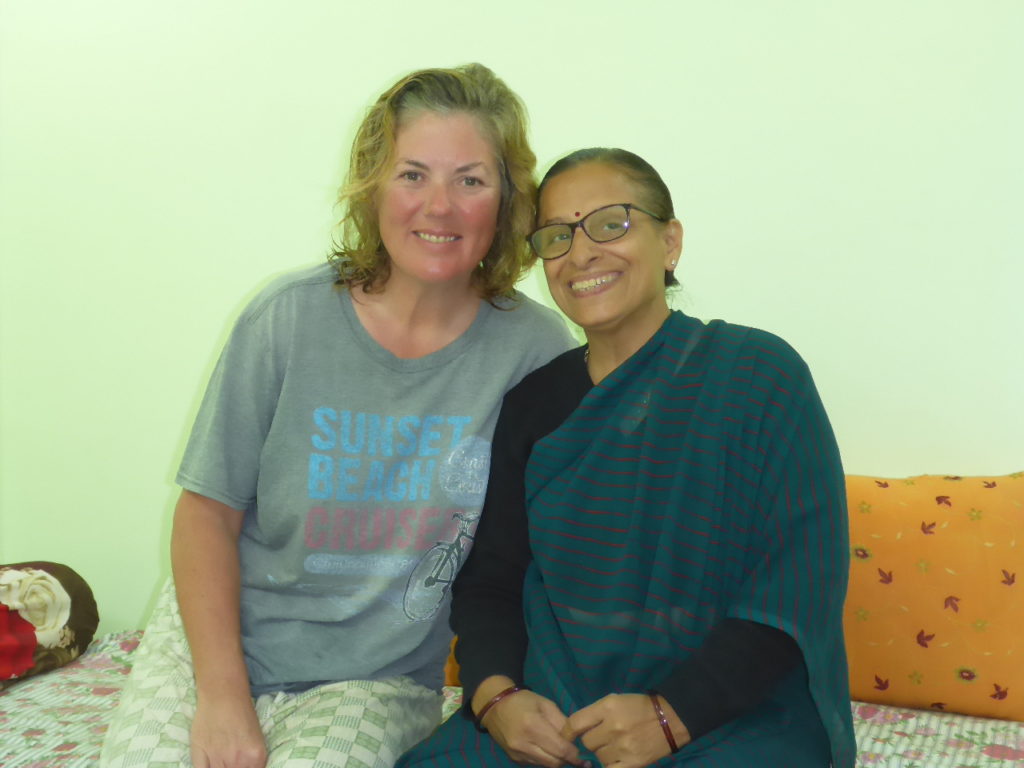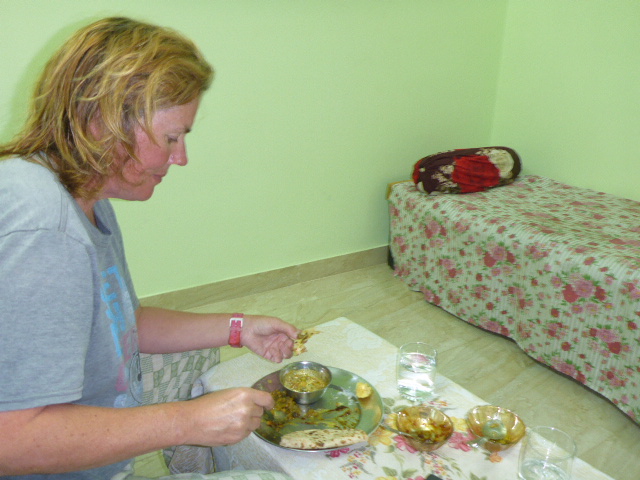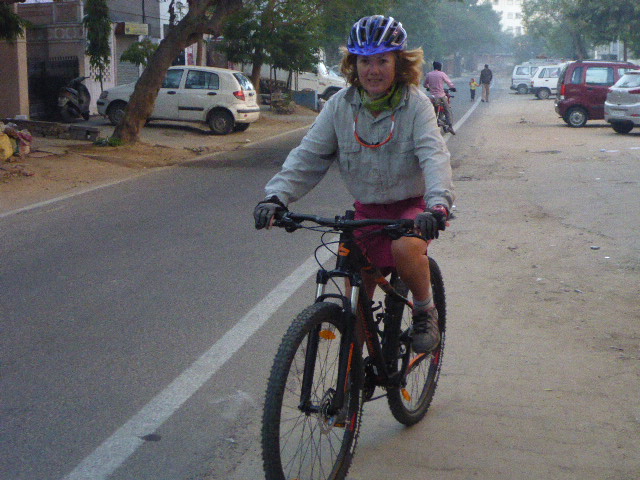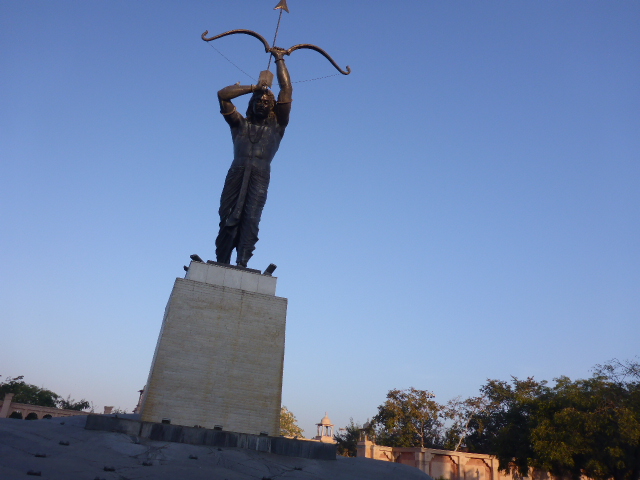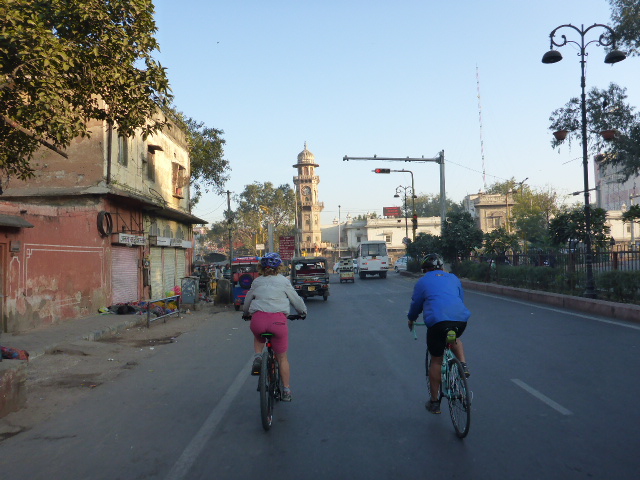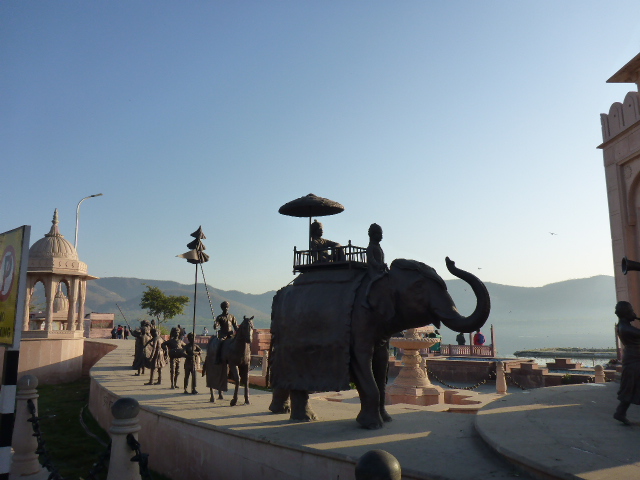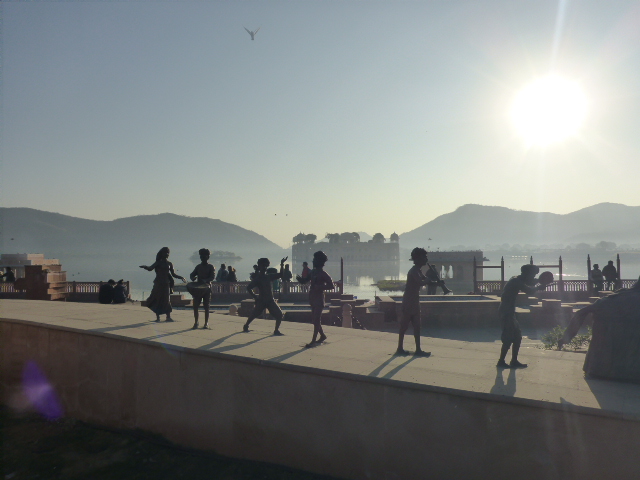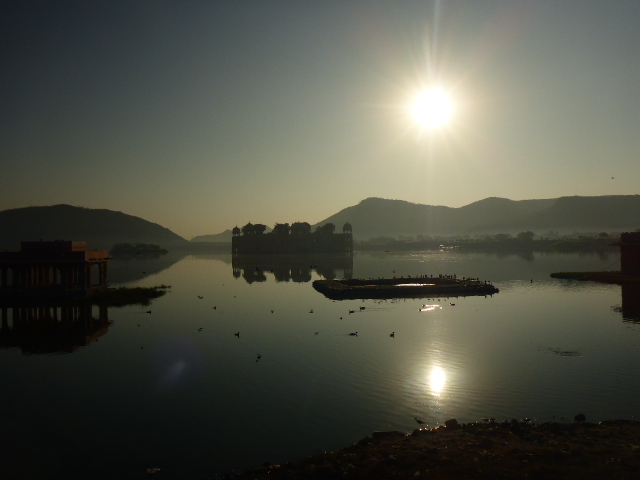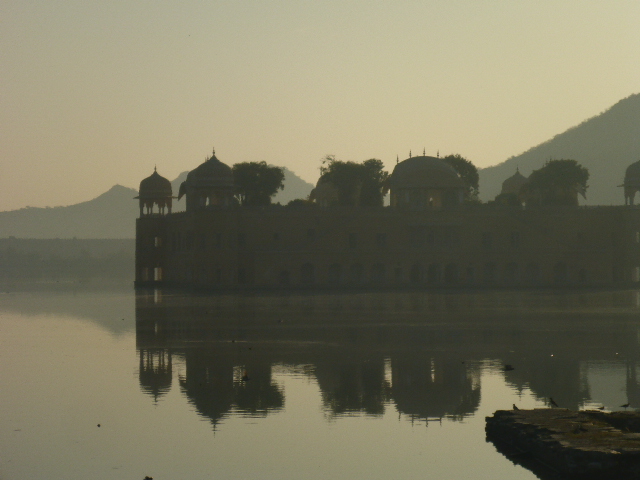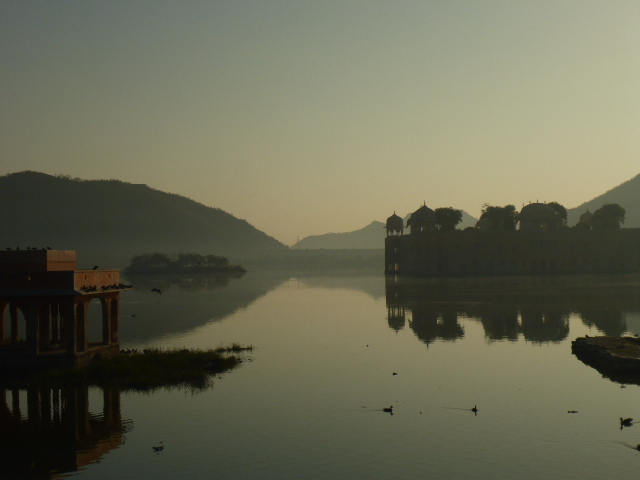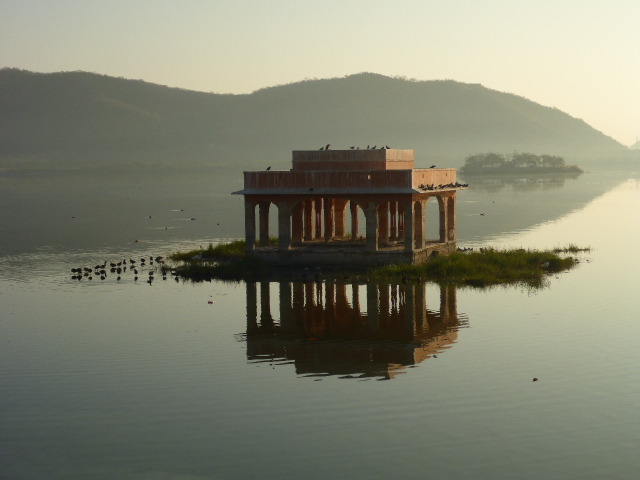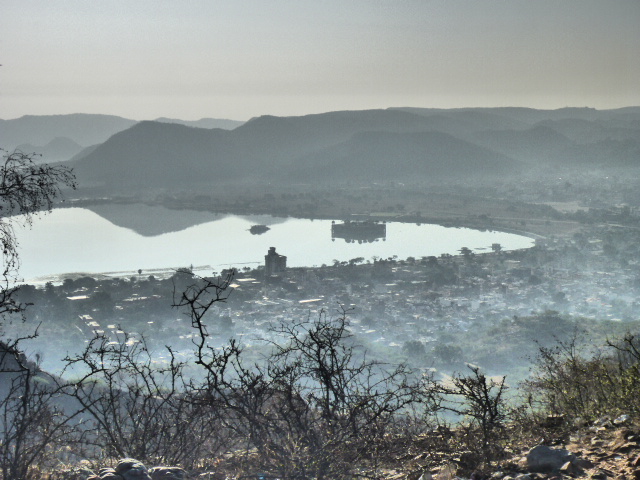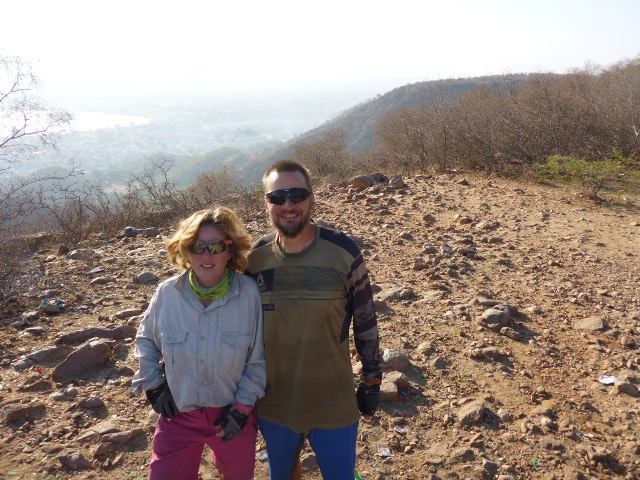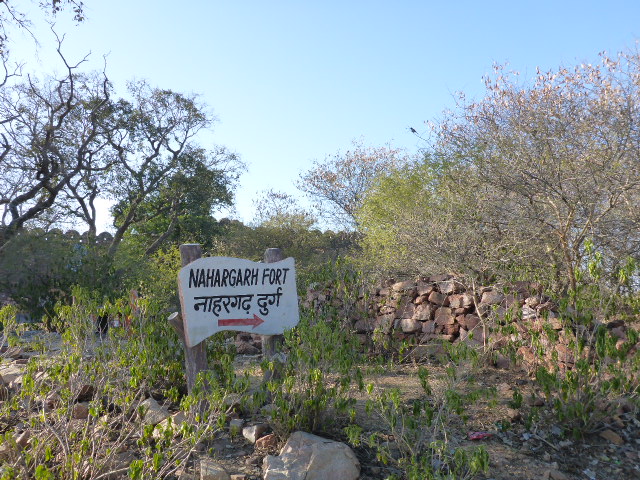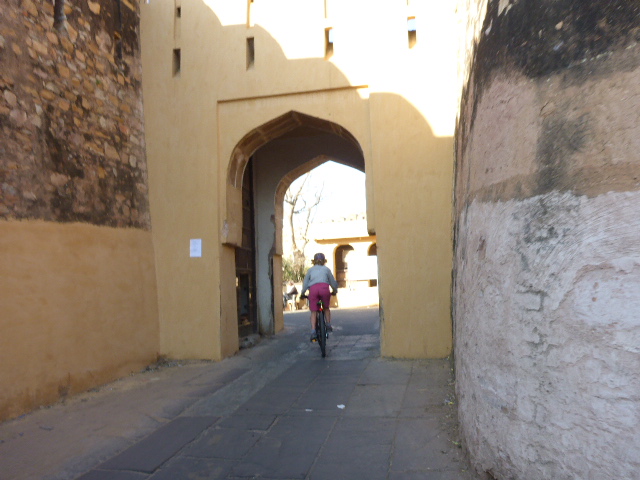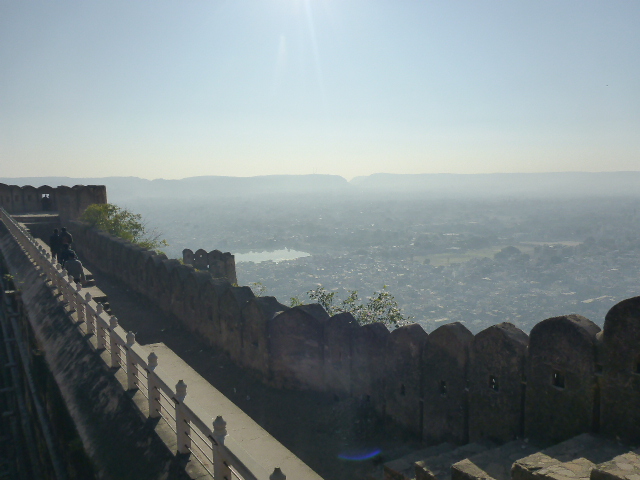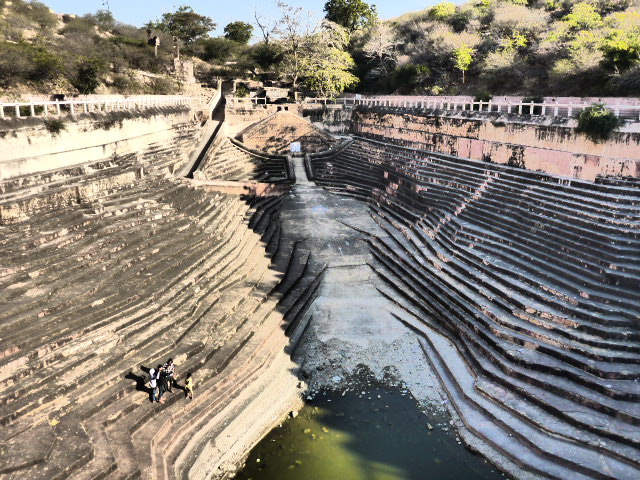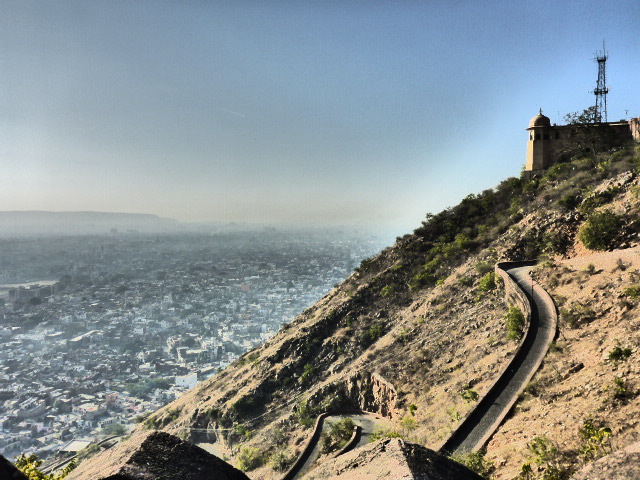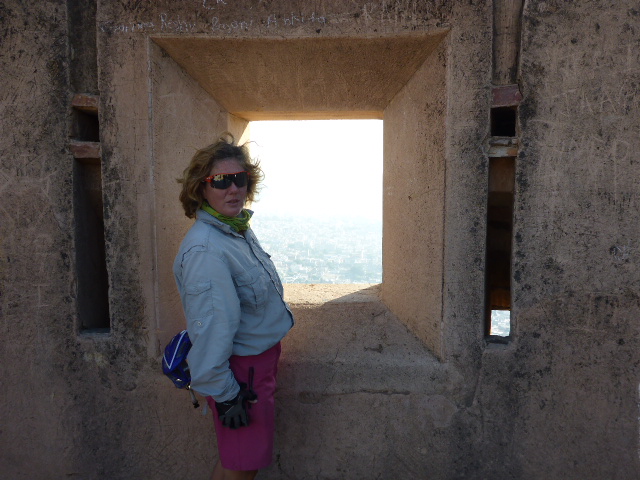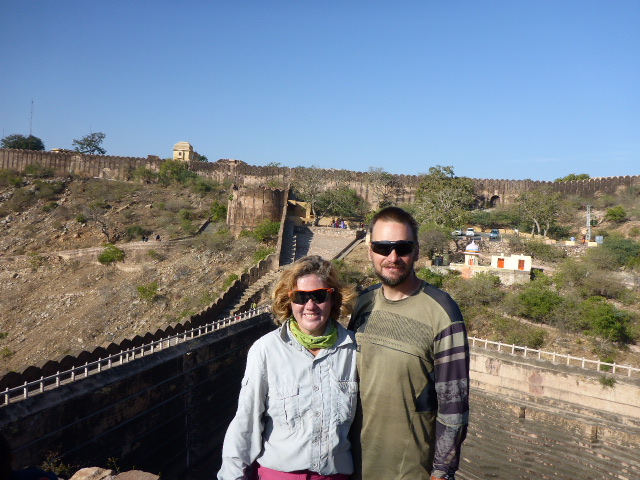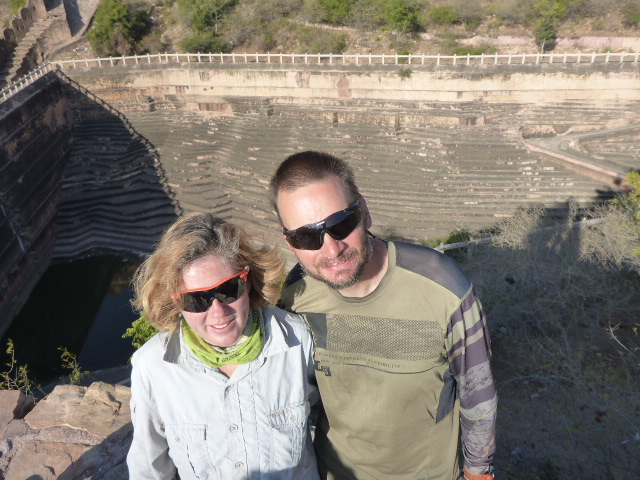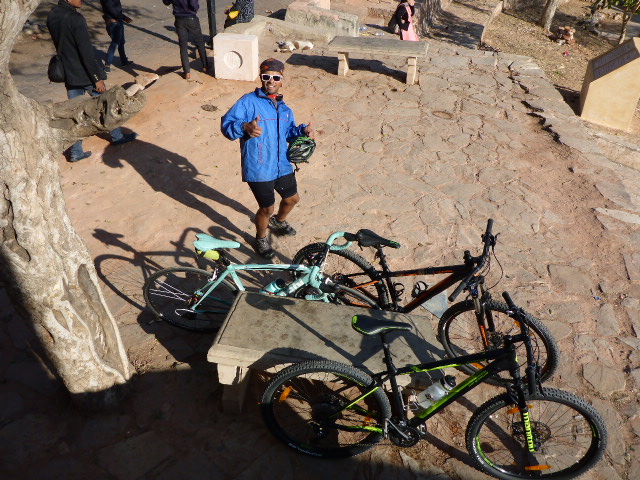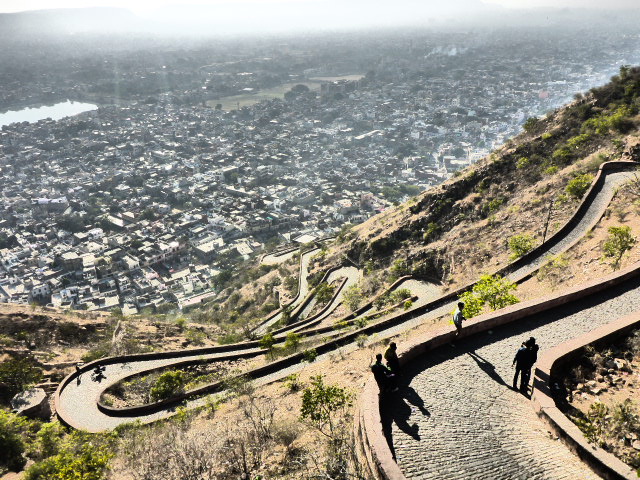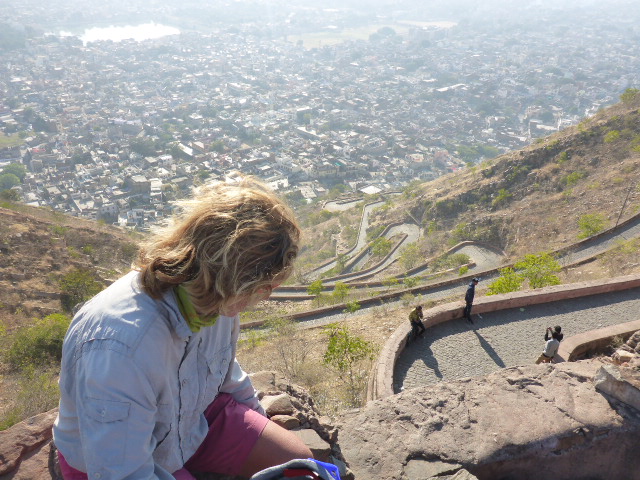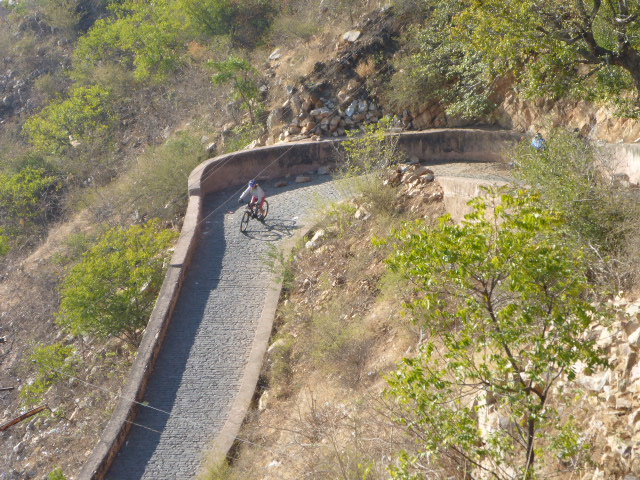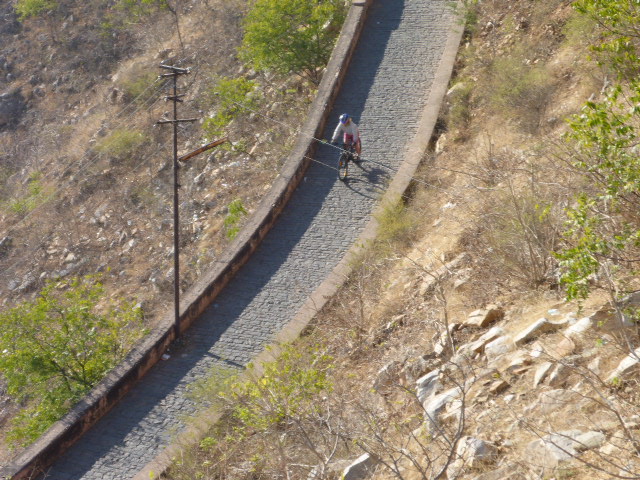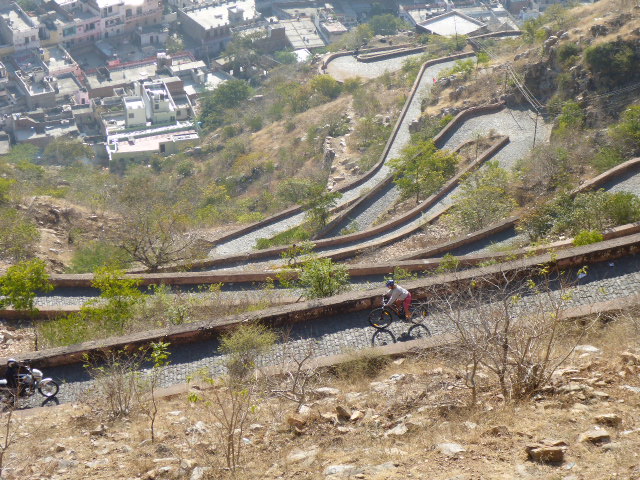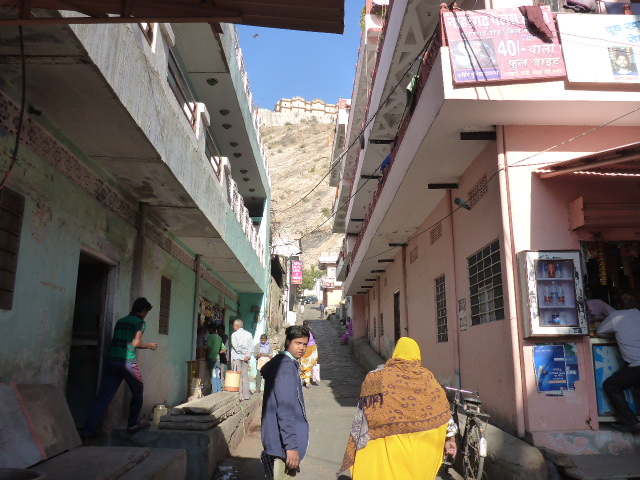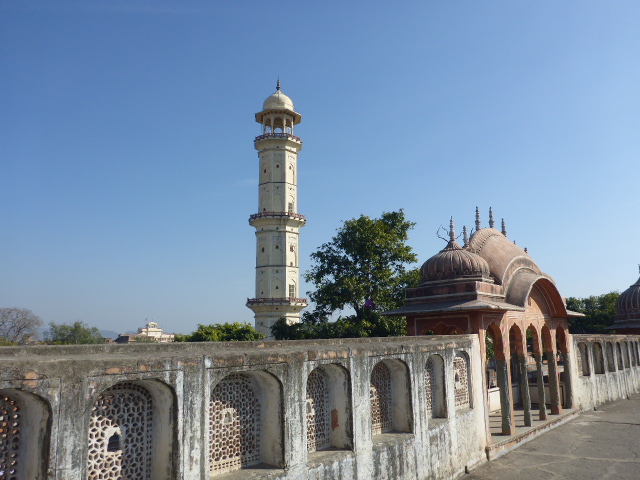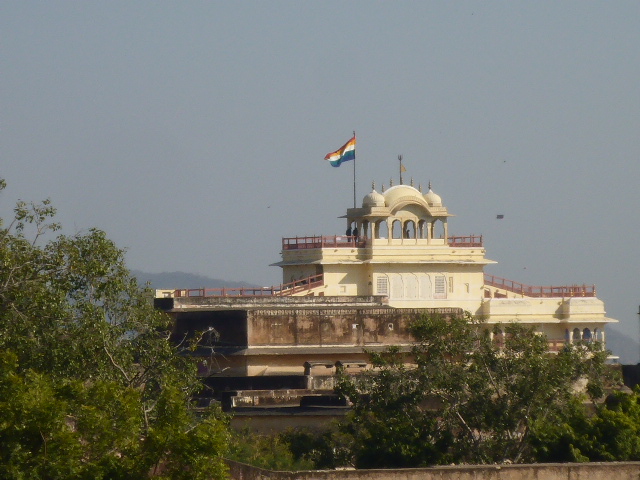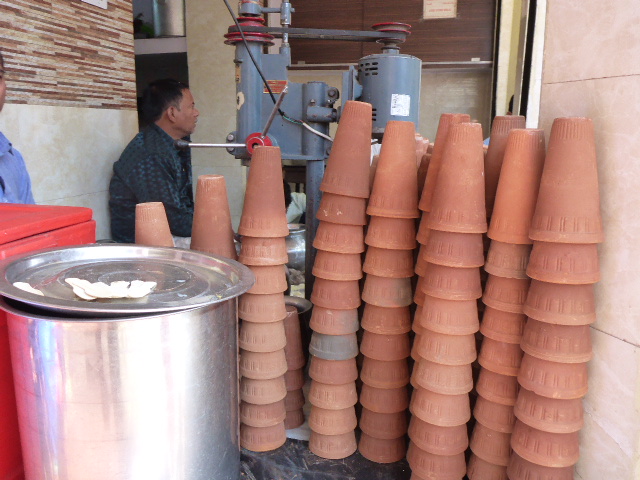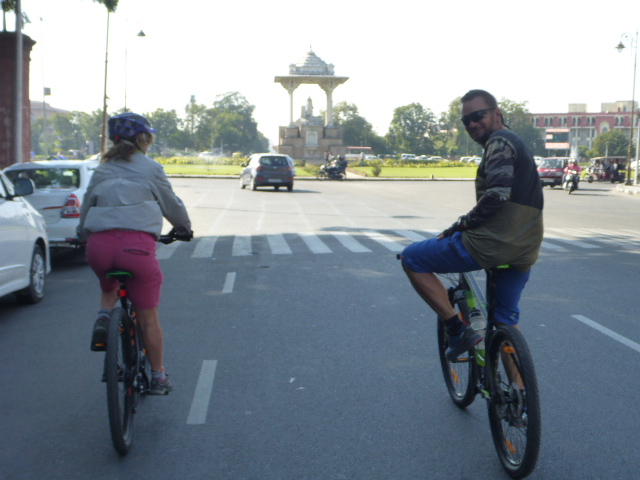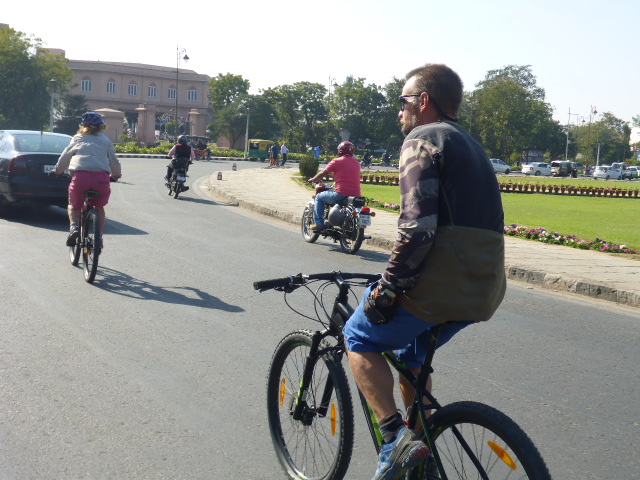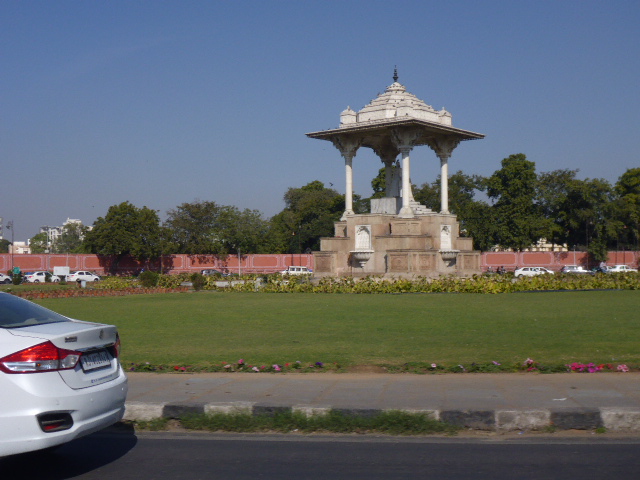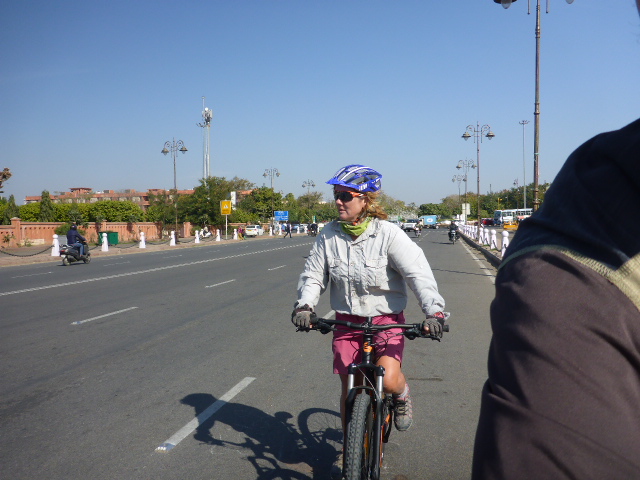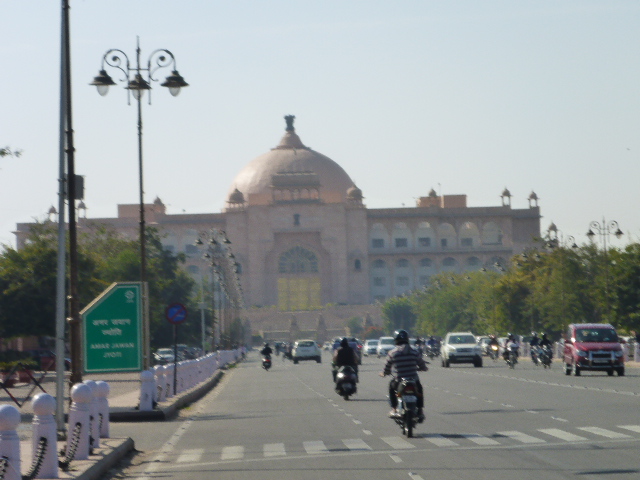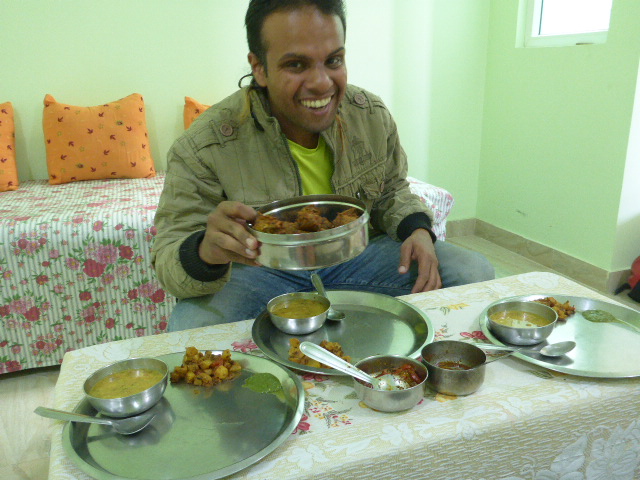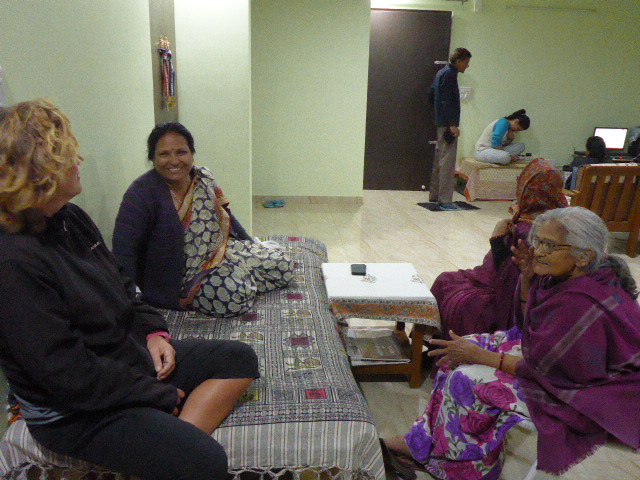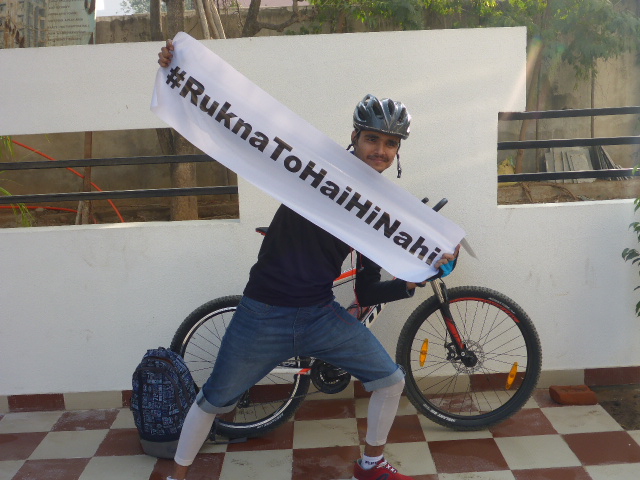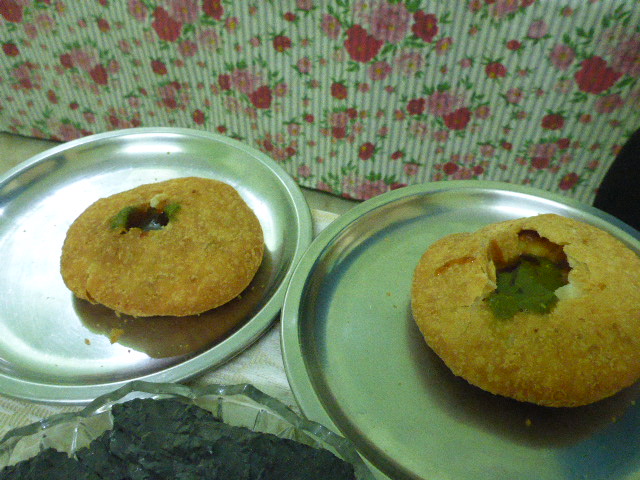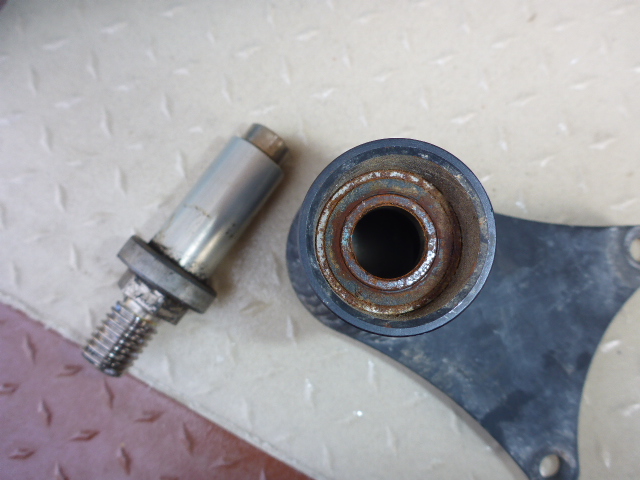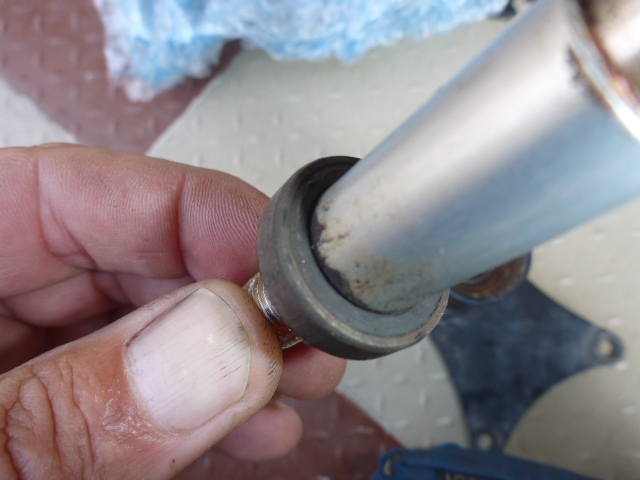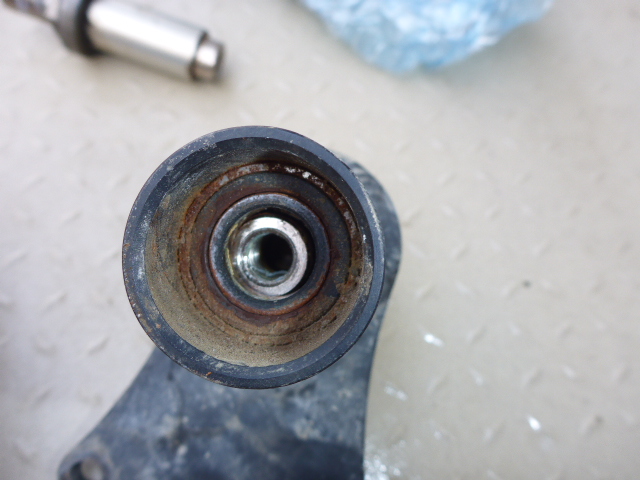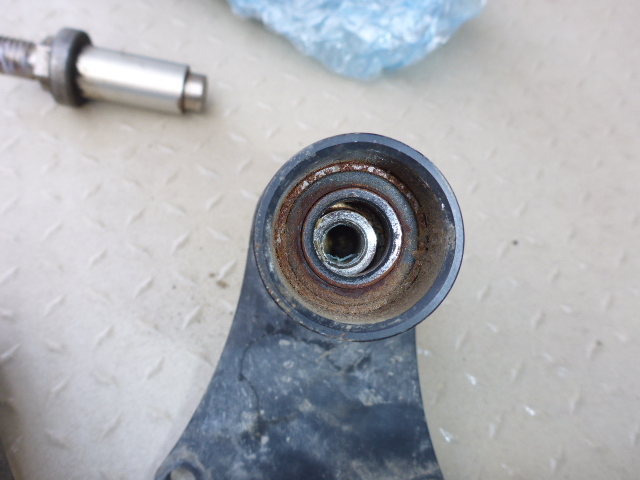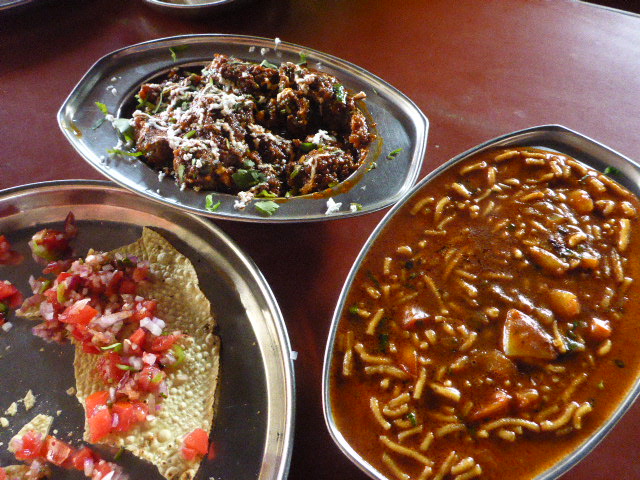Saturday 30th December
Delhi
After a quick breakfast we catch the Metro to the airport to meet Jac. It’s so great to see her finally, what I mean is it takes her nearly 2 hours to clear Immigration!! We last saw Jac in Crete, and before that in southern Spain, and France. She’s a regular visitor to our adventures.
We whizz back on the metro to Delhi all spick and span to immerse Jac into the shock of Central Delhi. In her own words, her initial reaction… “horrified, gut wrenchingly horrified, I’ve made a huge mistake and want to go home… just so many people, so much poverty, pollution and noise. I felt like a country girl yanked from her comfort zone”. Welcome to India Jac!!
Baggage dumped we shoot out for food and drinks, sightseeing can wait!
Sunday 31st December
New Years Eve Delhi
After yesterday’s indulgences we must get on with some sightseeing. So we first take a walk down to Connaught Place a huge concentric double ring roundabout with a large park in the middle. Centre piece of this being an enormous Indian flag billowing in the light wind whilst all around traffic is beeping and streaming.
We take a taxi to the Red Fort, a huge Mughal fort built in 1648. The queues of Indians waiting to get a ticket are immense, easily over a thousand people, fortunately there’s a ticket window for foreigners with only 2 people in it. We buy our tickets and like VVIPs walk past the long line of people waiting at the security checkpoint to the front. Once frisked, a common occurrence in Delhi (you even get scanned and frisked to use the metro) we wander inside the grounds of the fort. It covers over 250 hectares and has some fantastic architectural buildings inside. Even the thousands of locals visiting fail to make it crowded.
The Red Fort or Lal Qila was constructed as the residence of Mughal Emperor Shah Jahan in 1648 and remained the home of Mughal leaders for 200 years until 1857. The fort was also used for imperial business, political and ceremonial events. At the time of construction it was in the capital called Shahjahanabad (now old Delhi) as Shah Jahan had moved his capital from Agra. It gained its name the Red Fort from the red sandstone walls which surround the fort. Within the red walls there are imperial apartments created from a line of pavilions connected by the Stream of Paradise, a picturesque water channel. The architecture exhibits features of Persian, Timurid and Mughal styles. The fort complex was built using superior materials and created by master craftsmen. Over the years additions and changes were made to the structure especially under the rule of Aurangzeb. The Red Fort exhibits the pinnacle of Mughal architecture and is a magnificent structure on the banks of Yamuna River and adjacent to the Salimgarh Fort (1546). Today the fort houses several museums including the Freedom Struggle Museum which focuses on the role the Red Fort played in the in the nation’s struggle for independence from 1857 to 1947. Among the important structures in the Red Fort there is the Lahore Gate; Diwan-i-Aam for receiving public audiences; Diwan-i-Khas a chamber used for the Emperor’s important meetings; Nahr-i-Behisht private apartments; Zenana, woman’s quarters; the Pearl Mosque, Moti Masjid; and Hayat Bakhsh Bagh, the Imperial gardens. In the evenings there is a spectacular Sound and Light show which brings to life historical events related to Delhi. The show covers the history of Selhi from Pandavas through British rule and to independence. The spectacular lasts an hour and there are nightly shows in English and Hindu
From the Fort we cross over the road and enter Chandni Chowk. This famous market has been doing business for the last three centuries. It is said that the market gets its name from a time when the Red Fort was connected to Fatehpuri Mosque by a canal and canals ran through the area. The moon was reflected in a pool of water in the market place giving the site the name “Chandni Chowk” which means “moonlit Square.” The market was established when Emperor Shah Jahan moved his capital here and named the city Shahjahanabad. Tradesmen would come here and lay out their wares then leave and veiled ladies could come and choose their purchases without being observed.
This is one of India’s largest wholesale markets. The market sells a wide variety of items and is especially known for its curios, souvenirs, pearls, gold jewelry, perfumes, spices, shoes, electronics, hardware, books and clothing. There are many historic houses, mansions, well known restaurants and places of worship in the area and you will often find lanes of the market where all the tradesmen are selling the same product. There are more than 1,000 kinds of traditional sweets and foods sold in the market. You can also get saris, leather goods and knock-off items. While here you can try the delicious street food and enjoy the authentic atmosphere. For us it is a swirling sea of humanity. It’s no place for the timid or weak of stomach. We stop to eat at a local eatery, some lovely curry with roti and a big glass of lassi. We carry on along the edge of the market, not wanting to enter any further. Even here it’s intimidating just walking along the street.
Finally we turn off to go see a park with a Gandhi statue. The park, somewhat quieter than the market the park is still full of Indians playing cricket, stumps or pieces of wood set up willy nilly and the crack of leather on willow, or tennis balls on planks of wood abound!
We keep an eye in the back and sides of our heads for incoming and wander over to Ghandi. He’s looking a little pidgeon splattered but serene. We can only wonder what he will think of this modern day India after he fought so long for its independence, we can only assume he is turning in his grave!
Back towards the market we try to find the spice market but we find out it’s closed on a Sunday.
We head back in a rickshaw to New Delhi and decide it’s time for a refreshment. It’s heading towards evening and we are planning to meet an Italian girl living in Delhi for New Years Eve celebrations tonight. We stop at a bar and have a few pre drinks whilst playing some cards.
Suitably rested we pop back to the hotel to freshen up then go meet Francesca. She’s out here working for an Indian company but has only been in Delhi for 3 weeks.

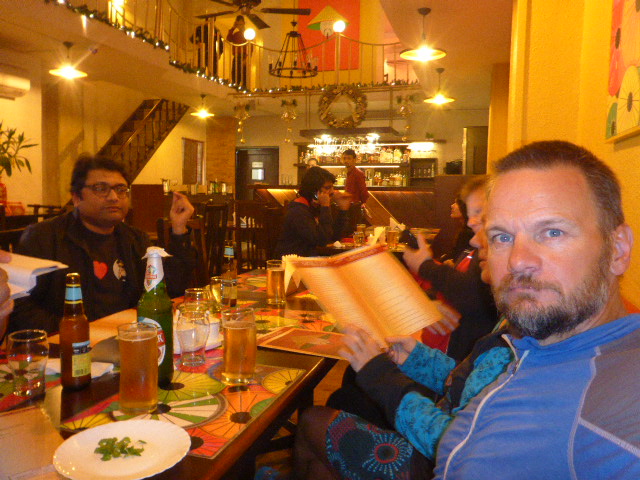
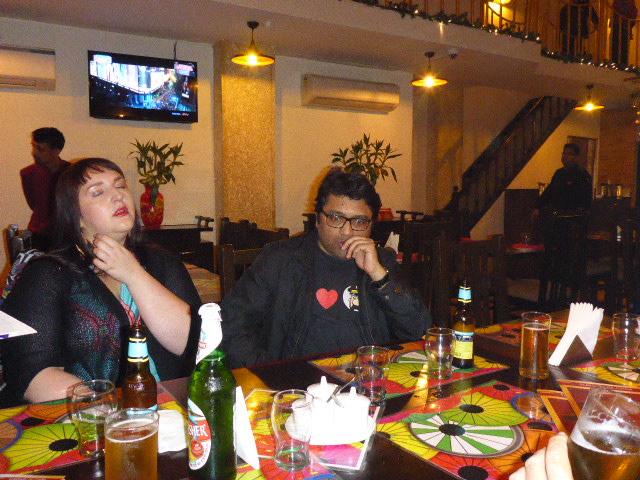 Unfortunately as the evening wears on Daz starts to feel ill, then Jac follows suit. Both whizzing off to the toilets. Finally about an hour before midnight we have to admit defeat and rush back to the hotel. Just as we get there Jac vomits up in the street. We all bed down, but it’s not long before I feel the call and so as it turns out we all 3 bring in the new year either vomiting, shitting or both. Thanks Old Delhi for another underwhelming experience.
Unfortunately as the evening wears on Daz starts to feel ill, then Jac follows suit. Both whizzing off to the toilets. Finally about an hour before midnight we have to admit defeat and rush back to the hotel. Just as we get there Jac vomits up in the street. We all bed down, but it’s not long before I feel the call and so as it turns out we all 3 bring in the new year either vomiting, shitting or both. Thanks Old Delhi for another underwhelming experience.
Monday 01 January
New Years Day Delzhi
Hello 2018! We spend the first day of the new year bedbound. Apart from having to change rooms due to a broken toilet we don’t surface at all. We are all of us too ill to venture out.
Tuesday 2nd January
Delhi
Feeling a little better but stuffed with Imodium we decide to brave some sightseeing. Weak as we are we hire a tuktuk to take us to see some more of Delhi. First we go to Agrasen Ki Baoli. The meaning of“baoli” is stairwell. This ancient site is nestled in the heart of Delhi’s urban jungle hidden by the surrounding tall buildings. It is central Delhi’s oldest monument and one of the best preserved baolis in Delhi. The stairwell became famous in 2015 when it featured in a Bollywood film called PK. Since then Indian film enthusiasts have joined tourists in visiting this site. The baoli is an elaborate well with steps leading down to the water beneath ground level. The stairwell is divided into several levels and on each level there is remarkable architecture and decoration. Baoli can even have rooms on the levels going down to the water. In the past the baolis played the role of providing water to surrounding villages and it was also a social gathering place where women collecting water could escape the heat and get together. Today the water is no longer present. Agrasen Ki Baoli consists of the archaeological remains of a 60 meter long and 15 meter wide staircase with 103 steps which dates back to the Mahabharat Era in the 14 century and was probably rebuilt since then. The stairs are flanked by three levels lined with arched niches all around constructed with uneven stones. This method of construction is sometimes called rubble masonry. There are false niches as well as niches which are deep enough to accommodate two people and other niches which lead off into rooms and passages which are locked and inaccessible to visitors. A circular well is located at the northern end of the baoli; in the past the water would rise inside the baoli. At the western end of Agrasen Ki Baoli you can see the remains of a small mosque with an arched roof supported by four red sandstone pillars. It’s a very impressive sunken structure.
We then pop over to Gurudwara Bangla Sahib. A gurudwara is a place of worship for Sikhs and this is the most important gurudwara in New Delhi. It is associated with Guru Har Krishan, the eighth Sikh Guru who stayed here during his visit to Delhi in 1664. The Guru helped locals get through a smallpox and cholera epidemic by giving out fresh water from the well in the house. Unfortunately the Guru died of the same disease in 1664. Water from a pool inside the Gurudwara is known as the Sarovar and is still believed to have healing powers and is revered by Sikhs around the world. Located in the heart of New Delhi, it was originally called Jaisinghpura Palace and was the home of Raja Jai Singh, an important military leader during the Mughal era. In 1783 the home was demolished along with other structures to make way for the construction of Connaught Place. Later the site was used as one of nine Sikh shrines in Delhi built under Sikh General Sardar Bhagel Singh during the Mughal era. The building is located next to the Sacred Heart Cathedral and is recognizable by the gold domes and tall flagpole or Nishan Shib. Inside there is the Gurudwara, the large holy pool, a school, Baba Baghel Sing Museum, a clinic, library, art gallery and kitchen. Inside the walls are richly decorated with gold. The building is stunning with white marble and gold decoration. Within the complex, at the center of the “quadrangle” is the massive pool, resembling a lake surrounded by an arched portico. We don headwear and remove shoes to walk around this beautiful site.
Next it’s onto the Presidential Palace, a hugely resplendent building beside other government buildings then along the 3 km boulevard ‘Rajpath’ to India Gate. India Gate (All India War Memorial Arch) is New Delhi’s version of the Arc de Triomphe. The grand archway stands at the eastern end of Rajpath surrounded by gardens. The arch commemorates the sacrifice of 70,000 Indian soldiers who died in conflicts between 1914 and 1921. The names of the 13,516 British and Indian soldiers who died in the Northwestern Frontier in the Afgan War of 1919 are engraved on the gate. Under the arch of the gateway there is an eternal flame (Amar Jawan Jyoti) in memory of the soldiers who lost their lives in the Indo-Pakistan War in 1971 and the Tomb of the Unknown Soldier. The gateway stands on a base of Bharatpur stone and is 42 meters high. On both sides of the arch the word INDIA is engraved together with the dates 1914 and 1919. The gate’s foundation stone was laid by His Royal Highness, the Duke of Connaught in 1921 and the gate was designed by Edwin Lutyens. Ten years later there was a dedication ceremony led by Viceroy Lord Irwin. At night the gate is lit up dramatically and the gate is flanked by fountains and lush gardens. During the daytime you can get right up to the arch but after 5pm visitors are not allowed within 100 meters of the arch for security reasons. On the 26 of January each year the arch is the venue for Republic Day celebrations.
Our final sightseeing destination is the Gandi memorial, where we are seriously underwhelmed by the remembrance stone in a small garden. We also refuse to pay 1 rupee (85 rupee to the pound) to the shoe man.so that we can again walk around barefoot through the park!
One final stop for the day, a silk emporium so Jac can buy some silk for a friend and I get to try on a traditional sari.
We retire to a hotel bar to wait out the last few hours before our train to Varanasi is due. Inexplicably our train is running late, about 3 hours, so we spend this time in the platform waiting rooms away from the crowded platforms. Finally we go to our platform to wait our train. Our carriage seems to be at the far far end of the platform, Indian trains are very long. But finally the train pulls in and we board our sleeper car. The train is due to take 10 hours to reach Varanasi, but what follows is 24 hours of torture whilst our fellow sleeper car travellers, burp slurp chew fart and throw rubbish everywhere!
By the time we arrive in Varanasi at 9pm, 18 hours later than expected our good nature is wearing thin. A jaunt to our hotel down a narrow dark cobbled alley strewn with cow shit, dog shit, litter and tobacco spit does nothing to lighten the mood.
Thursday 4 January
Varanasi
So with a day lost to train travel we have to concentrate on the top attractions in Varanasi. We take a row boat trip up the sacred Ganges to see the burning ghat, where most of the public, open air cremations take place.
24 hours a day people bring their loved ones here to be washed by the waters of the Ganges before being cremated on a pile of logs and swept into the river. The only people that don’t get cremated here are holy men, children and pregnant women as these are all deemed innocents. Their bodies are taken by boat to the middle of the Ganges and weighted down before being ceremoniously dropped in the river. For the cremations the families of the deceased will buy a minimum of 150kg of wood up to a maximum of 225kg depending on body size. They then pore herbs and spices along with honey over the bodies before the father/son walk around the body five times and light the pire themselves from a central fire that has been burning for 3000 years. We can see people panning through the ashes on the edge of the river looking for gold that was smelted with the bodies. For us it is a surreal landscape.
We wander through narrow lanes to the Golden Temple but as we haven’t got our passports to enter this is known as fail no 1.
Lunch back at the hotel is a lovely veg curry then we take a taxi to Ramnagar fort, about 4 km down the river on the opposite bank.
We grudgingly pay £2.30 each for entry to see their display of some dusty moldy stuffed animals, wrecked cars, ivory and weaponry, the highlight is the sun setting in the pollution on the otherside of the Ganges.
Next stop the ‘vibrancy’ of Assi ghat another underwhelming ghat followed by a walk along the river passed the many other ghats.
After watching the daily evening ceremony to revere the Ganges by 7 priests we attempt another visit to the golden temple, this time we have passports, but when asked if we are followers of the Hindu faith it’s fail no 2, no entry for dirty Christians!! We head back to the burning ghat where 20 fires are going at once. It’s a busy business, so much so that there are several hospice by the river where the elderly come to await their passing, thus ensuring their firey communion with the Holy Ganges. In recent times the area has been plagued by hundreds of half decomposed bodies surfacing after monsoon season, mainly due to poor families doing a bit of DIY cremation without enough wood.
Friday 5 January
Varanasi to Chitrakoot
Our driver, Surya meets us at our hotel as we are having breakfast. We didn’t realise they wouldn’t let him in as we finished off and he was made to stand in the cold fog as we leasurely finish our toast and jam!
On the road it is a foggy morning and we have about 3 hours before our first stop of the day. Allahabad sits on the confluence of the Ganges and the Yamuna rivers. We stop at Allahabad Fort but after some trouble finding it we realise the Indian Army now sits in it and no visitors are allowed! We push onto Khusro Bagh a garden with several mausoleums entered through an old doorway that is 60 feet high. Khusrau was the elder brother of the Emperor Shah Jahan. He died in the year 1615 and his tomb was completed seven years later. The actual burial chamber is underground. It was enriched with plasterwork and was painted with birds and flowers and Persian inscriptions. West of the tomb is another tomb, which is believed to be the tomb of Khusrau`s sister. The place is also known for famous ‘Allahabadi Guavas’.
With us all still feeling dodgy from our recent stomach upsets we decide no curry today, fortunately we just passed a KFC and tuck into some wonderful succulent chicken, so nice and bland! Back in the car we are heading for Chitrakoot, our stop for the night. Chitrakoot is a religious site known for its temples and sites mentioned in Hindu scripture. In the evening we wander along the riverside ghat and have some chai and samosa. There’s lots of pretty rowboats lit up with LED lights plying the waters. Another round of people asking us if we want to hire a boat! There’s also a huge statue to Hanuman on the far bank, Hanuman is the Hindu monkey God.
Saturday 6 January
Chitrakoot to Panna
This morning we enjoy the sights of the area. First we climb up to Hanuman Dhara a spring located on a steep hillside in Chitrakut. On foot we climb a steep flight of 360 steps to reach this place. There is a big statue of Lord Hanuman, on which the water of this spring tumbles over. It is believed that, Hanuman Dhara was created by Ram to assuage Hanuman when he returned after setting Lanka on fire. There are lots of monkeys around and once at the top we can see for miles around as the early morning fog burns off.
We move on to Sphatik Shila which is situated in a densely forested area to the south of Chitrakoot in Satna District. This picturesque spot is famous for its two massive rocks which are believed to have the footprints of Lord Ram. It is located within a short distance beyond Janaki kund, on the banks of the Mandakini River. According to legend it was here that Sita was pecked at by Jayant, son of Lord Indra, in the form of a crow!
We next visit a big attraction, the temple Sati Anasuya. It enshrines the idol of Sati Anasuya, the wife of saint Atri, with her three babies who are said to be the incarnations of Brahma, Vishnu and Maheswar. The 24 different forms of god appeared on the earth can be found here in the form of idols. The Mandakini River flows nearby. The ancient ashram of Rishi Atri is above the temple.
Our final stop in Chitrakoot is Gupt Godavari, a natural wonder, which consists of two caves. Inside there is a tank known as ‘Sitakund’ in one of these caves which is perpetually fed by a small stream of water. It is believed that Ram and his brother Lakshman held court in the cave with a stream of water running along its base. This cave features two natural throne-like rocks. We end up wading through water filled passages and Jac even gets a selfie with the district 3 star police commissioner who is visiting today as well.
Surya now drives us to Panna, where we are staying in a ‘safari lodge’. Panna is a tiger reserve and tomorrow we will go tiger hunting!
Sunday 7th January
Panna to Khajuraho
Why is it that safari drives always start at ungodly hours! It’s freezing in the open-top jeep as we drive into Panna Tiger Reserve.
This a national park located in an area of 542 square kilometers of savana and jungle. It was declared in 1994 as the twenty second Tiger reserve of India and the fifth in Madhya Pradesh, Panna was given the Award of Excellence in 2007 as the best maintained national park of India by the Ministry of Tourism of India. However, sadly It is notable that by 2009, the entire tiger population had been eliminated by poaching with the collusion of forest department officials. The Ministry of Environment and Forests (MoEF) approved a proposal to translocate two tigers and two tigresses to the reserve. One female each from Bandhavgarh National Park (coded T1) and Kanha National Park (T2) were translocated to Panna Tiger Reserve. A tiger male, coded T3, was brought from Pench Tiger Reserve but strayed out of the park shortly thereafter, in November 2009. The tiger started walking towards its home in Pench National Park, indicating homing instinct. It moved steadily through human dominated landscape without causing any conflict. Forest department staff tracked it continuously for over a month and finally brought it back to the Panna Tiger Reserve. It then settled well, established territory and started mating. The tigress, T1, translocated from Bandhavgarh National Park, gave birth to four cubs in April 2010 of which 2 survive till date. The second tigress, T2, translocated from Kanha National Park gave birth to four cubs several months later and all four survive till date. A third tigress, coded T4, an orphaned cub was reintroduced to Panna in March 2011. She learnt hunting skills with the help of the male and mated with him. She was found dead on 19 September 2014 of an infection caused by its radio collar. Her sister T5 was released in Panna in November 2011. Thus four tigers and around 10 cubs of up to 2 years are settled in Panna Tiger Reserve at present and their progress is being regularly monitored by the Forest Department.
As we drive around we come across several other safari jeeps. It seems there is a recent tiger kill up the road and the road has been blocked off. A tigress and 2 of her cubs are about, but unfortunately we don’t spot them. Later the road is opened and we see the kill spot but no tigers. During the drive we do see lots of deer, spotted and summer and blue antelope. There are also a wide variety of beautiful birds for us to watch but we don’t see any tigers.
We spend the afternoon relaxing in the gardens of the safari lodge on the banks of the river Dan. It’s peaceful and quiet. A far cry from our recent days of crowds and noise. In the evening we drive the short distance to Khajuraho, but we will leave the sightseeing until tomorrow.
Monday 8th January
Khajuraho
Our ‘homestay’ accommodation in Khajuraho is really great, it’s in a really poor area but the food, rooms and ambience are very nice.
After breakfast we drive over to town where all the groups of monuments are. It’s famous for its groups of Hindu and Jain temples. These temples are a UNESCO World Heritage Site for their beautiful and erotic rock carvings. Khajuraho also has the Vindhya range of mountains as its beautiful backdrop. The erotic sculptures of Khajuraho depicting Kama Sutra are unique in the world. The temples of Khajuraho were built between 950 to 1050 A.D. during the Chandela dynasty of Central India. After the decline of the Chandela dynasty in 13th century, the temples were left under the cover of dense date palm trees for many years, until 1838, when a British army engineer, Captain T.S. Burt rediscovered them. By that time only 22 of the original 85 temples had survived. In every temple, there is the depiction of royalty, armies, wrestling, kinship, war, courtship, marriage, love making, music and dancing, spiritual teachings, union, meditation, bliss, gods, goddesses, plants, animals and an abundance of all human forms. They really are spectacular, and for once well looked after. The surrounding lawns and gardens are a tranquil clean sea compared to the town that surrounds it.
The Western Group of Temples are the main draw and where we spend most of our time.
There is a entry fee of Rs. 10 (for Indians) and Rs. 500 (for foreigners) to enter. All the temples are open from sunrise to sunset. These are the richest and largest of all temple groups
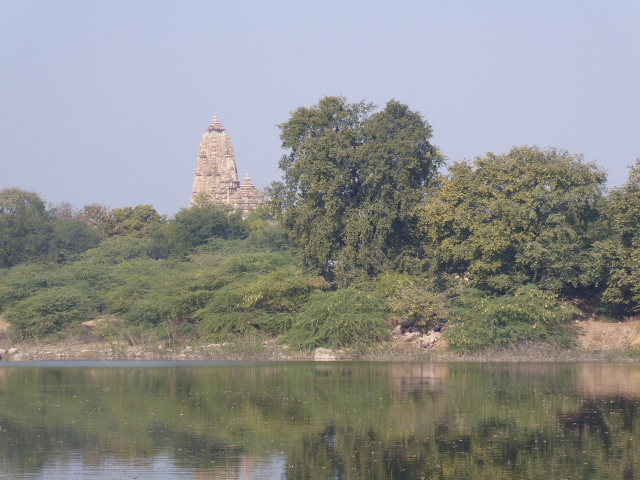
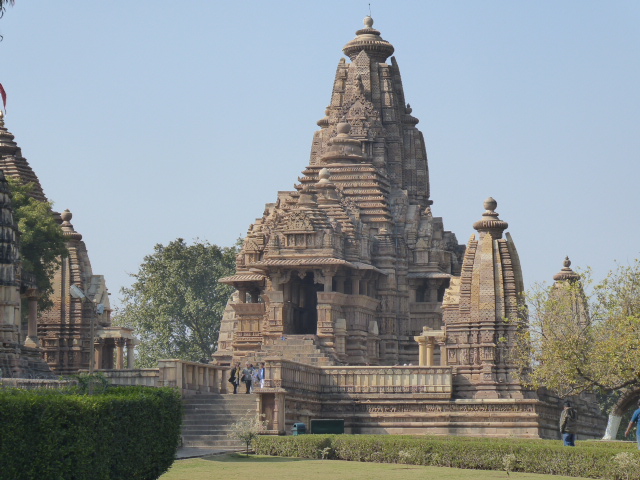
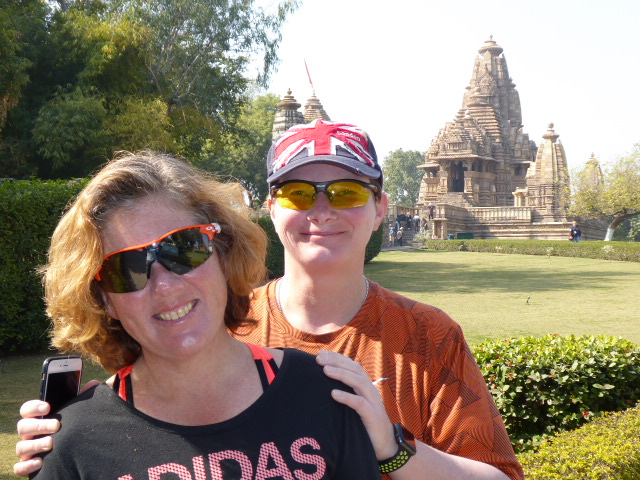
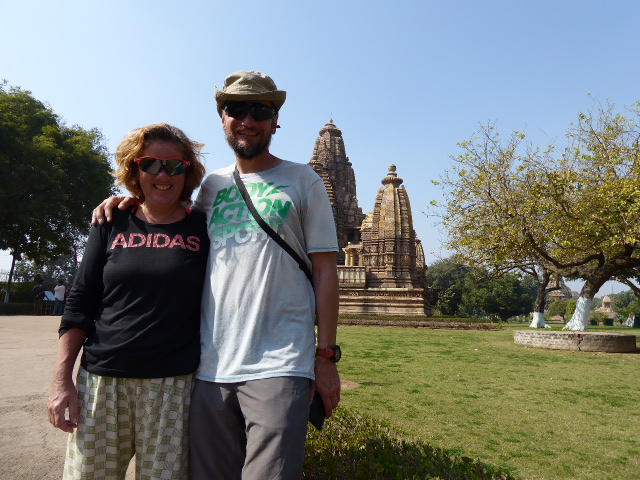



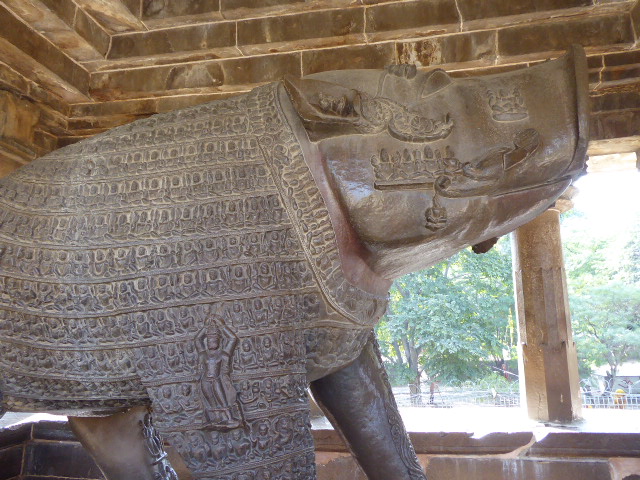


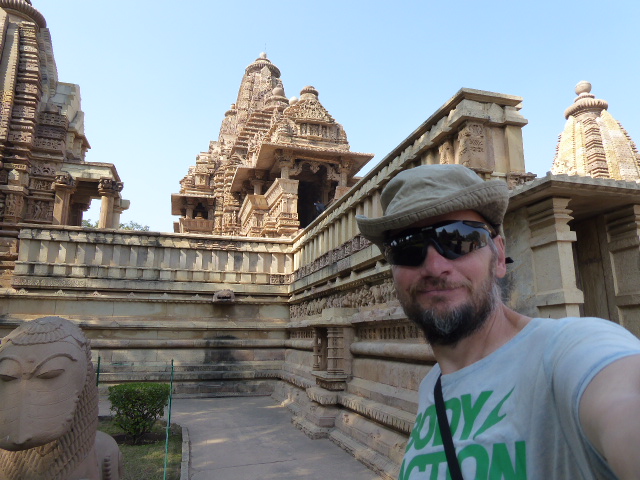
Here’s the tourist blurb…
Lakhmana Temple – The oldest and finest of the western group of temples, named after the ruler that built the temple. The horizontal beam over the entrance of this beautiful Vaishnavite temple shows the trinity of Brahma, Vishnu and Shiva with Lakshmi, Vishnus consort.
Kandariya Mahadeo Temple – This temple is decorated with a profusion of sculptures that are among the greatest masterpieces of Indian art.
Devi Jagdamba Temple – Dedicated to the Goddess(devi), this is smaller and much more delicately proportioned temple and is home to some of the finest sculptures of Khajuraho.The garbha griha has a huge image of the Devi of the Universe (Jagdambi), though it appears to have started as a Vishnu temple. It has the usual three bands of sculptures, but the third and most uppermost of these houses some of the most erotic sculptures.
Chaunsat Yogini – The only granite temple in the Khajuraho group
Chitragupta Temple – is dedicated to the Sun God (Surya), it faces eastward to the rising sun
Matanageswara Temple – A temple dedicated to Shiva, a huge 8ft Lingam adorns the temple.
Varaha temple – dedicated to the Varaha avatar of Lord Vishnu, it holds the statue of a Vraha[boar] in the centrestage with the Sheshnag lying beneath. Carving of an idol of Devi Saraswati on the snout of the Varaha reflects that every word/sound[dhvani] seeks blessing of Devi Saraswati [Goddess of speech,learning and knowledge]
Vishwanath Temple – dedicated to Lord Shiva, also called Vishwanath [master of the universe]. In the same premises, a temple dedicated to Nandi, holds a huge statue of Nandi [the Bull, the companion, attendant and closest aide of Lord Shiva].
All in all a beautiful place.
Tuesday 9th January
Khajuraho to Orchha
A lazy start followed by a 4 hour drive sees us reach Orchha in the late afternoon . But when we book into our accommodation we are not impressed. The staff are not very interested and at first show us one good room and then 2 really poor rooms. It’s not until we complain that they show us another room on a par with the first, but it needs cleaning. We walk into Orchha and sit on a rooftop restaurant with views of the huge fort sitting on an island in the river that Orchha is famous for.
Sitting on the banks of the Betwa river the medieval city of Orchha seems to have frozen in time, its palaces and temples still retaining their original grandeur. It’s a shame the locals still manage to mess it up with the rubbish and squalor that surrounds them everywhere. Orchha had the distinction of being the capital of one of the largest and most powerful kingdoms of Central India. The Bundela Rajput chieftain, Rudra Pratap, founded the city in the 16th century. The word Orchha means ‘hidden’. As well as the fort there are several huge temples in the town itself.
Wednesday 10th January
Orchha
This morning we are again pissed off with our accommodation, this time there’s no running water. No bucket wash or flushing toilets. We decide to go get breakfast and do some sightseeing. However when we cross the rIver and enter the fort complex Jac spies a very nice looking hotel in the grounds. Fed up with our current hotel she promptly books us all in as a treat. We hotfoot back to our original hotel, grab our gear and driver and move hotels.
Then we spend some time looking around the Fort Complex: The fort is divided into 3 parts, it consists of the Raj Mahal: Situated to the right of the quadrangle, this palace was built in the 17th century by Madhukar Shah, the deeply religious predecessor of Bir Singh Ju Deo. The plain exteriors, crowned by chhatris, give way to interiors with exquisite murals, boldly colourful on a variety of religious themes. We climb multitudes of stone stairways and make our way onto the rooftops for majestic views of the surrounding town. From this height it doesn’t look too bad, but the noise is still ever present. We cross over to the Jehangir Mahal: Built by Raja Bir Singh Ju Deo in the 17th century to commemorate the visit of Emperor Jehangir to Orchha. Its strong lines are counterbalanced by delicate chhatris and trellis work, the whole conveying an effect of extraordinary richness. From here we walk around the walls of the fort through scrub to look out over a rocky expanse to the river beyond.
Enough sightseeing done we retreat to the splendor of the hotel. Our rooms have a secluded bed balcony where we sit and enjoy the sunshine whilst reading.
In the evening we all enjoy a candlelit meal on our terrace. A far cry from last nights accommodation. Thanks Jac!
Thursday 11th January
Orchha to Gwalior
After a most exquisite nights sleep and a fine breakfast we are on the move again. This time to the large town of Gwalior. On the way we stop at Sonagiri, something Daz read about and even our driver had never visited. On a hillside above Sonagiri are 77 beautiful white Jain Temples. When we arrive we have to take our shoes off, and climb barefoot up the hill. There’s nobody about except for a donkey driver taking gravel up to the top. The 57th and largest temple sits at the top and commands beautiful views.
We are amazed at how quiet it is. Finally when we get back to the bottom we realise why. We are locked in! We must have stumbled in as they were locking up! Fortunately we don’t have to wait long until a local comes and let’s us out.
As we drive into Gwalior traffic and humanity builds up, it’s our first big town since Varanasi. After booking in we decide to forgo our usual fare of Indian food and hit the city Mall where there’s a McDonald’s, Pizza Hut and Subway. Although McDonald’s doesn’t offer any beef products in India, what with the cow being a sacred animal, they still serve chicken and vegetable burgers. 3 chicken burger meals all around please!
Friday 12th January
Gwalior
Gwalior is best known for its imposing hilltop fort, which was famously described as ‘the pearl amongst fortresses in India’. Historically, the city has been the cradle of a number of dynasties that ruled it over the years. Their influence is clearly seen in the many regal structures that dominate the cityscape. the fort is perched on top of a rocky outcrop overlooking the city. It is popularly called the Gibraltar of India! It’s a massive fortification and the views are worthwhile.
On the way up the singletrsck road to the Fort there are some immense statues carved into the bare rock.
We also visit the Jain Palace but after seeing the impressive white marble edifice from outside we forgo the inner tour.
Instead me n Jac have a pamper afternoon in a nearby Spa hotel. Body wrap and massages for both of us! Indulgent but very nice.
Saturday 13th January
Gwalior to Agra
The road to Agra starts out bumpy but soon improves into a two lane highway. Agra is a huge city that has built up around it’s two main attractions, the Red Fort and the iconic Taj Mahal. Our homestay accommodation is only 900 metres from the East Gate to the Taj. After dropping our bags we walk down the road to the Taj Nature Walk. This park gives a nice view from the side towards the Taj. But it’s very dry. The lakes and ponds are all dried up.
Our plan is to visit the Taj tomorrow but this evening we are going to drive to the otherside of the river Yamuna to a small park opposite and watch the sunset whilst having views of the Taj. The park is small but gives great views, we can see the huge lines of people walking around the mausoleum. The sunset off to the side dropping into the smoggy haze above the city coats an orange glow across the river. We sit on a low wall and watch quietly. Birds swoop over the river catching their dinner as a heron wades the shallows looking for his.
Sunday 14th January
Agra
So apparently the best times to see the Taj are sunset and sunrise. We have ticked off sunset, now we are up at 6am ready for a 709am sunrise. We walk the short distance to the gate and I queue for tickets whilst Daz and Jac hold a place in the seperate sex gate queues. It’s just starting to brighten when the ticket counter opens. I’m about 7th in the queue, but there are a couple of bus tour agents in front huying 30 tickets at a time. Finally I get the tickets, locals only have to pay 100 rupees, but yet again foreign tourists have to pay ten times that at 1000 rupee. I join back up with Daz and Jac and just after sunrise the giant double fates open.
We walk into the gardens and through one of the outer buildings. There, resplendent in the early morning light is the Taj Mahal. We stop with the rest of the early tourists and take photos across the reflecting pools.
There’s a low fog around the main mausoleum as we approach and it looks like it’s sitting in the clouds.
The huge lines of locals and tourists haven’t built up yet, they’re all still sensibly in bed. We walk into the mausoleum itself having donned our protective shoe coverings. At least they keep my feet warm from the cold fog! Inside there’s no photography allowed but apart from two low pedestals it’s a very simple interior. The majestic views are all left outside. It’s really is a great time to visit and I’m glad we got up to see it without all the huge crowds. By the time we are wandering back out the sun has risen above the trees and coated the Taj in bright white light. Beautiful.
Back at our homestay we have breakfast then it’s off for the rest of the days sightseeing. The Red Fort, which we have to say is even more impressive than the one in Delhi and commands a great view over the River and along to the Taj in the distance.
We while away a few hours here, sitting in the quiet gardens, soaking up the sun and watching the chipmunks at play. Dax even gets one to run onto his hand and along his arm at one point. They must be used to being hand fed. We also drive over the River to the Tomb of Itimad ud Daulah. This building is dubbed the ‘baby Taj’. But after already being charged at the real Taj and the Red Fort 10 times more than the locals we don’t feel like being ripped off again. India may be a poorer country but it really takes the piss with its ridiculous overcharging of foreign tourists. With upto 90000 people a day visiting the Taj, mostly Indians, an increase on the local rate would reap more reward than charging extortionate amounts to the few foreigners.
Monday 15th January
Agra to Jaipur
On the way out of Agra we stop at Fatehpur Sikri. Built in the the 16th century by the Emperor Akbar, Fatehpur Sikri (the City of Victory) was the capital of the Mughal Empire for about 10 years. Then it was abandoned for reasons that are still something of a mystery. It includes one of the largest mosques in India, the Jama Masjid. It is full of well preserved palaces and courtyards, and is also a UNESCO world heritage site. The palace is much the same as all the others we have seen, but the mosque is very impressive with a huge central courtyard with a small mausoleum inside.
About half way between Agra and Jaipur is the Chand Baori Stepwell one of the largest and most spectacular in Rajasthan. it was built in the 1st Century and has seen fame in quite a few films including Best Exotic Marigold Hotel and the Batman film Dark Knight Rises.
We reach Jaipur just as the sun is setting and we have dinner on the rooftop of our hostel. Not only is the food delicious but all around us on a thousand rooftops children and adults are flying kites. It’s the Jaipur Kite Festival. Hundreds of Chinese Lanterns dot the sky as well. Then fireworks start popping all around, it’s a magical event to watch in the sunset.
Tuesday 16th January
Jaipur
Before we go sightseeing we pop over to the Rajasthan Polo Grounds to see if there are any more events on for the kite festival. It turns out that there aren’t any however there is a polo tournament on this week, so me make a plan to come back later to watch a game. As we are near we pop over to the Albert Hall, a museum now but originally built for Prince Albert to stay in on a visit. It’s covered in pigeons and a busy roundabout today!
We move on to the City Palace complex, an impressive collection of Rajput and Mughal architecture. It occupies nearly a seventh of the old Pink City. The reason for the name is in the original colouring of all the buildings, pink being a lucky colour, however to us it looks more like a dirty terracotta.
The palace was originally built by Maharaja Jai Singh II. There are courtyards and gardens and the present Maharaja of Jaipur still lives in the main building.
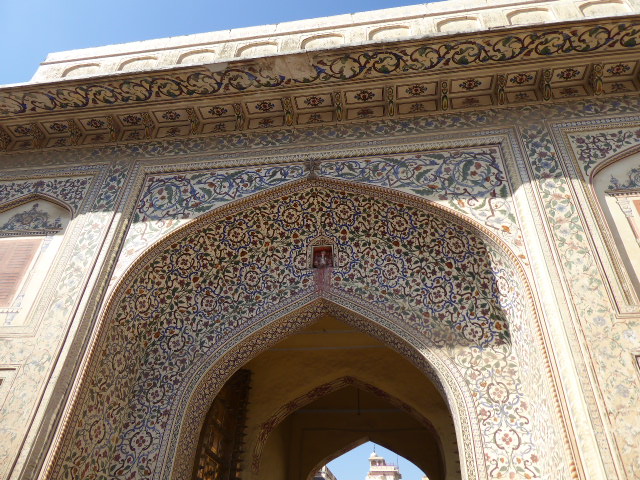
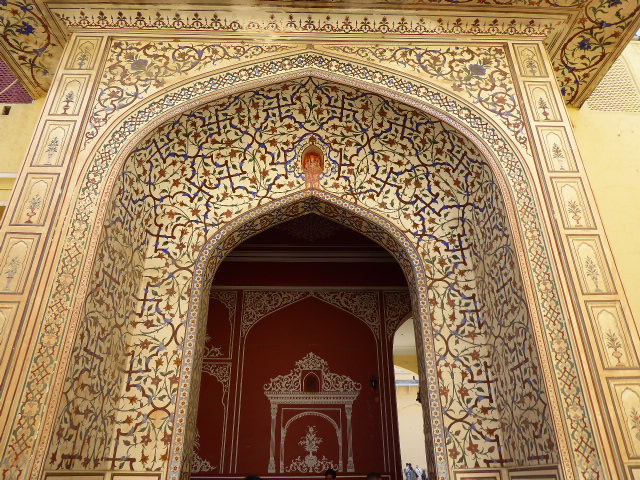

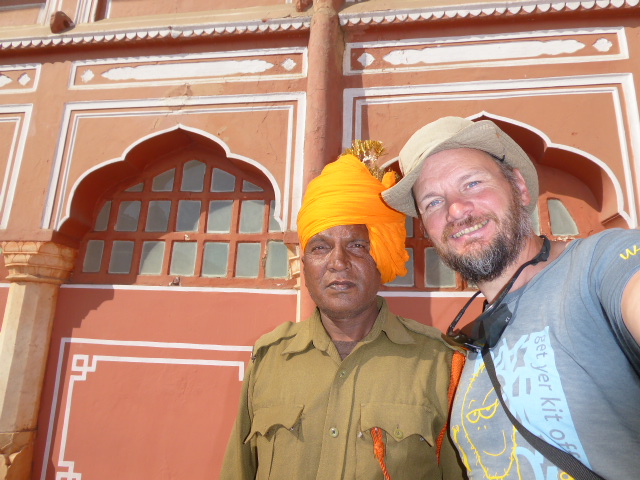
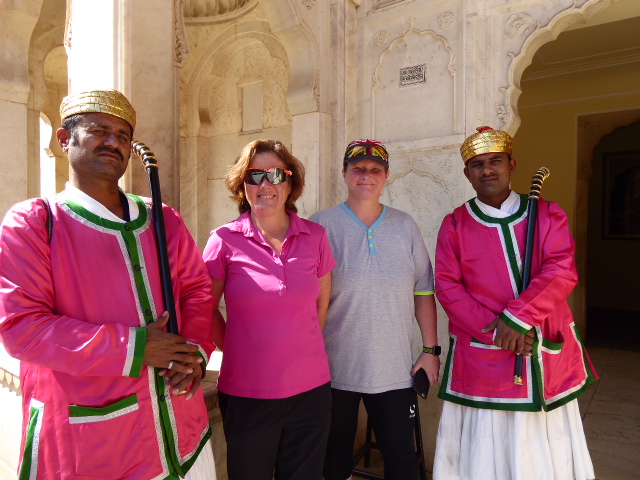
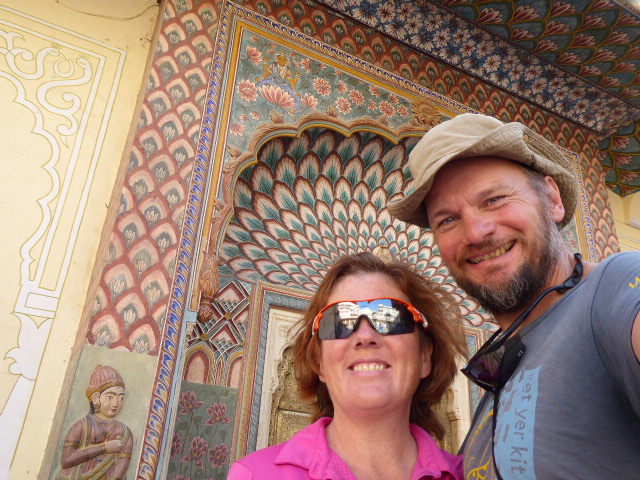

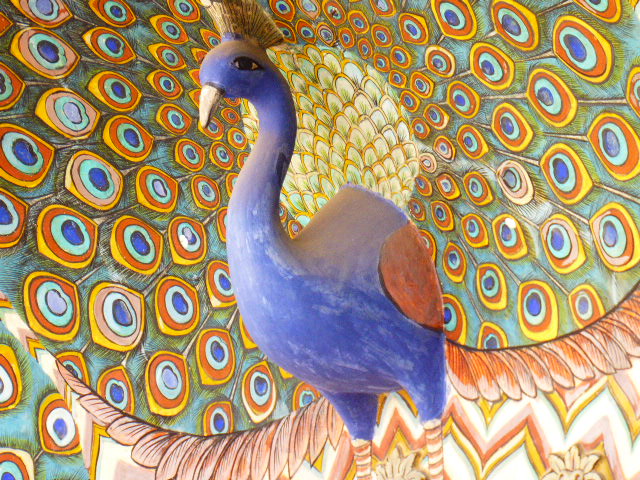
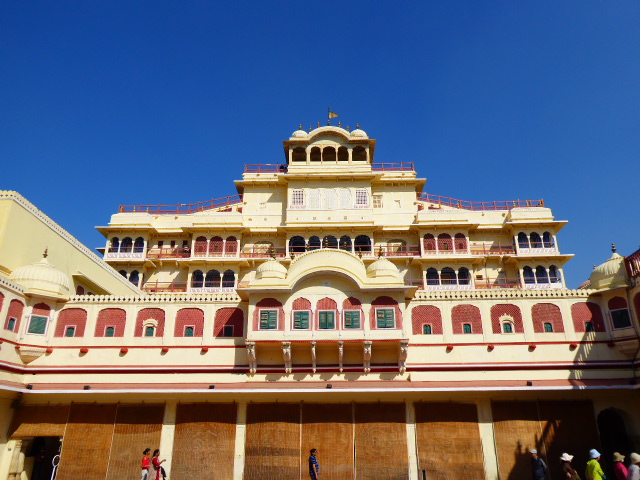
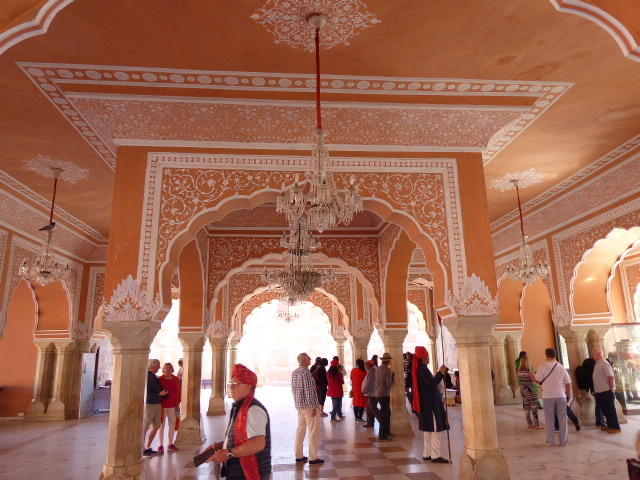 We wander out onto the busy market streets and make our way to a rooftop restaurant overlooking the impresive facade of the Hawa Mahal or Palace of the Winds.
We wander out onto the busy market streets and make our way to a rooftop restaurant overlooking the impresive facade of the Hawa Mahal or Palace of the Winds.
This multi windowed edifice is a popular stop for tourists and photographers alike. Sightseeing done for the day, we head back to the polo grounds. It’s free entry and there’s only a few people in the stand with a smattering of onlookers around the pitch itself. Jac and I have never seen a polo match before and Jac is soon engrossed on Google checking out the rules for the game and describing what a ‘chukka’ is.
The five players on each team are very good horsemen and it’s amazing to watch them handle horse and mallet with skill. We stop for two games, in the second one a team from Mumbai are very dominant, soon scoring enough goals to overtake the 3 goal handicap awarded the other team. By the time we finish watching it’s 10-4. An impressive result for Mumbai.
Wednesday 17th January
Jaipur
Ahhh more sightseeing, it’s becoming a little tedious but at least Jaipur is a nicer city than Delhi, Agra and Varanasi. Today we visit the Galwh Bagh aka The Monkey Temple. Located on a hill overlooking the eastern side of the city both locals and tourists visit to come and feed the relatively tame monkeys. Unfortunately the whole place is chocked up with rubbish and a surprising amount of old clothing flutters on barbed wire around the pools and temples. The temples are in a state of disrepair and it’s a thoroughly depressing visit.
Oh well, off to the Amber Fort next. Another massive Fort and Palace complex 11 km north of the city on the side of a hill. We climb the winding path to the top and enjoy the views. But we can’t be bothered to pay to go inside and see our 6th or maybe 8th castle on this trip, and yet we still have two more castles to see today.
We drop down to the Jal Mahal a beautiful Palace sitting on an island in the middle of Maan Sarova lake. You can’t cross but the view from the road is good enough.
After a rest stop for coffee and cake we visit Nahargarh Fort to see its stepwell and views over Jaipur.
Final fort of the day, Jaigarh Fort which was the strongest of the 3 forts and never conquered. It also houses the worlds largest wheeled cannon, the Jaivana, which was only test fired once!
Thursday 18th January
Jaipur to Delhi
After booking out we make the long drive back to Delhi, only stopping for coffee and a KFC lunch break. The day is pretty uneventful, we all have an early start tomorrow. Jac is flying back to the UK and we are catching an early train to be reunited with our trikes in Jaipur before we continue our cycle through India towards Mumbai and the south. It’s been a long break, but fab to see Jac, our constant friend and visitor to our travels. Let’s hope she can make it out to Japan, where hopefully the toilets will be clean and the hotels much nicer! Thanks Jac for coming to see us again.
